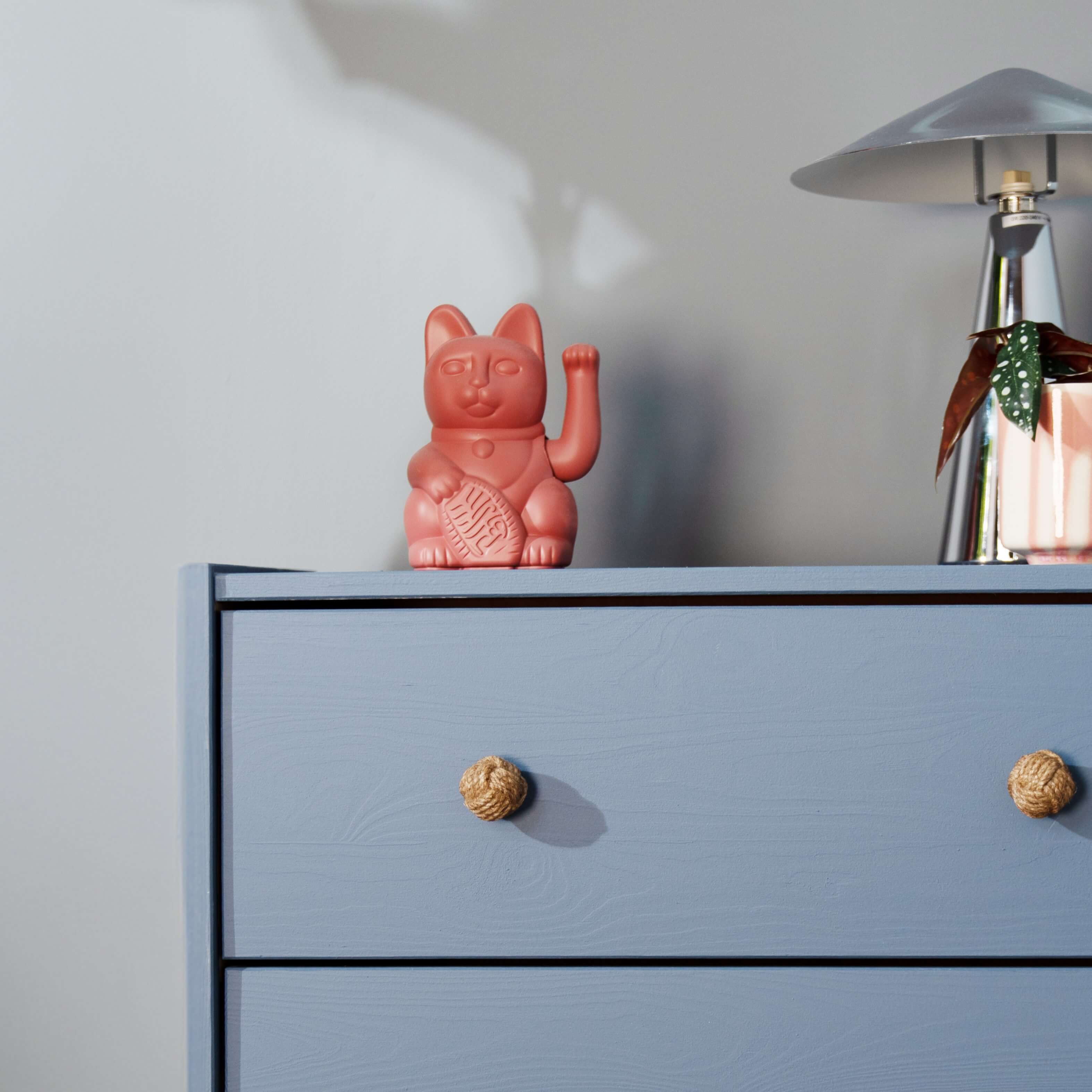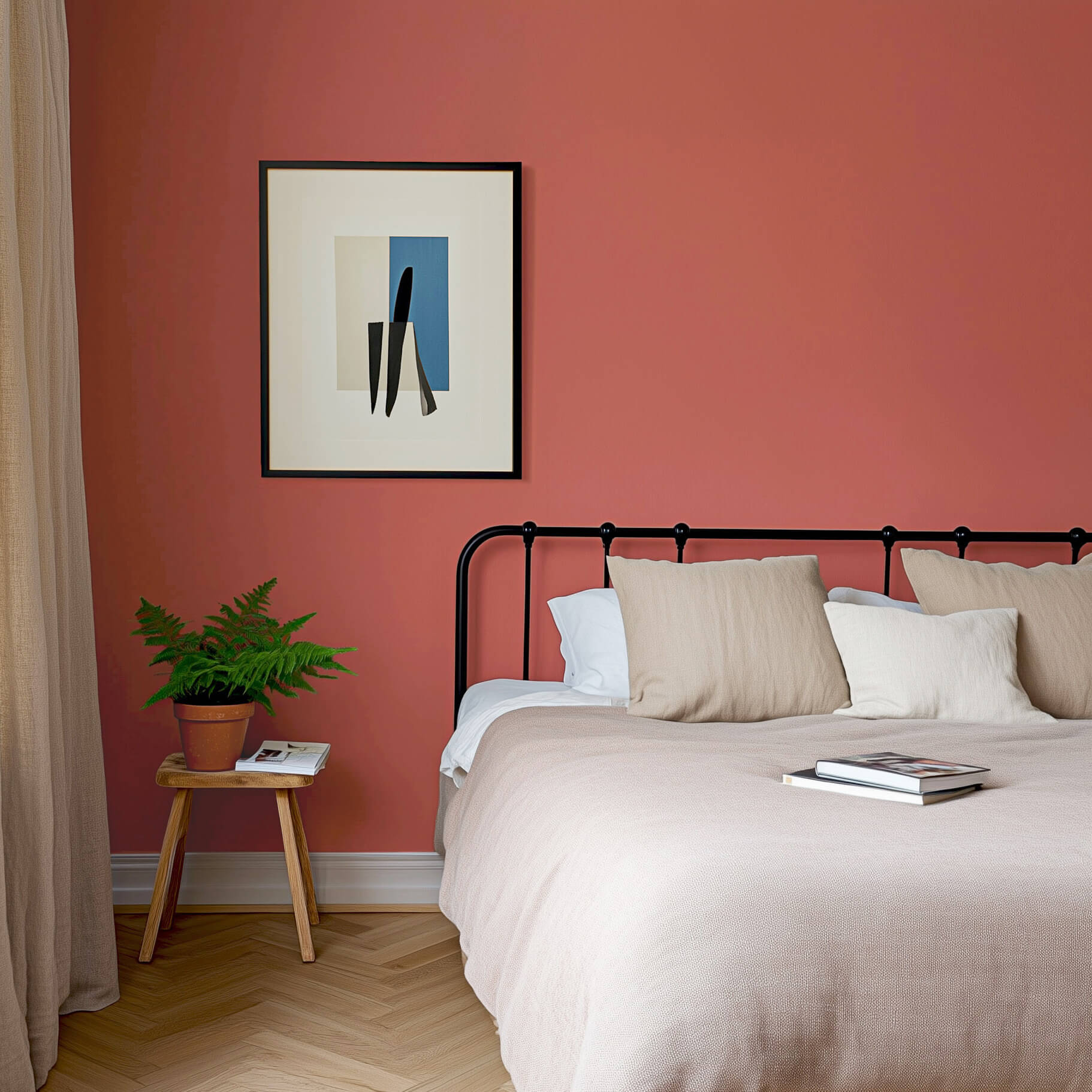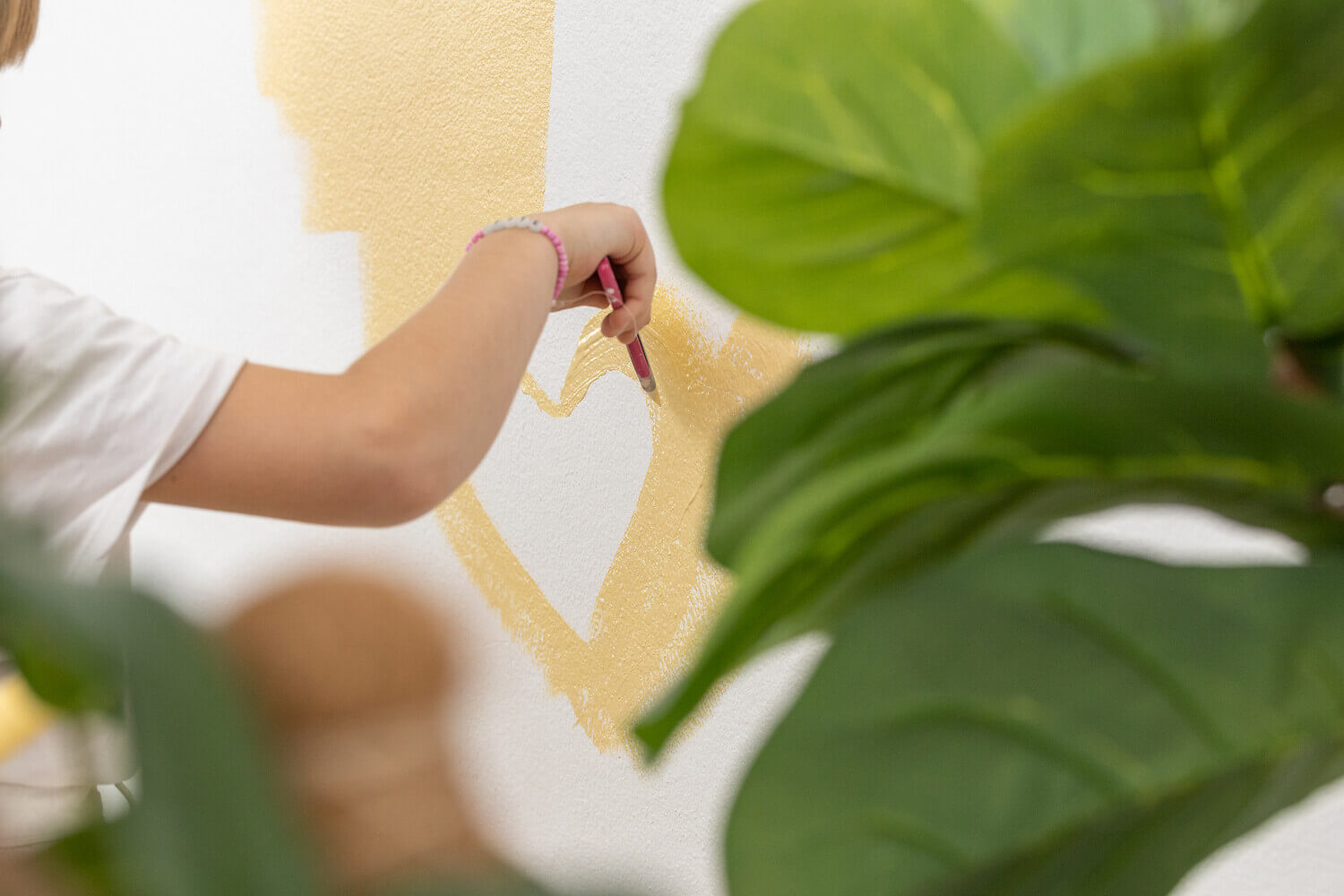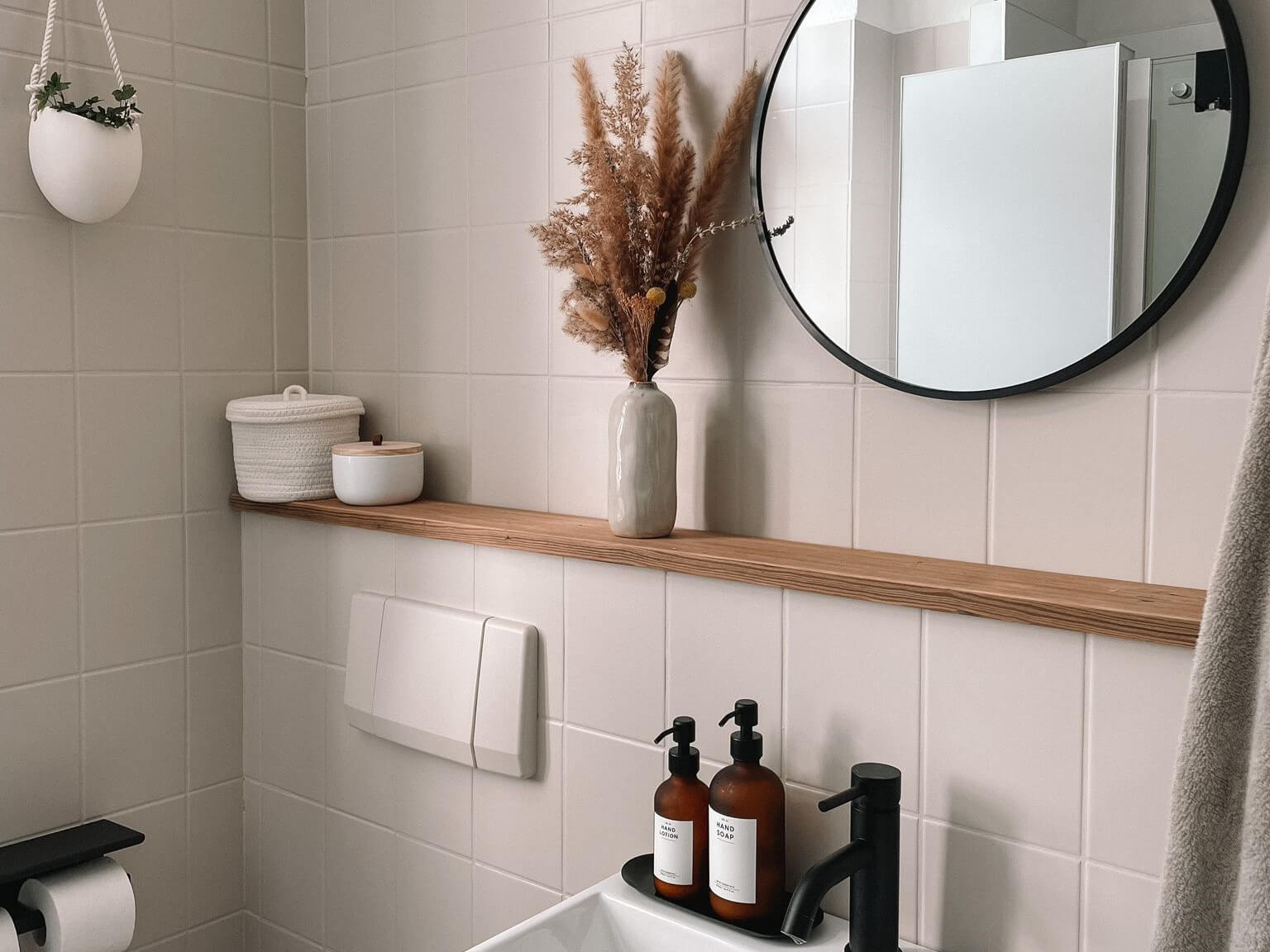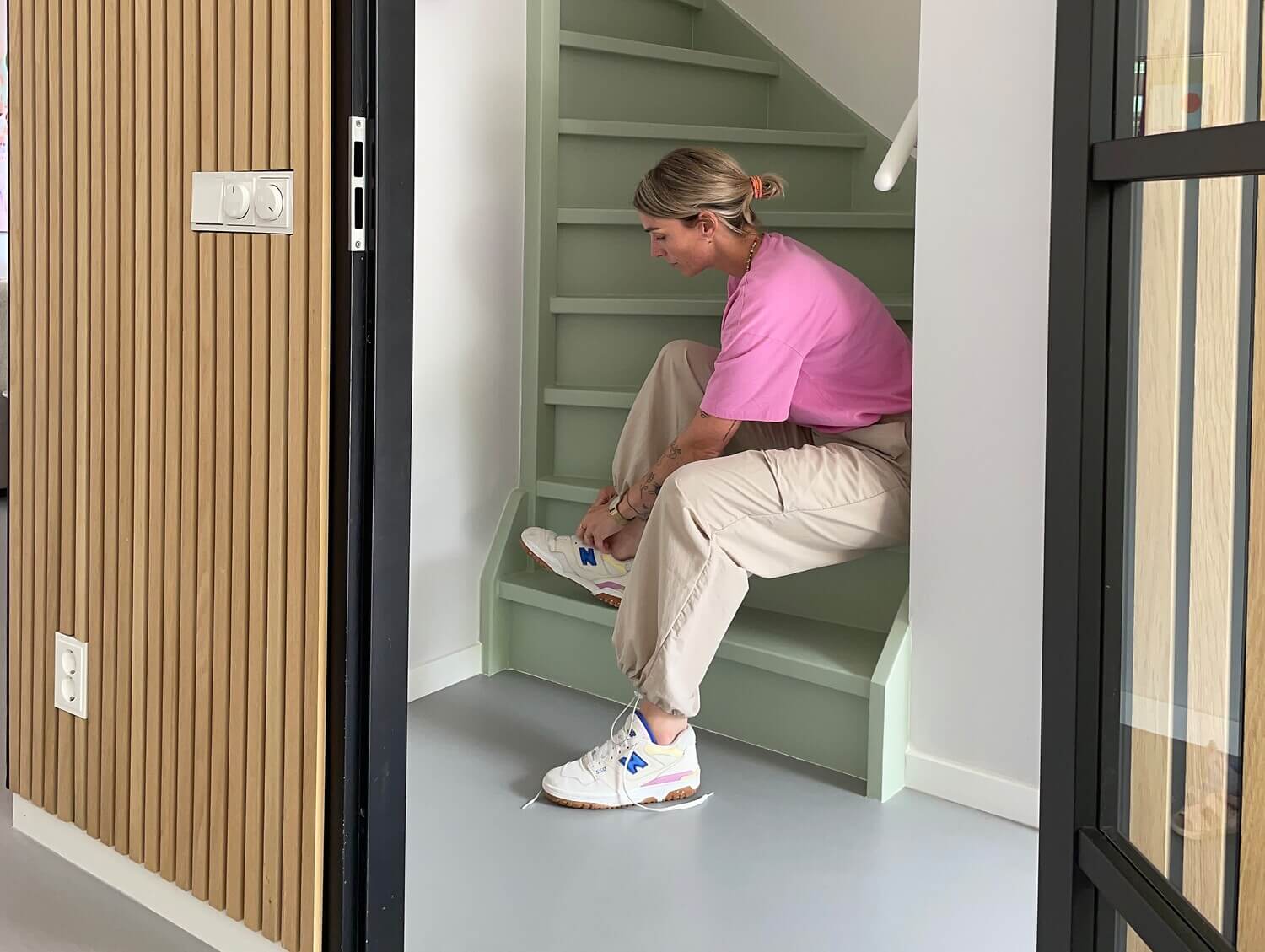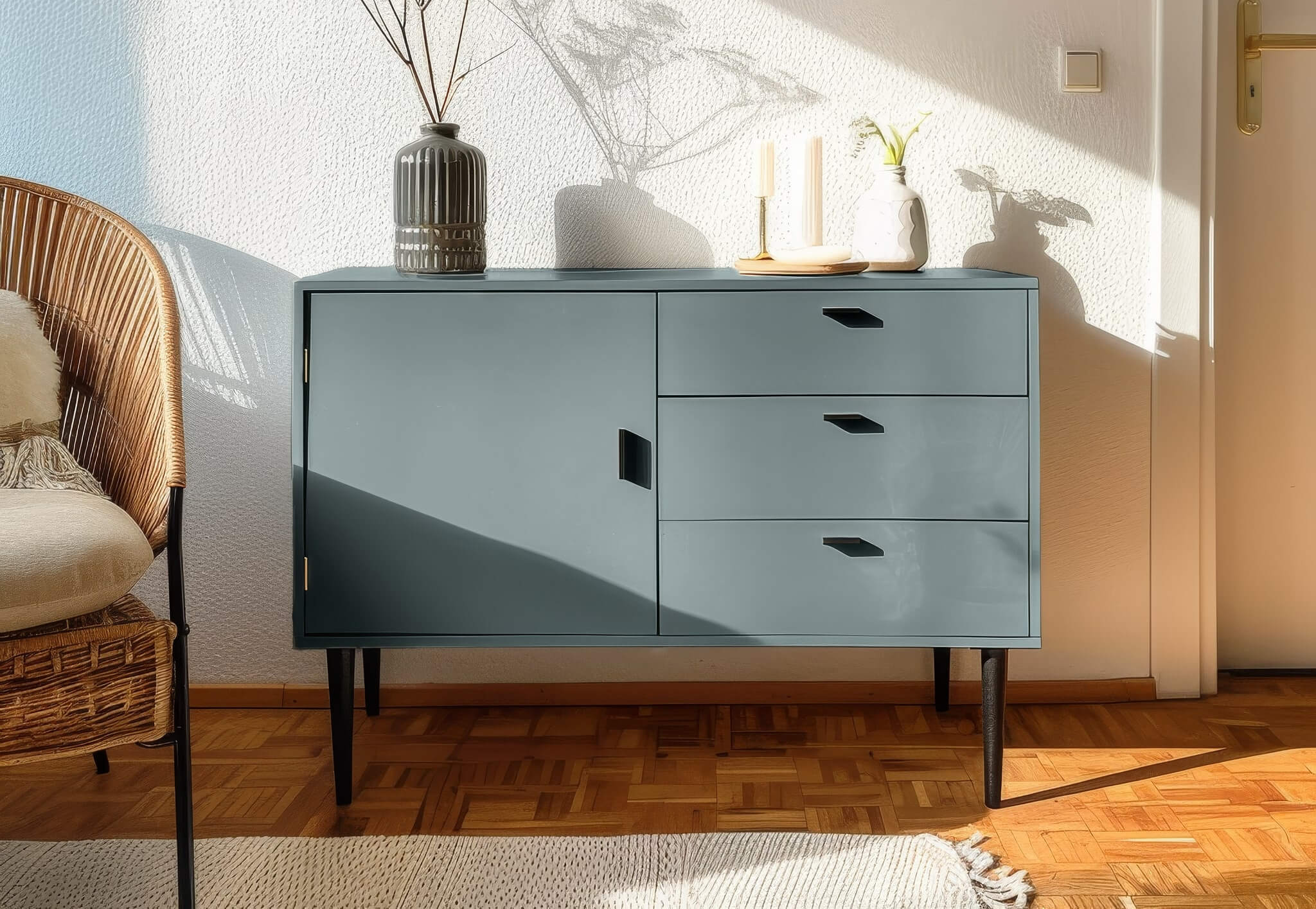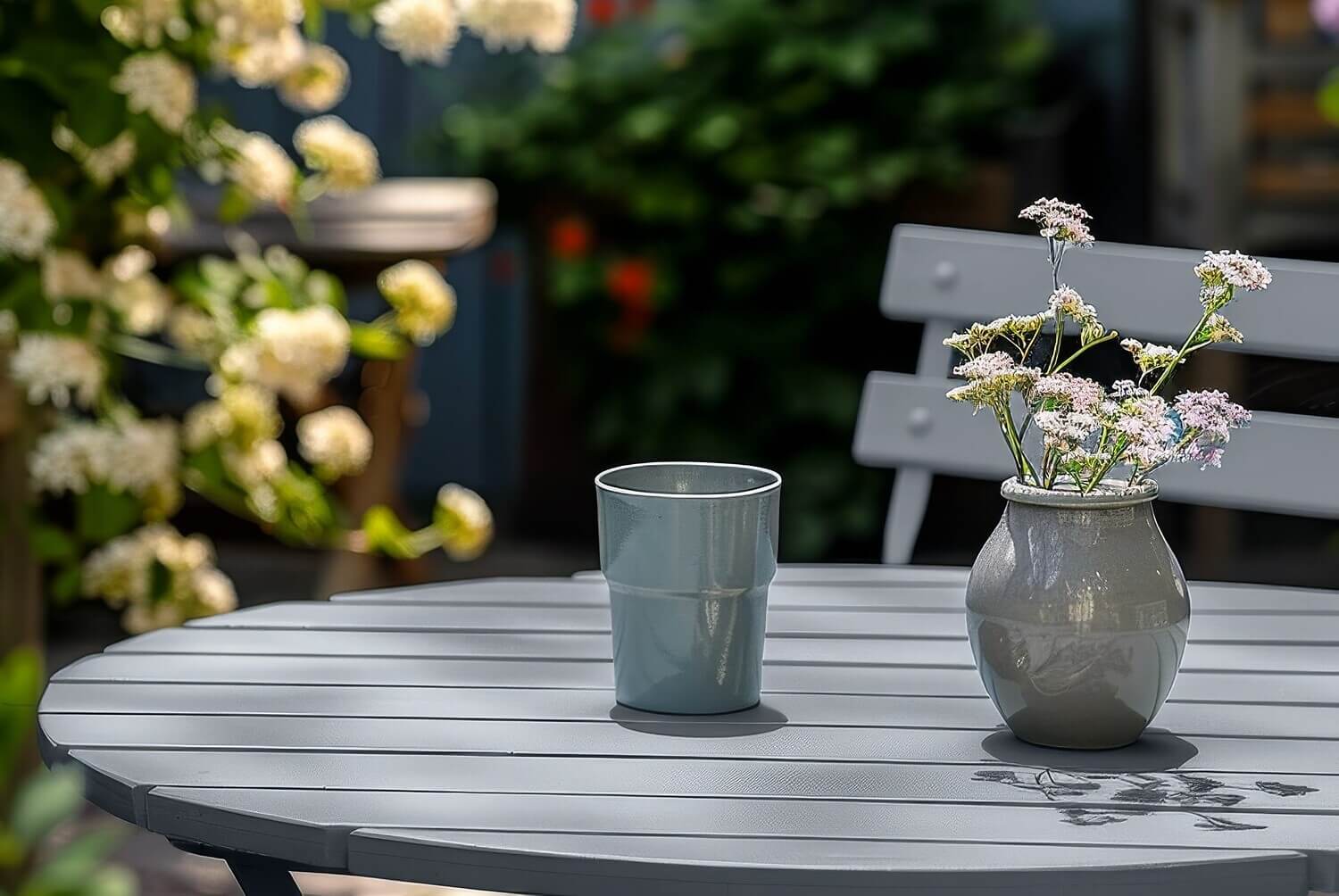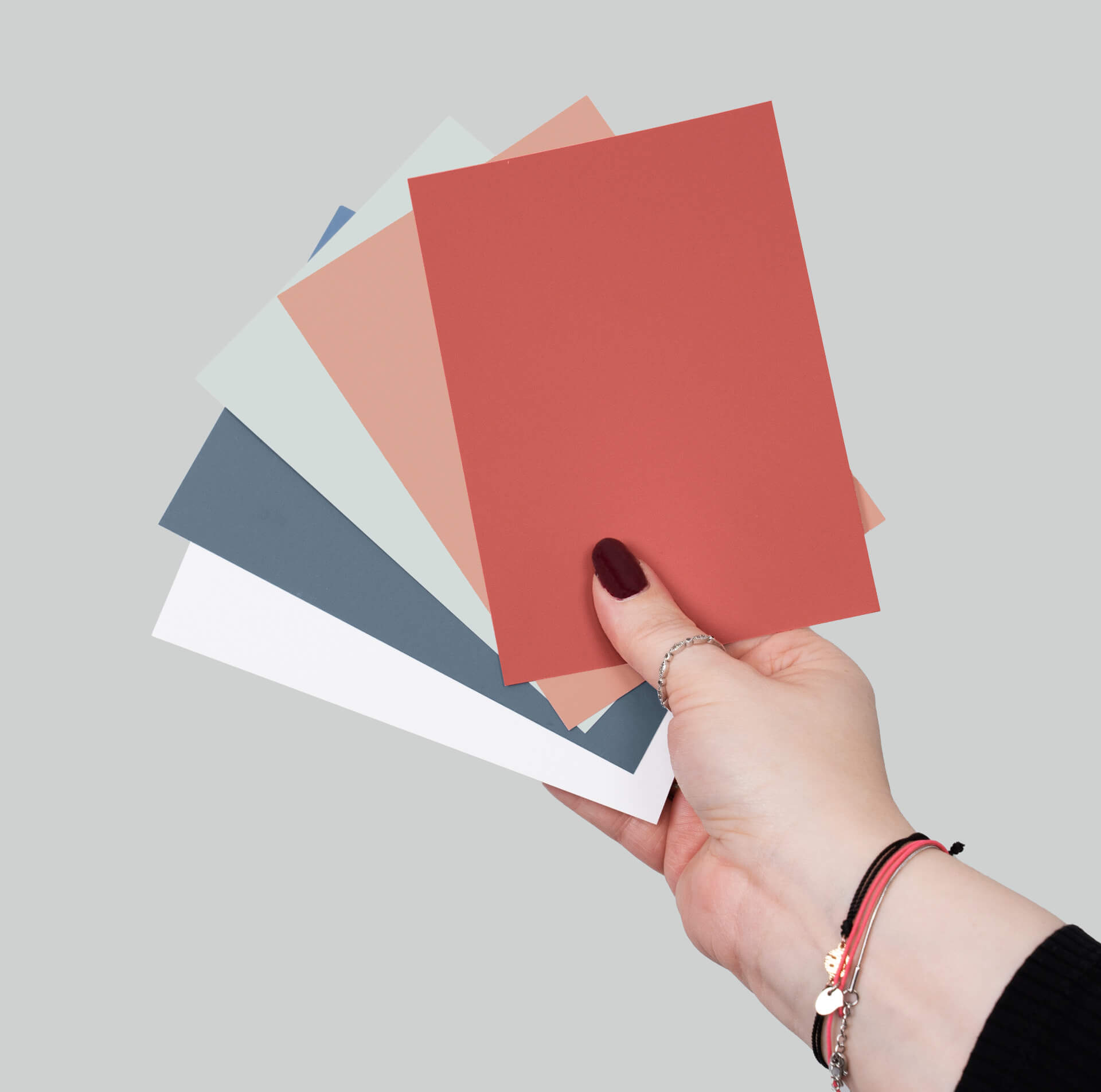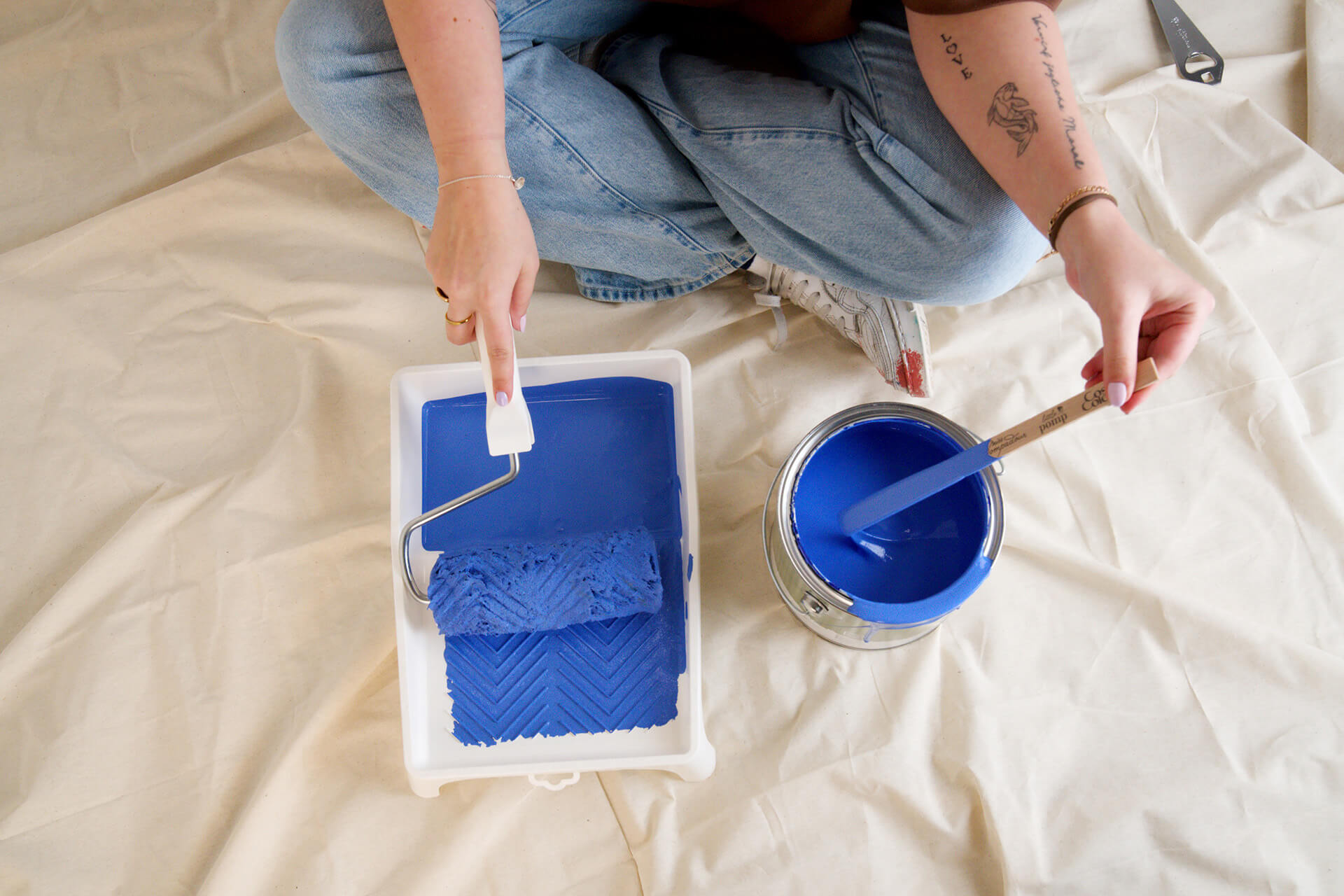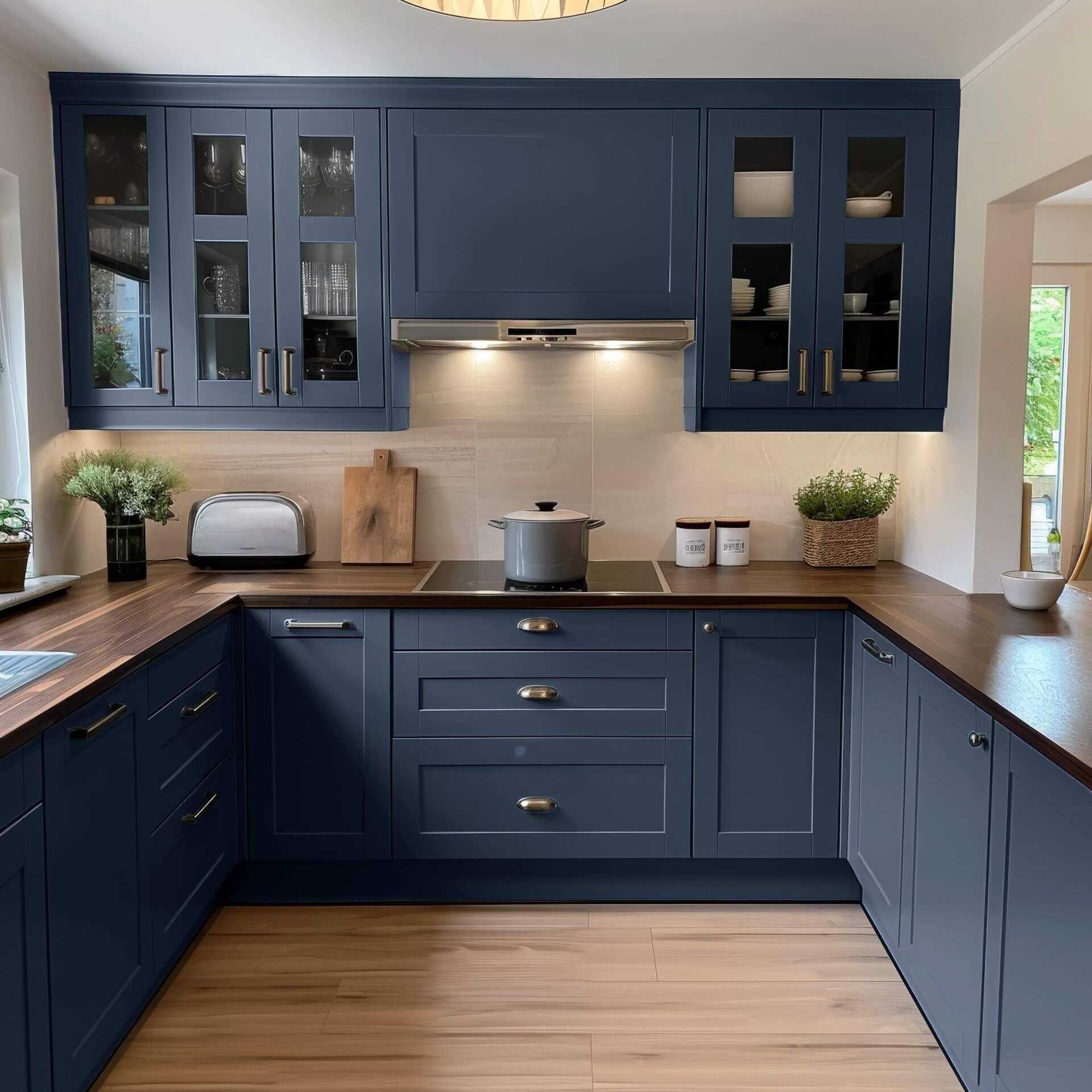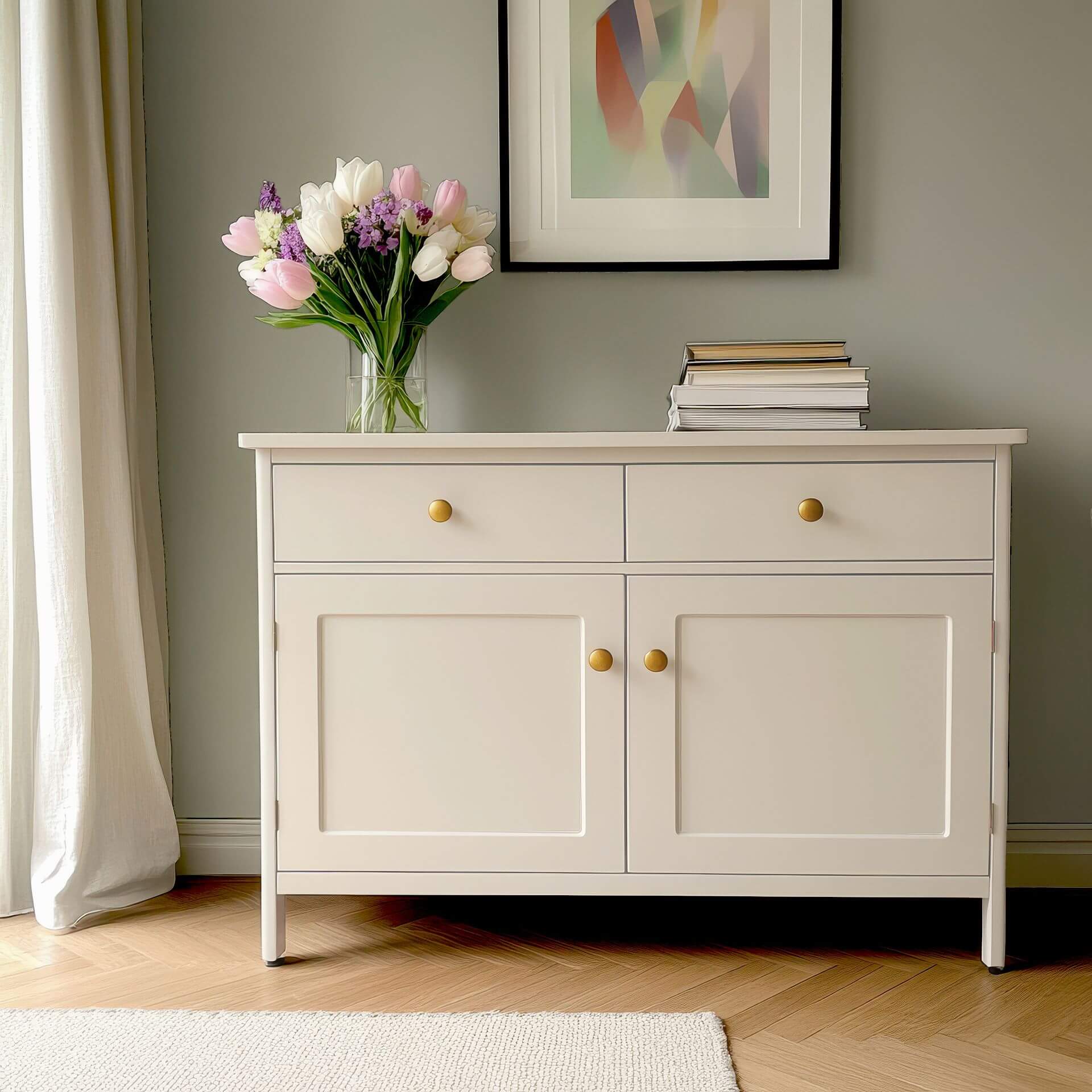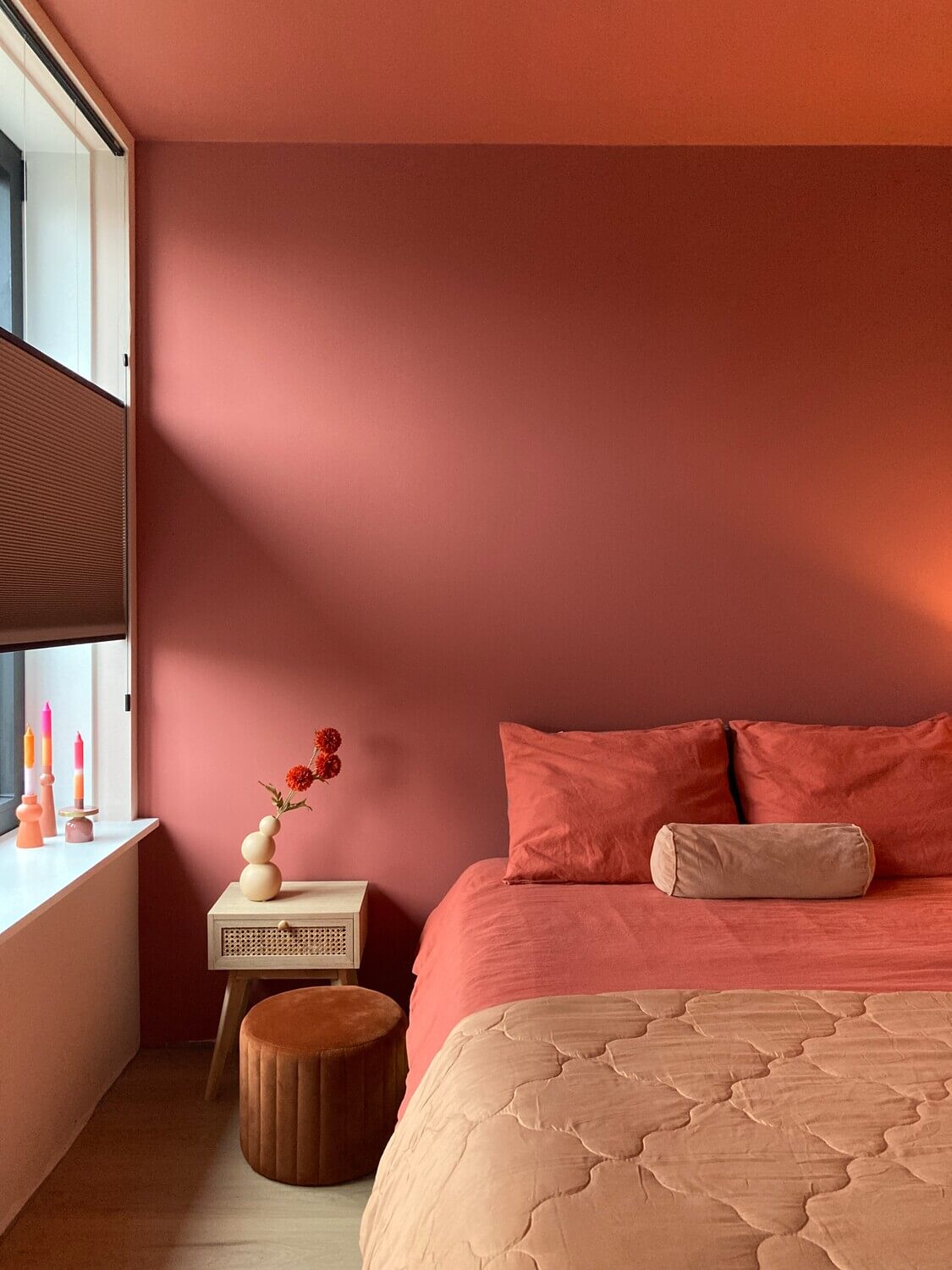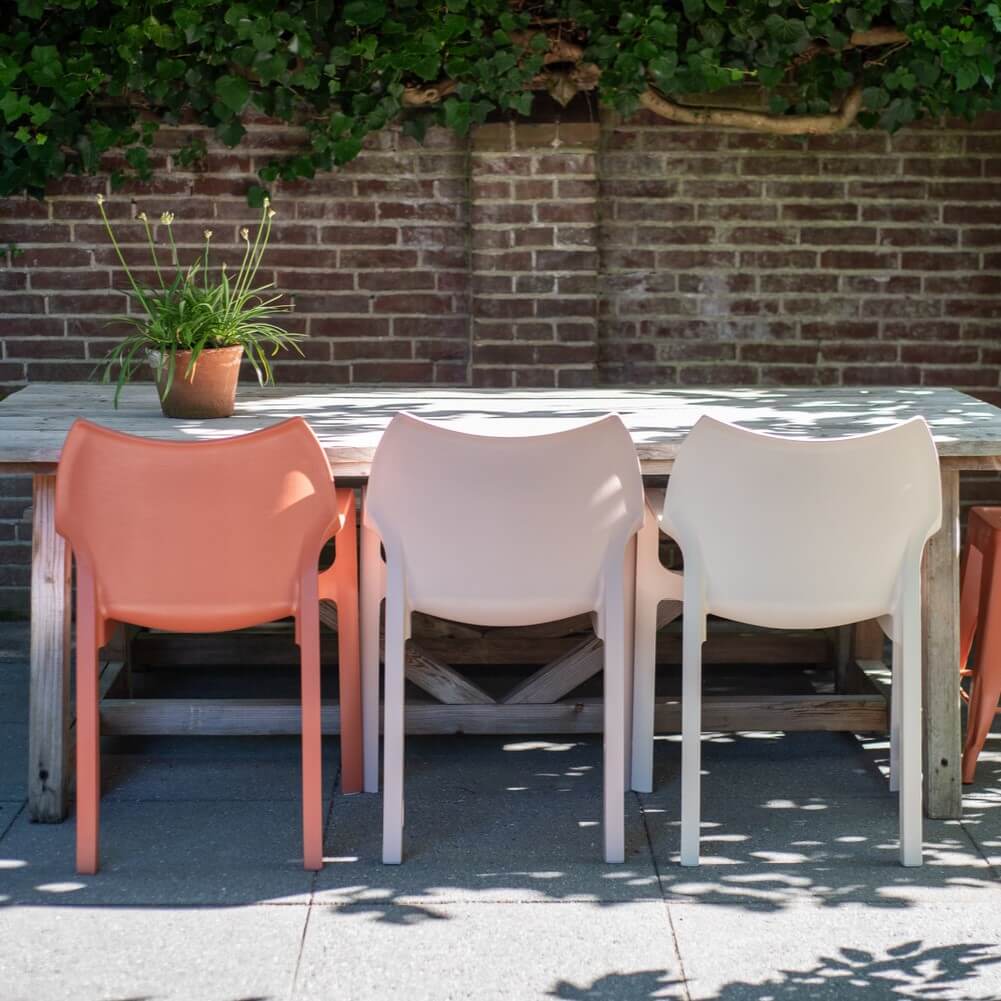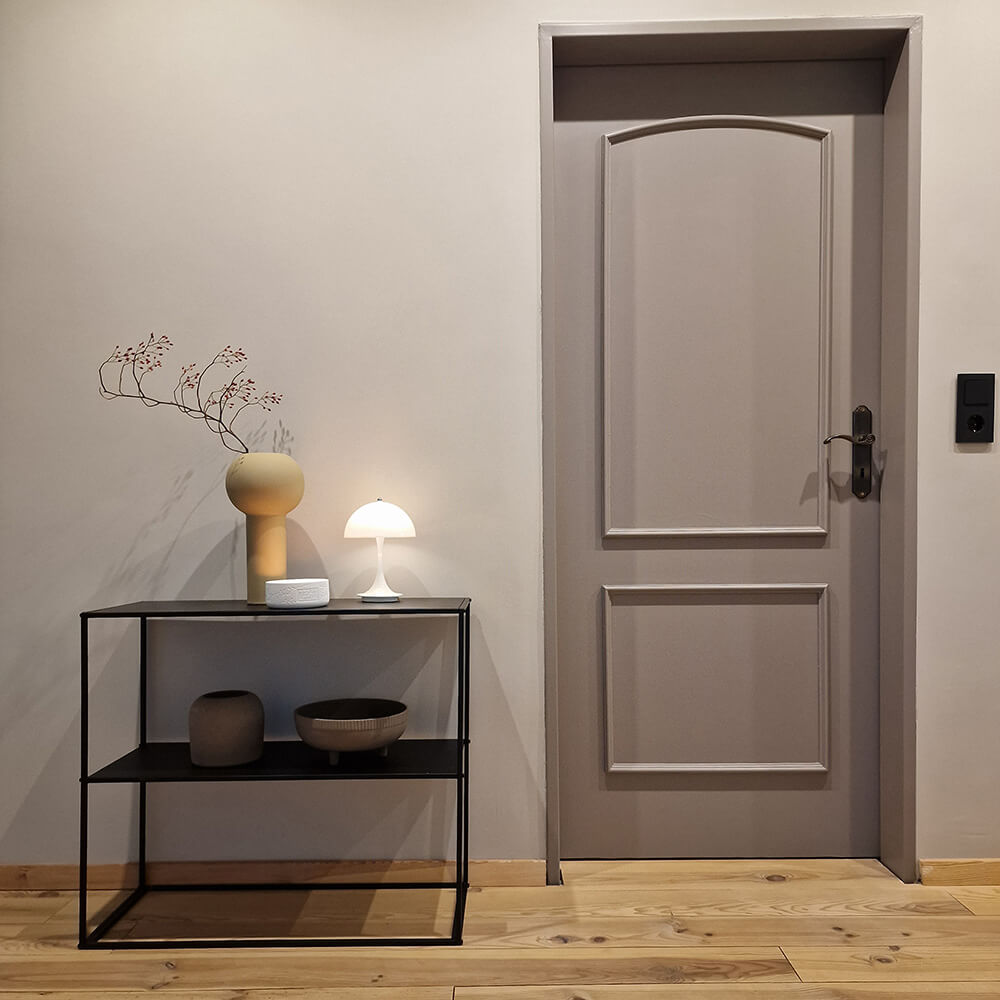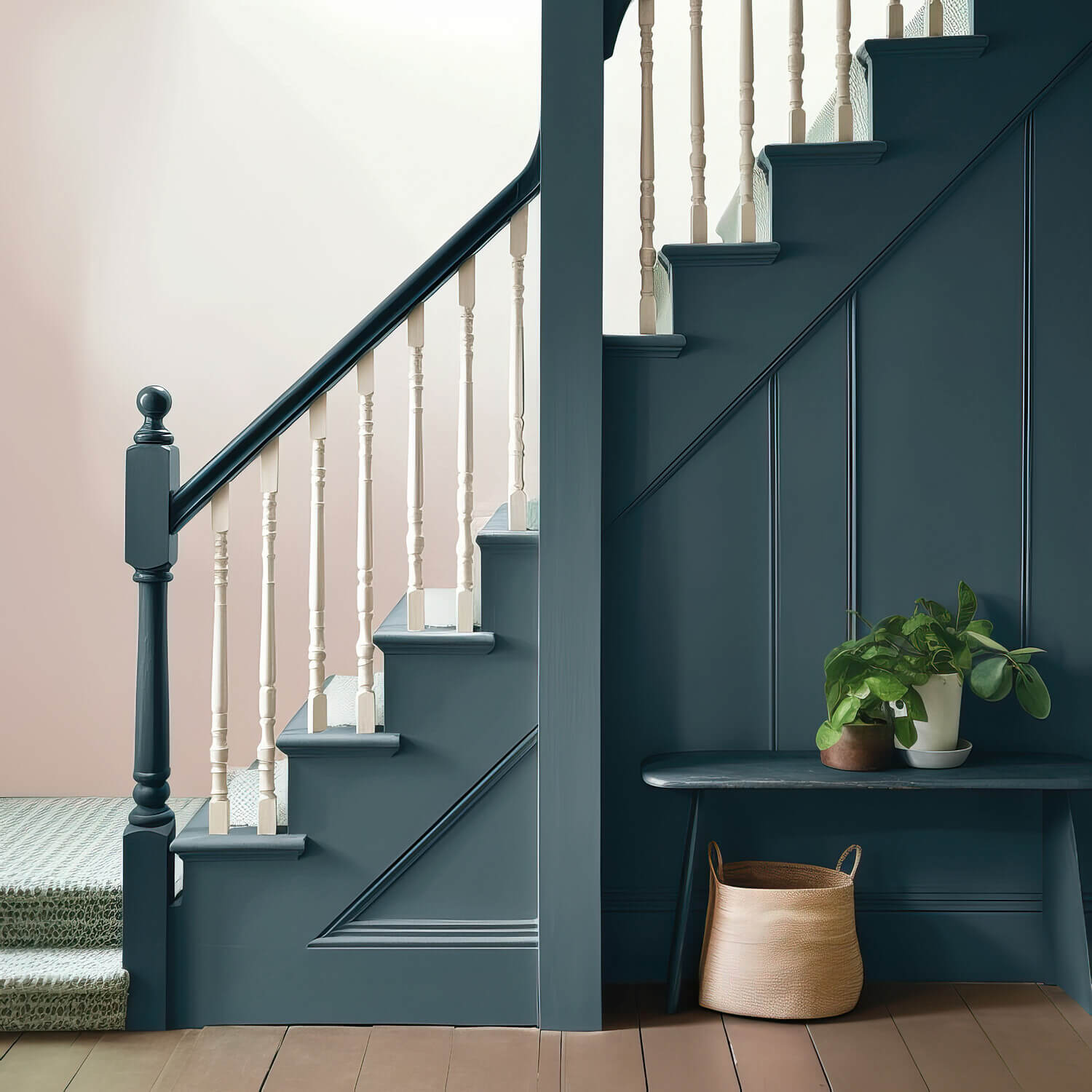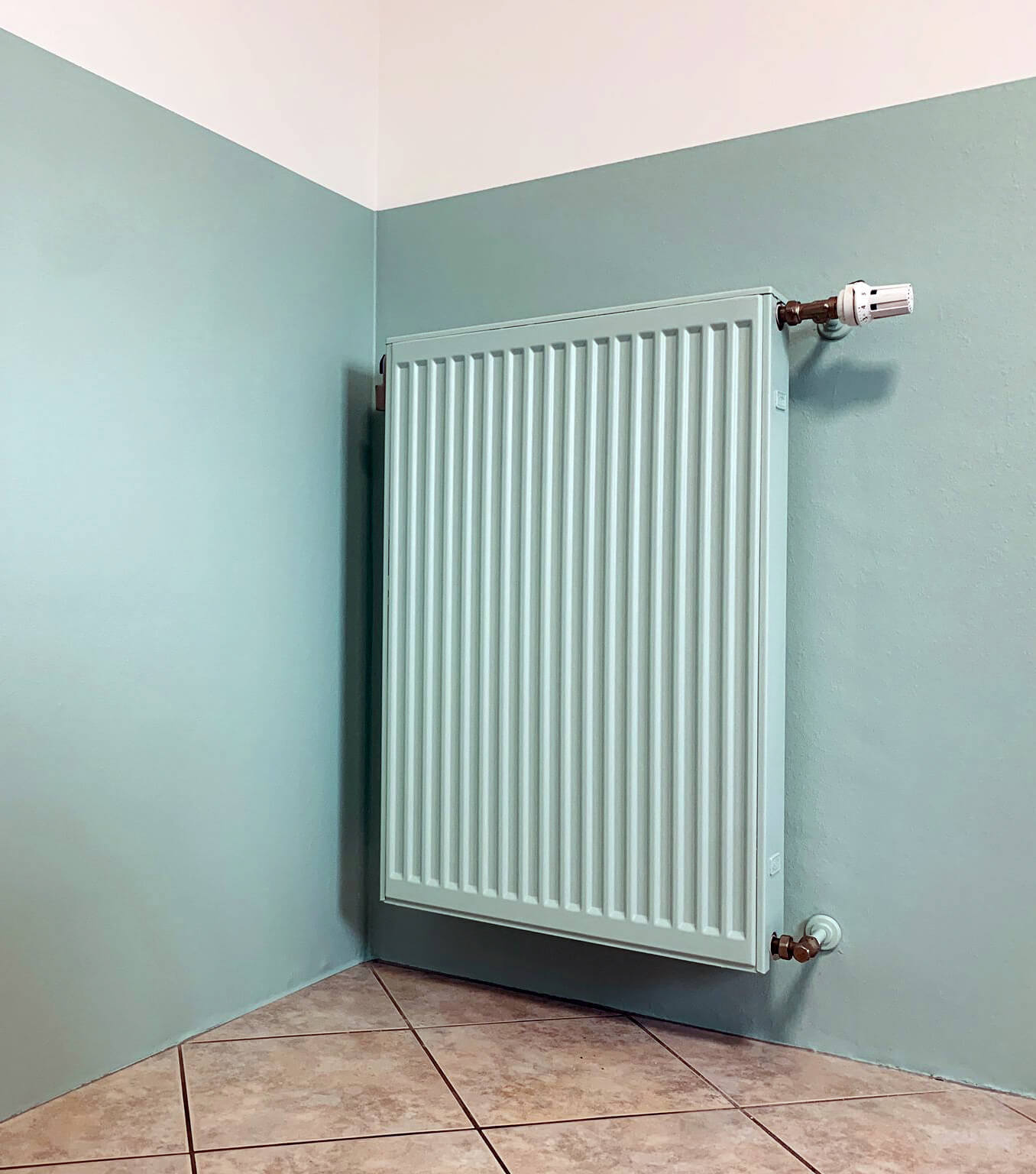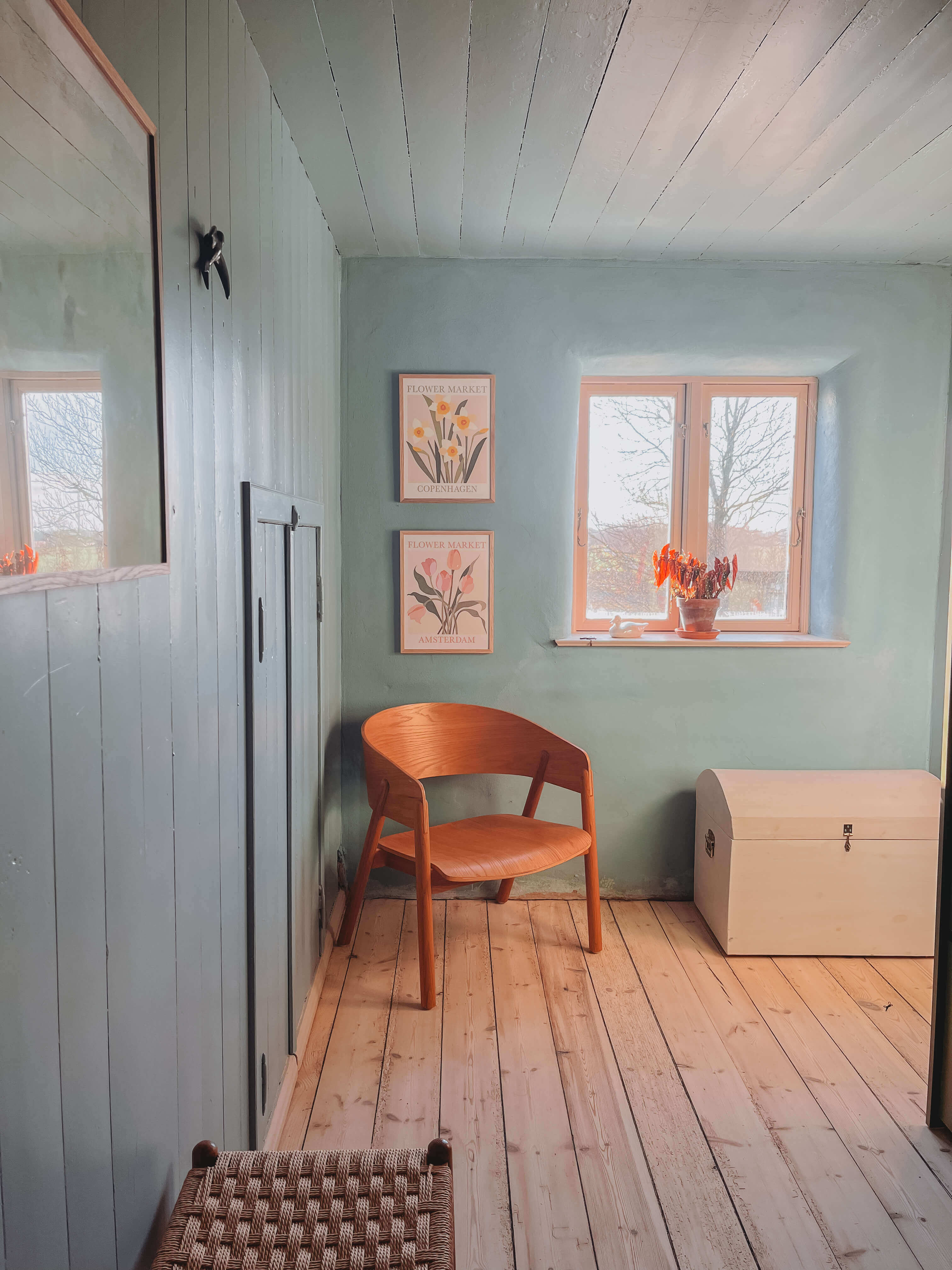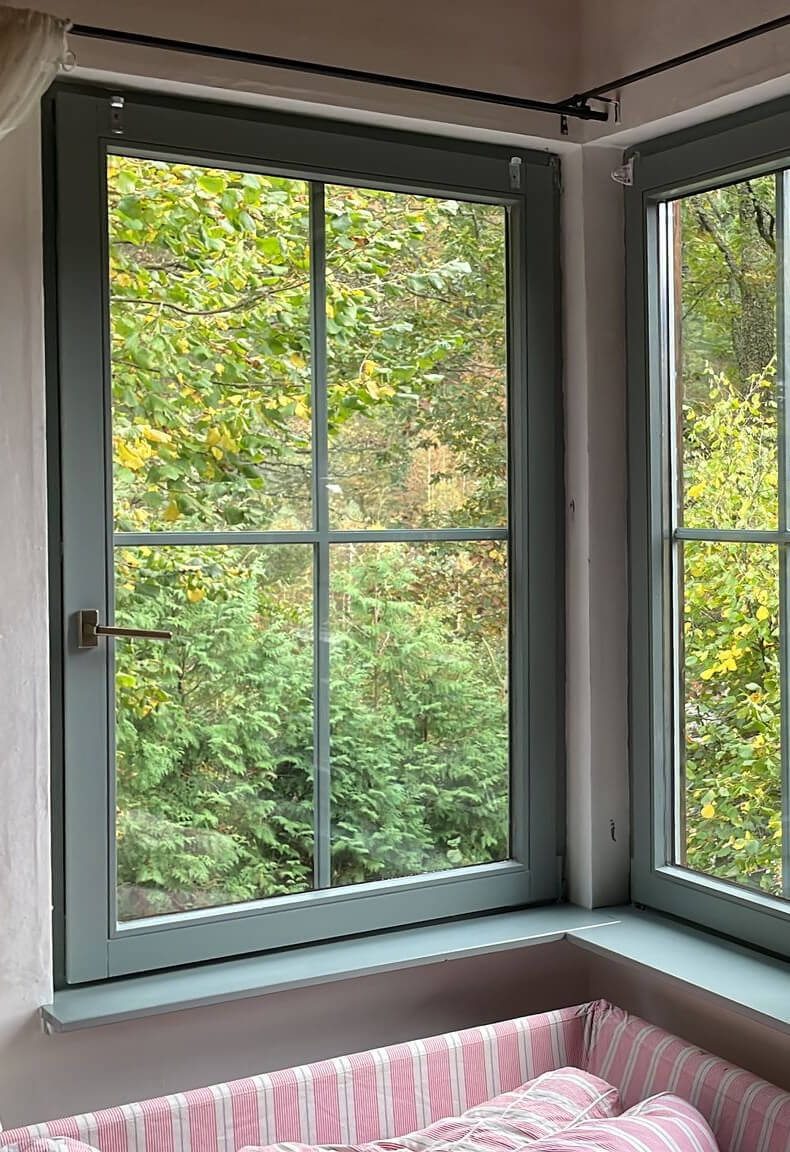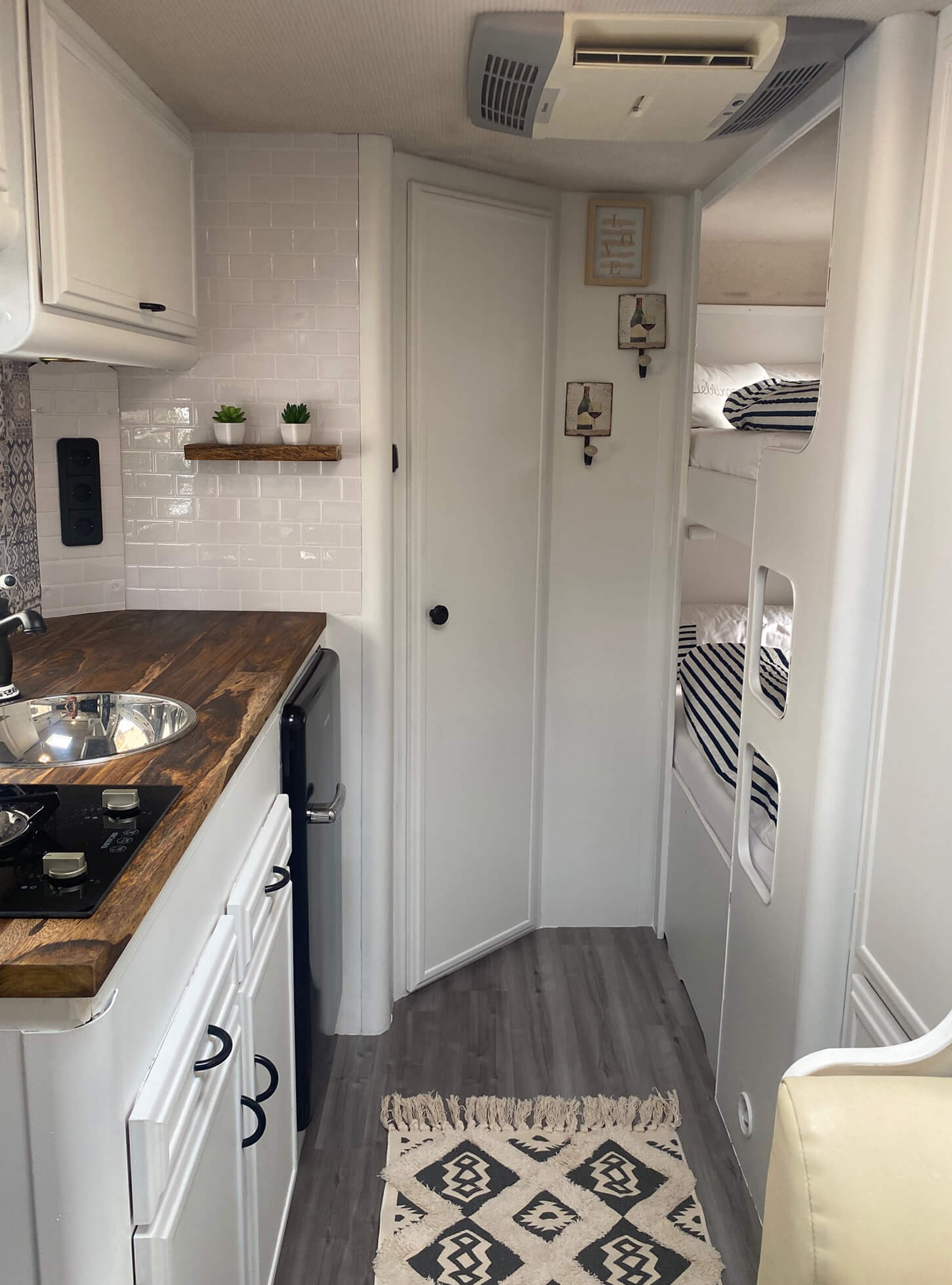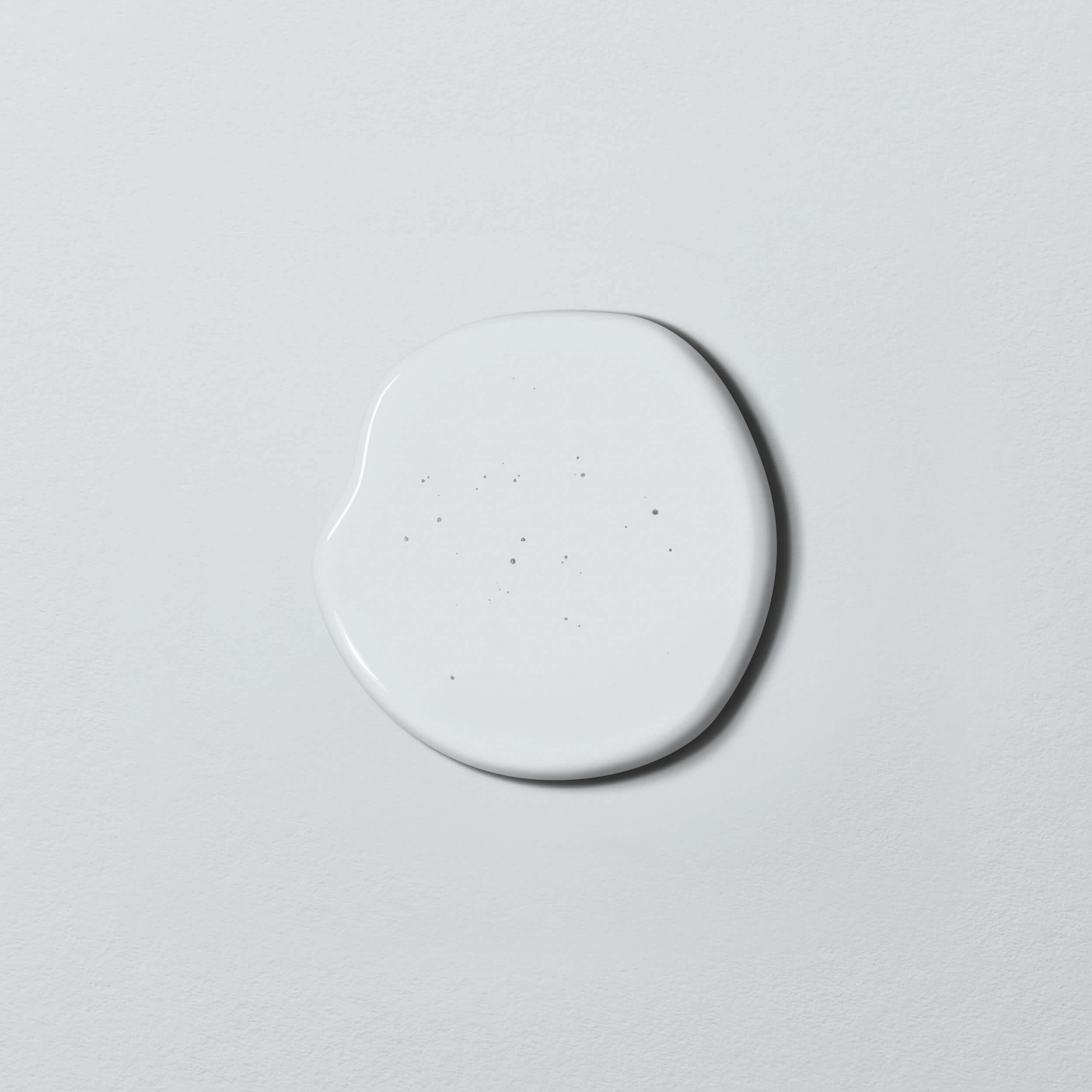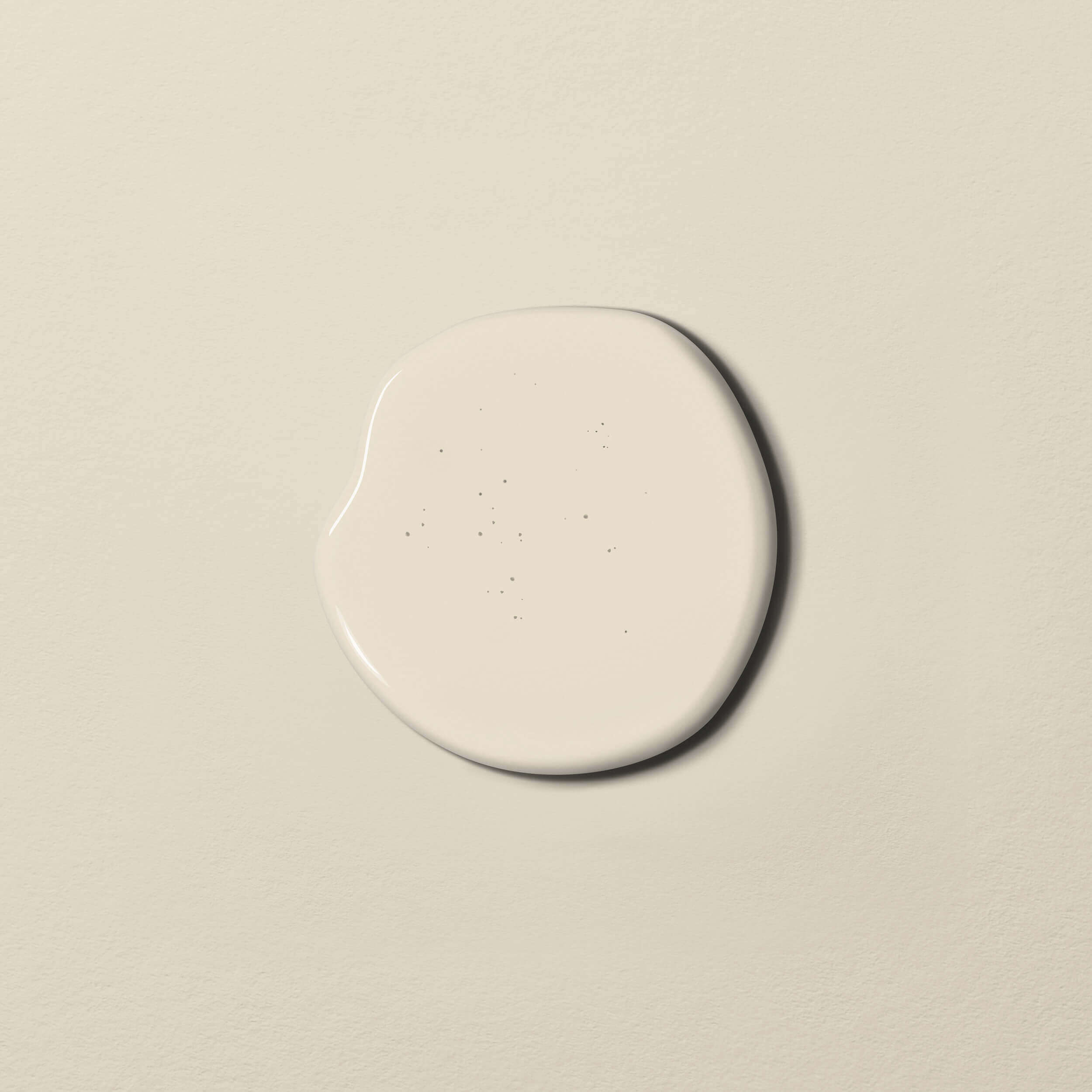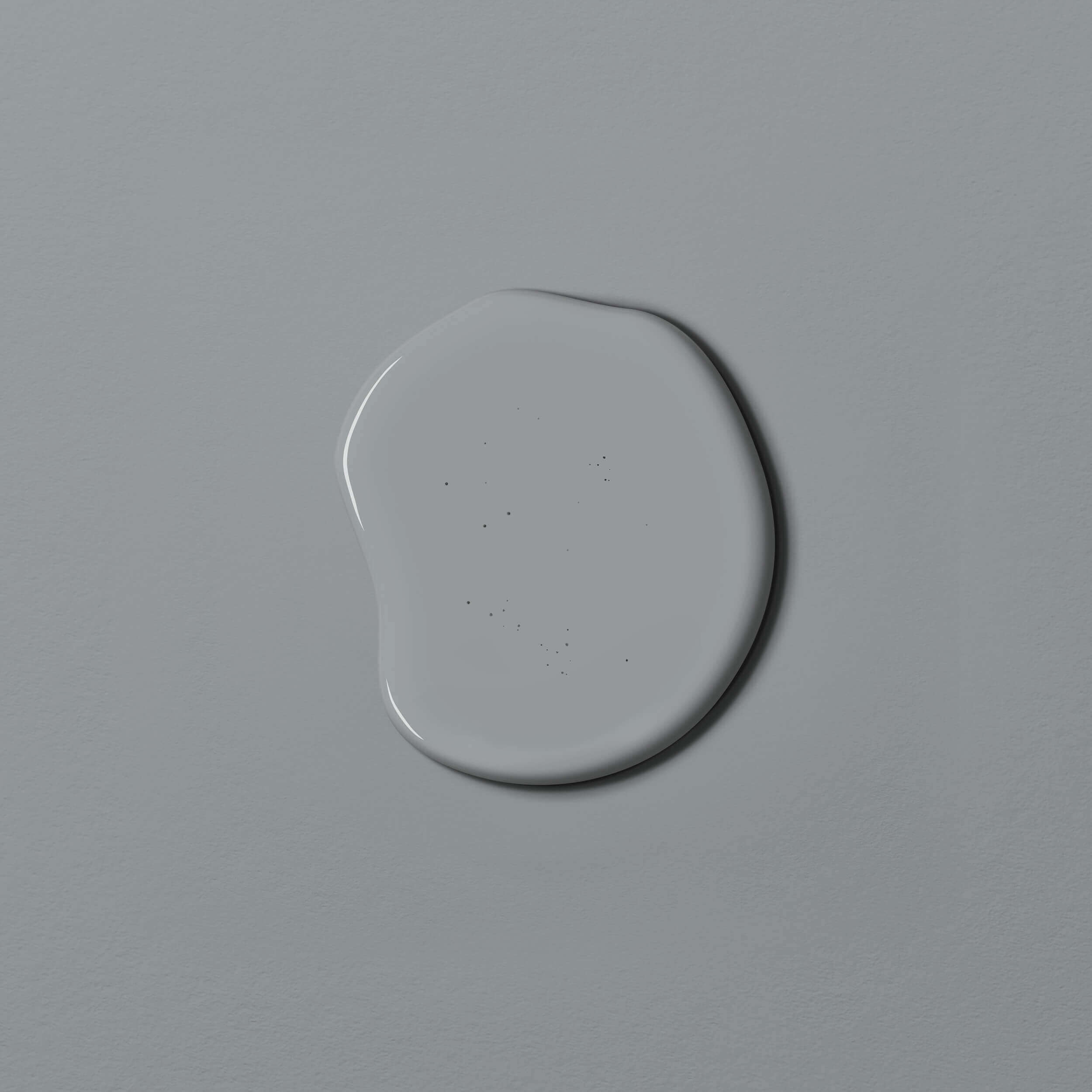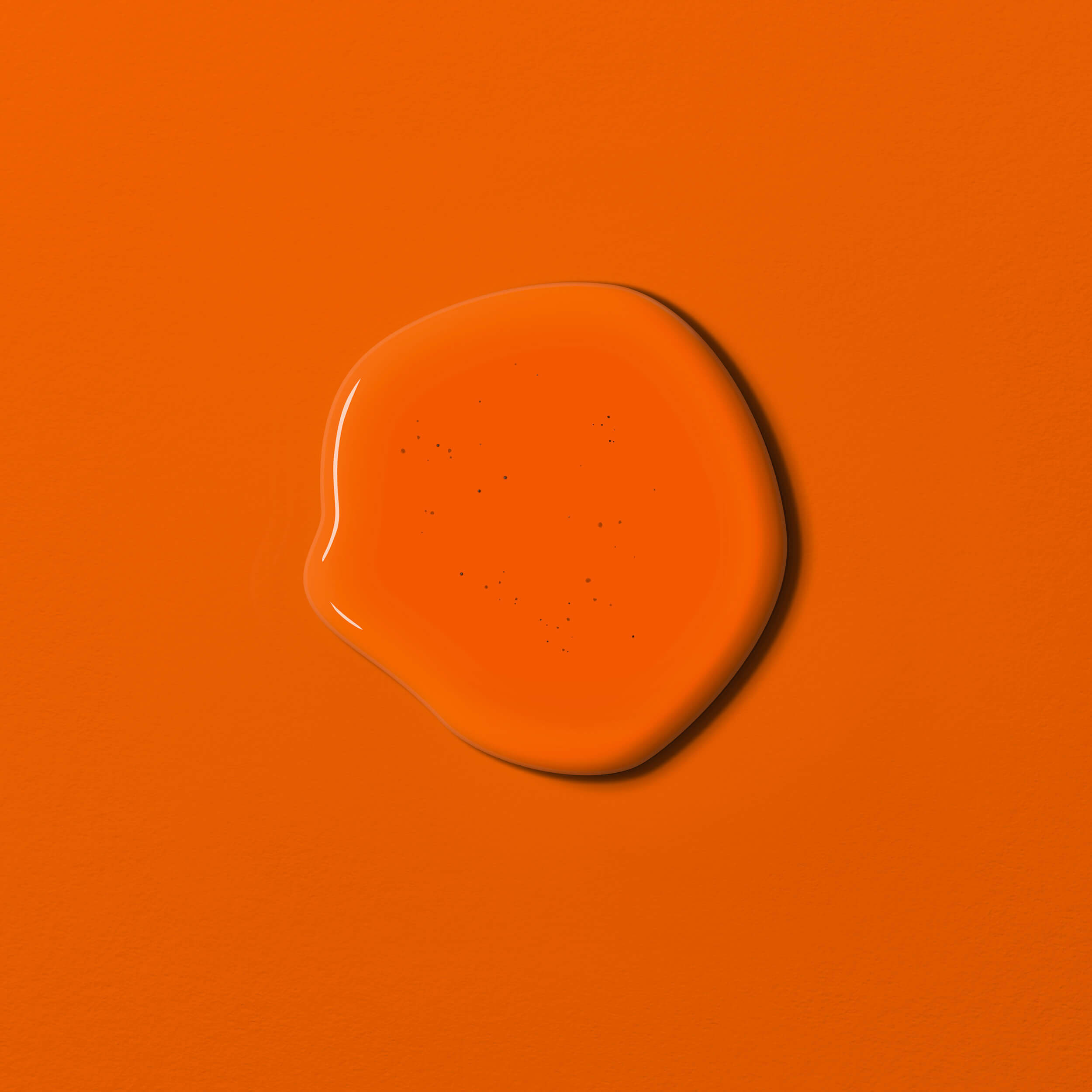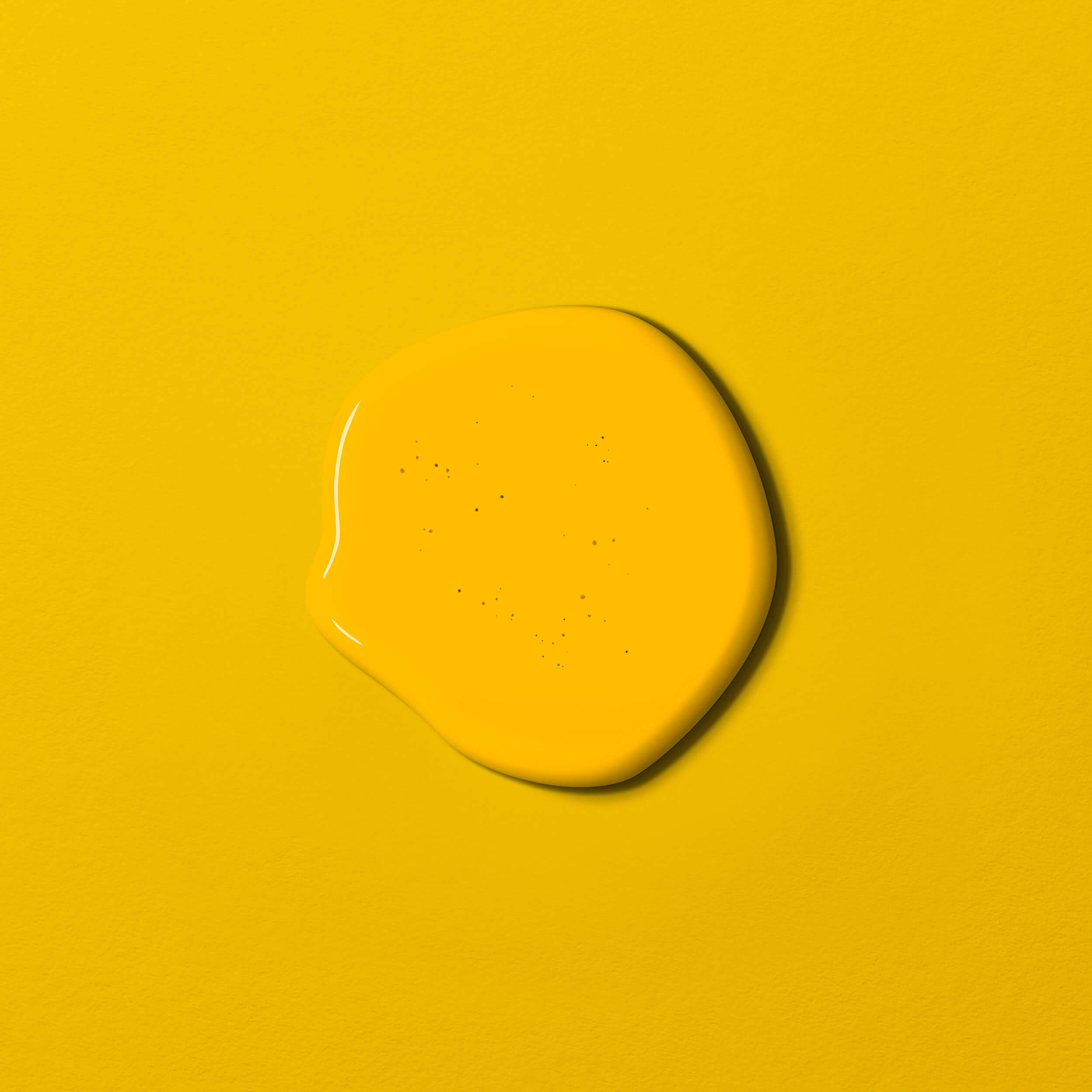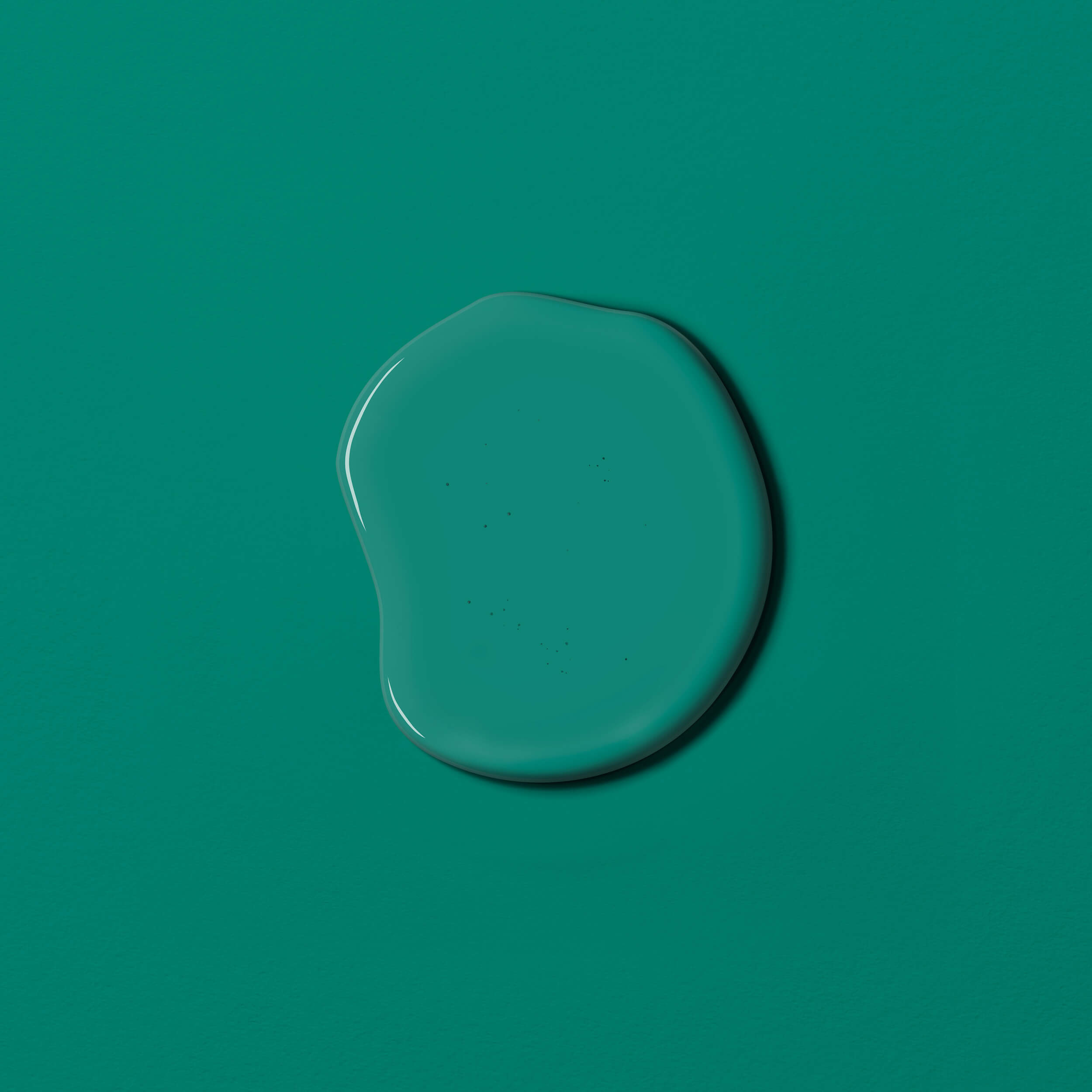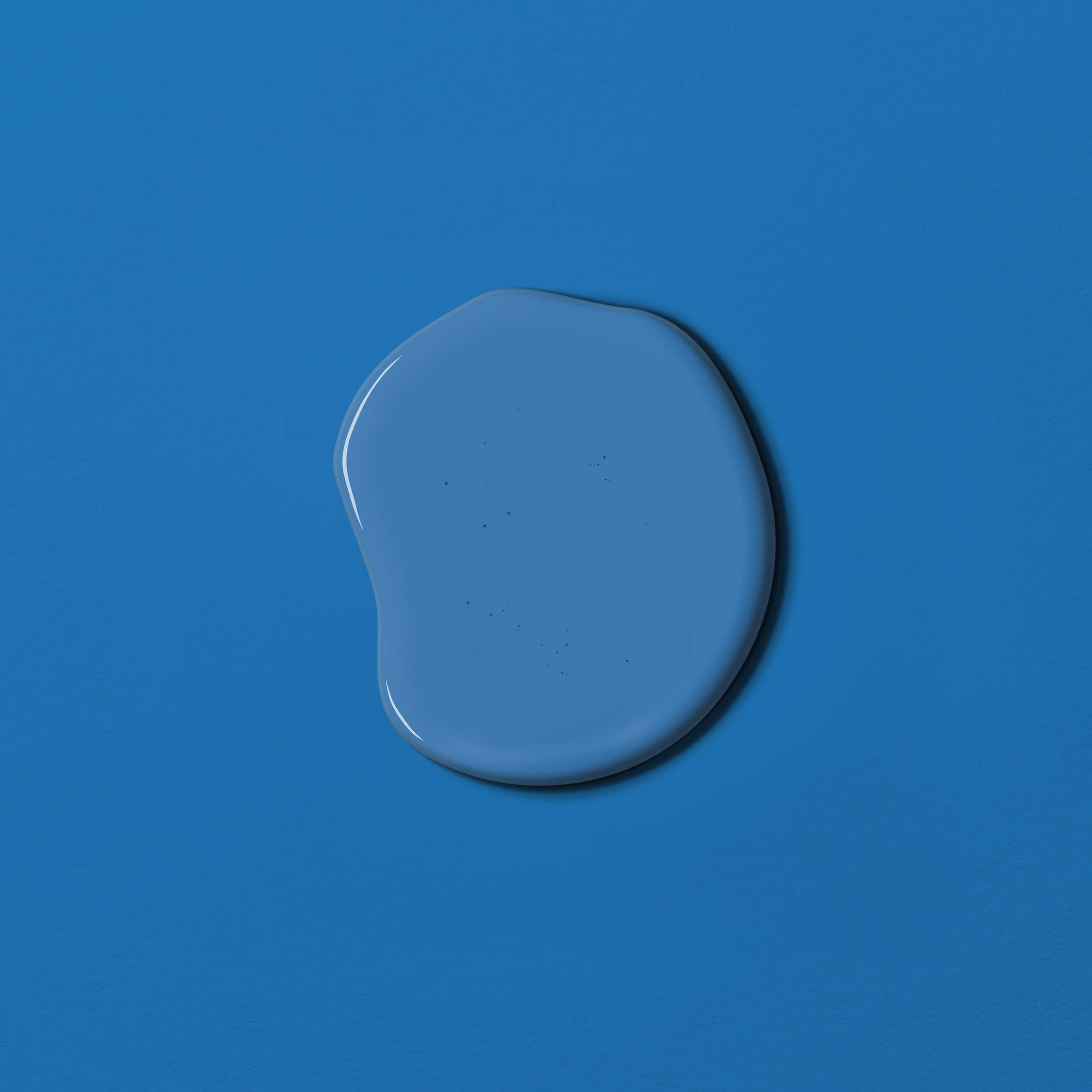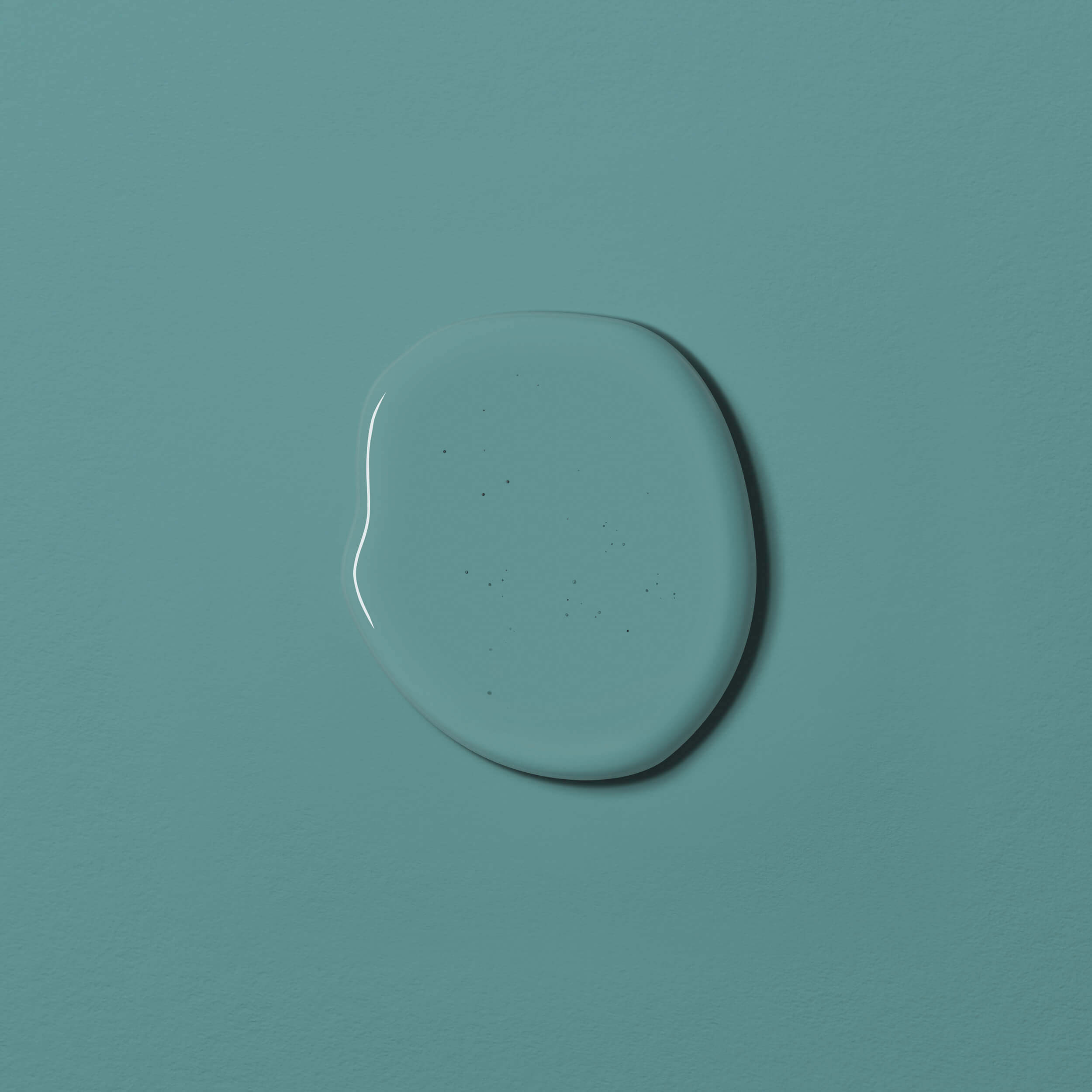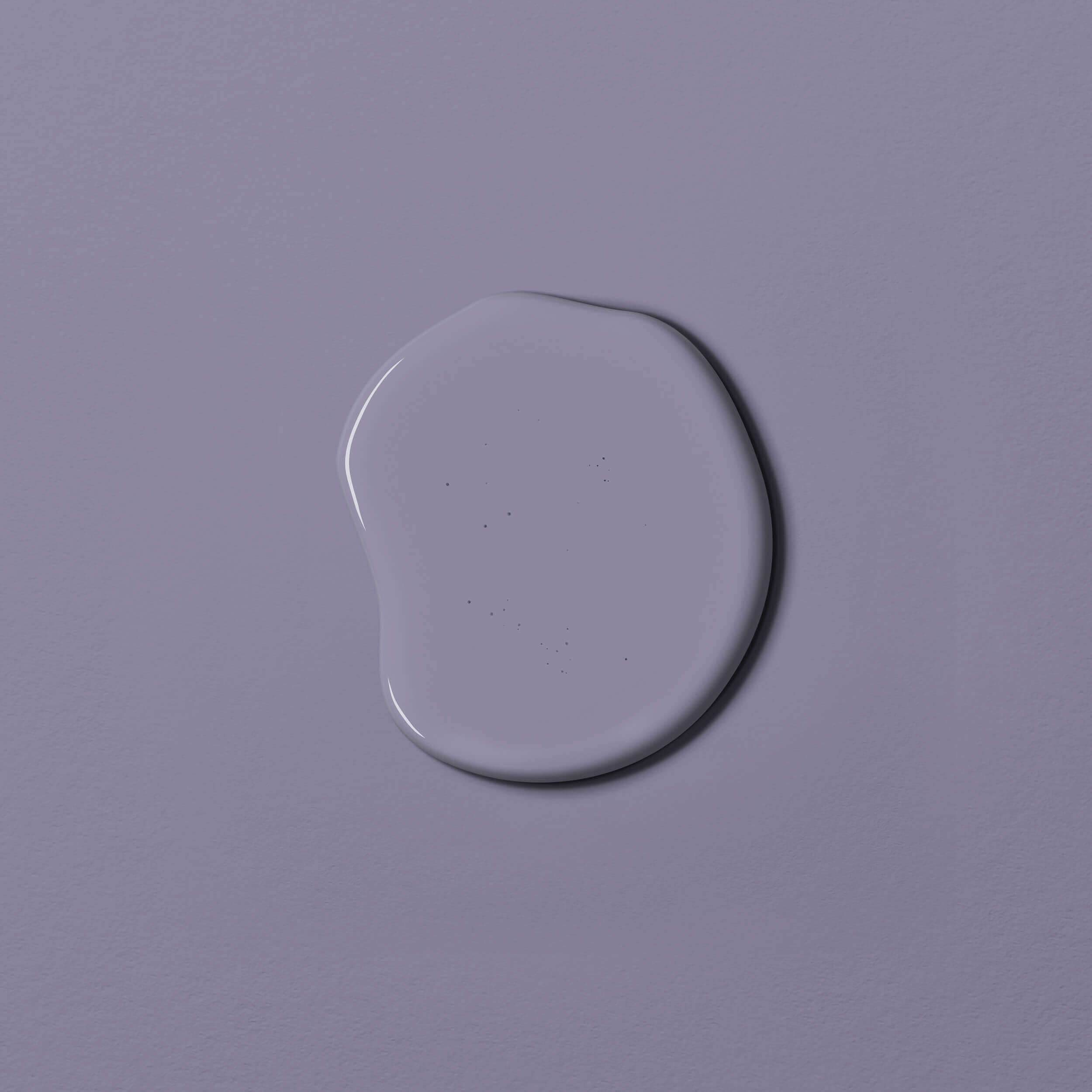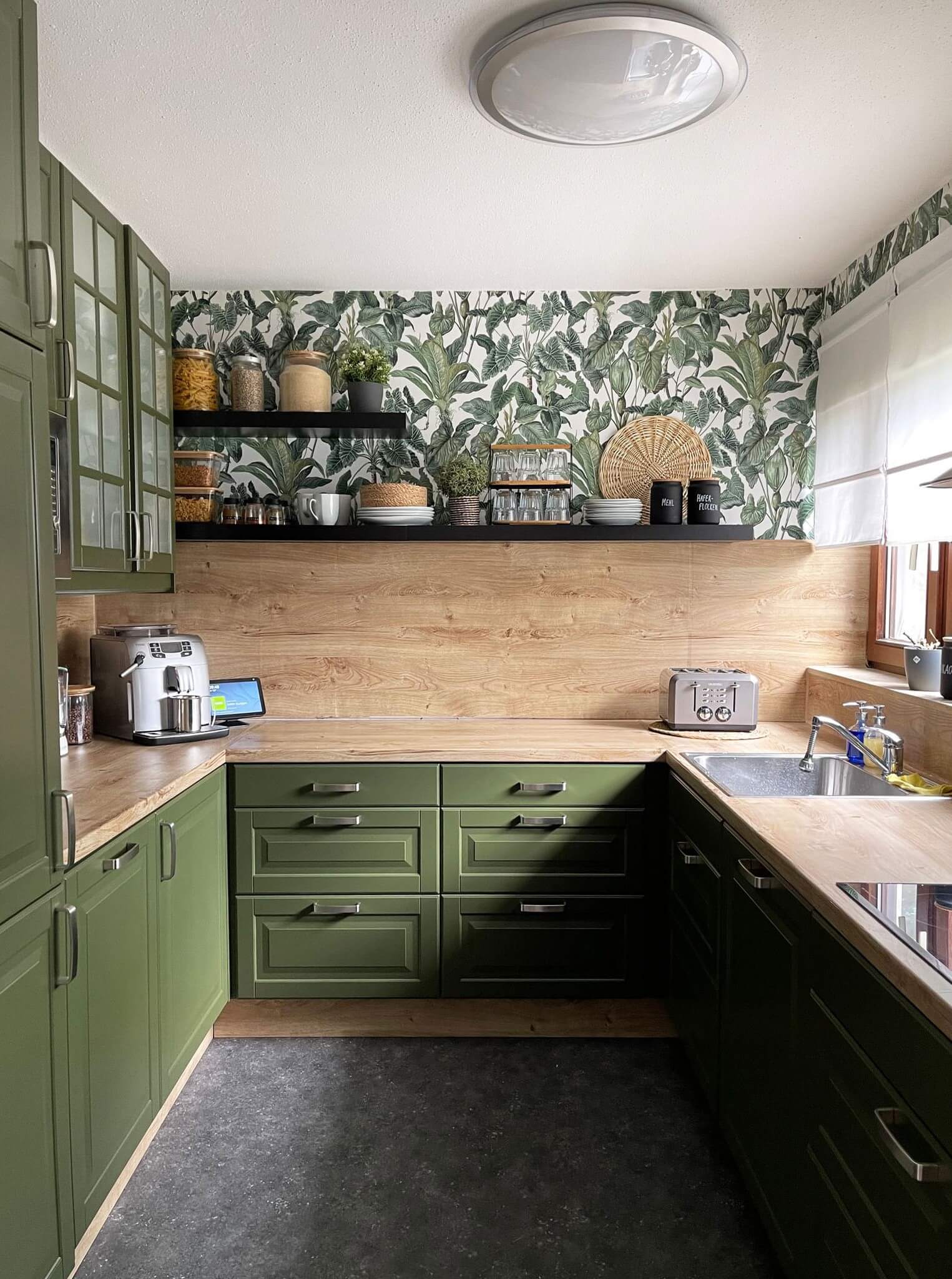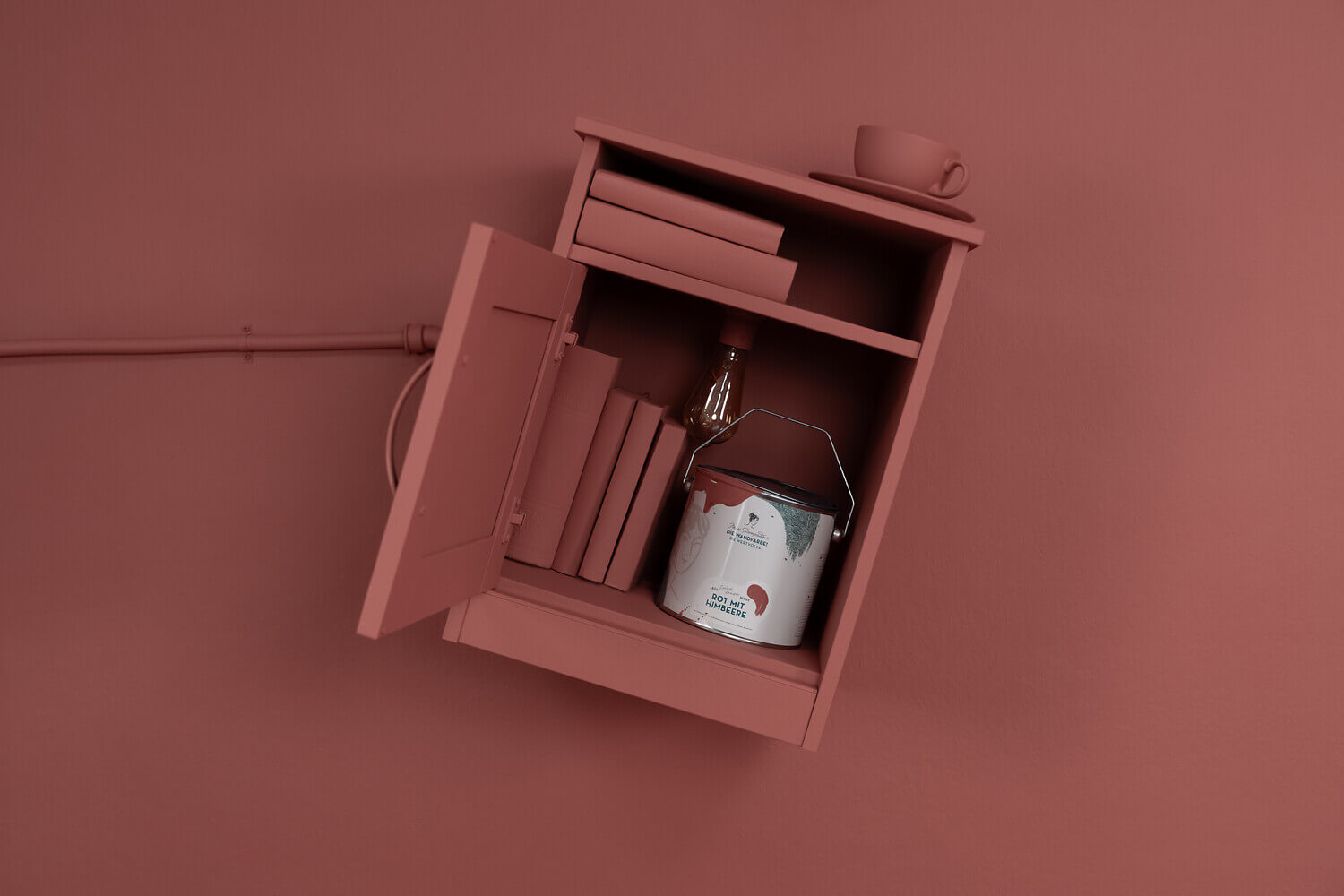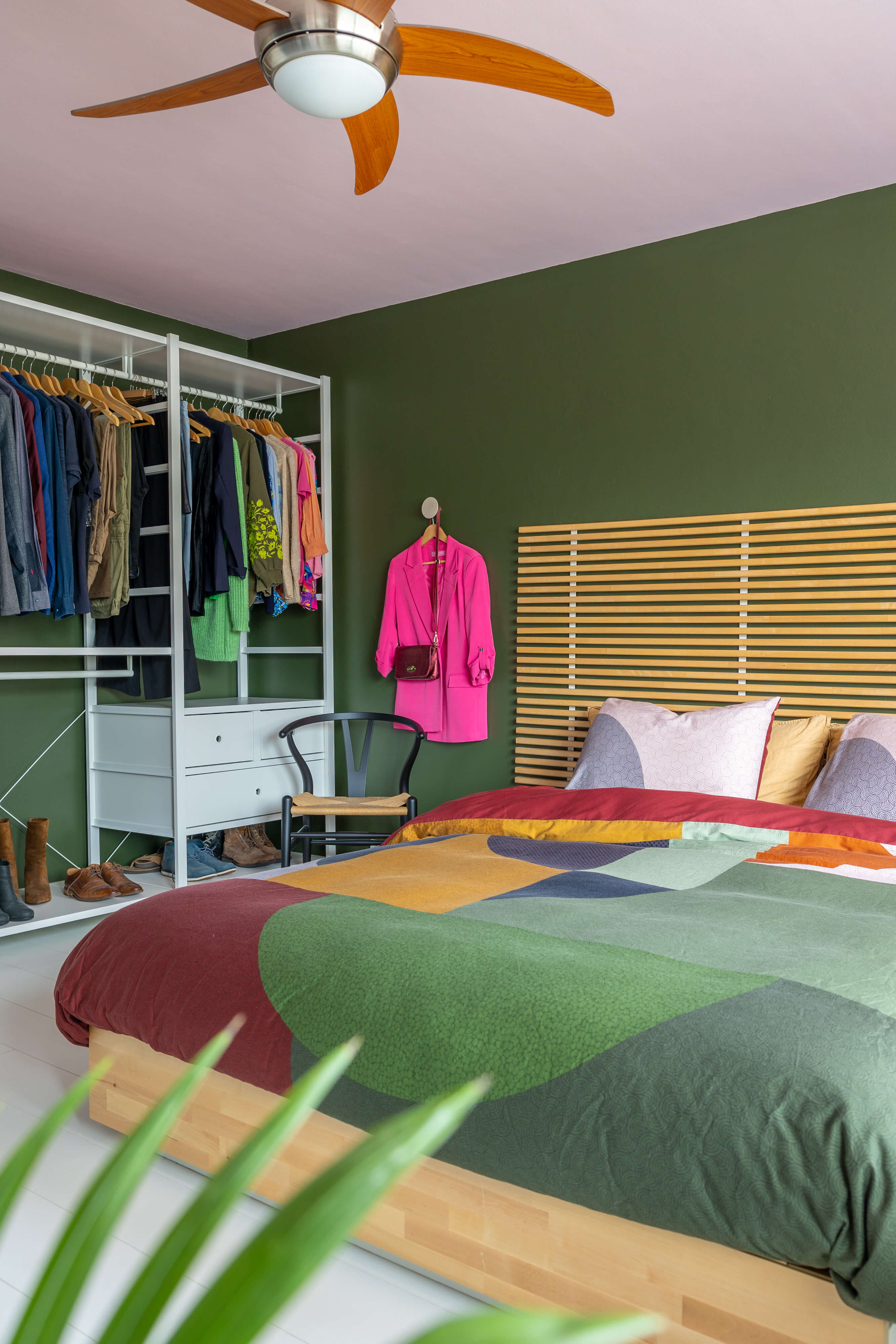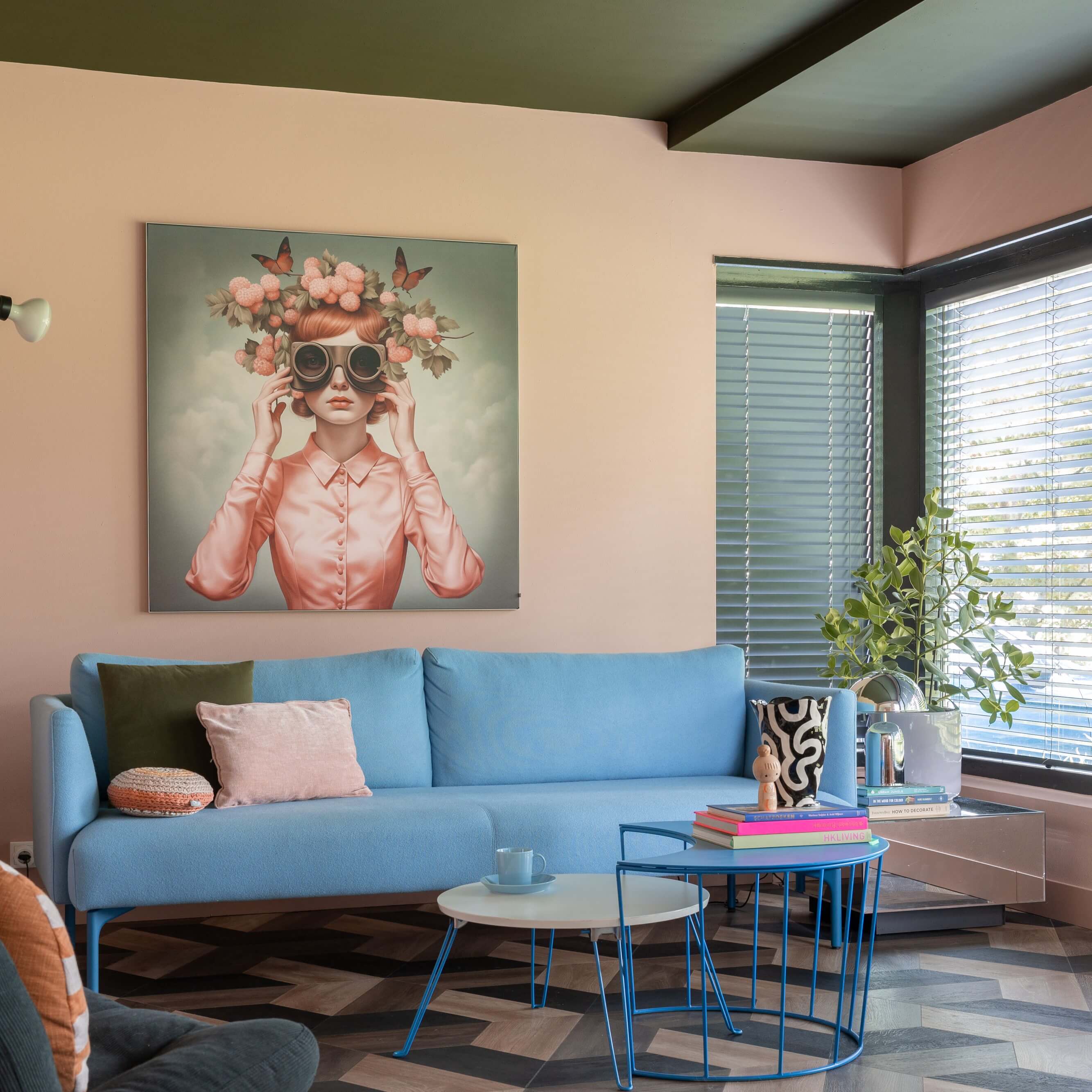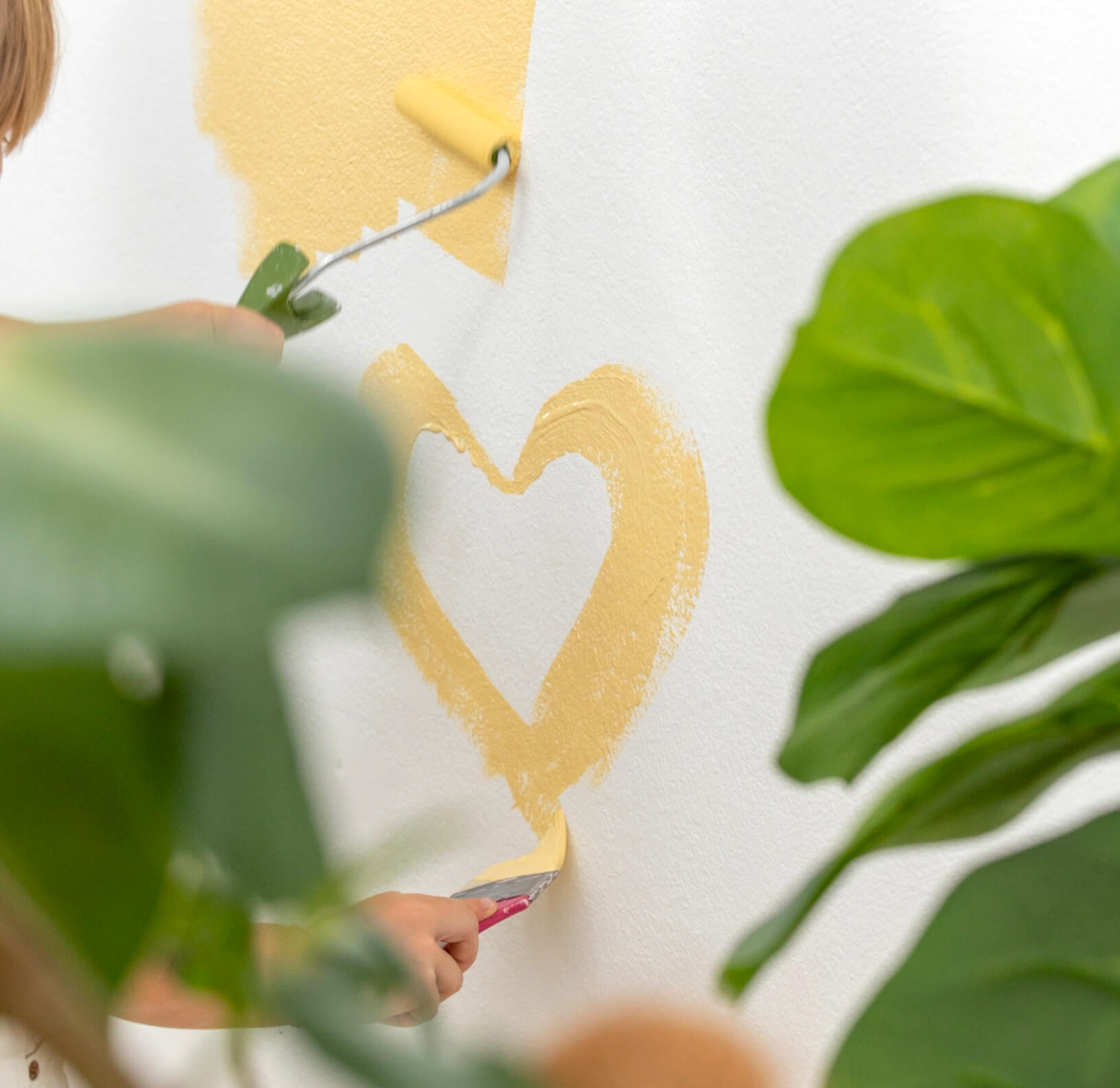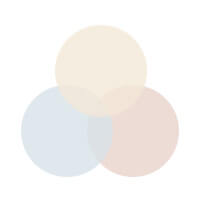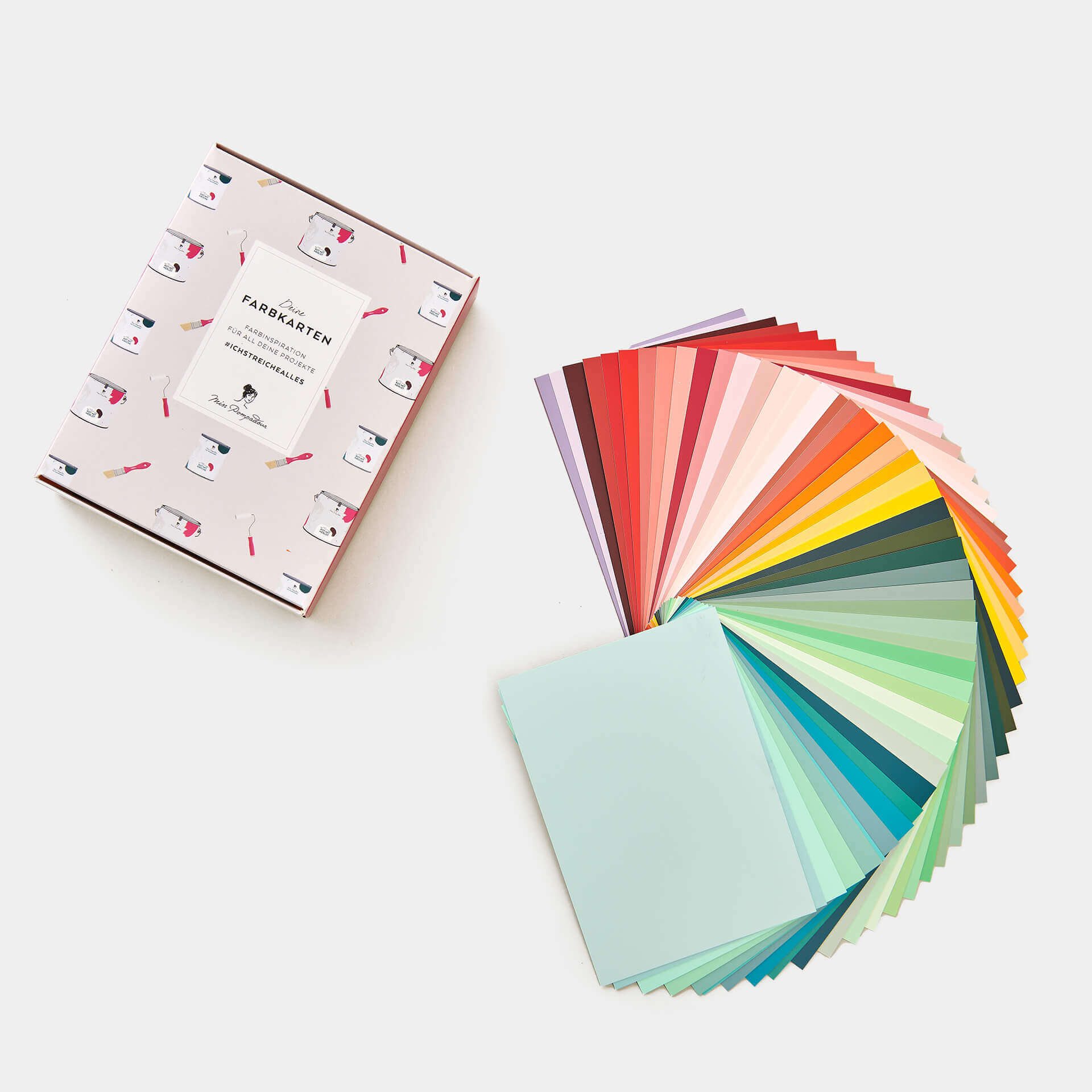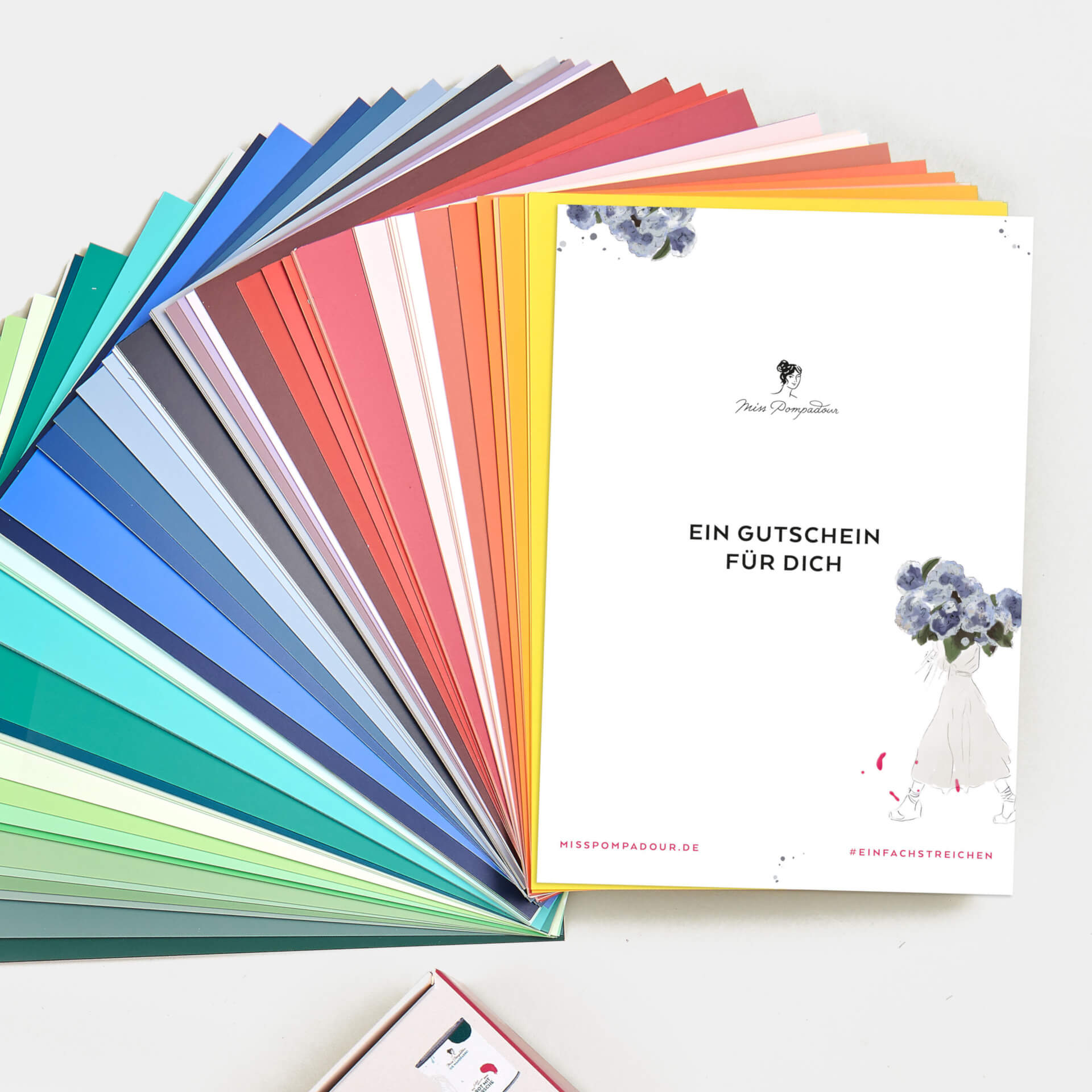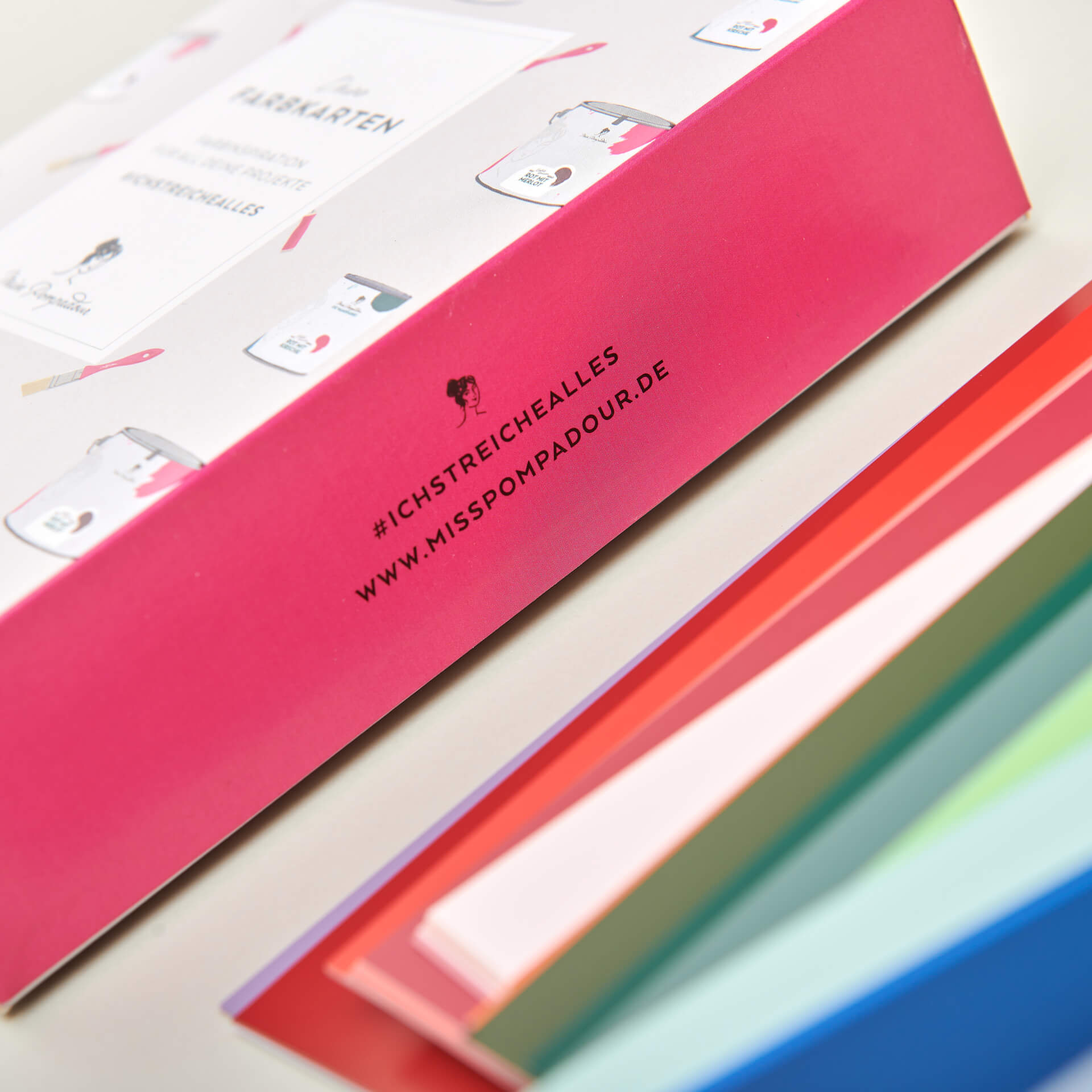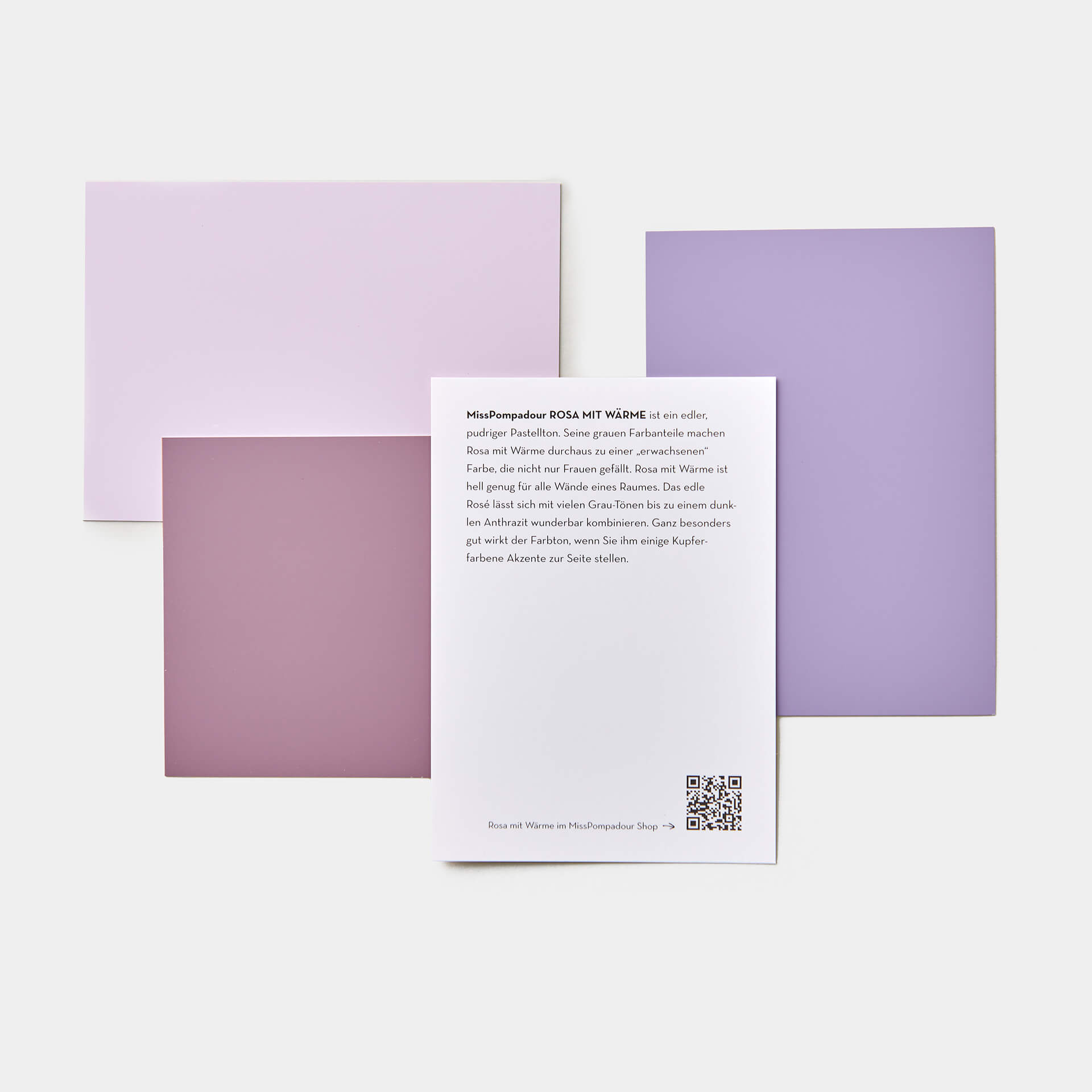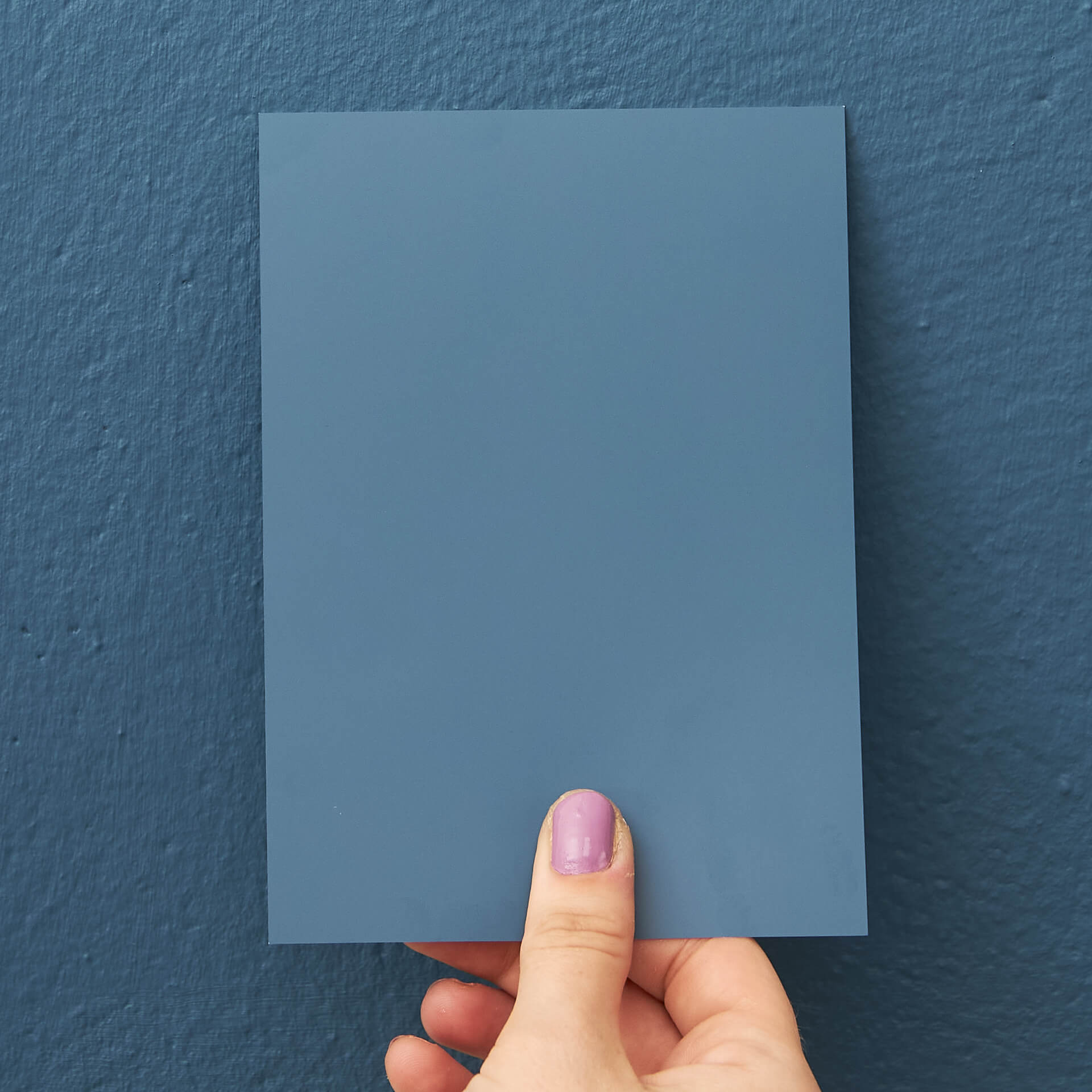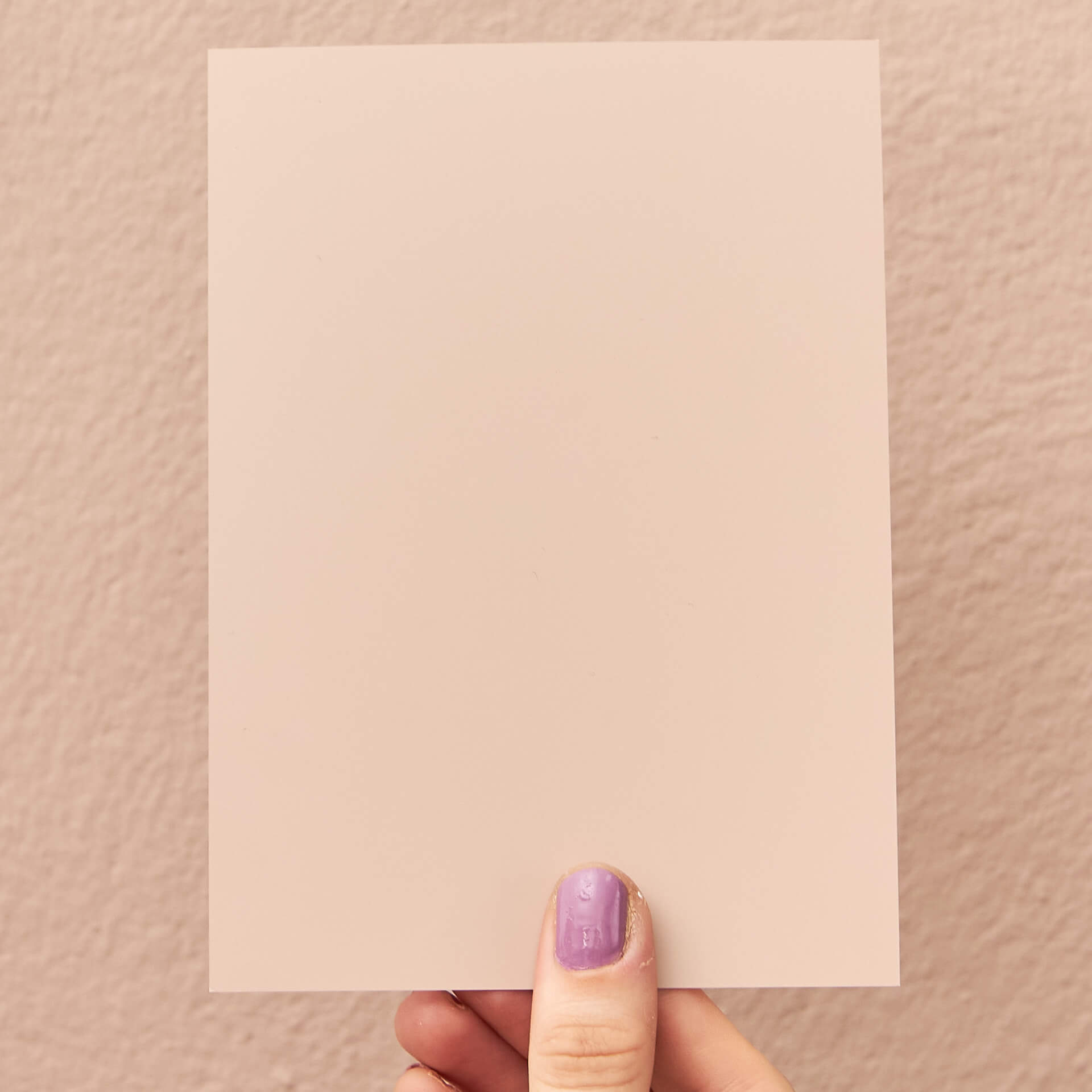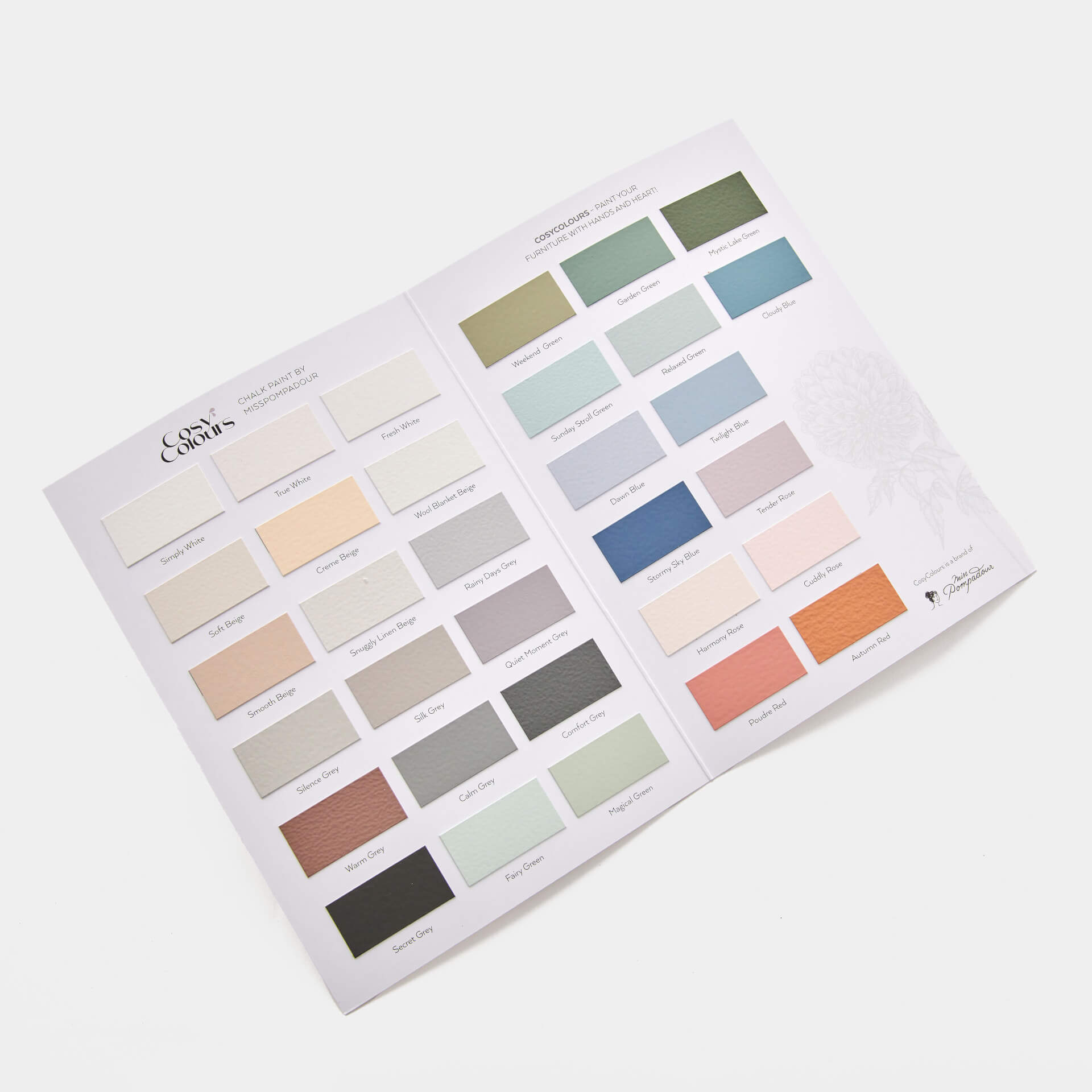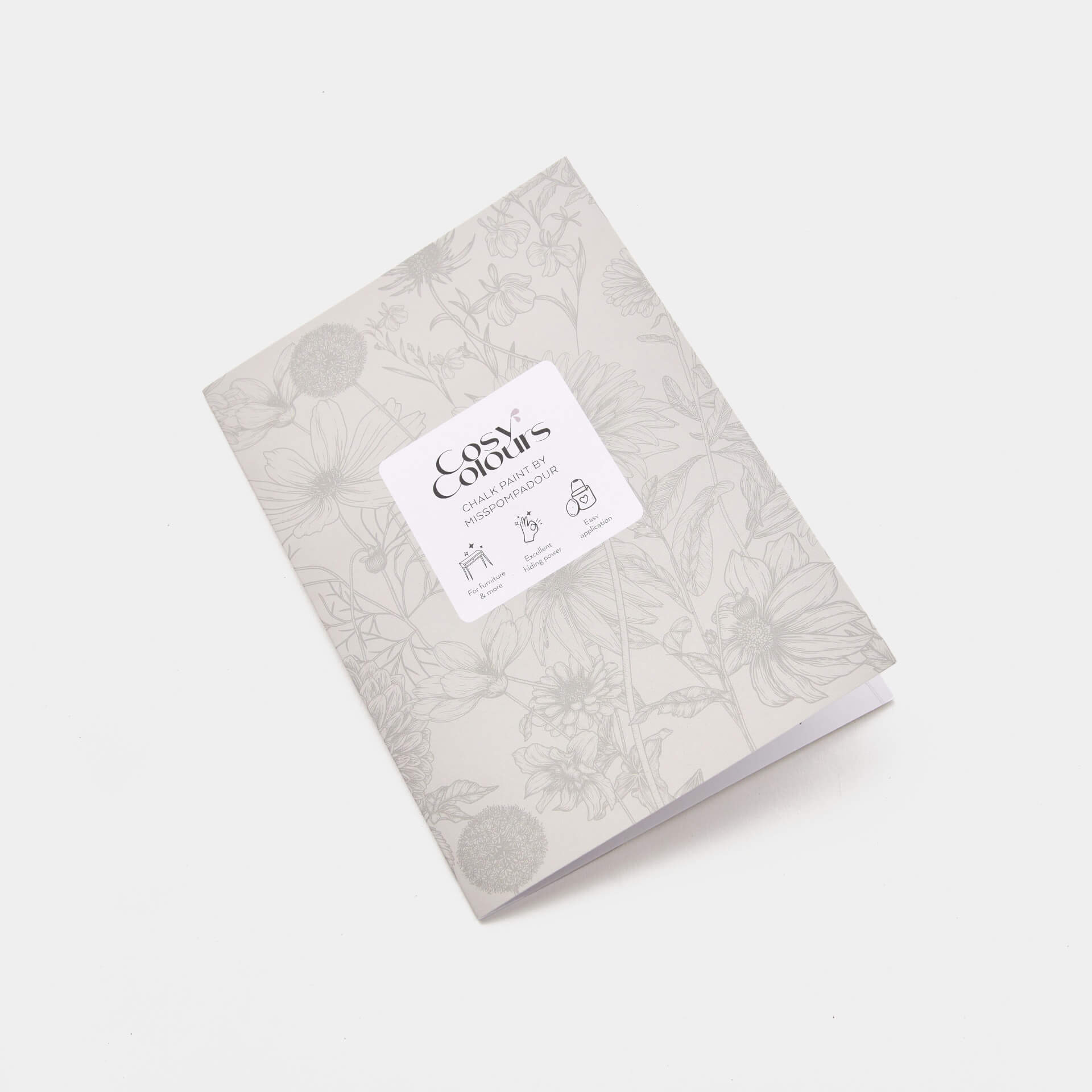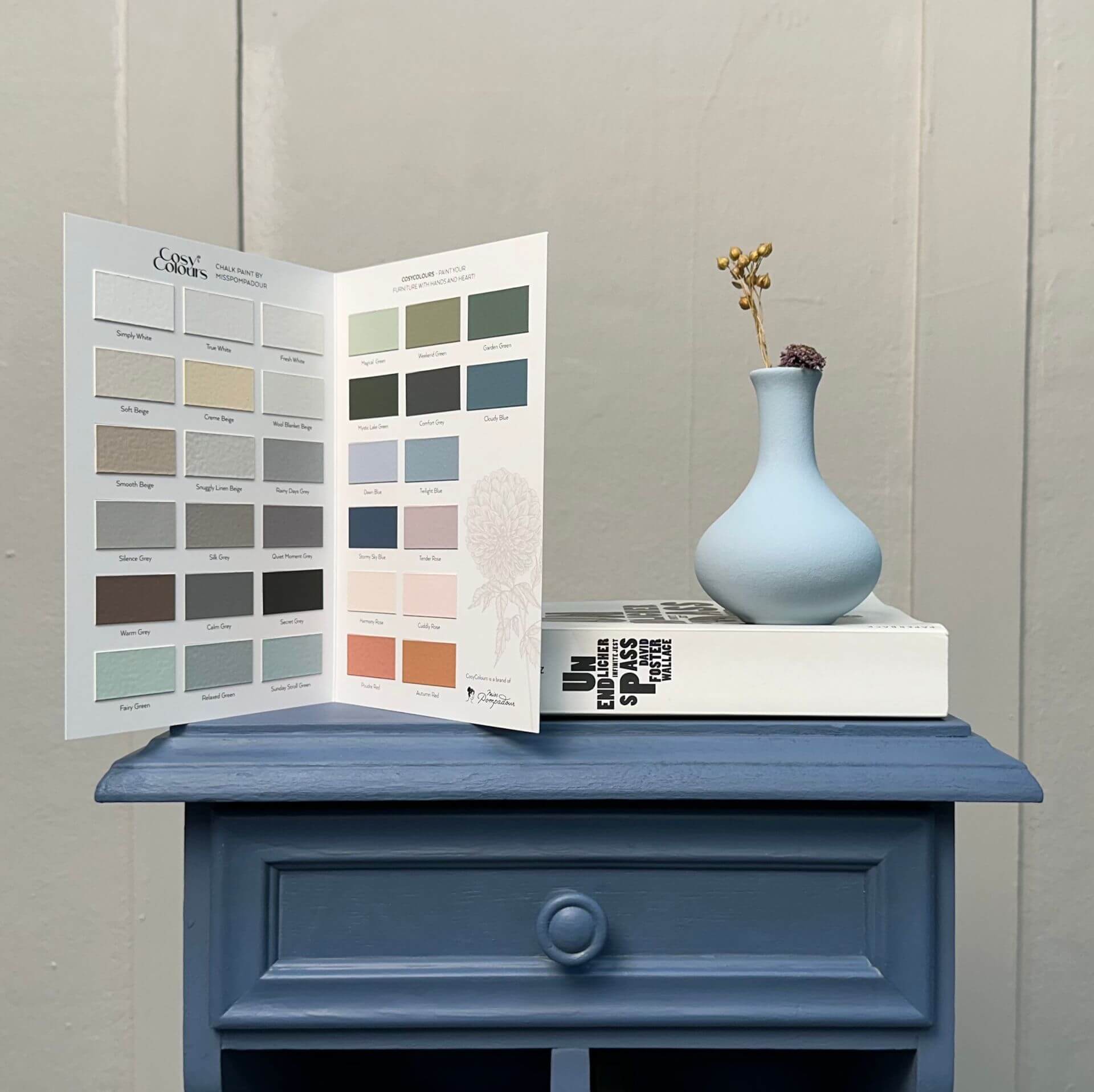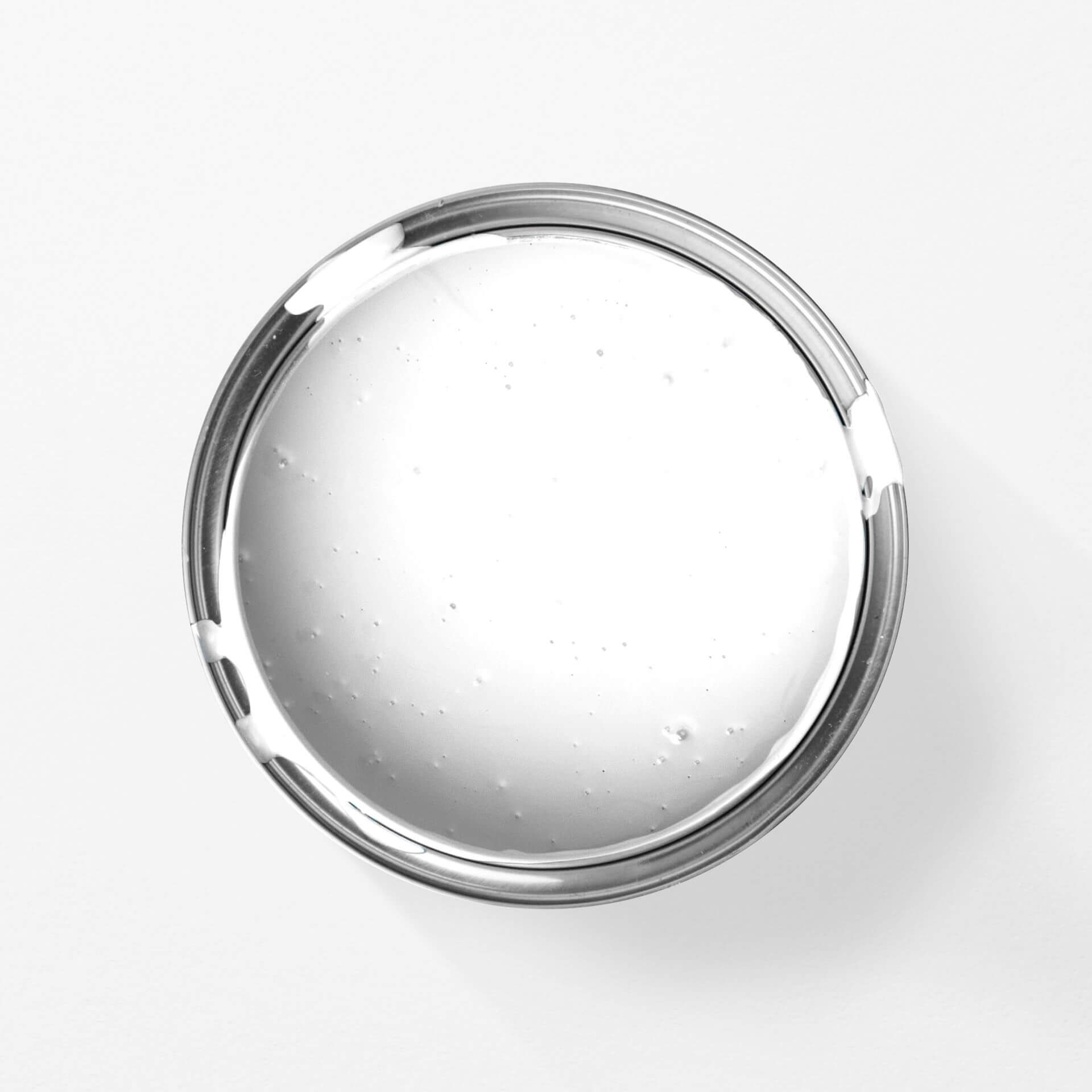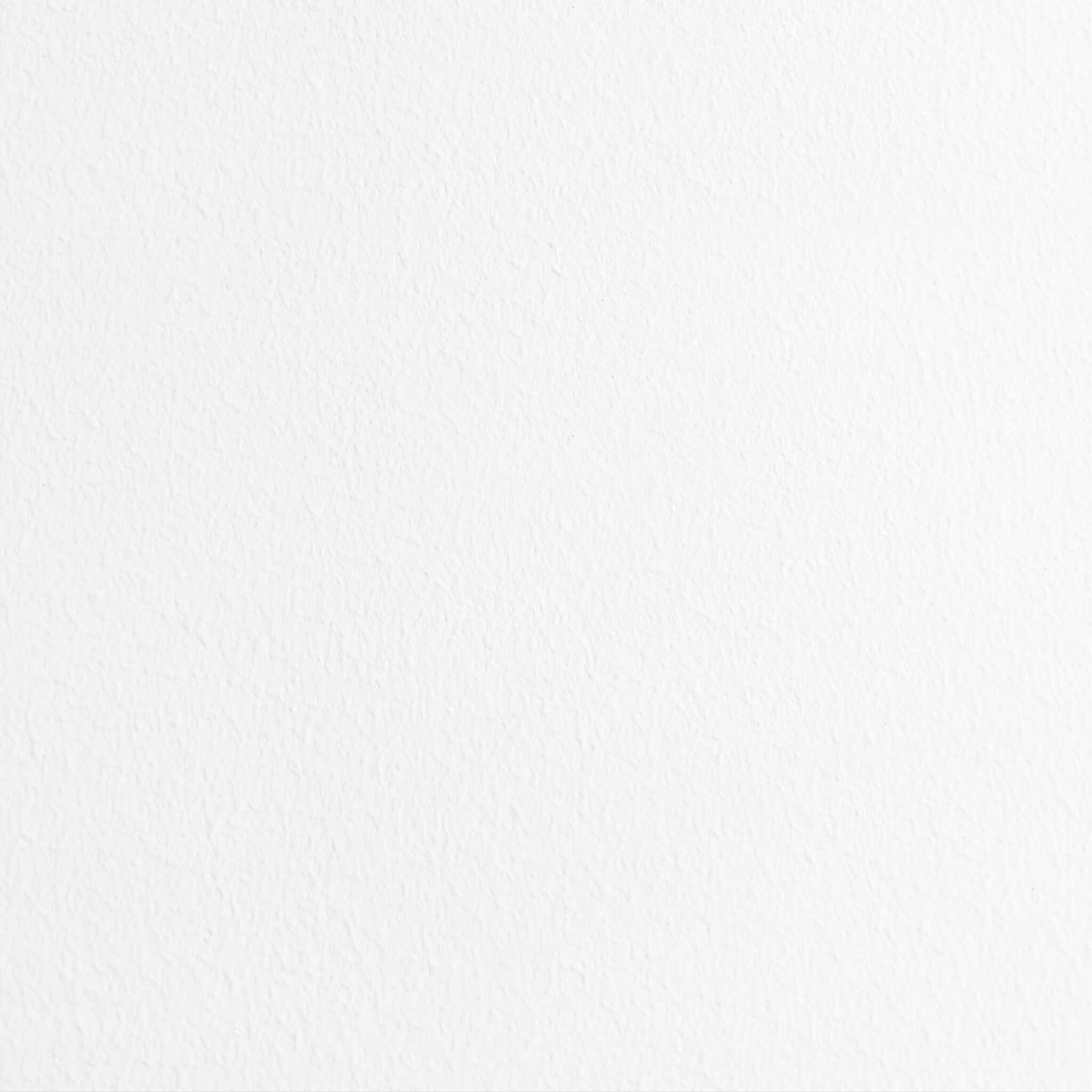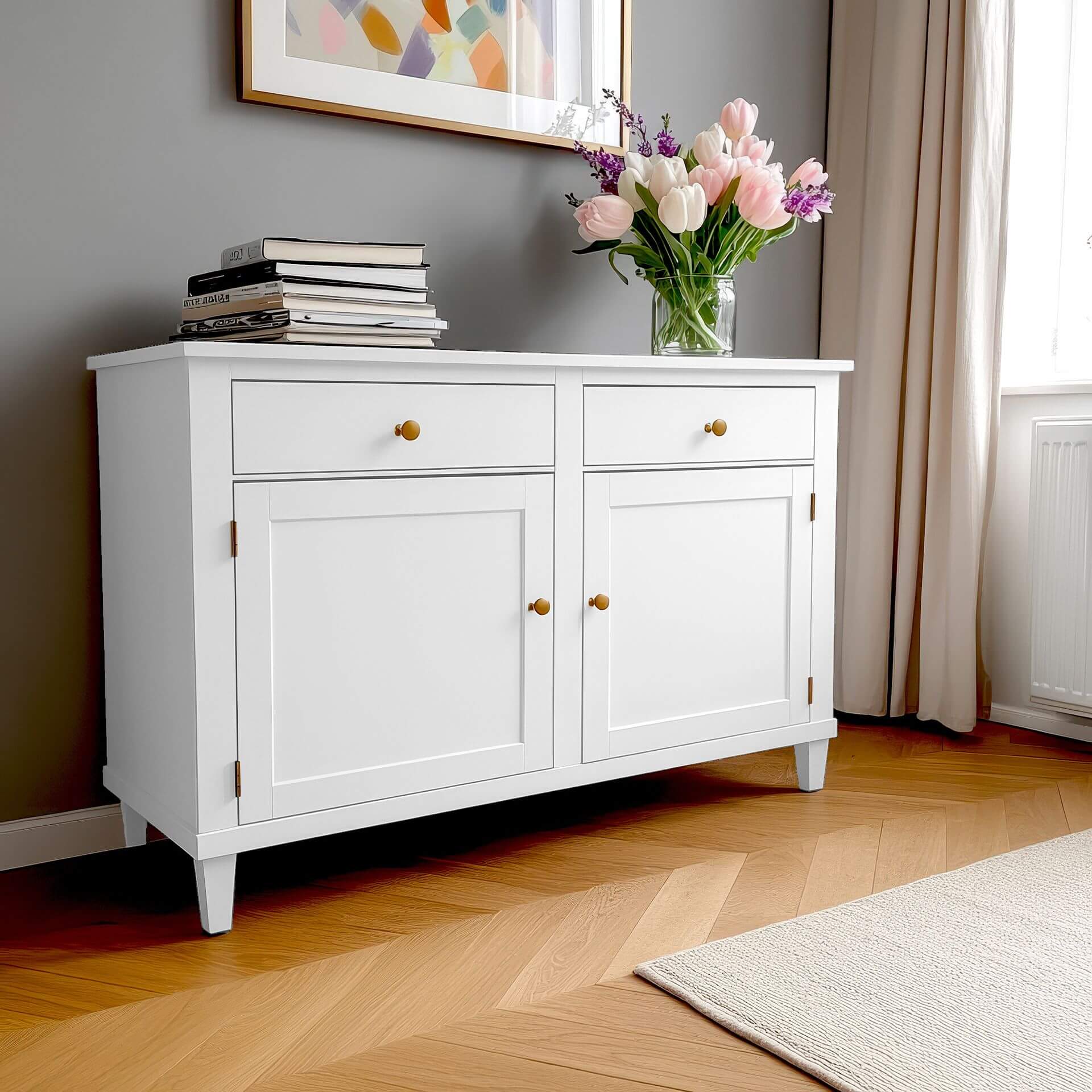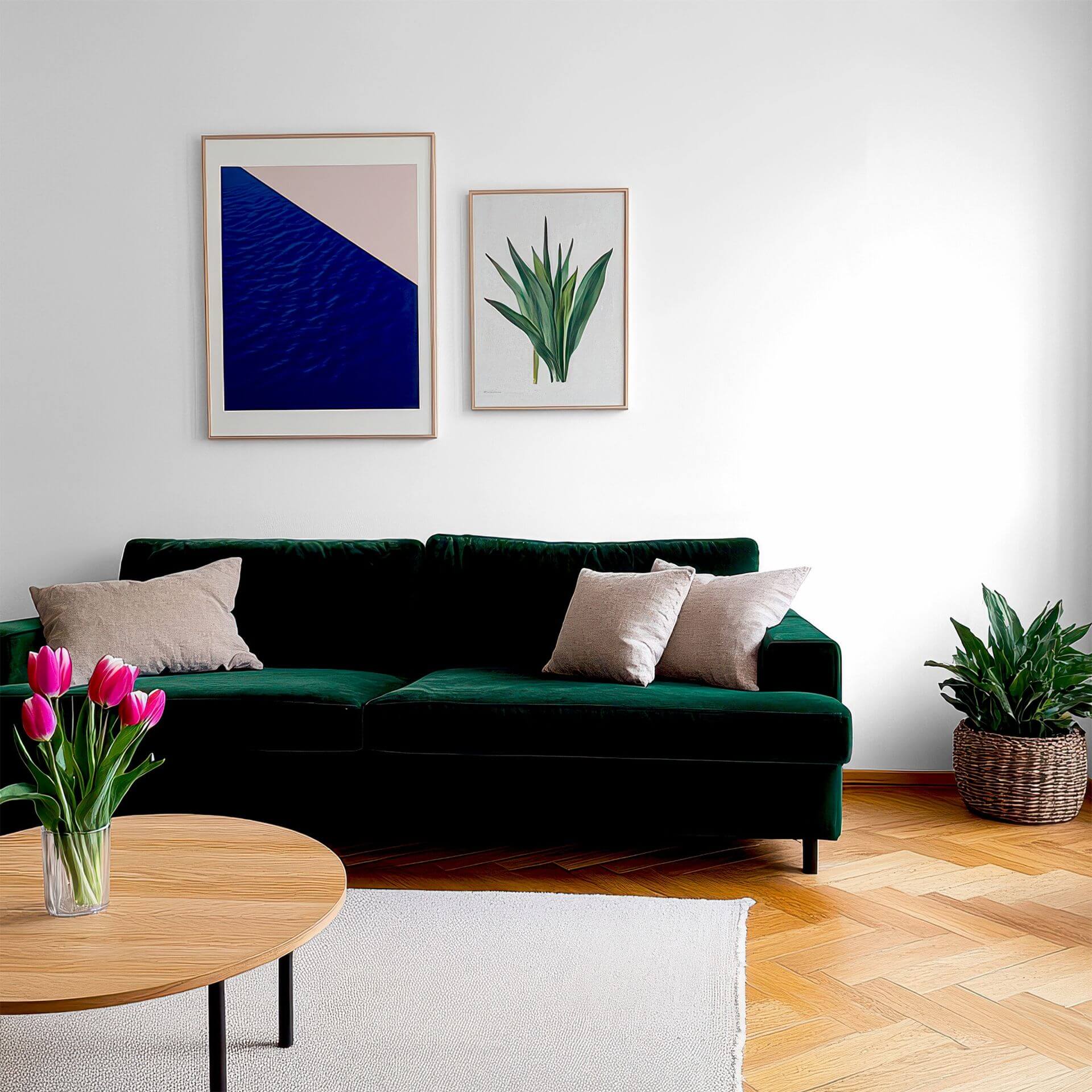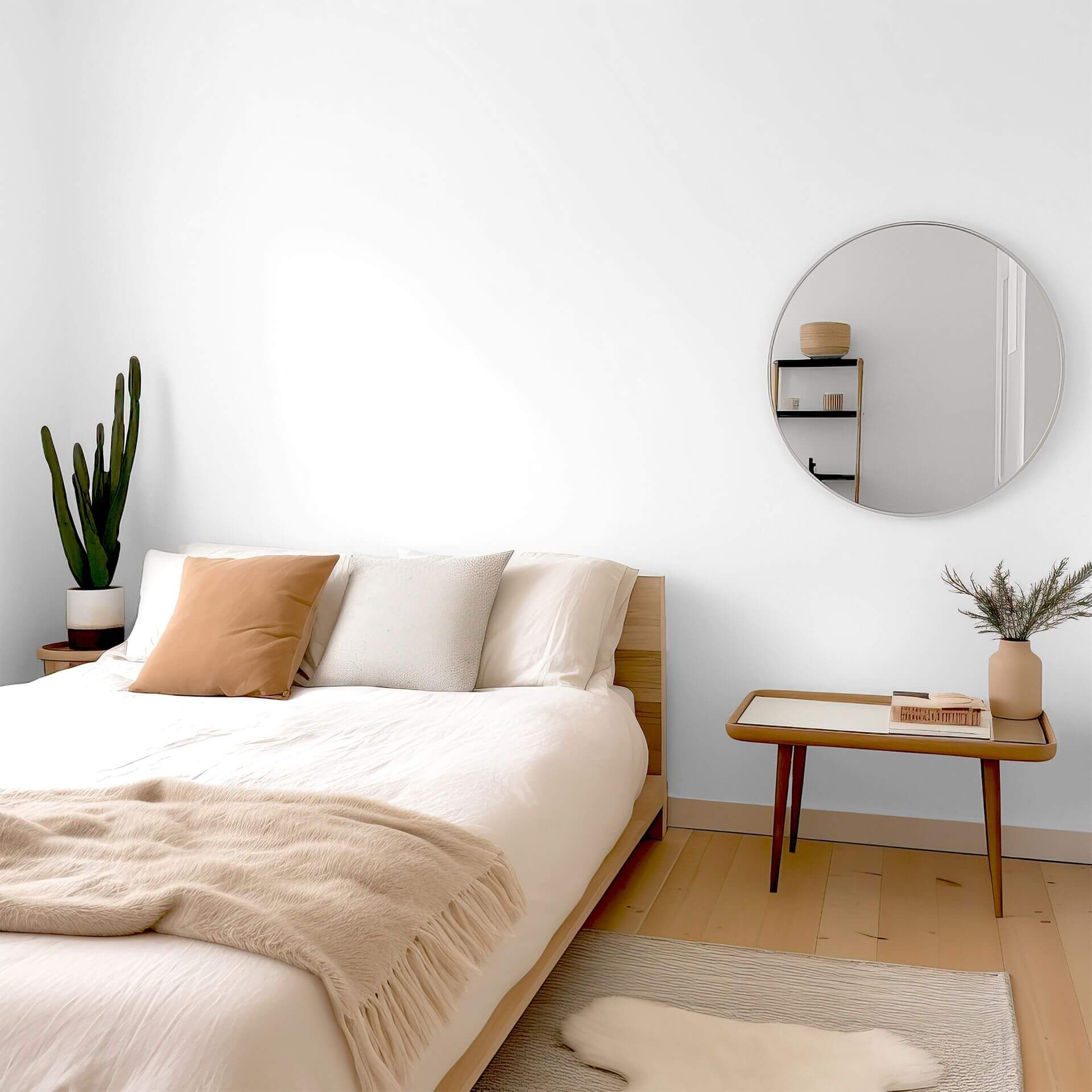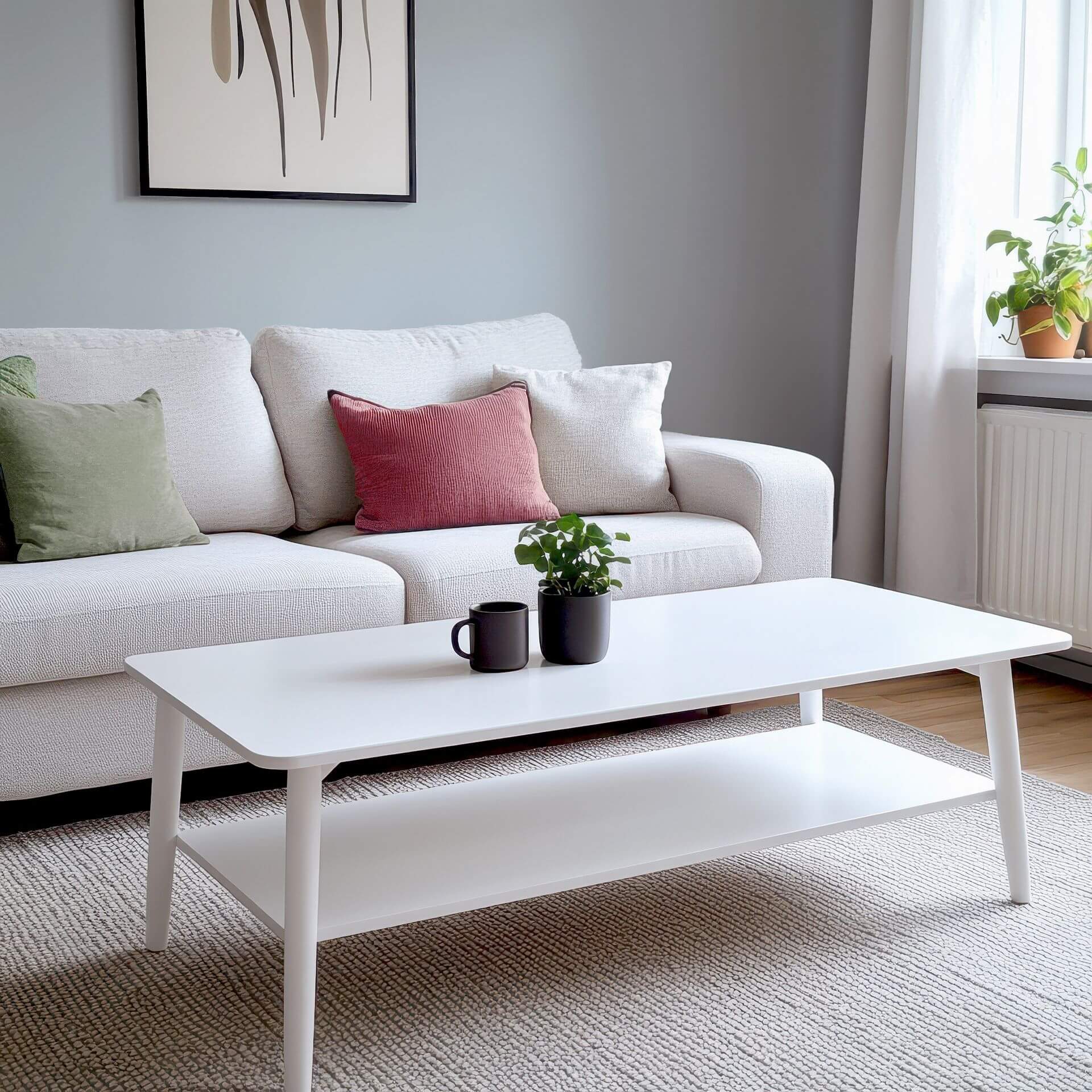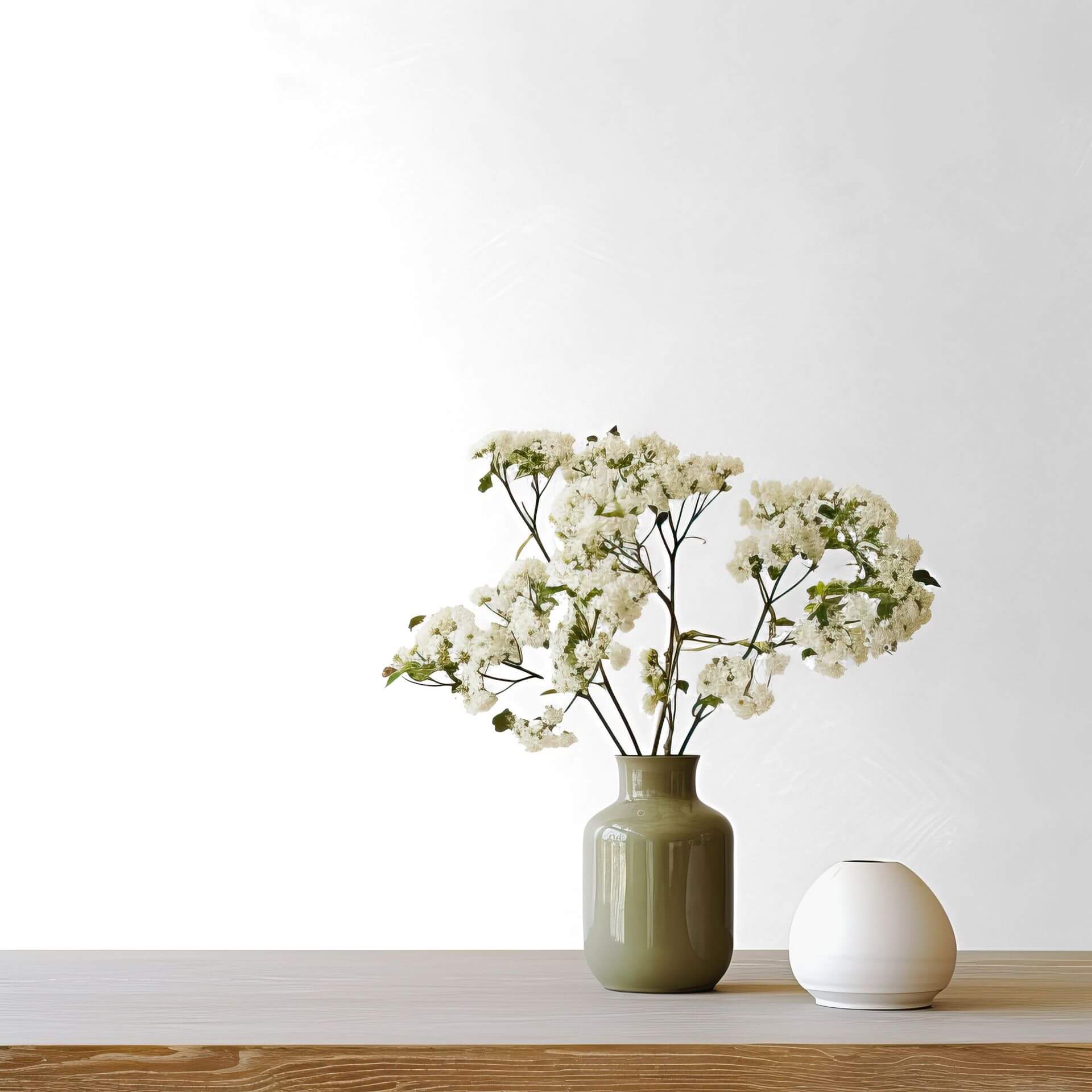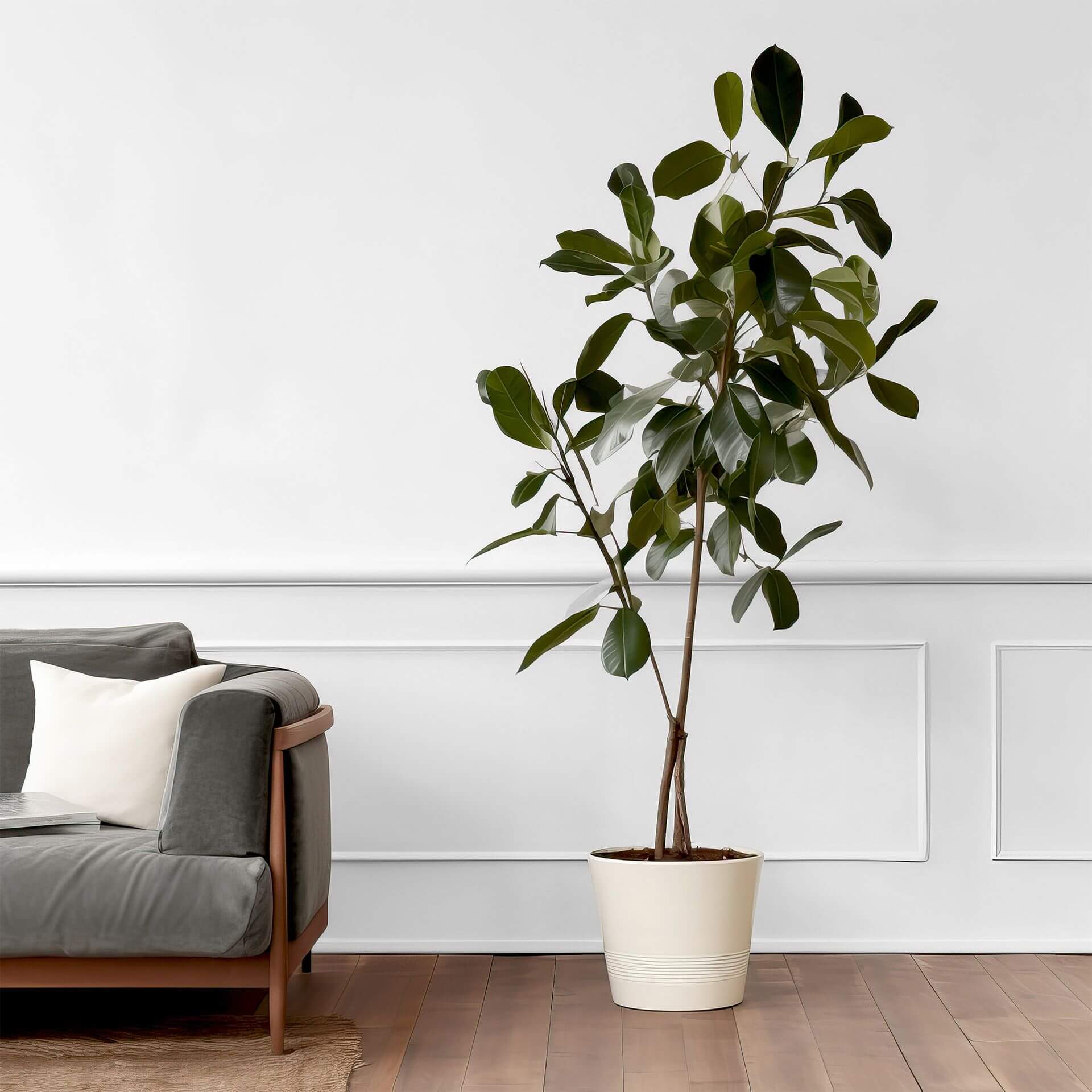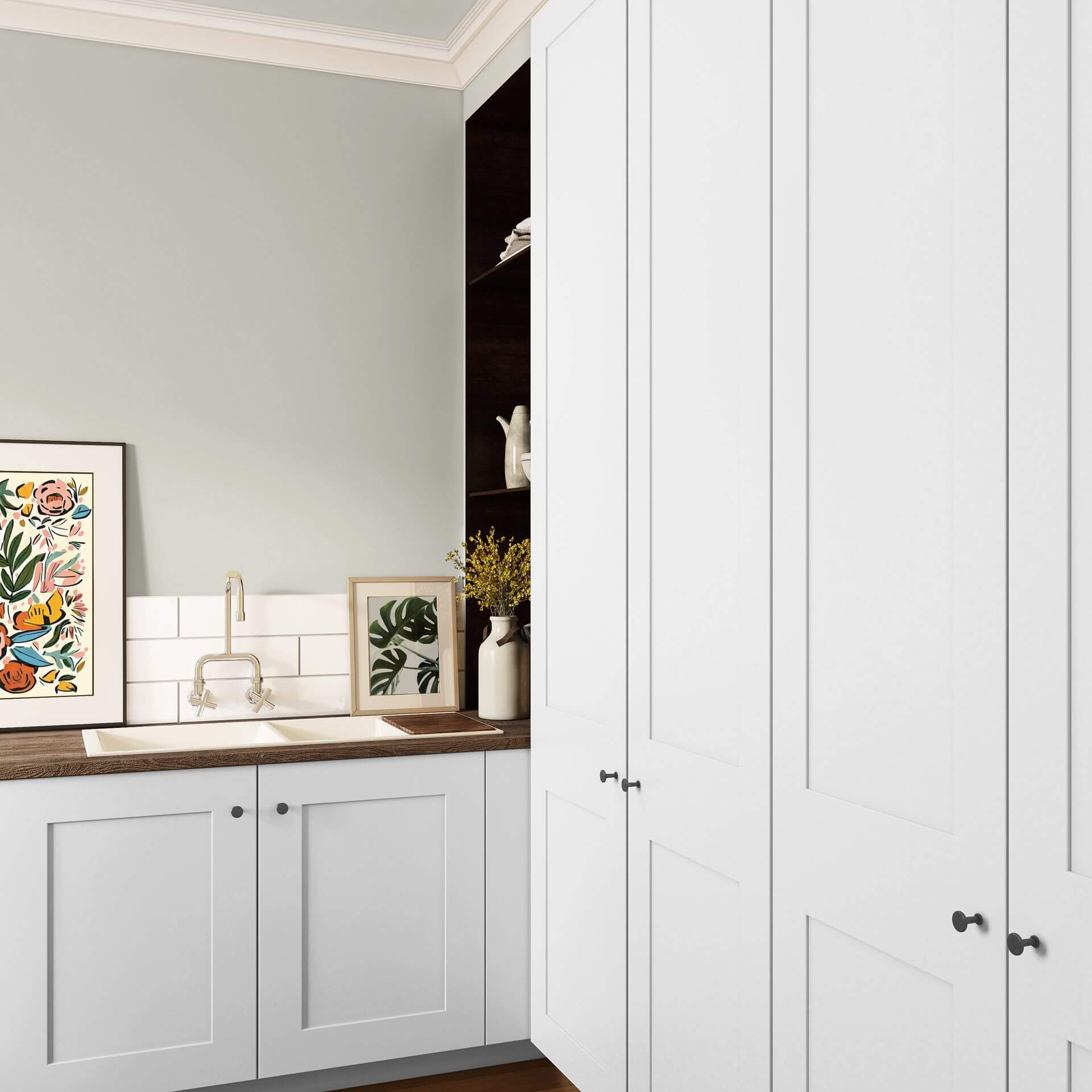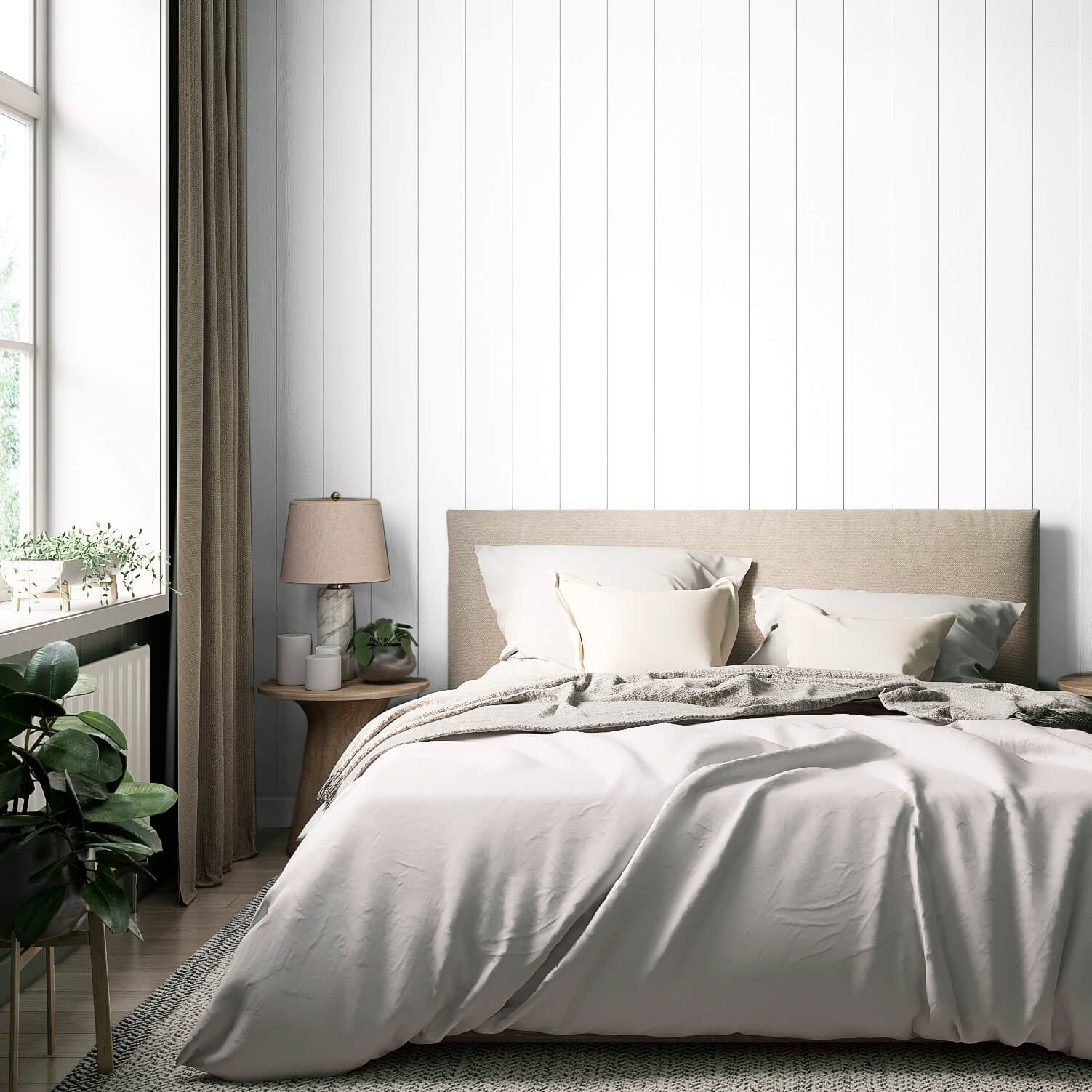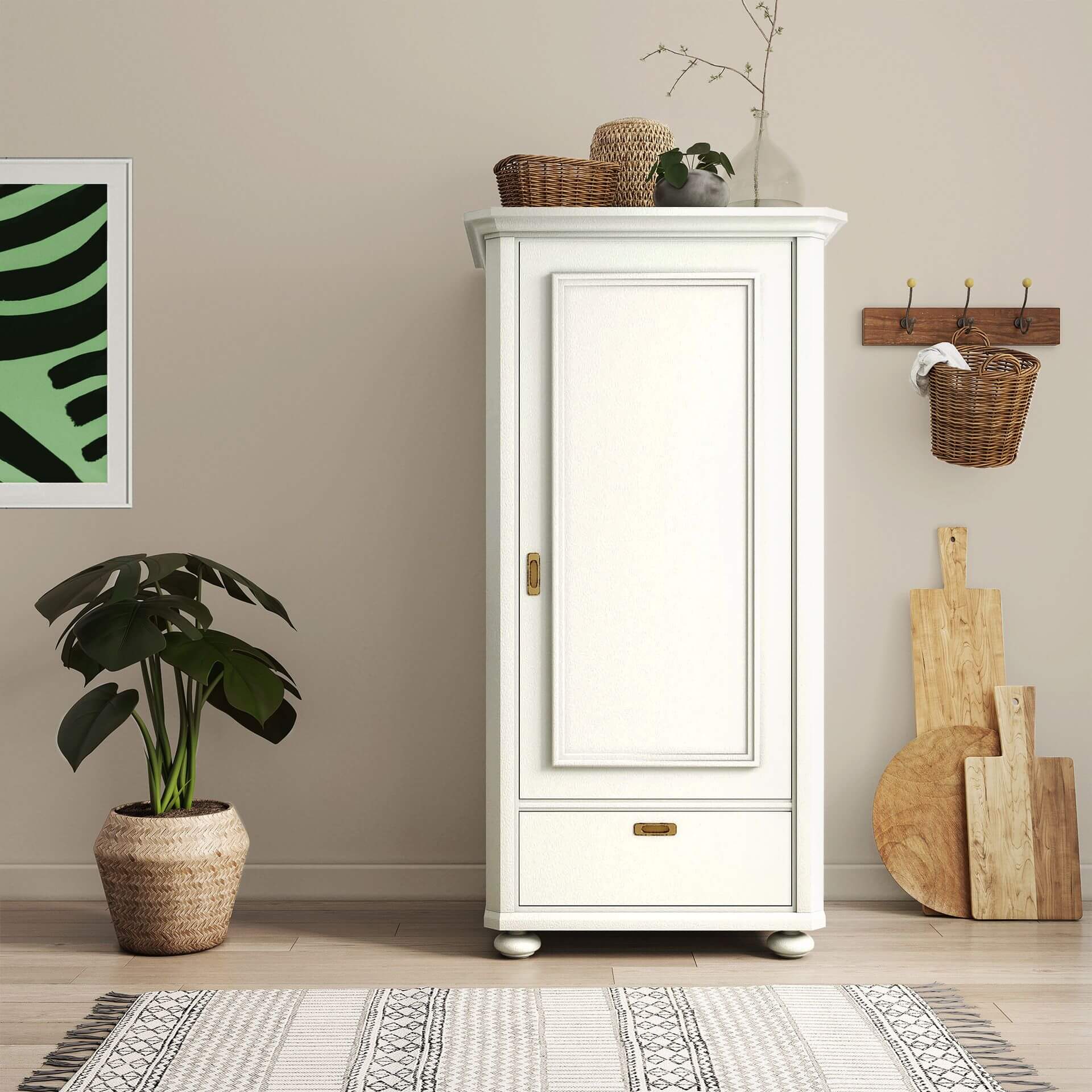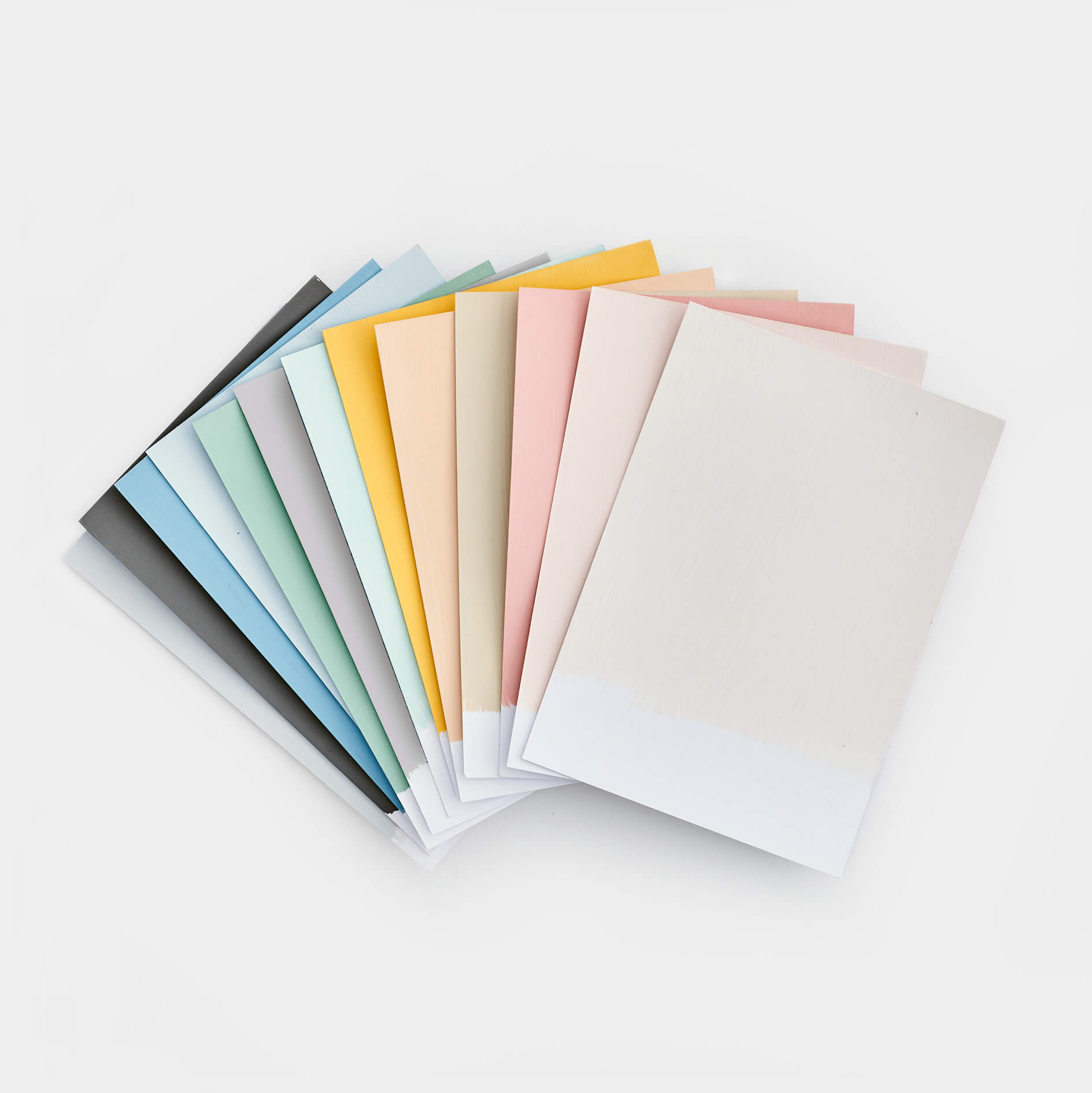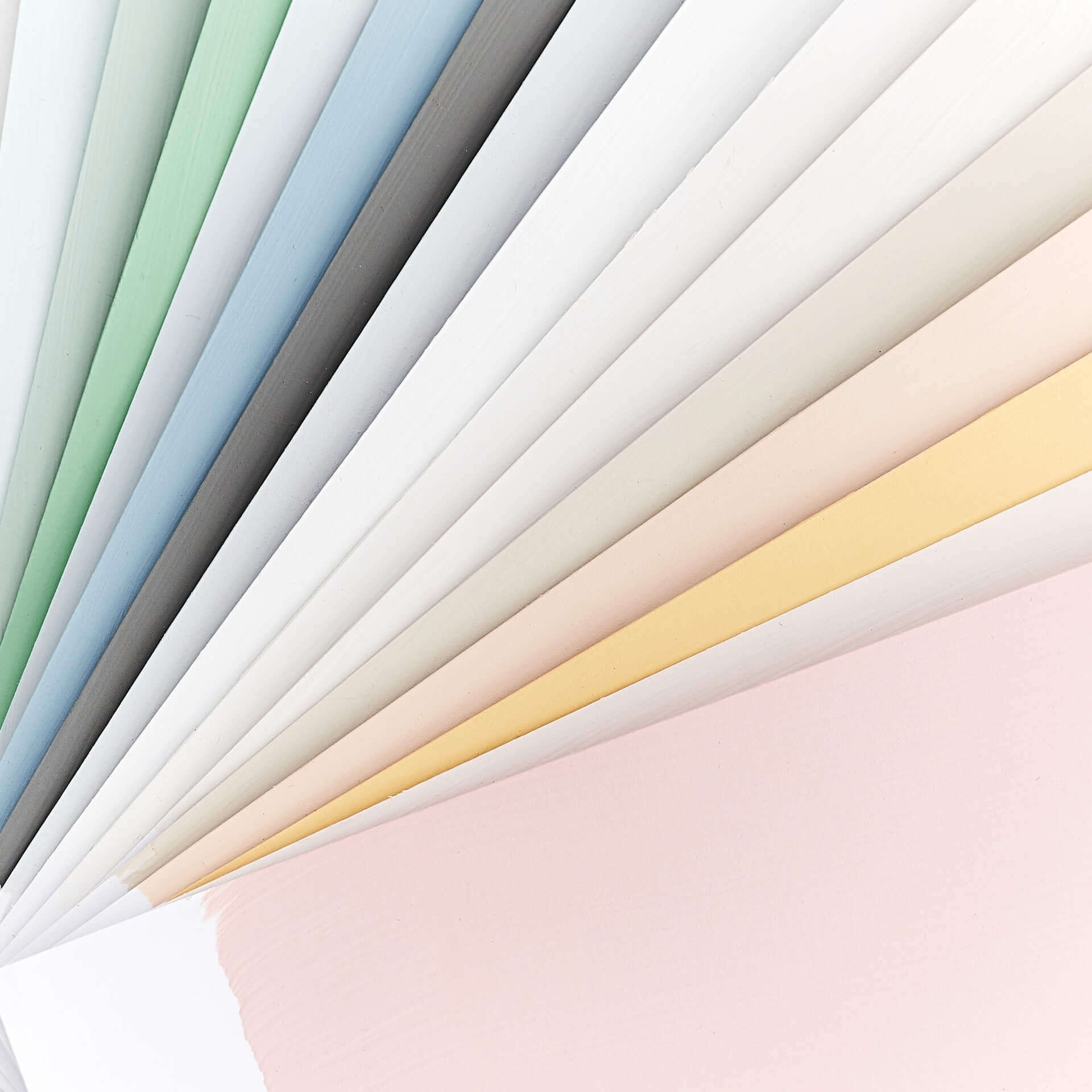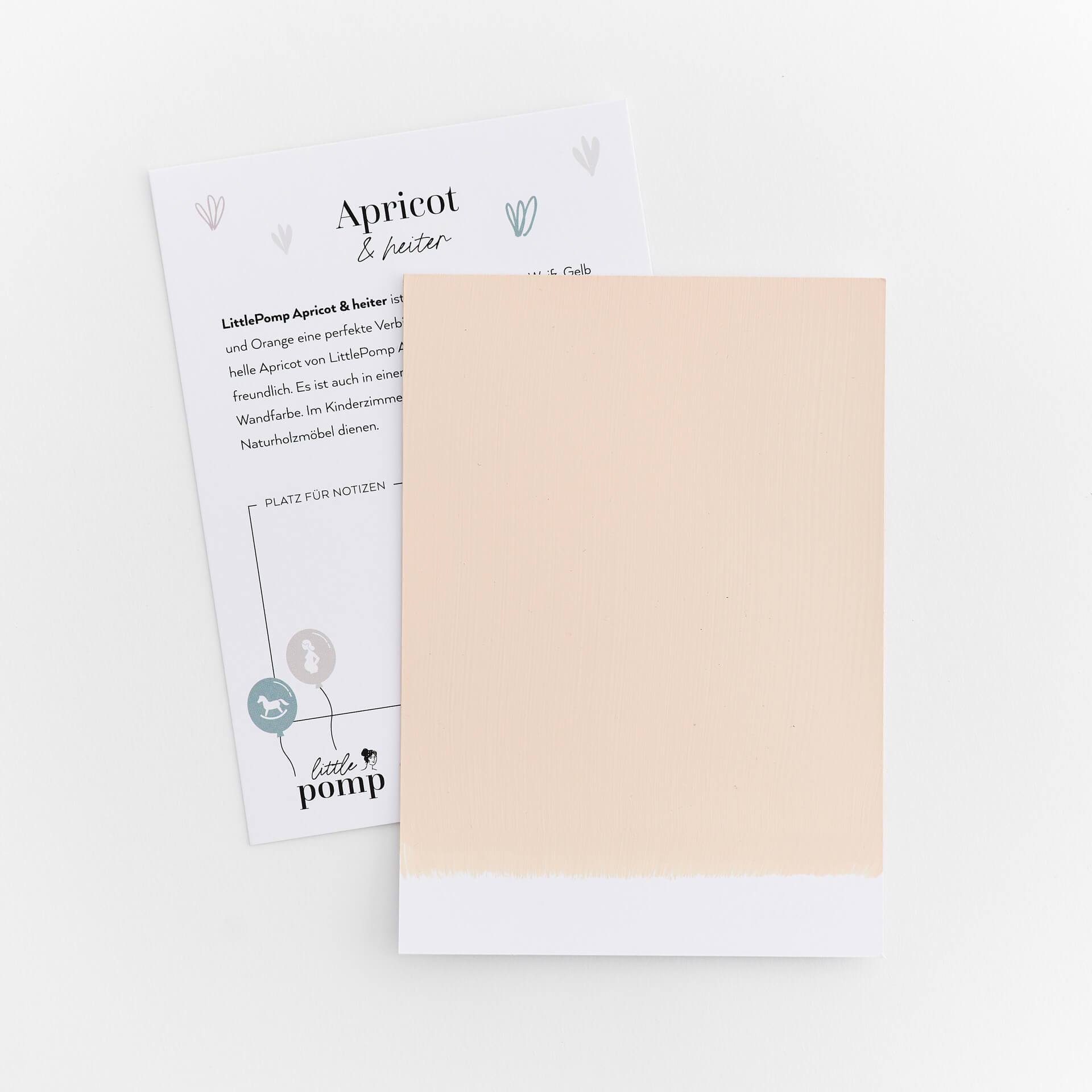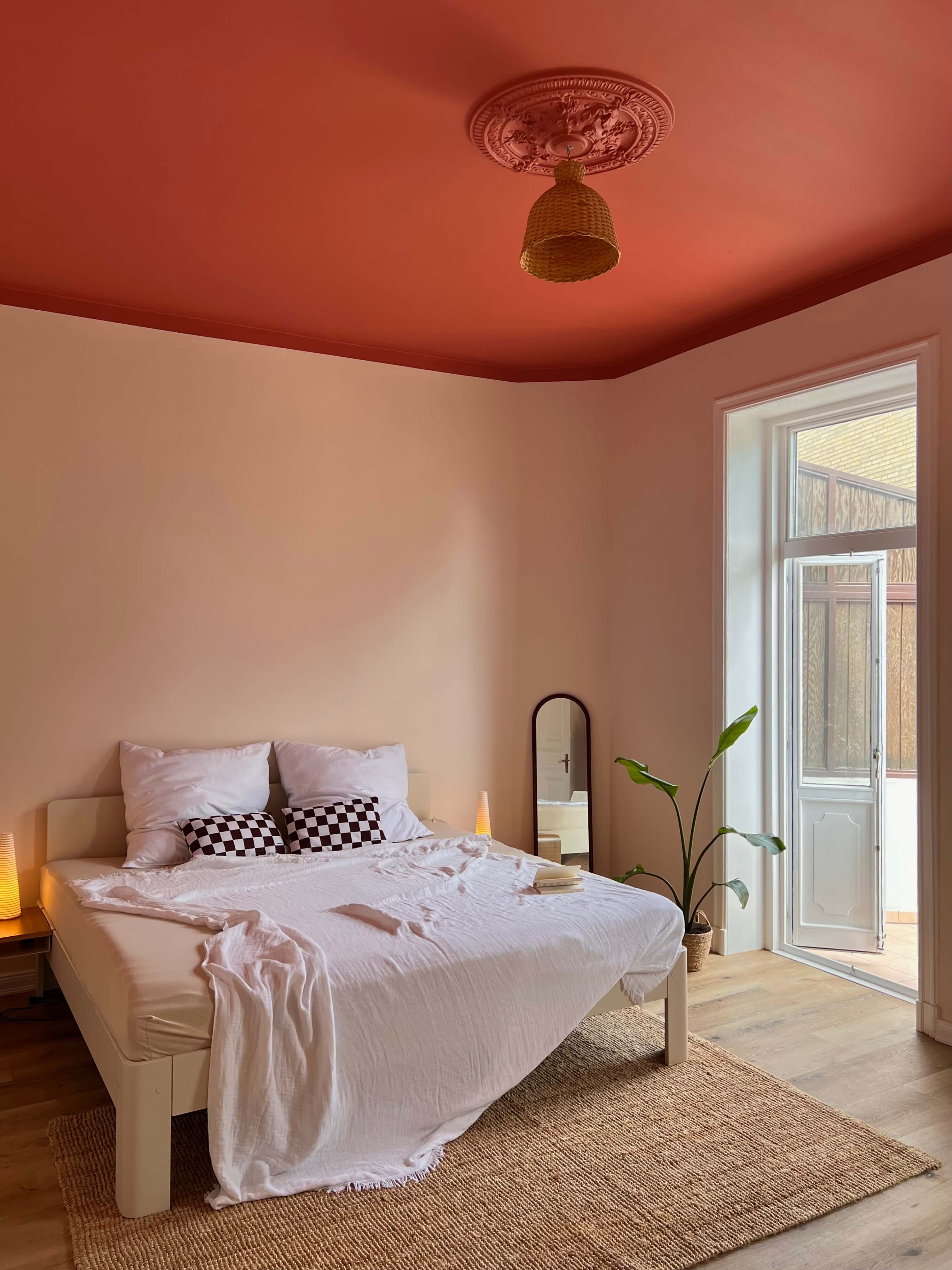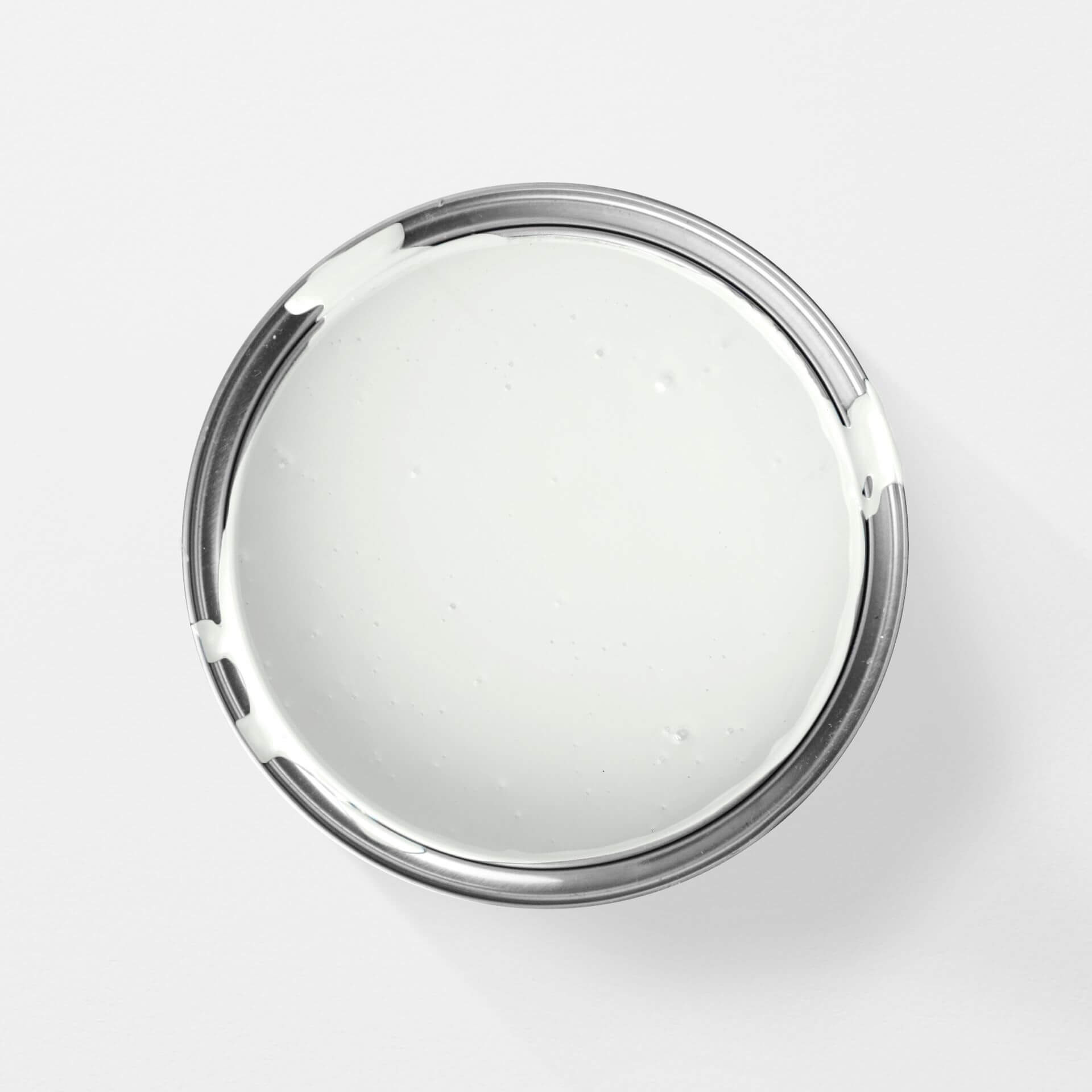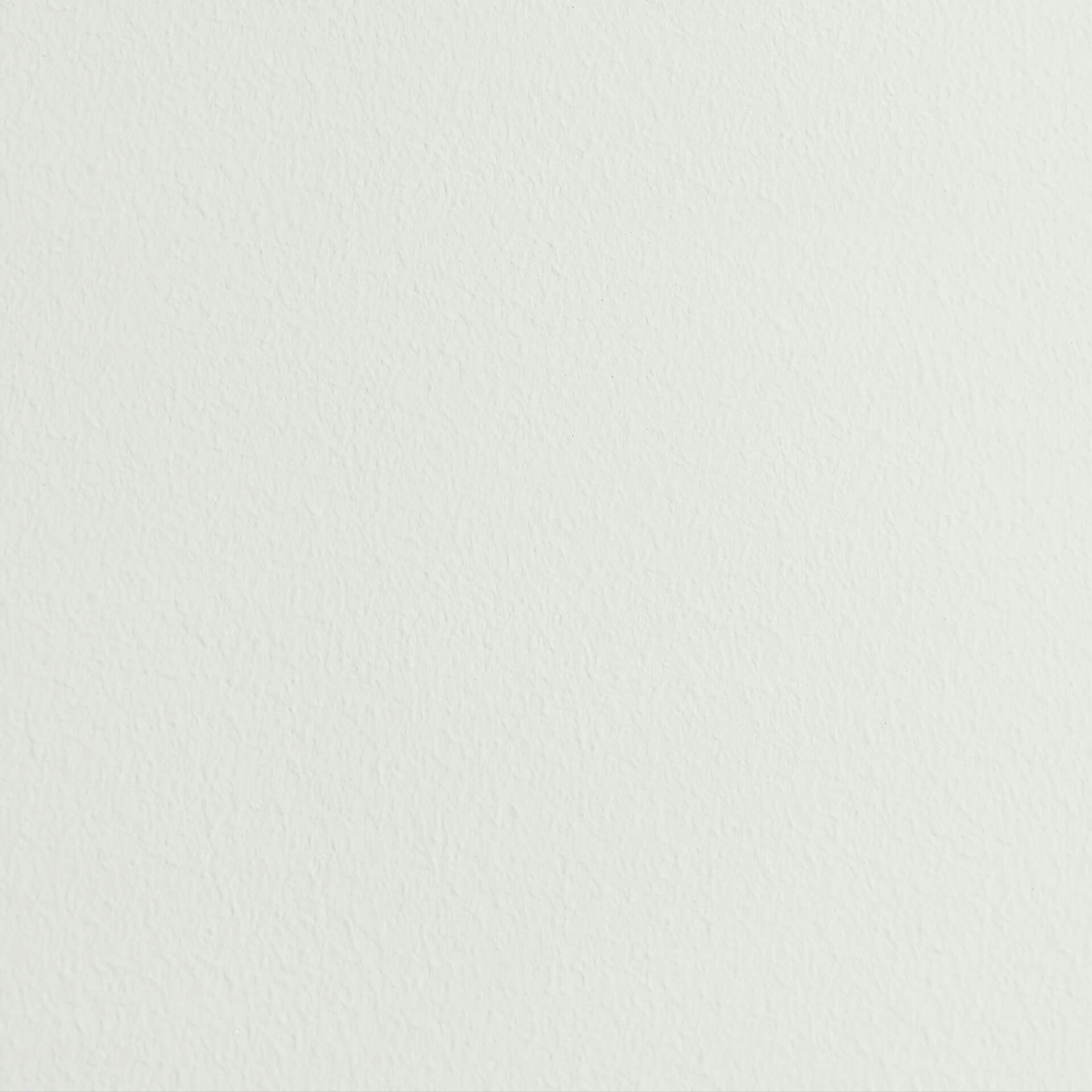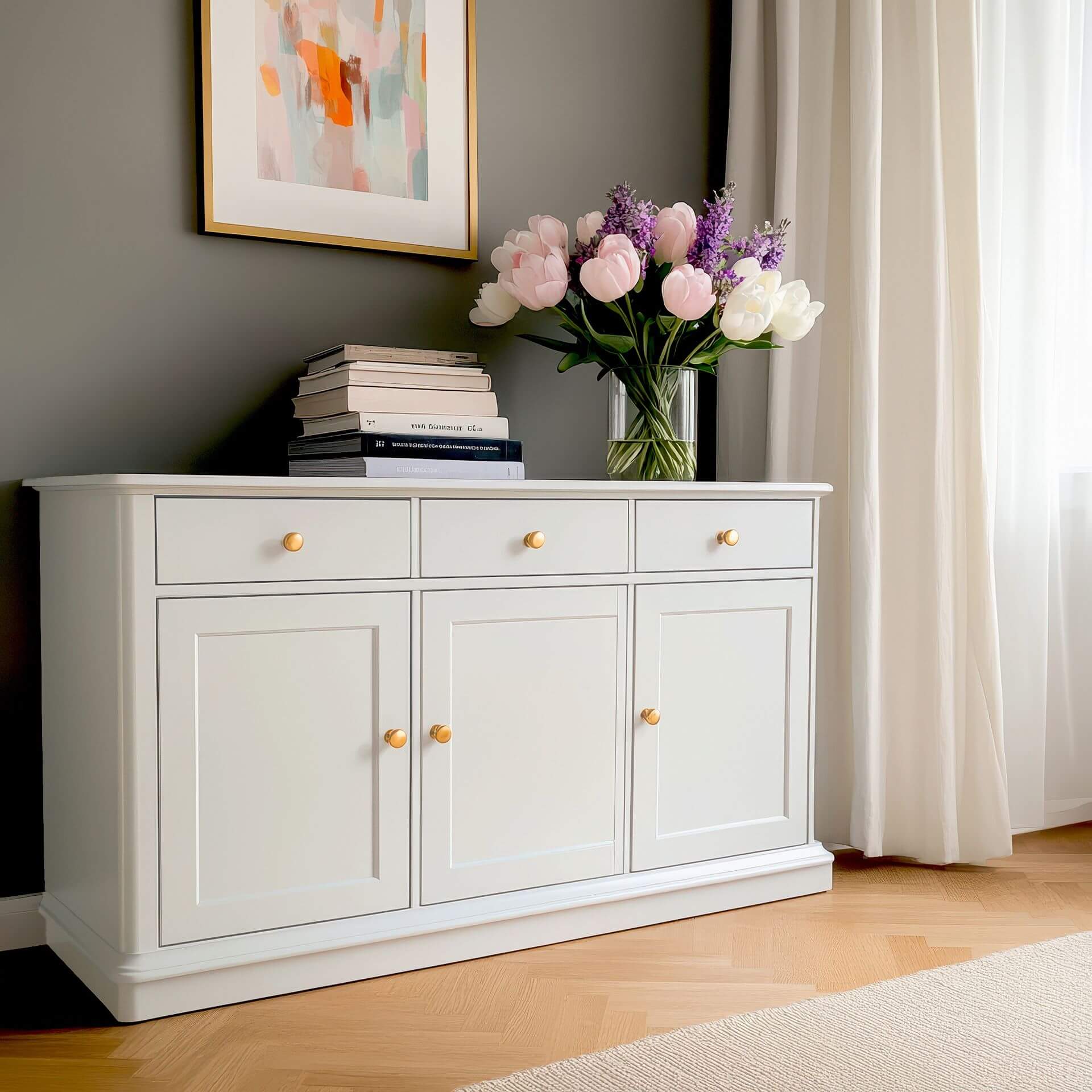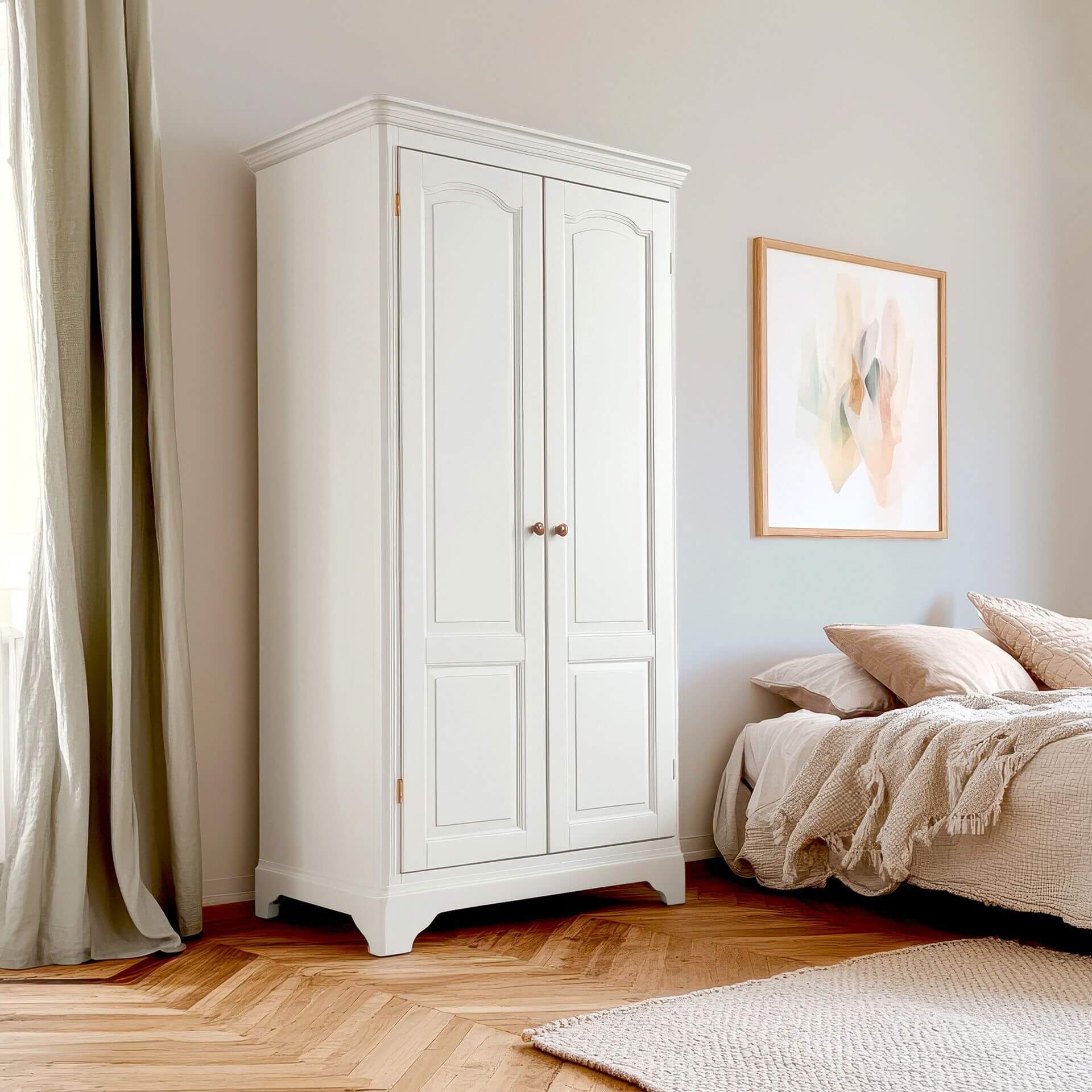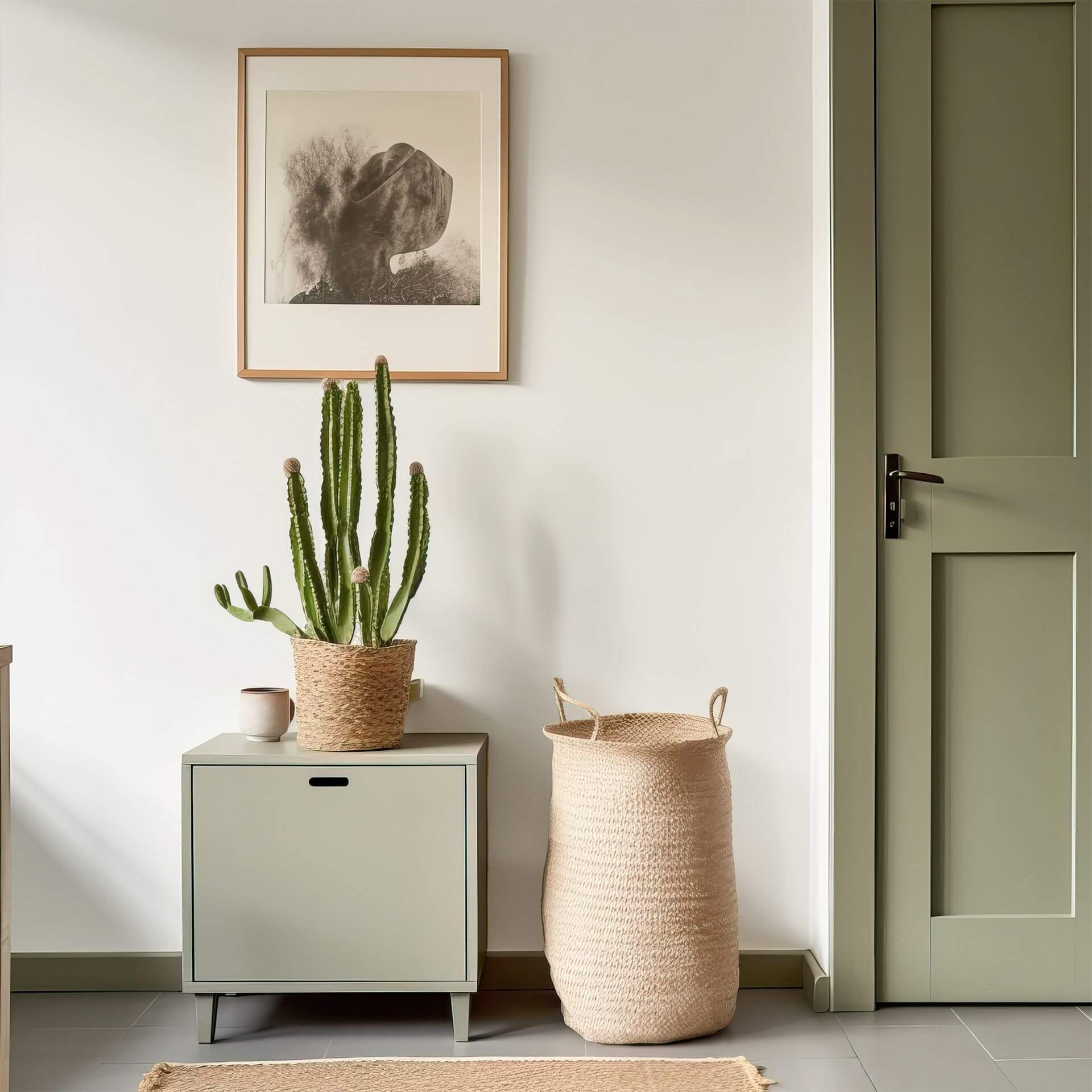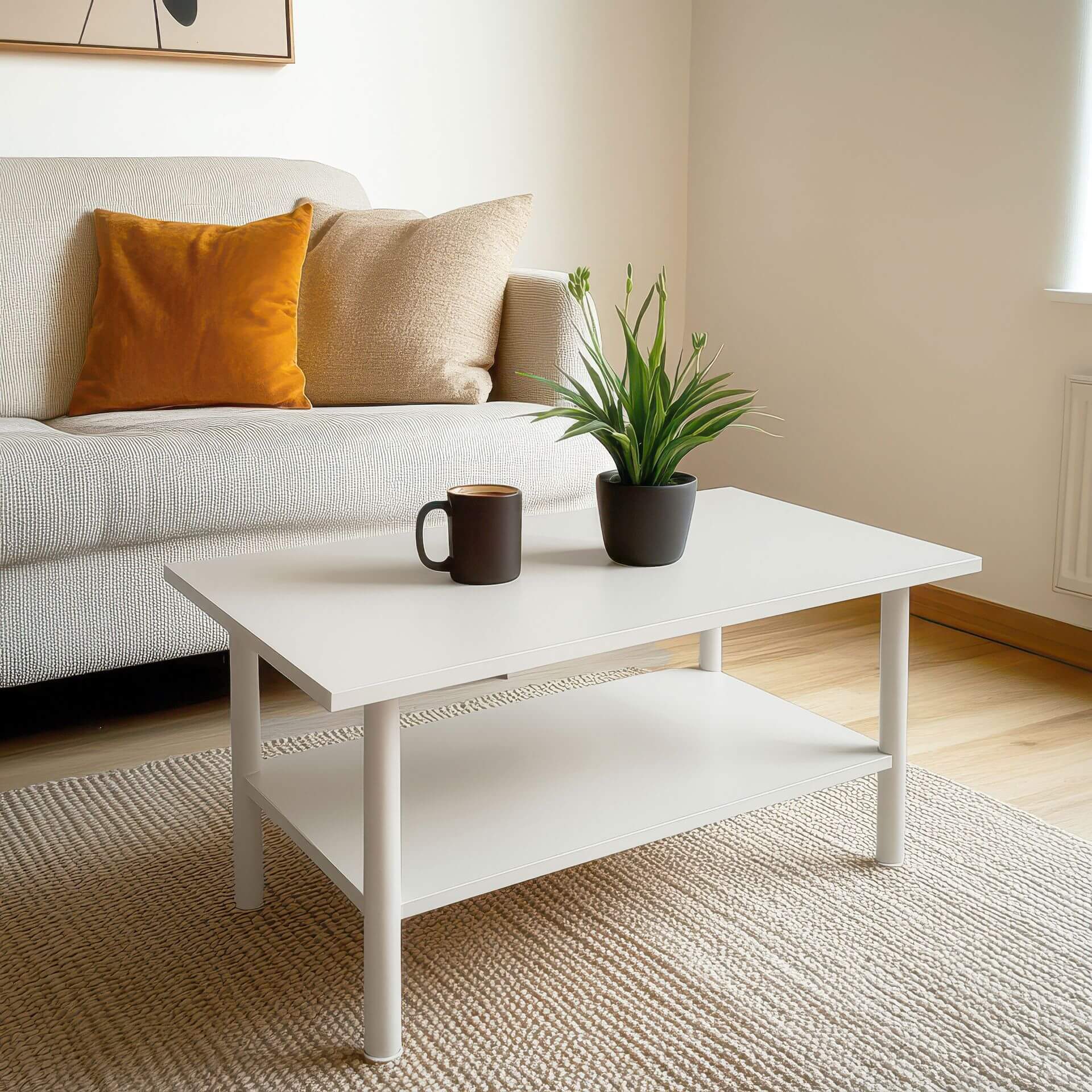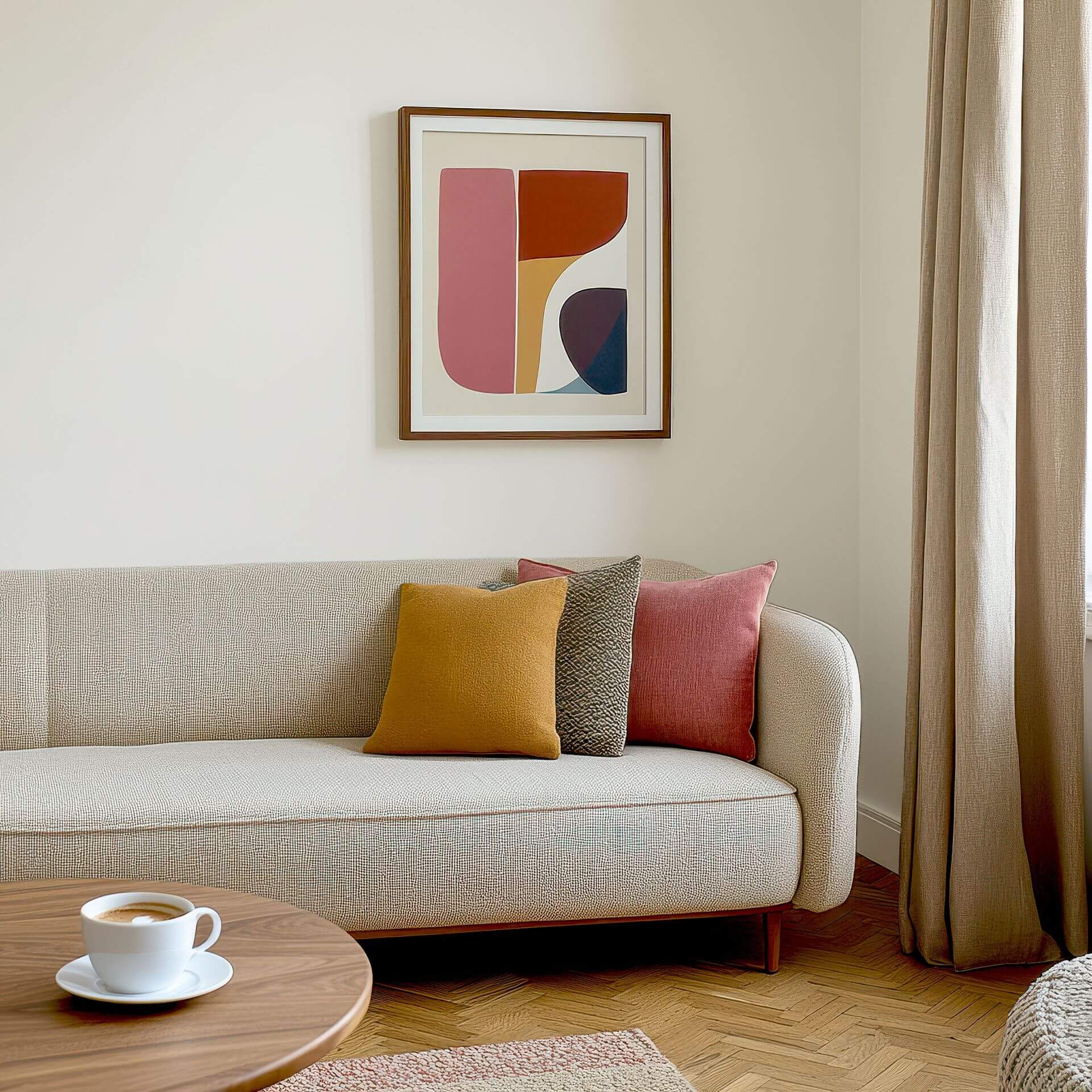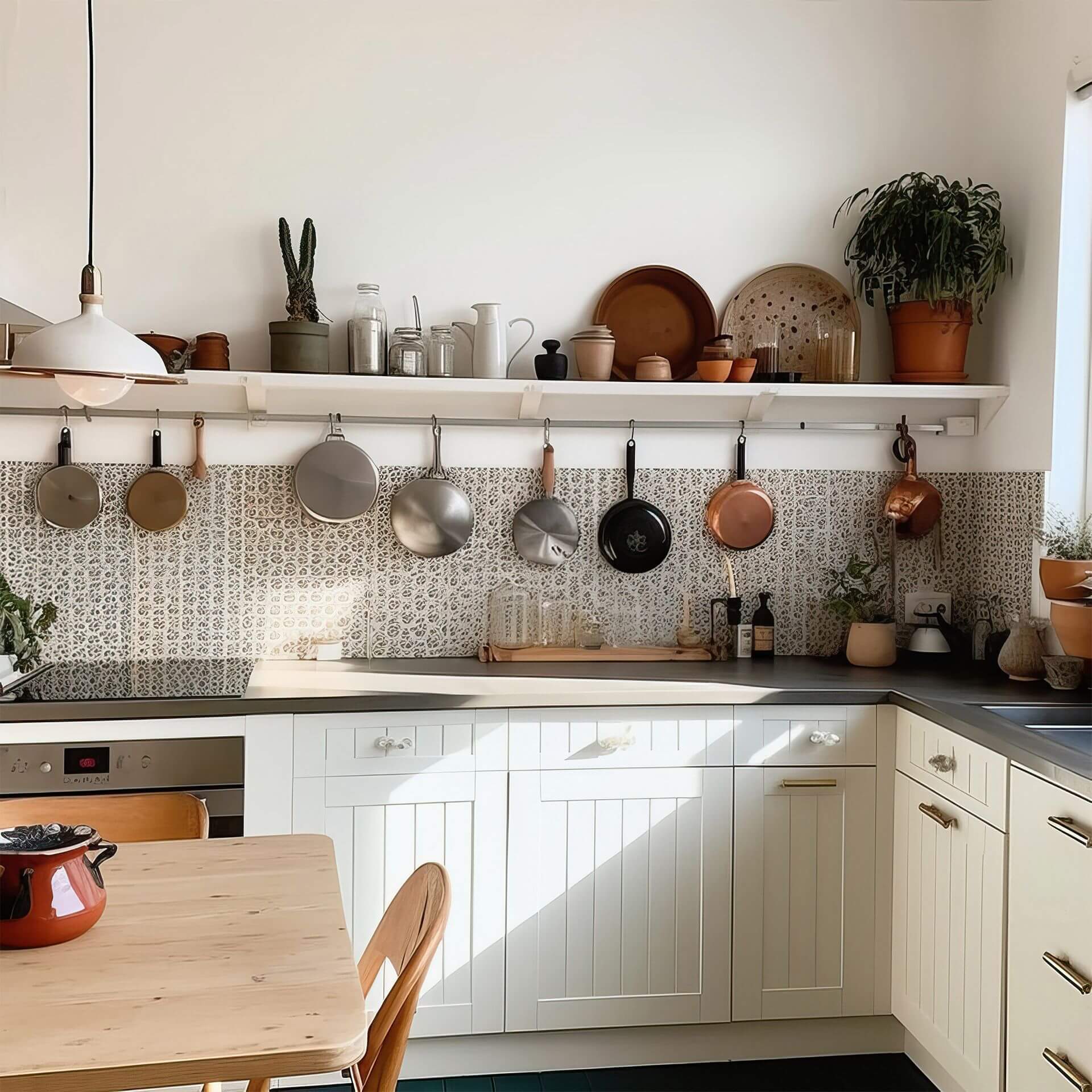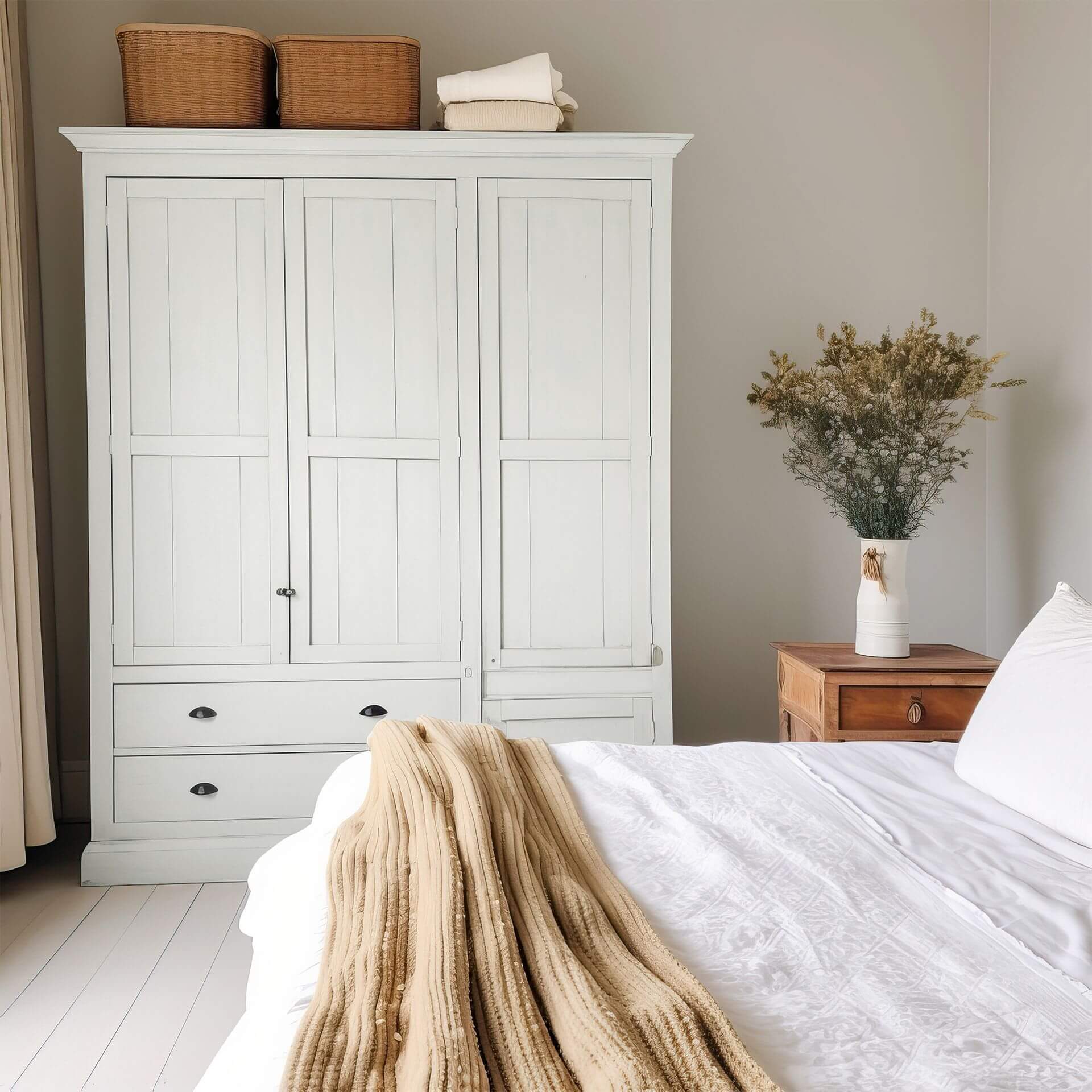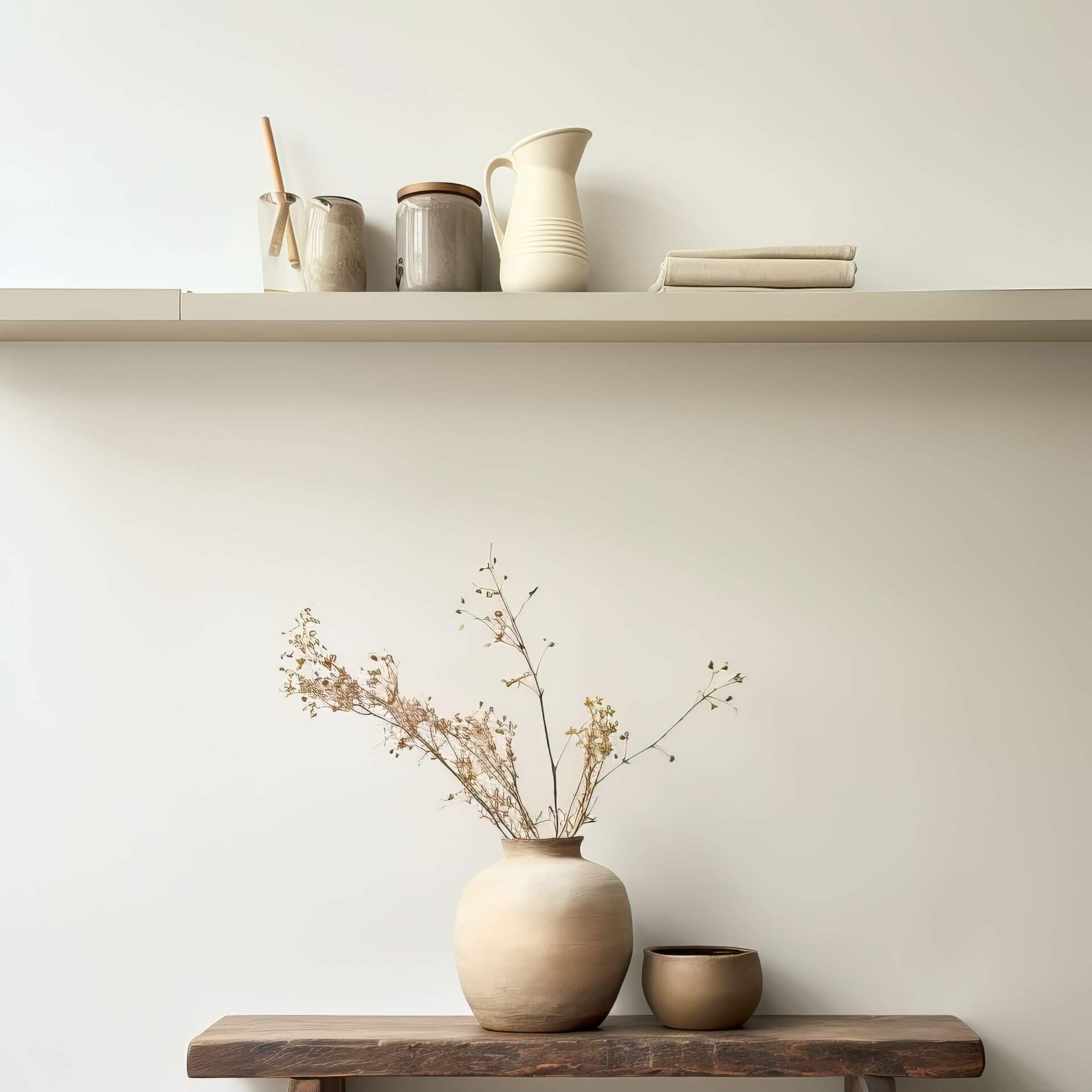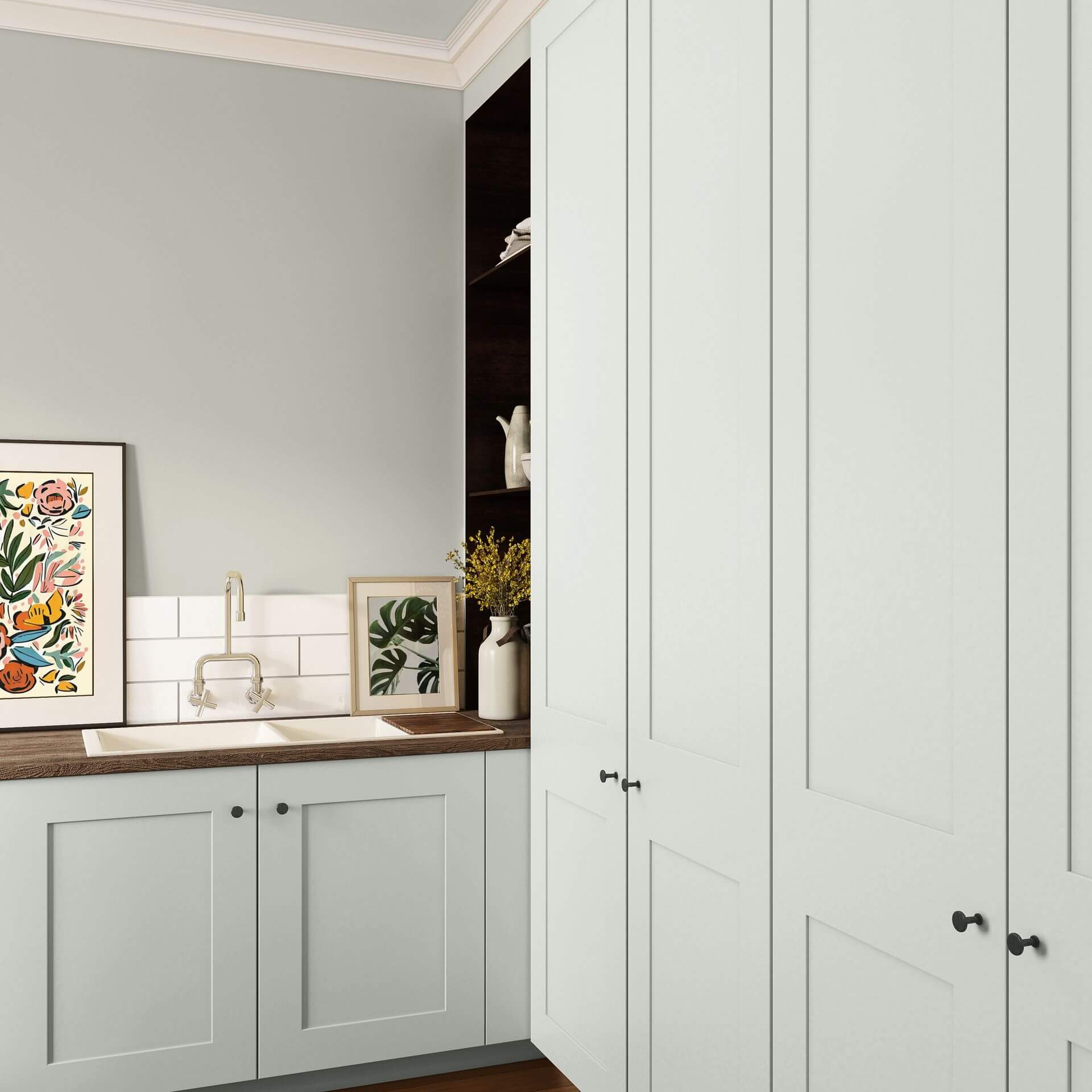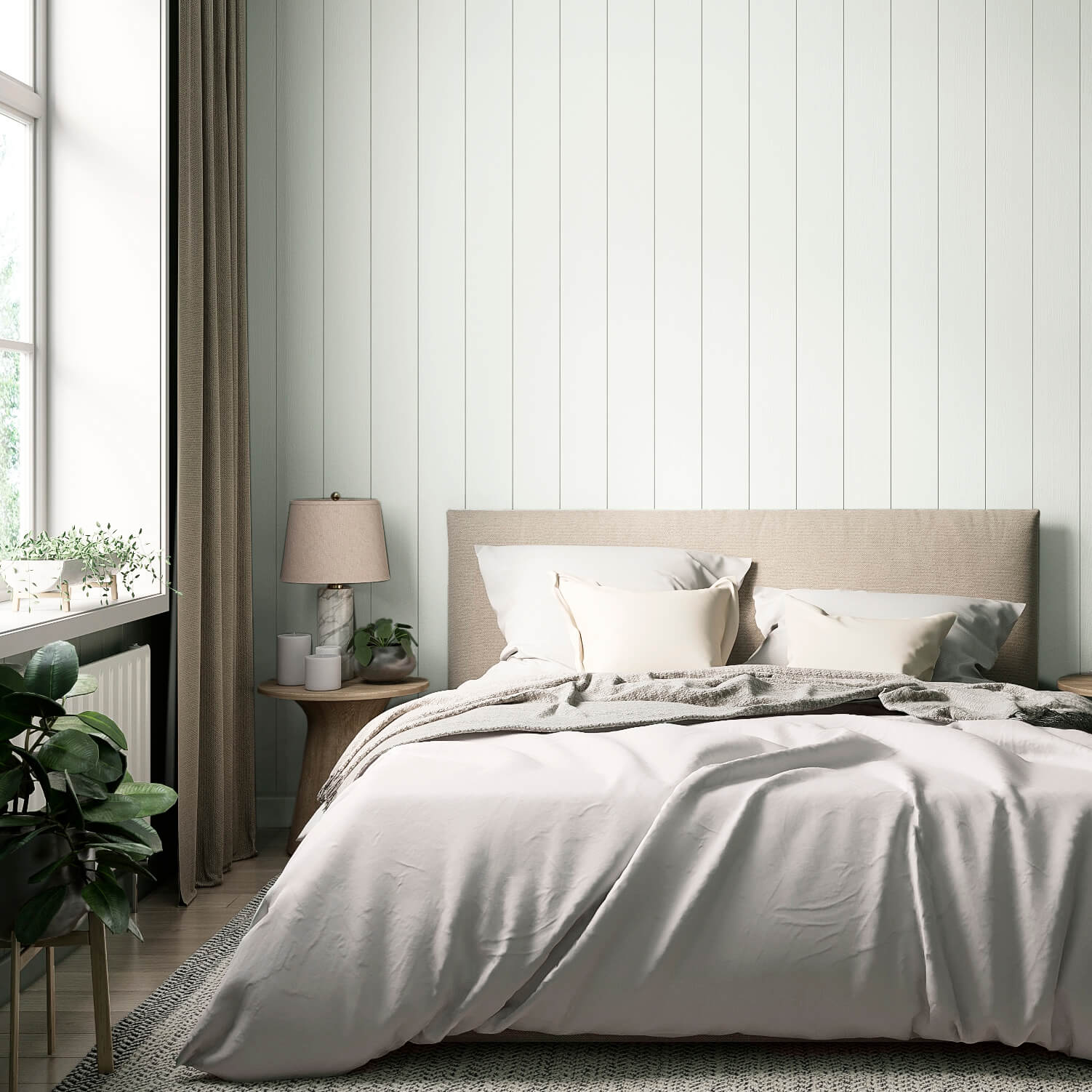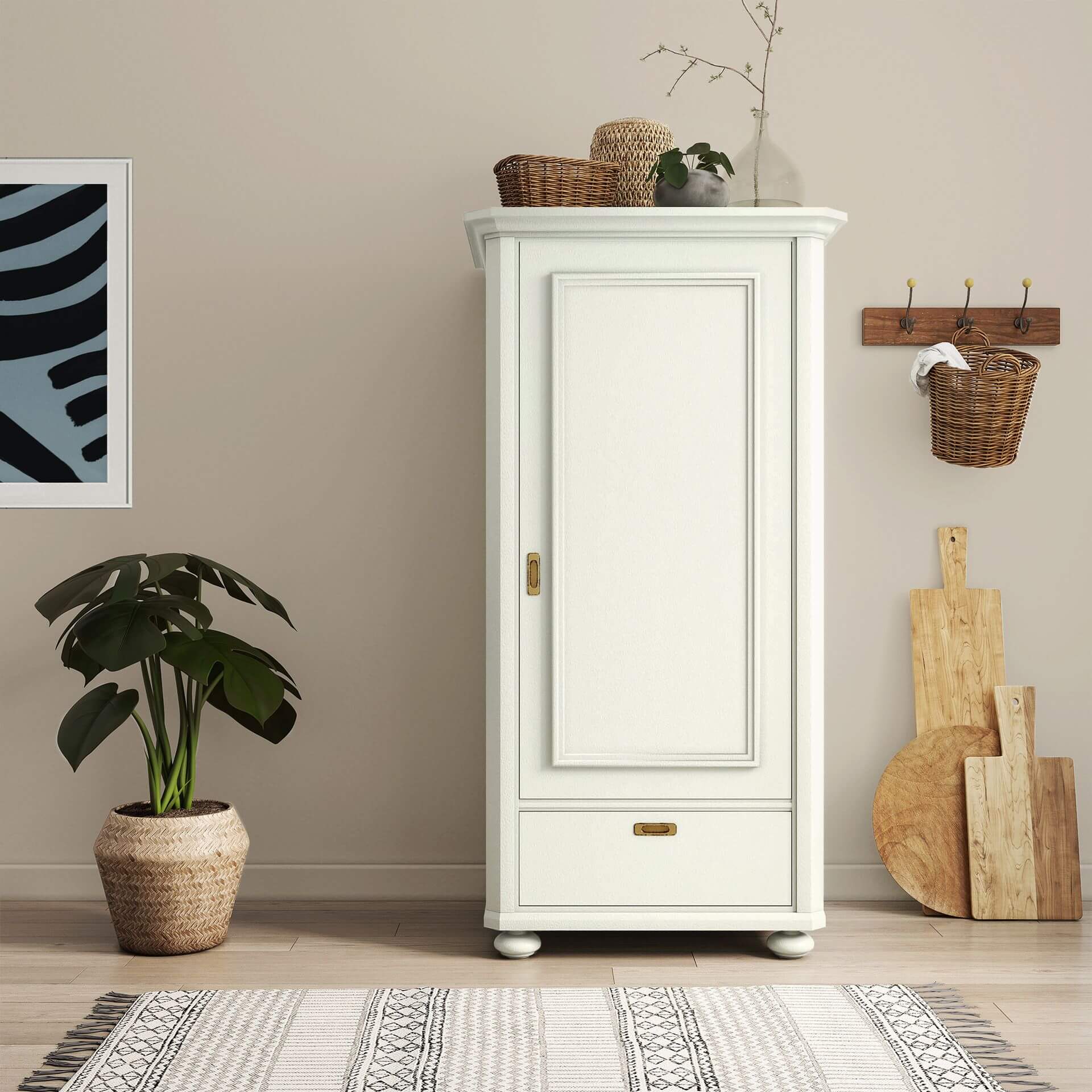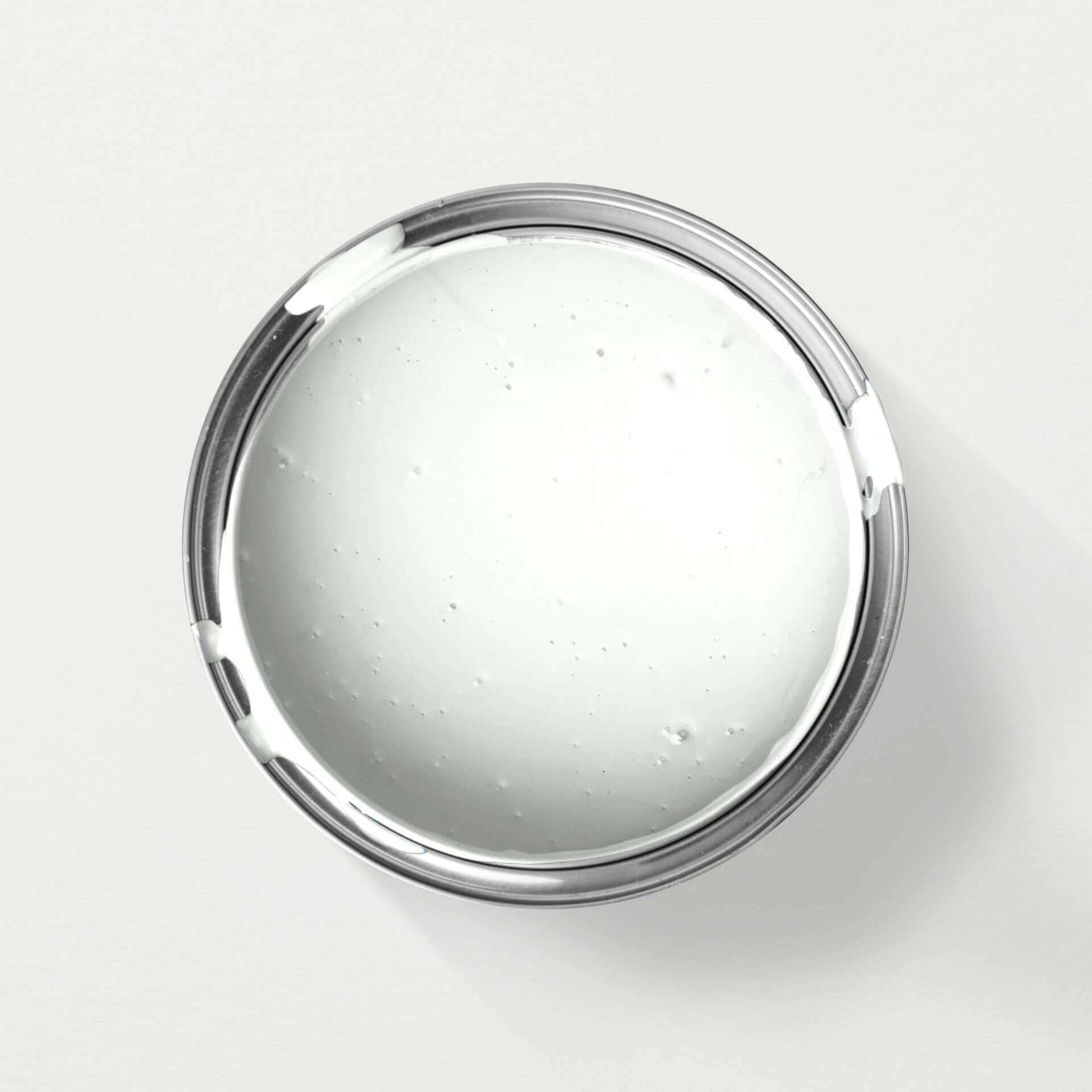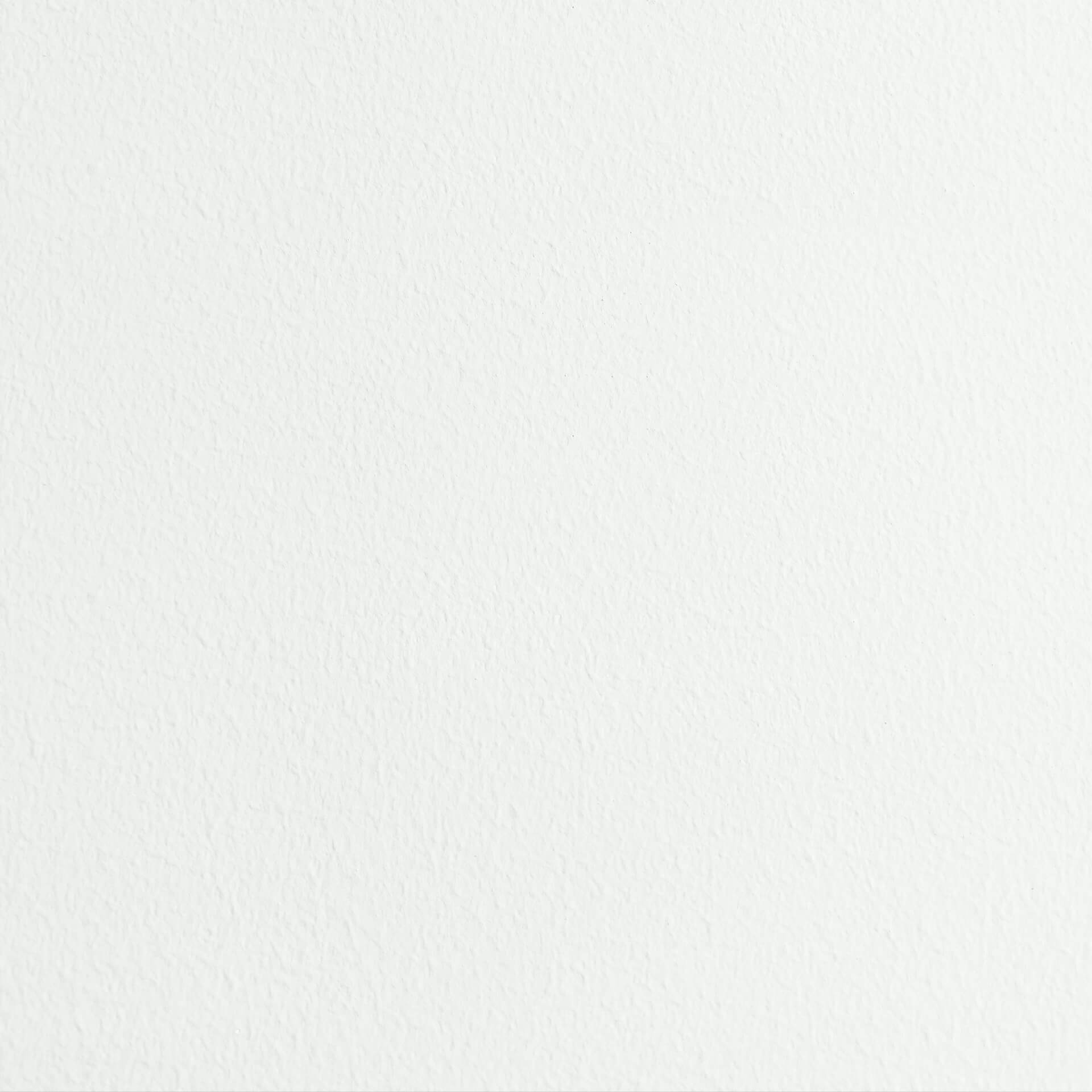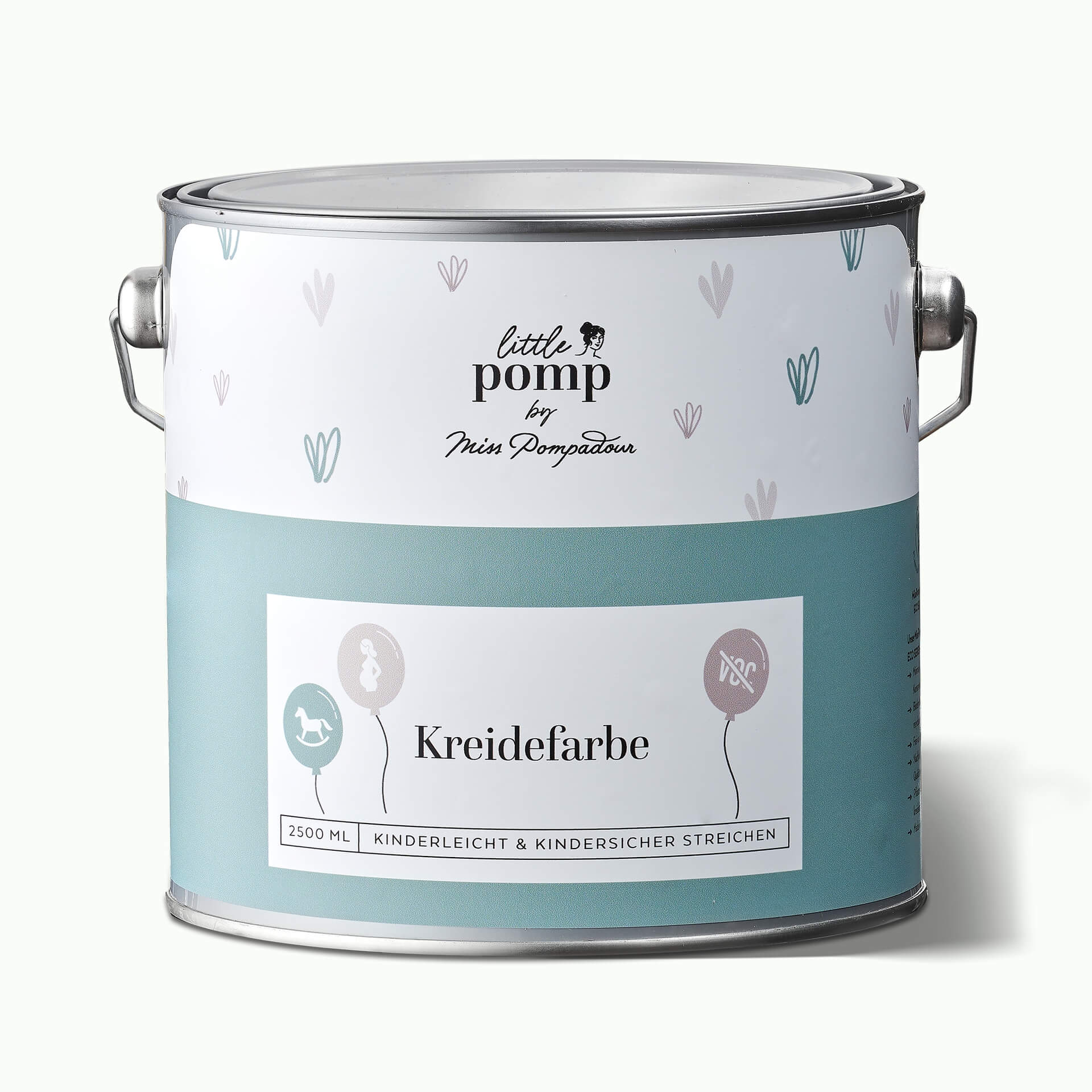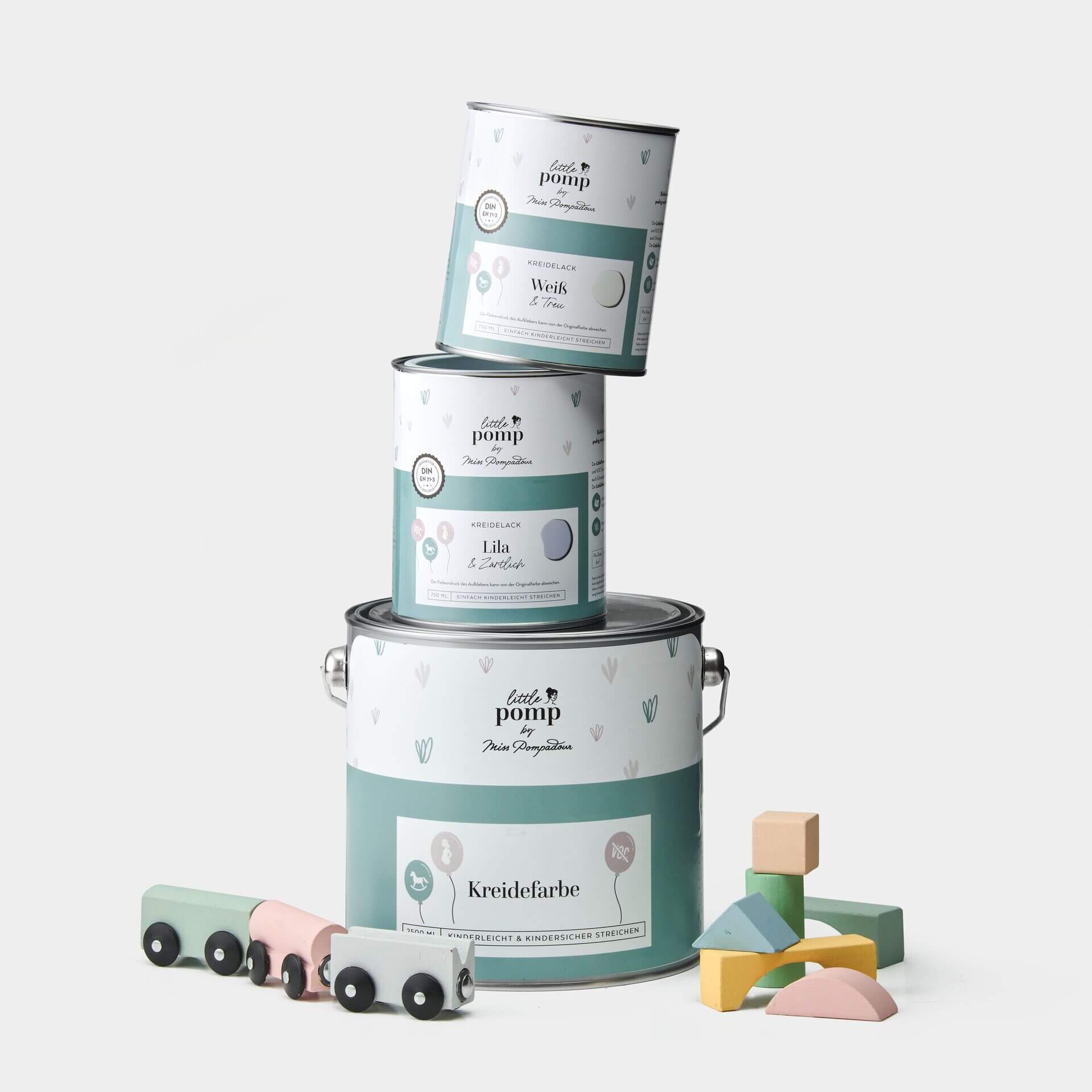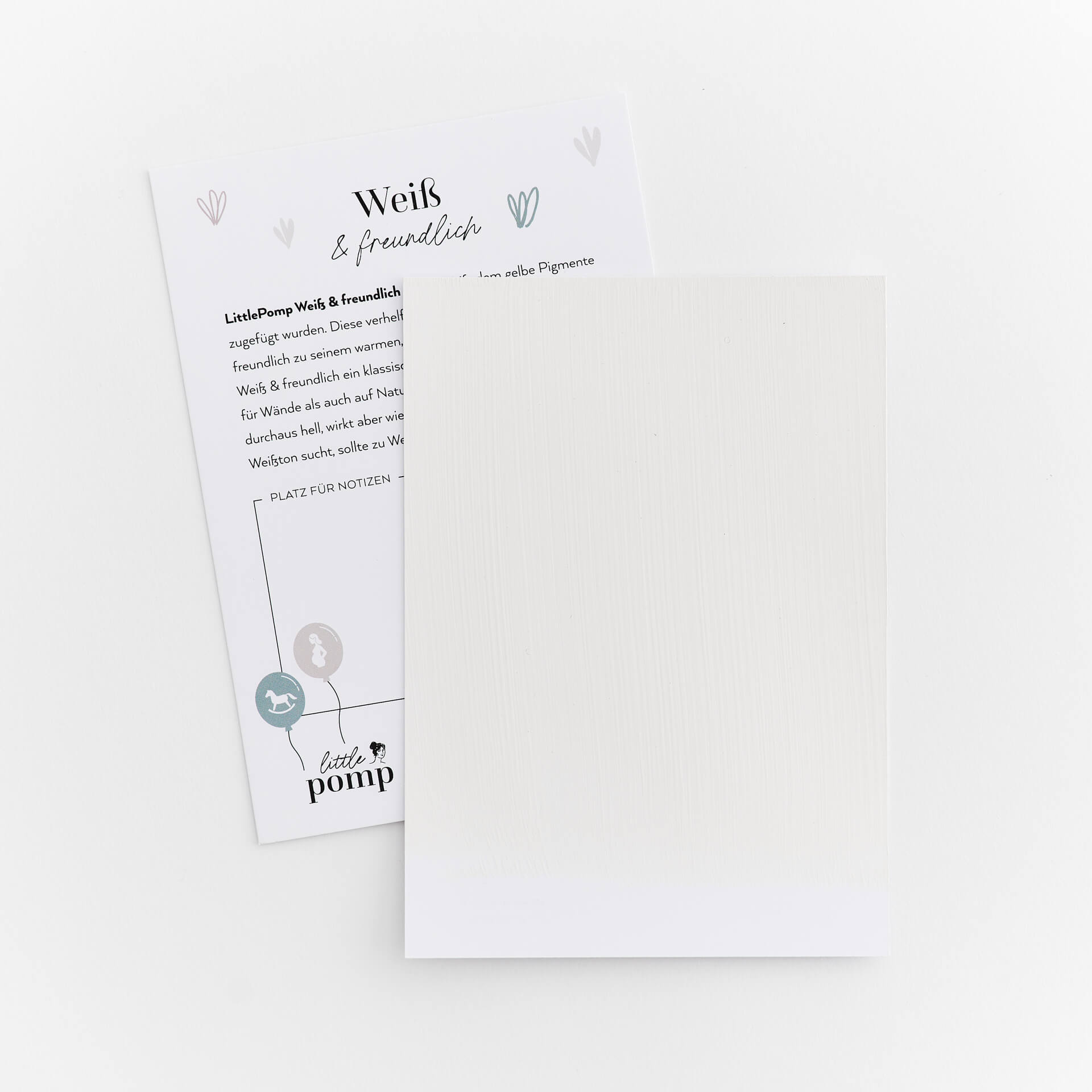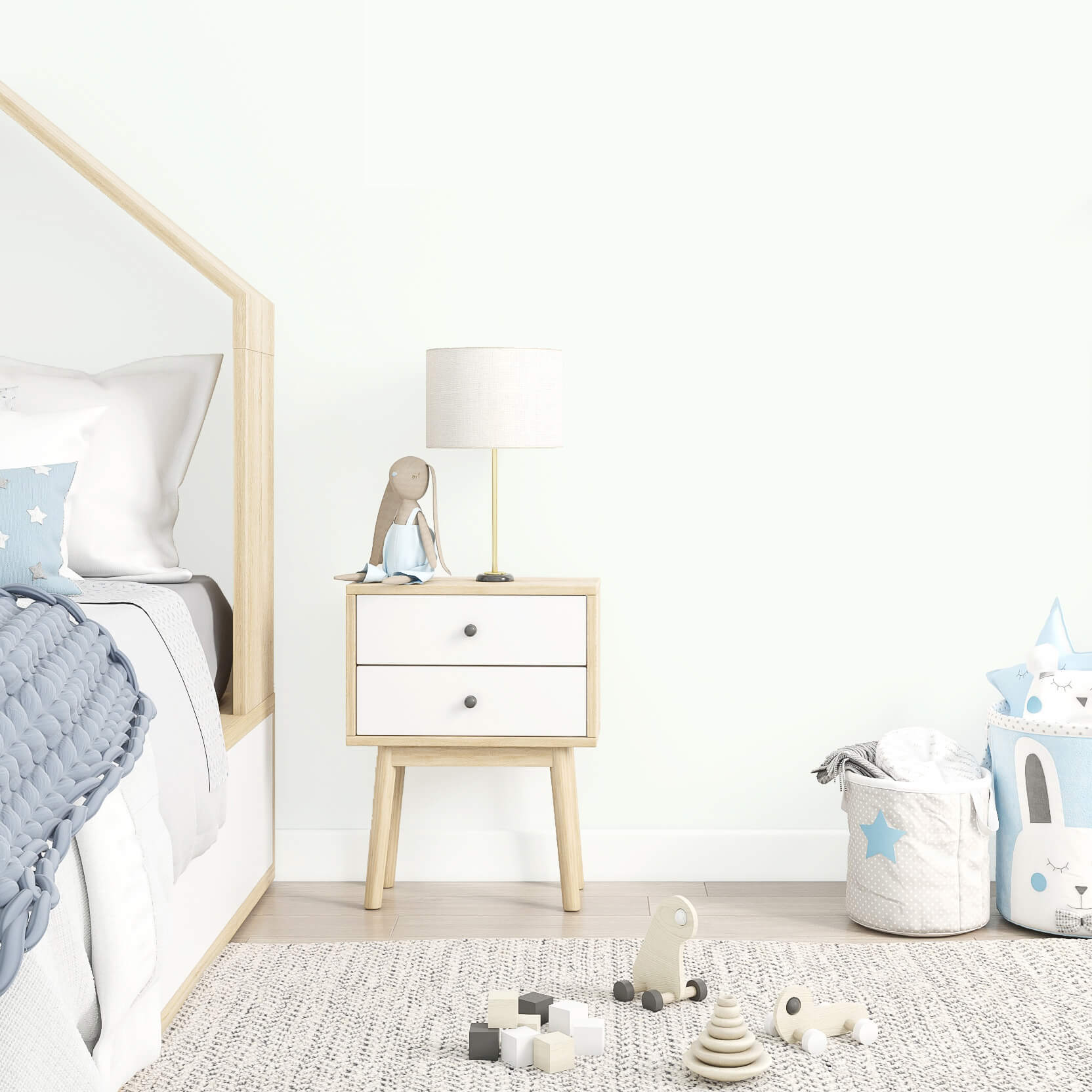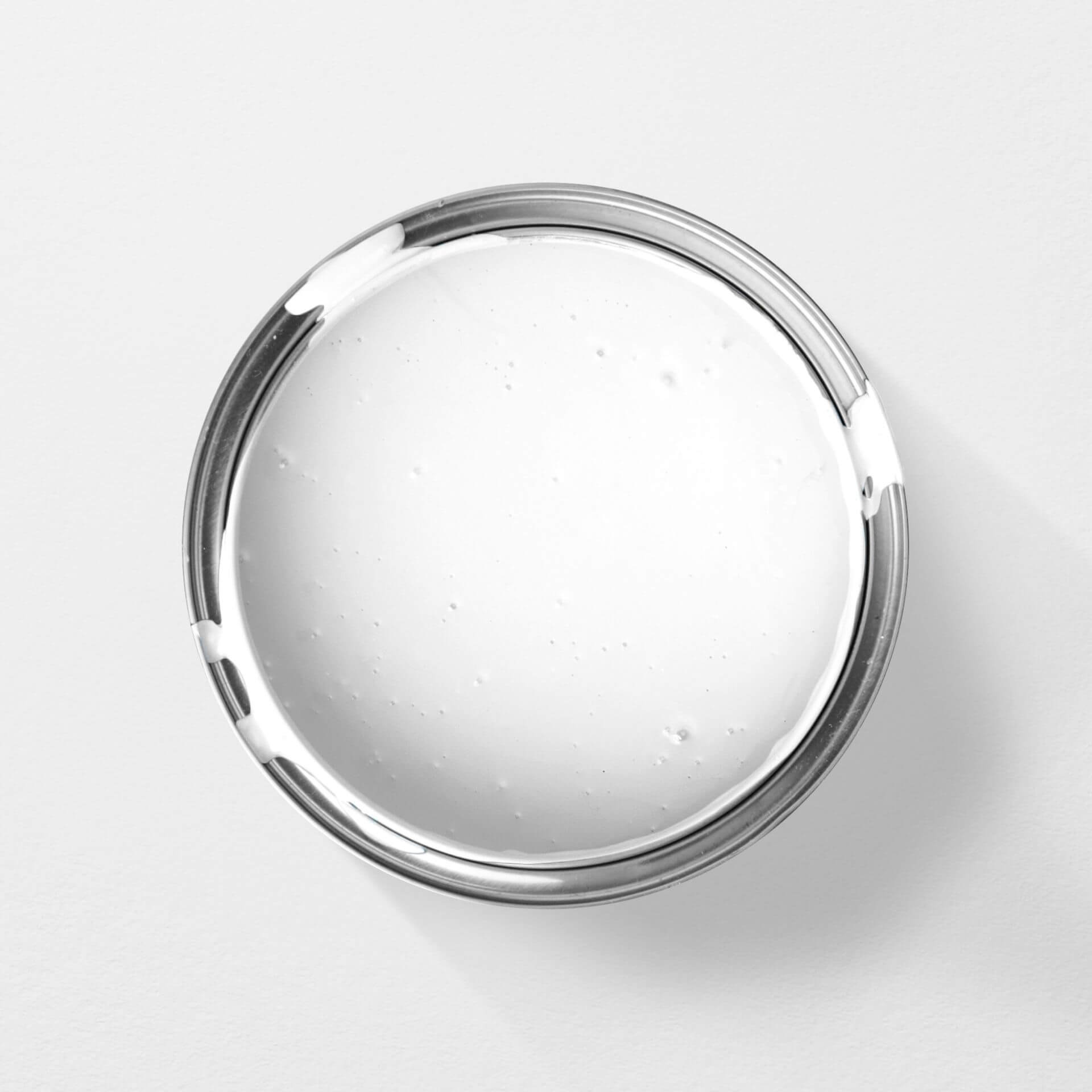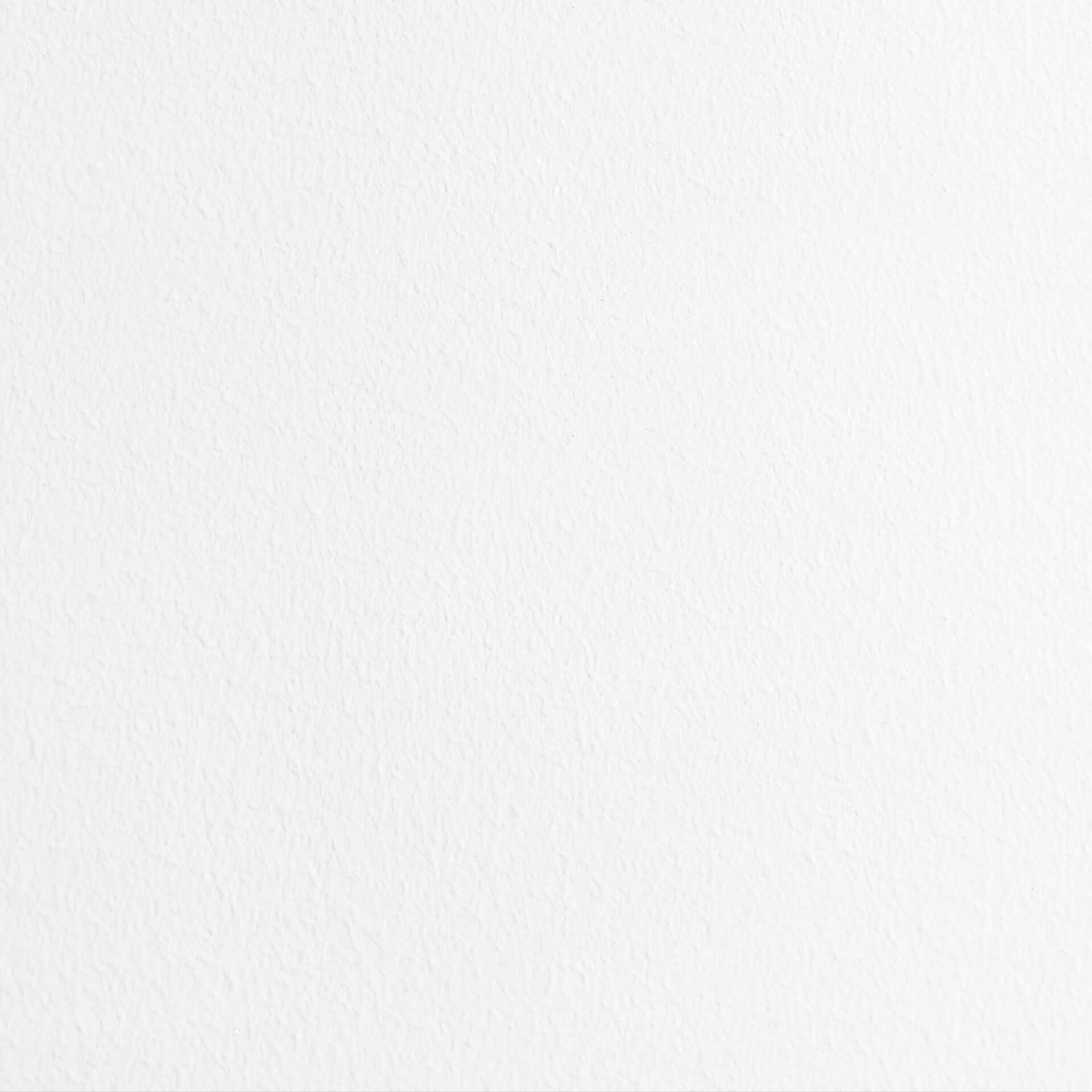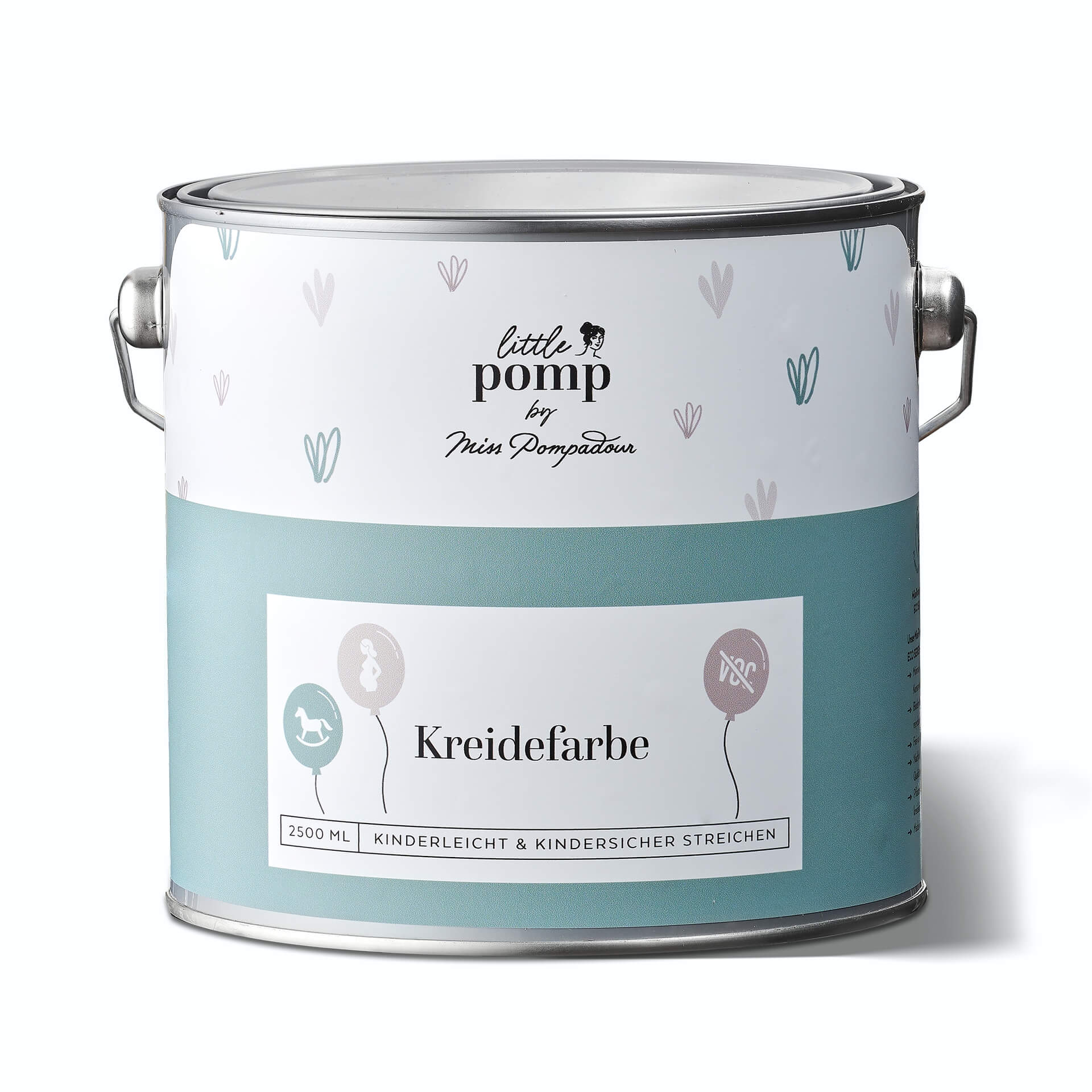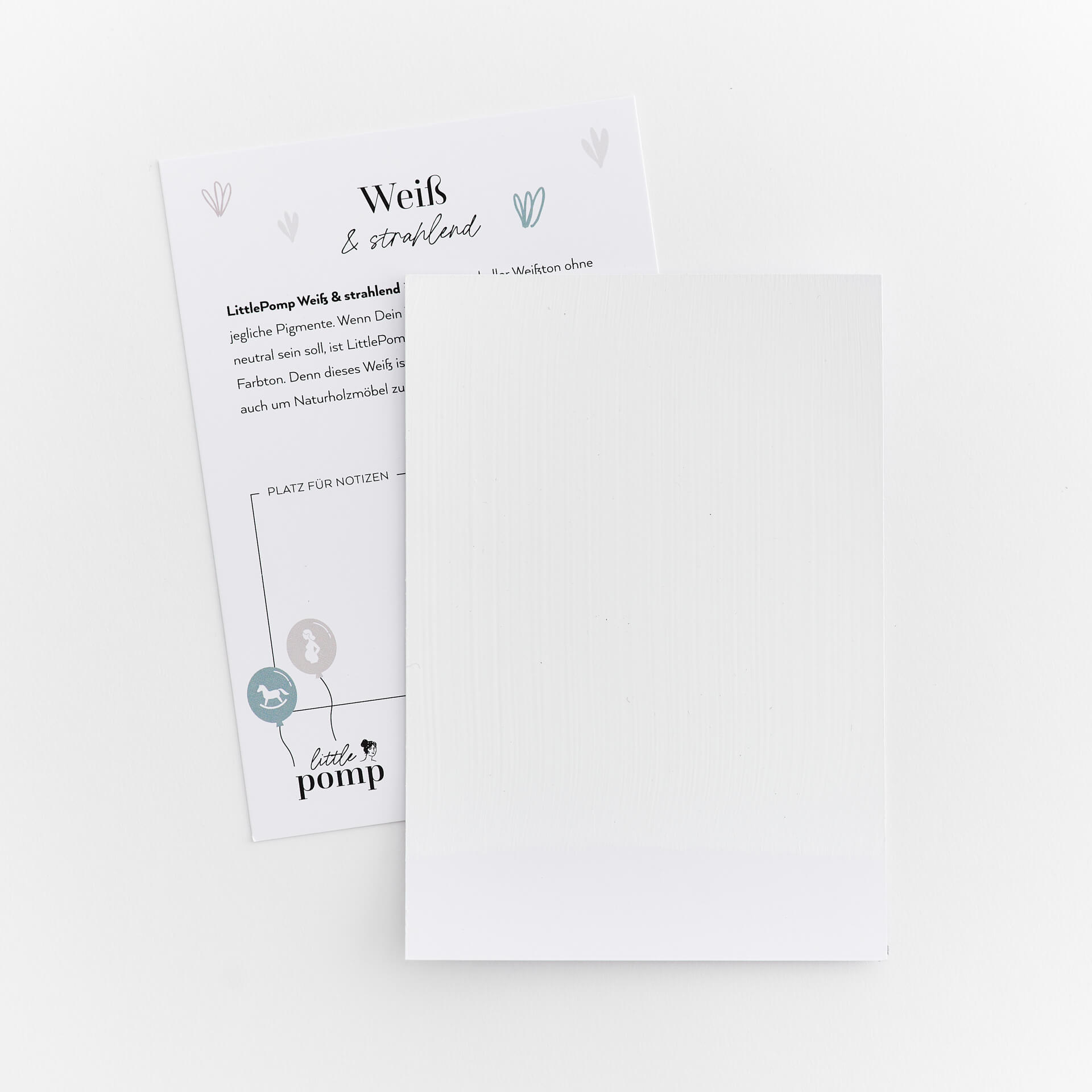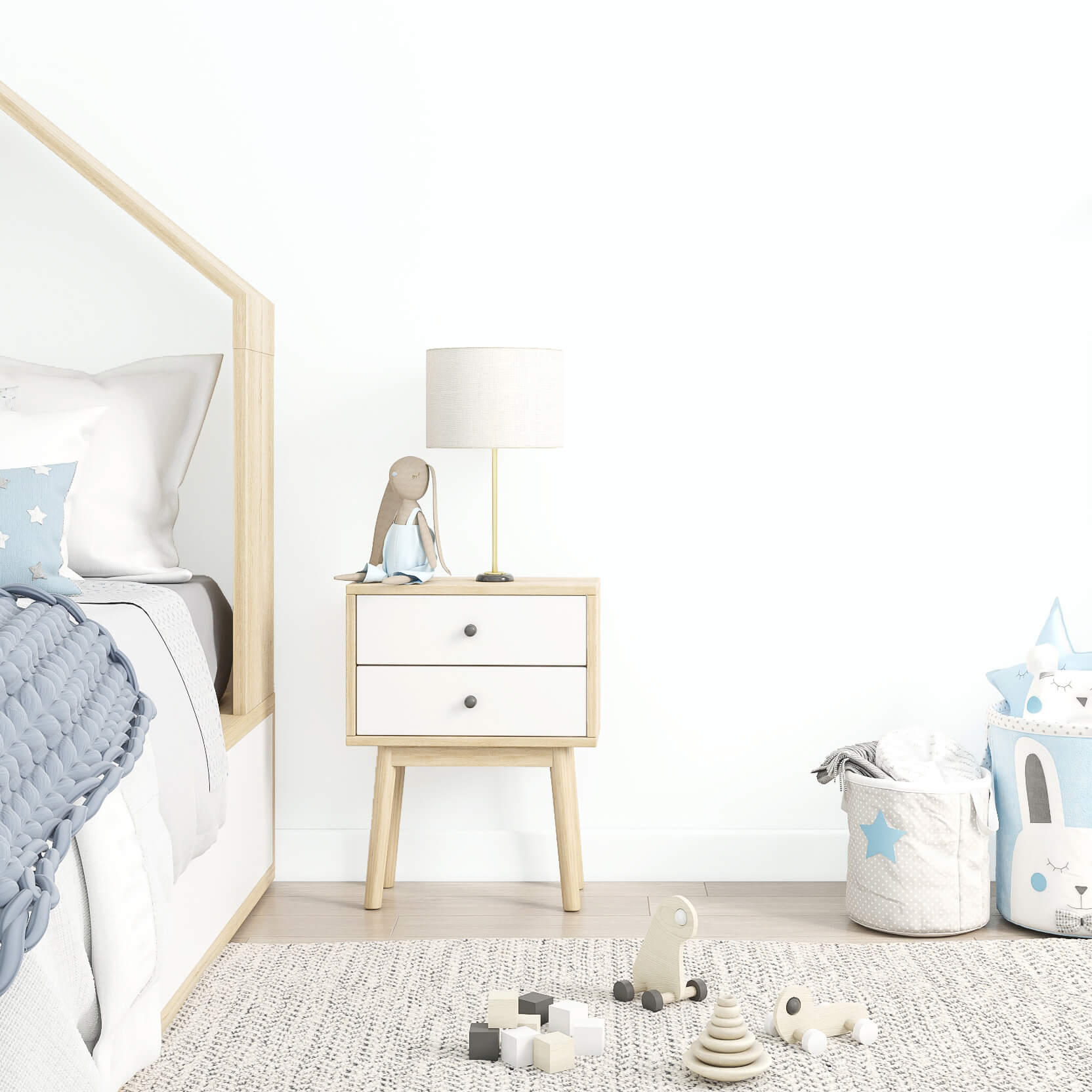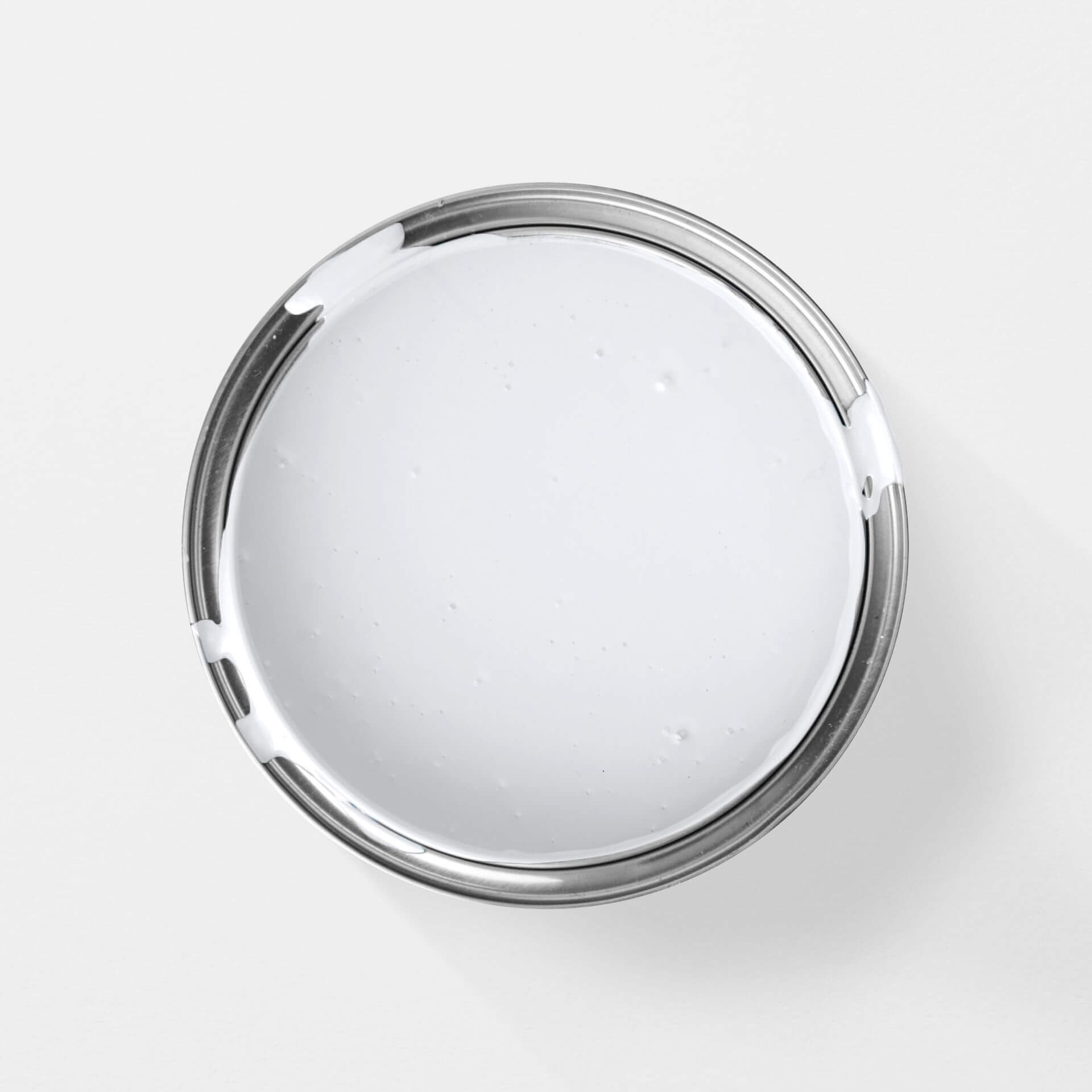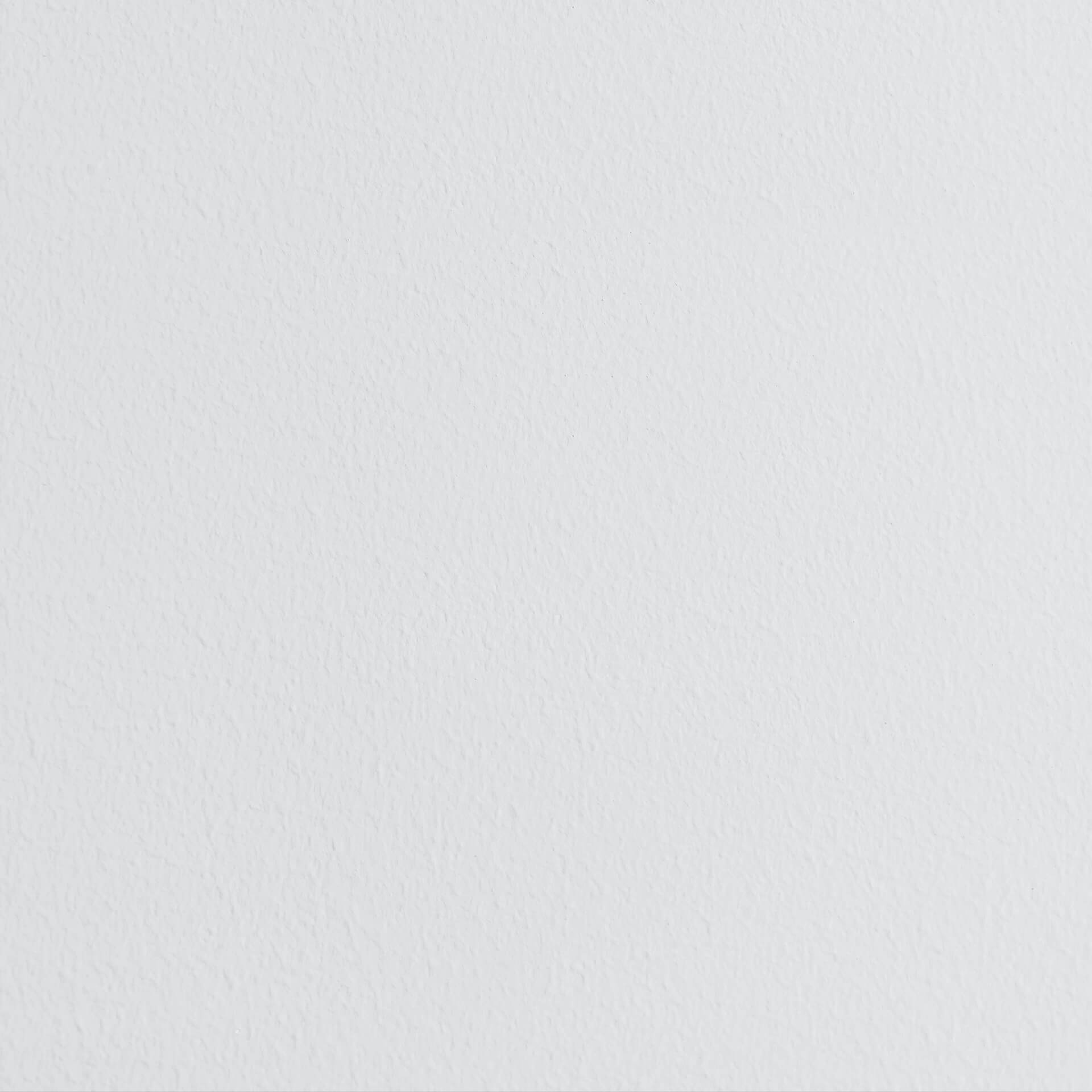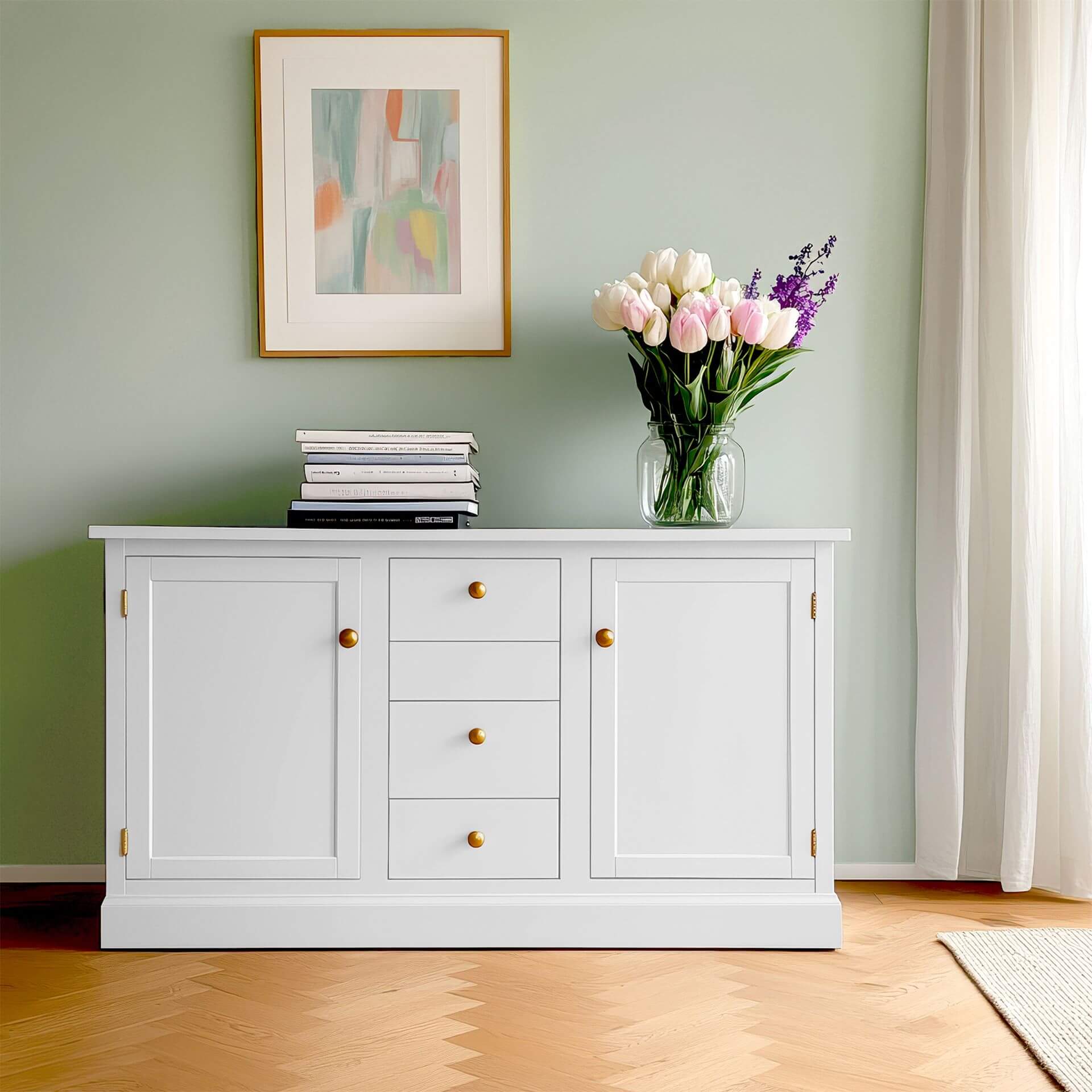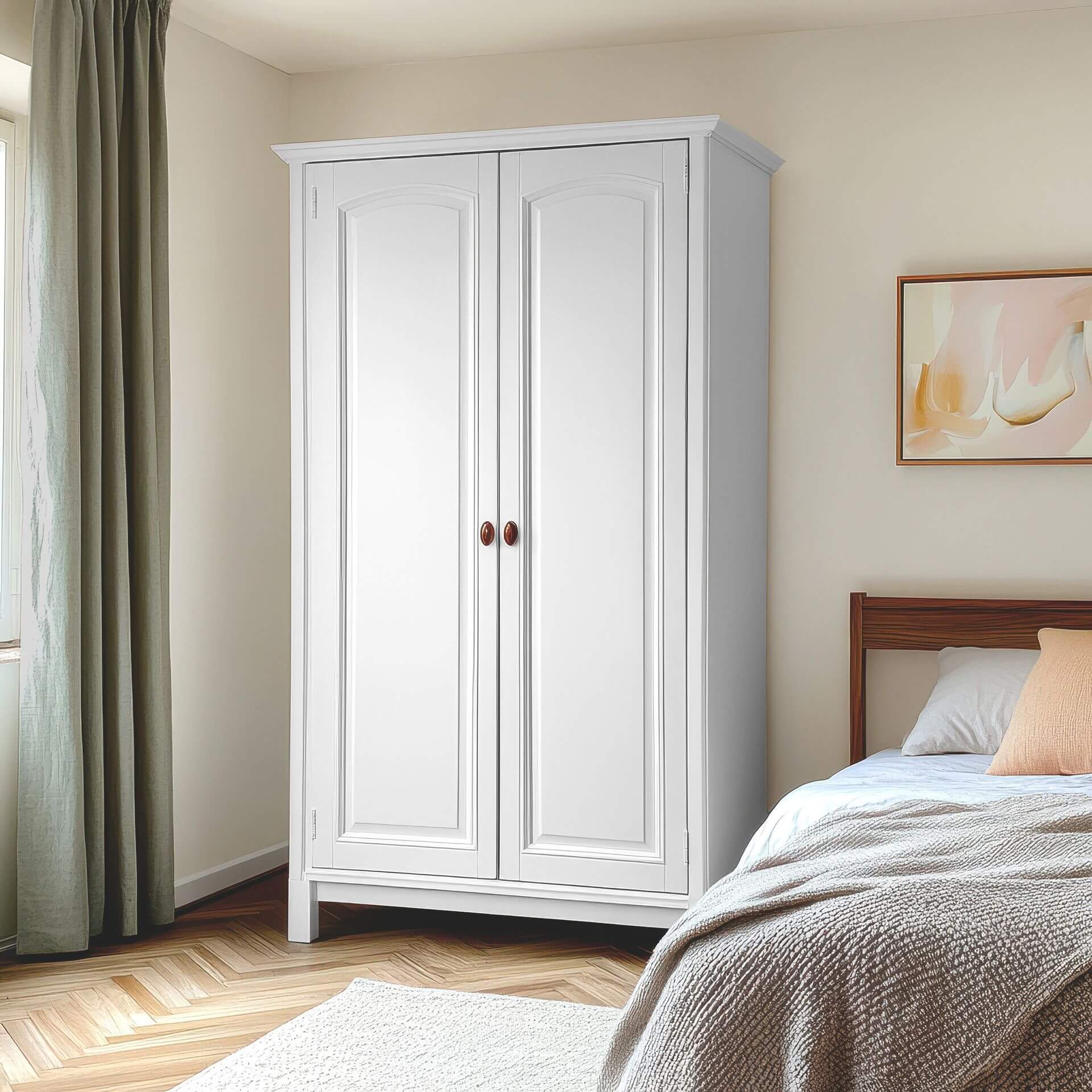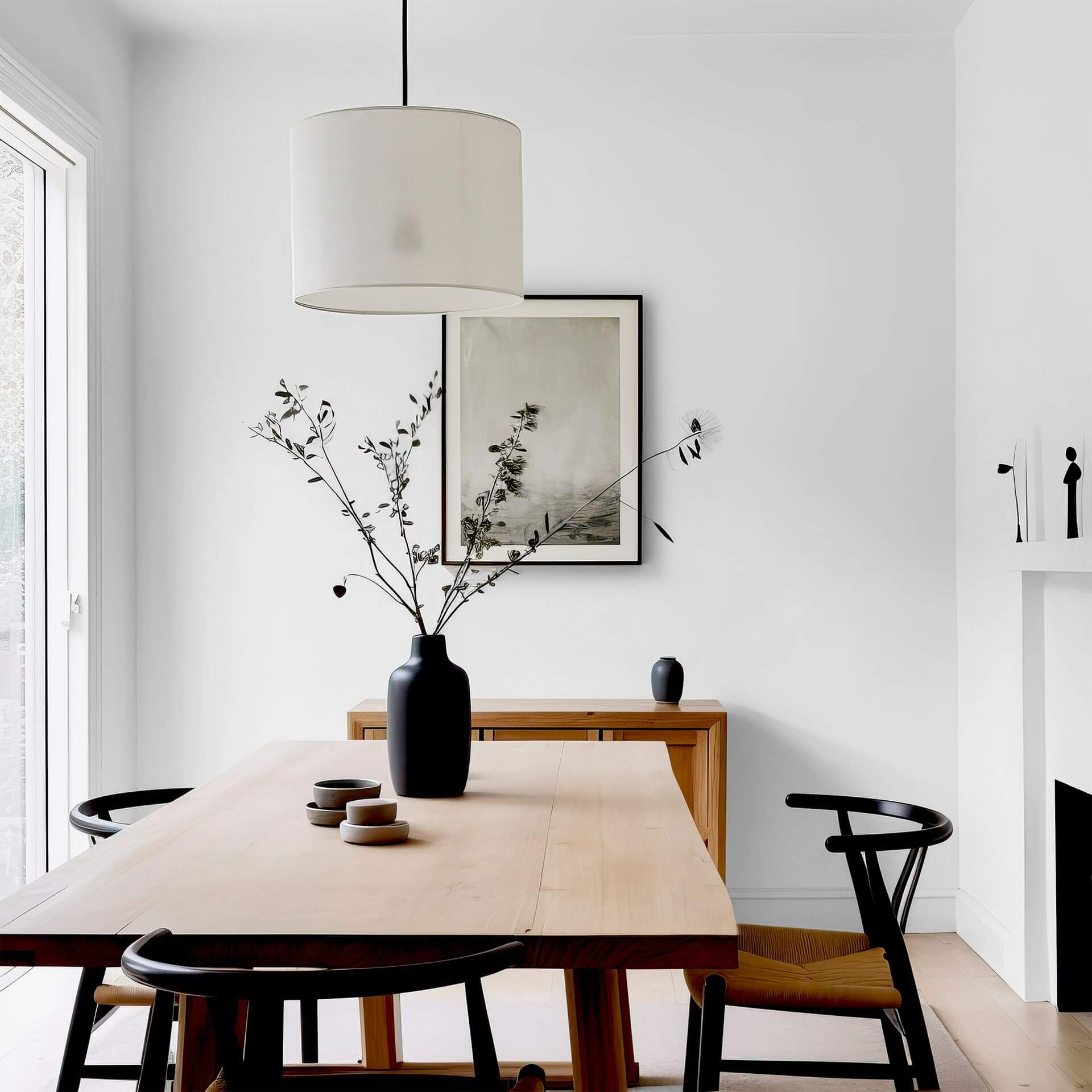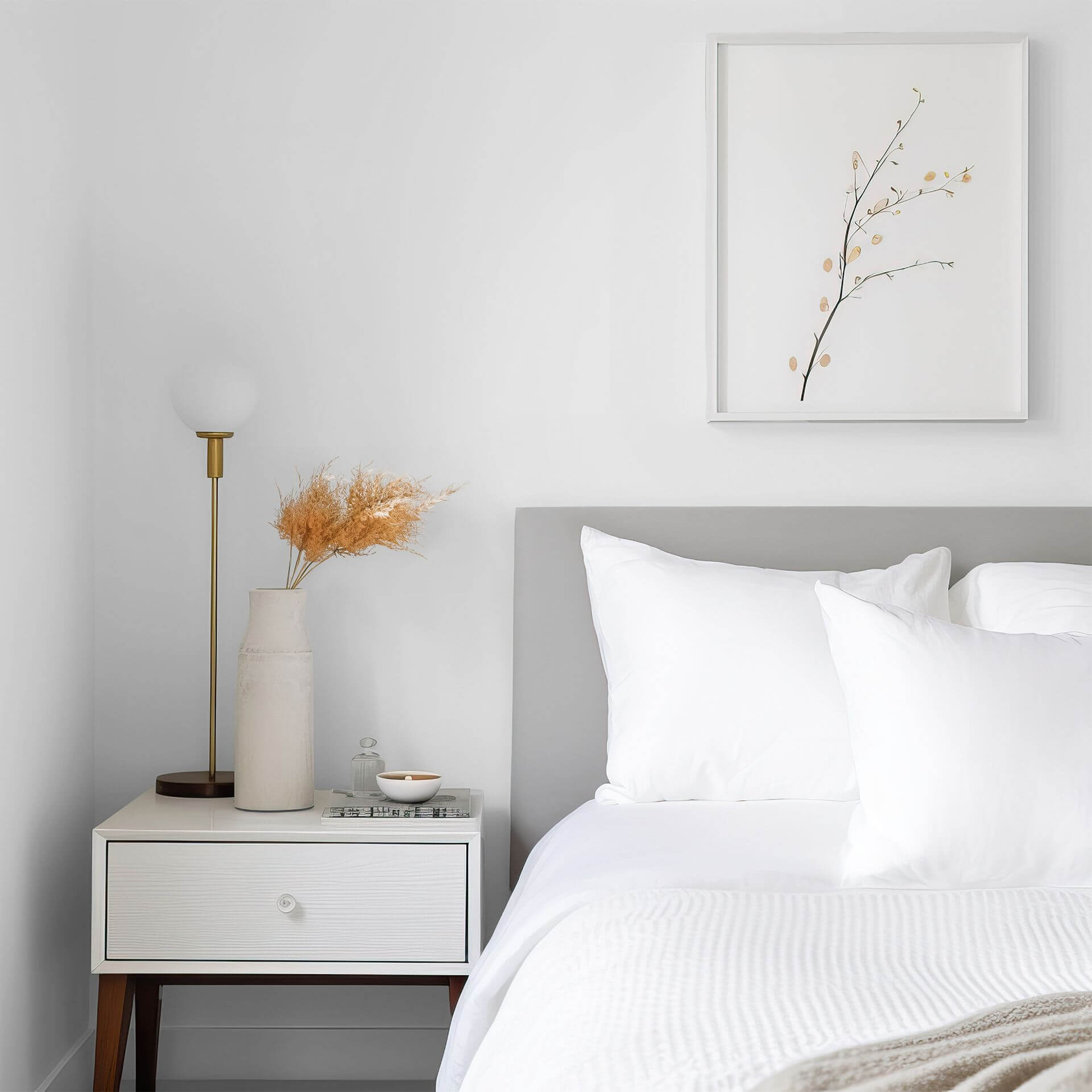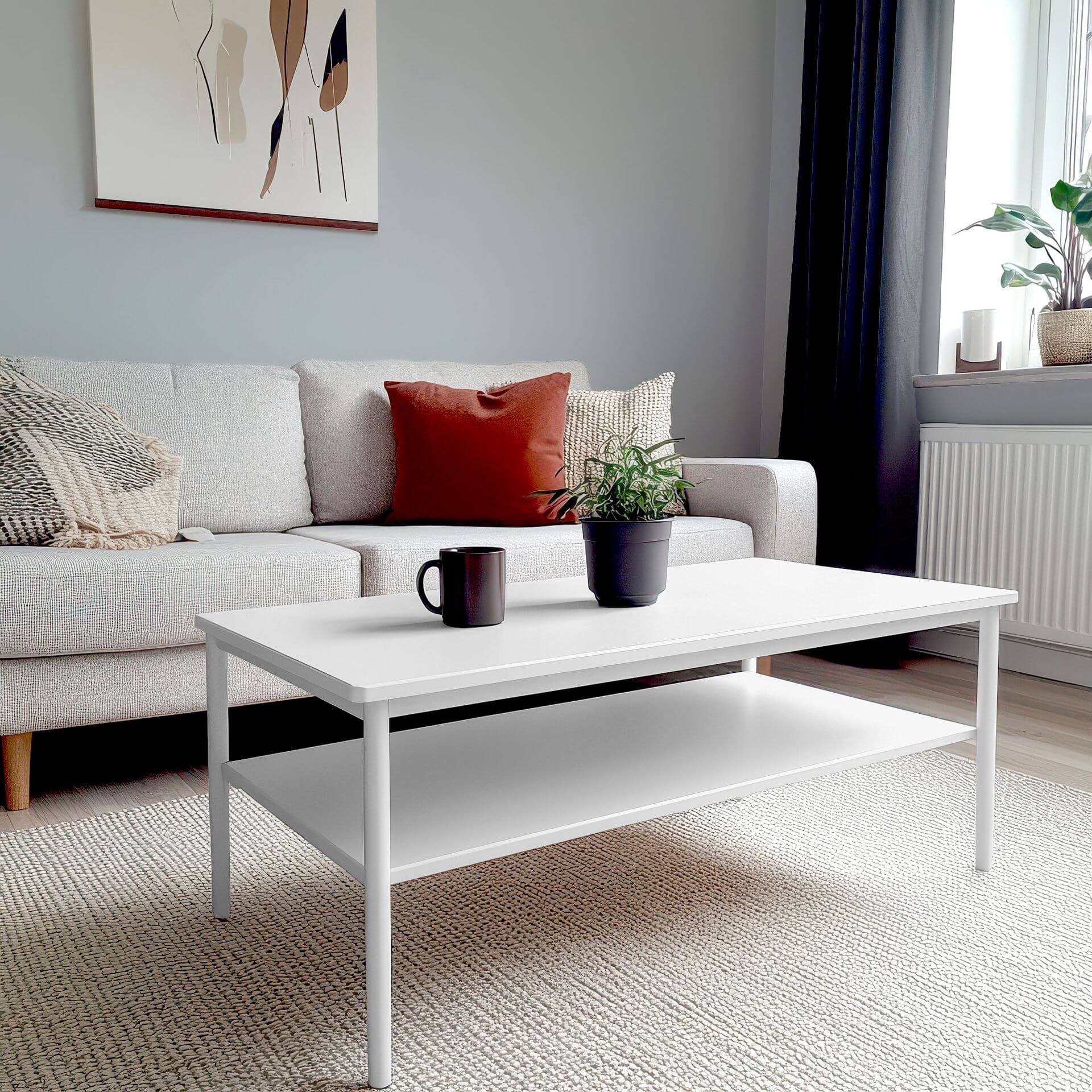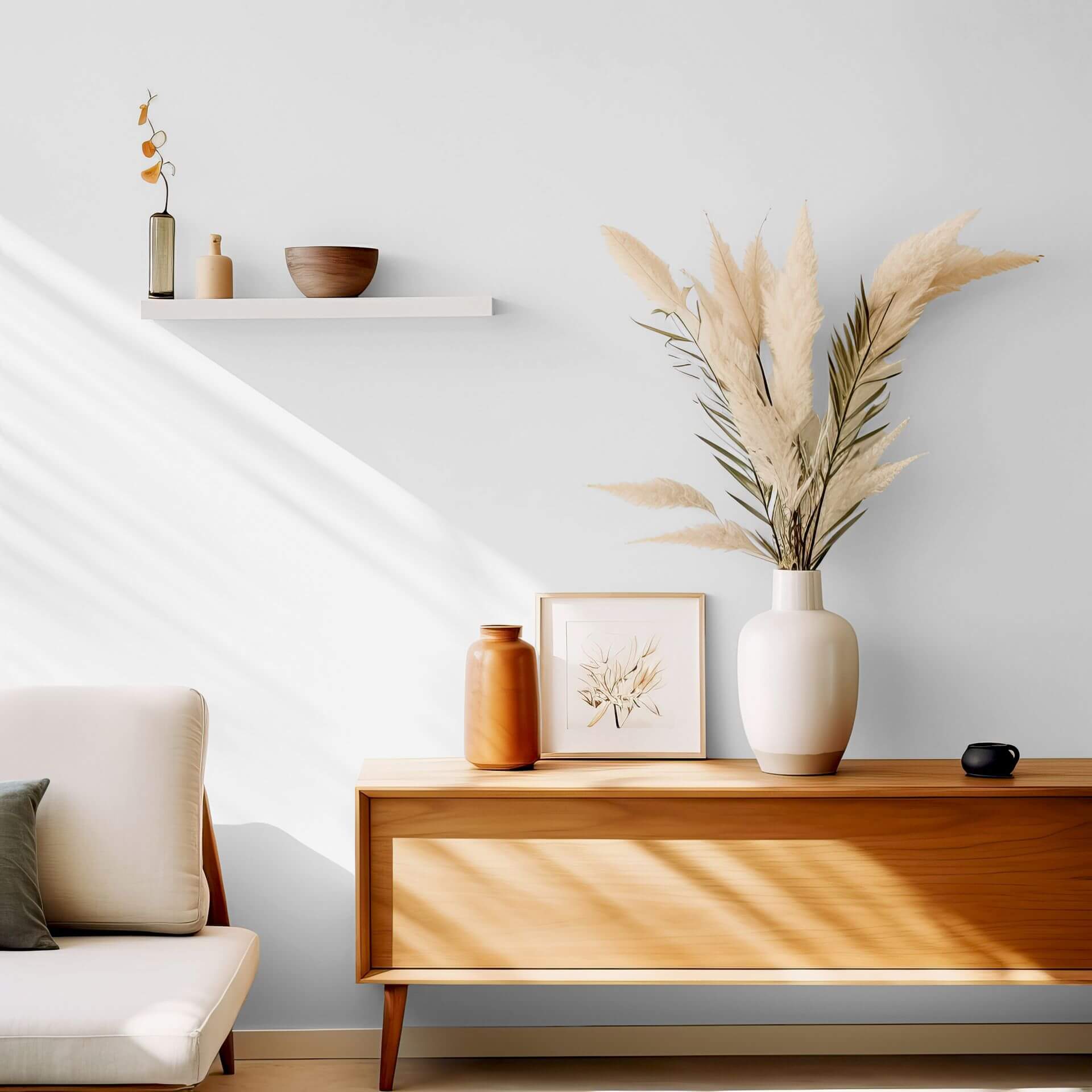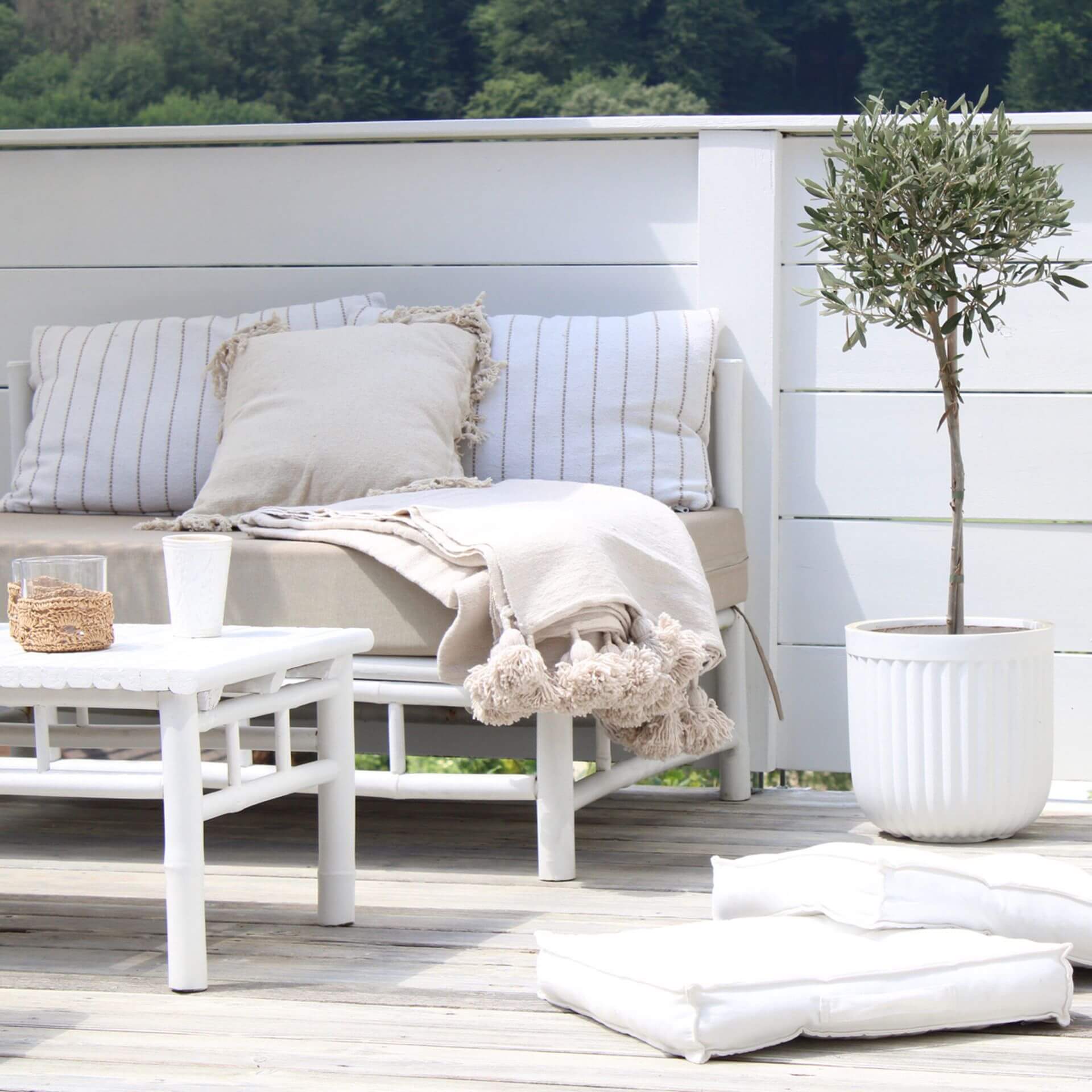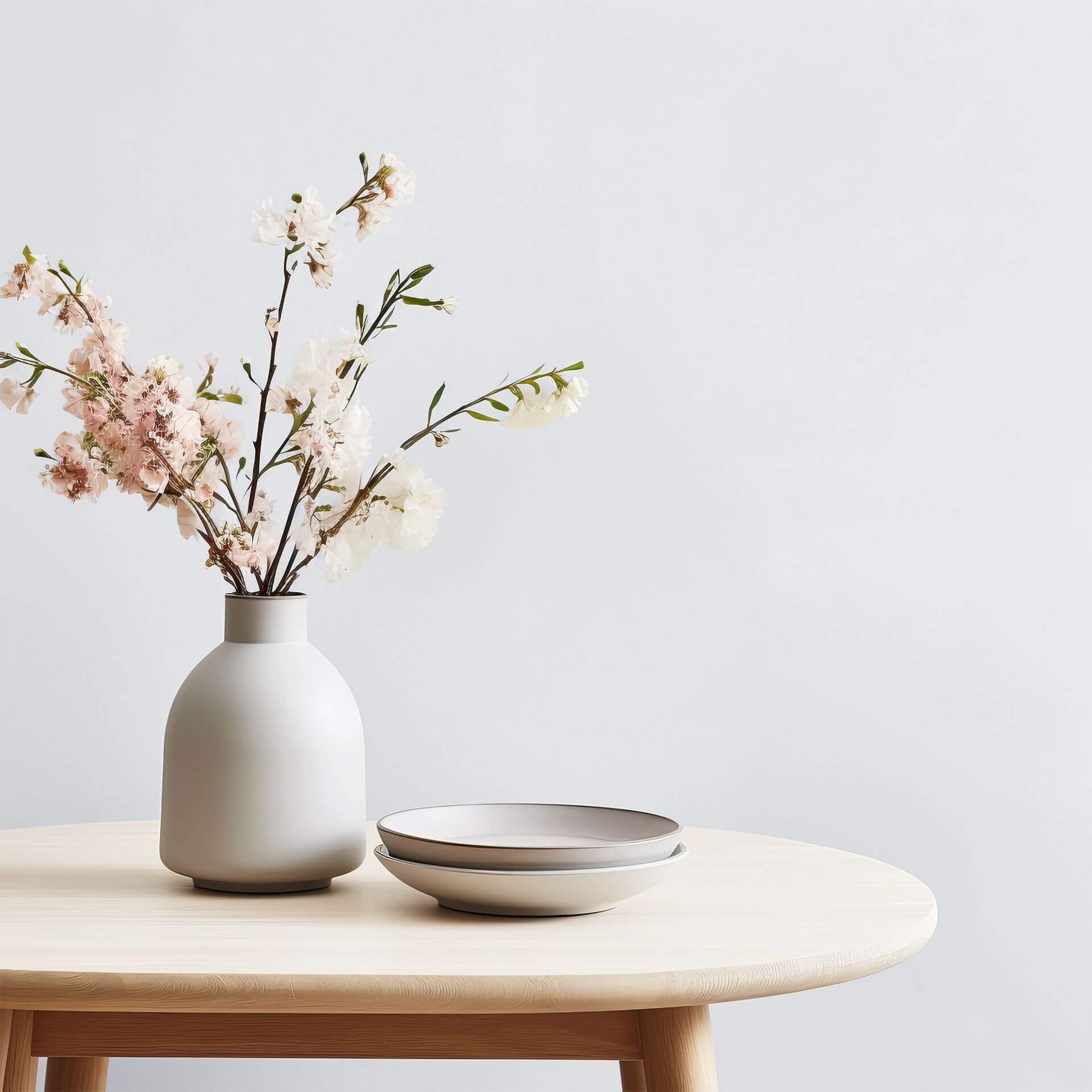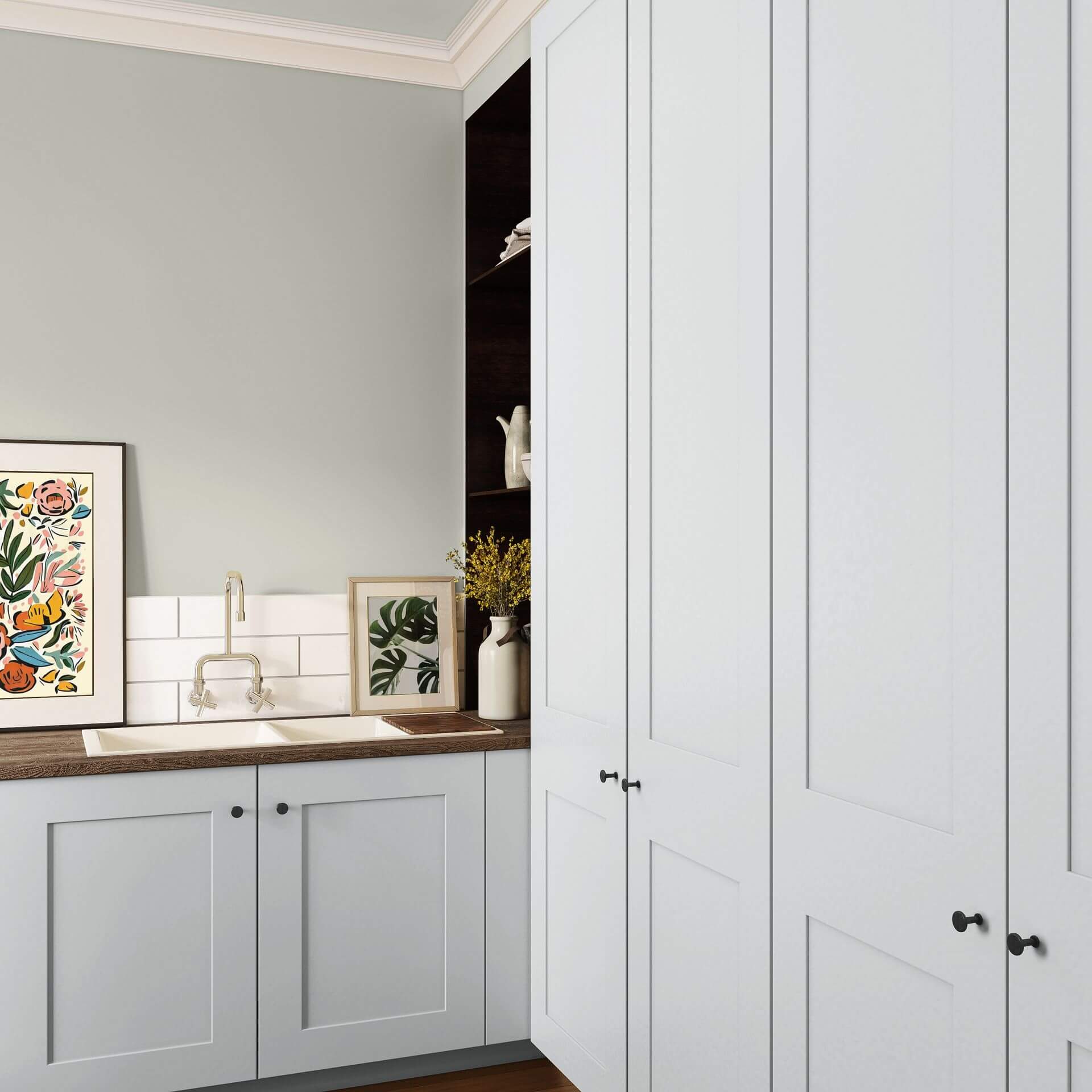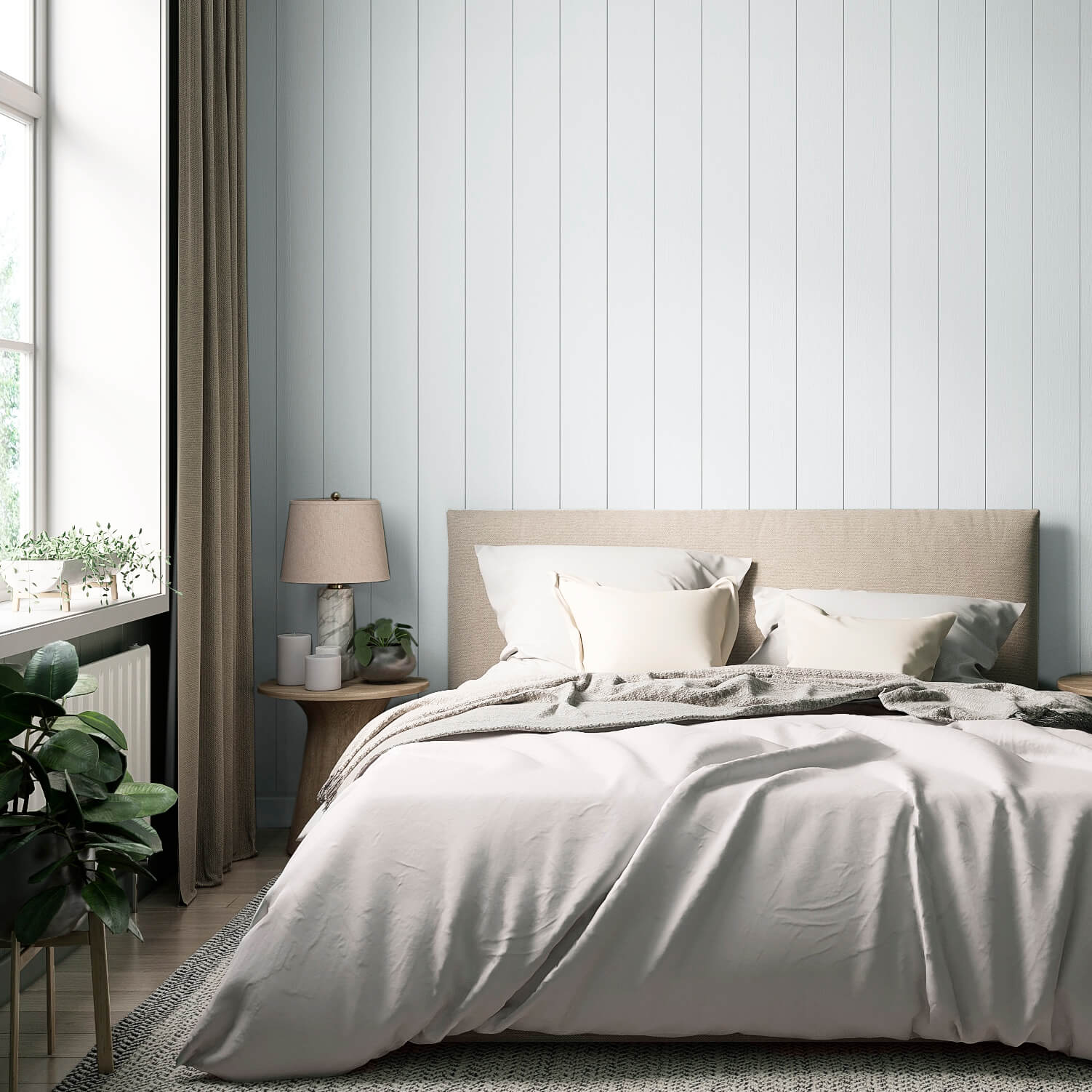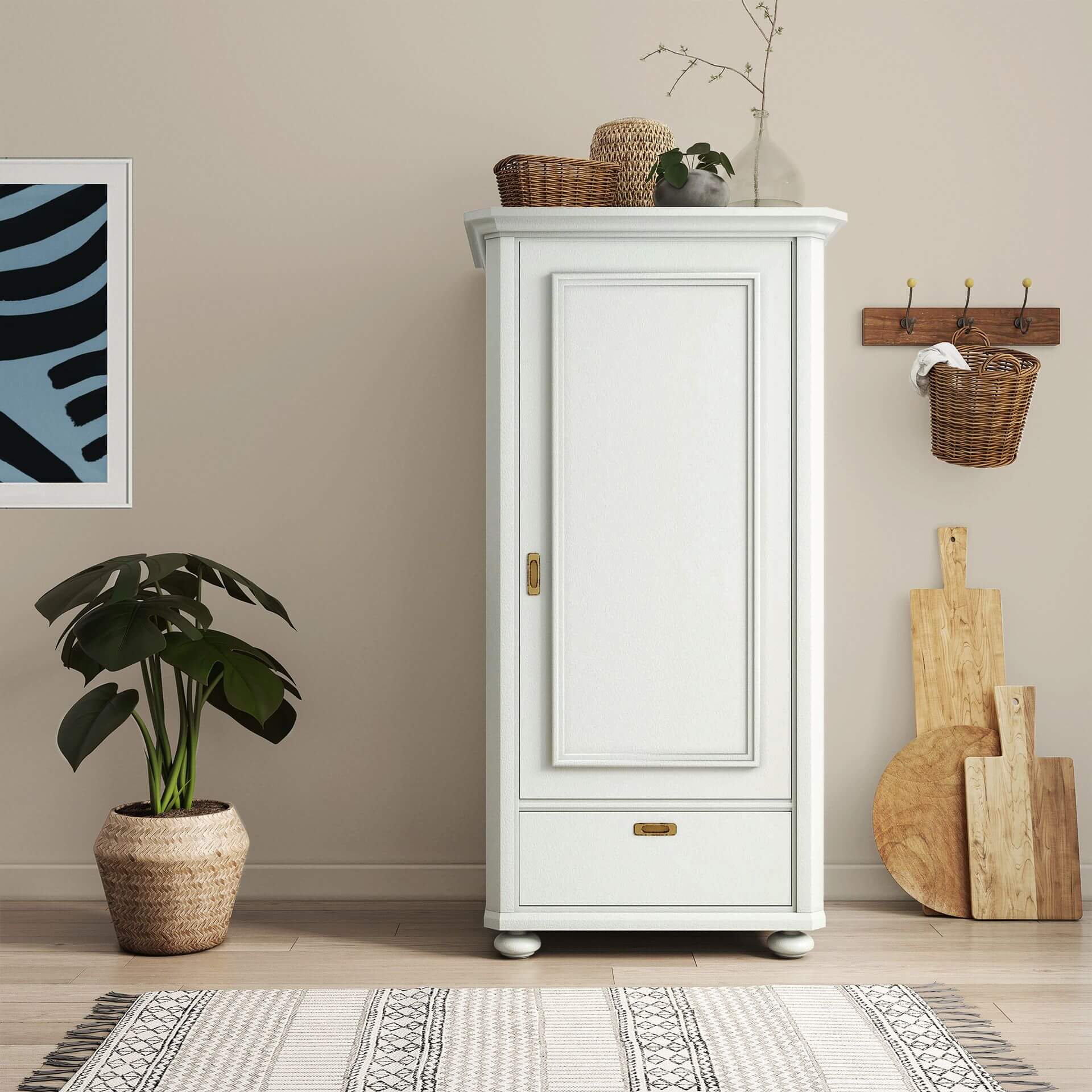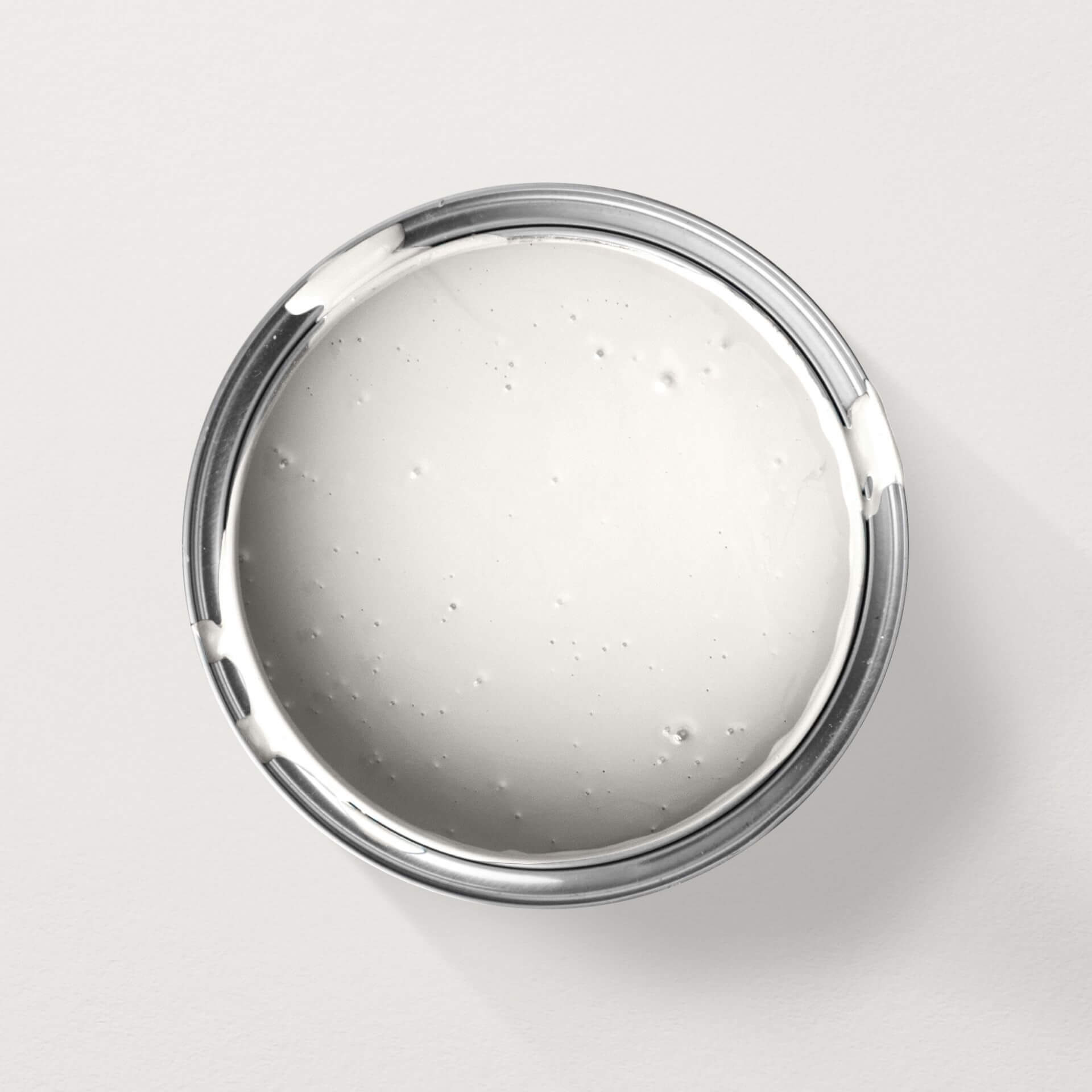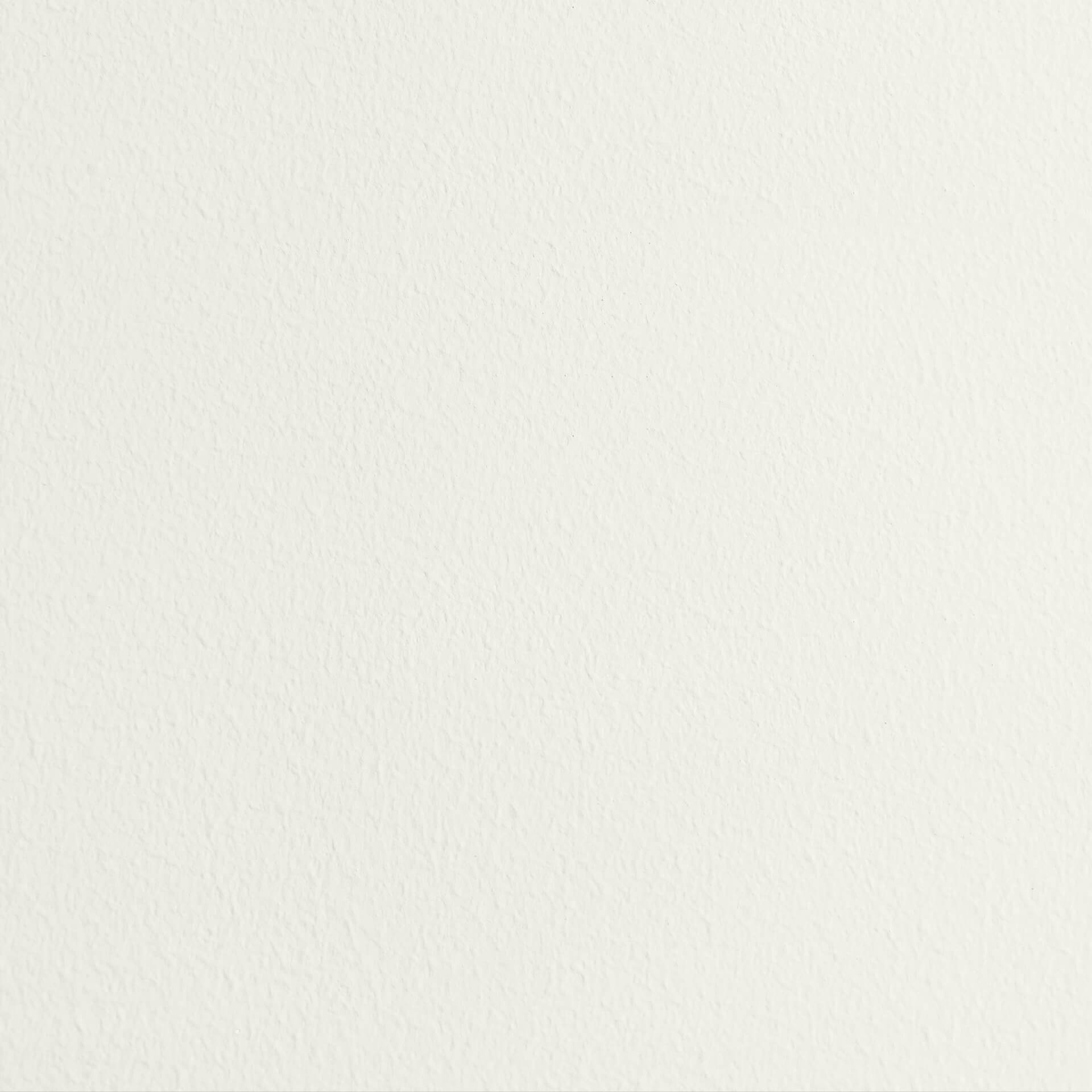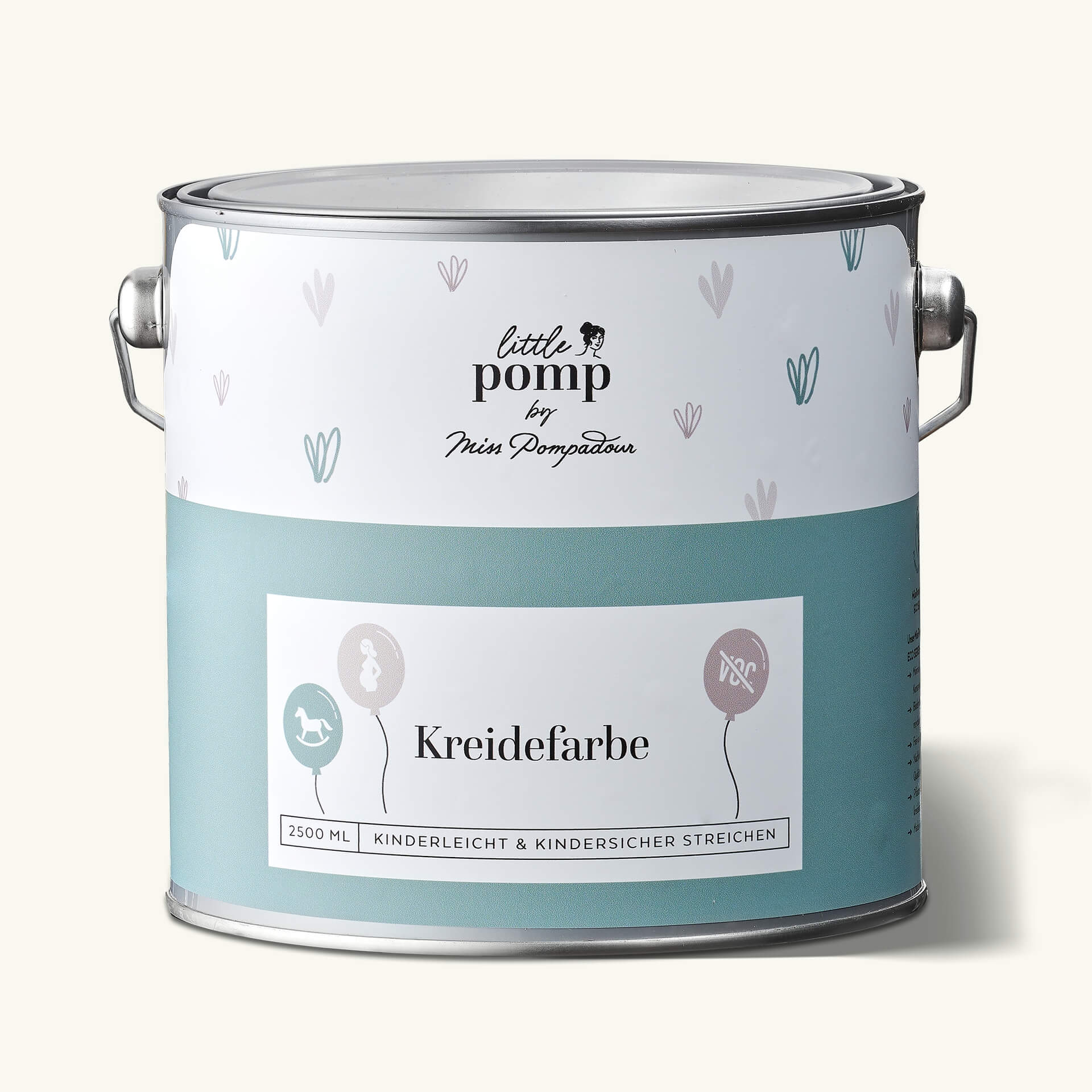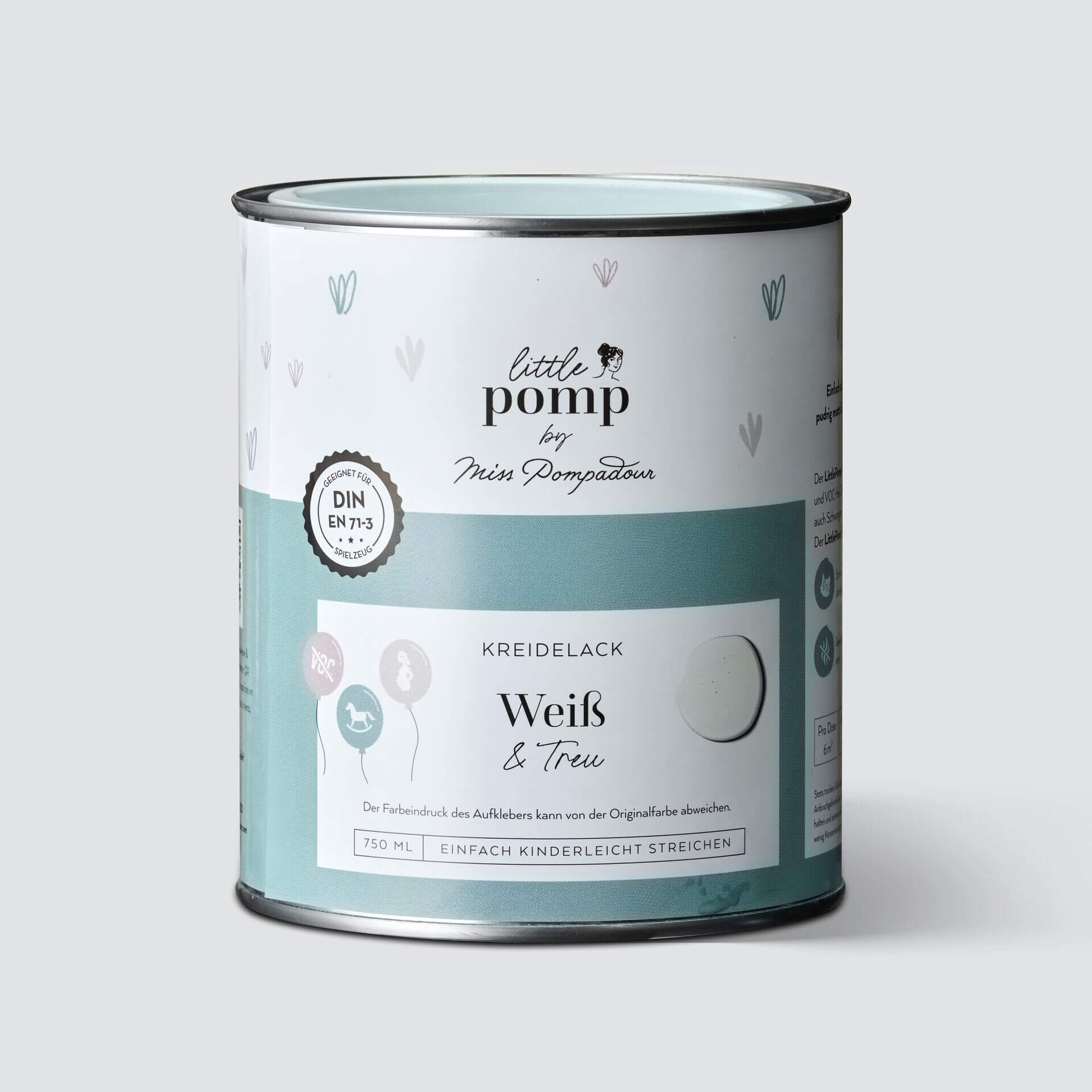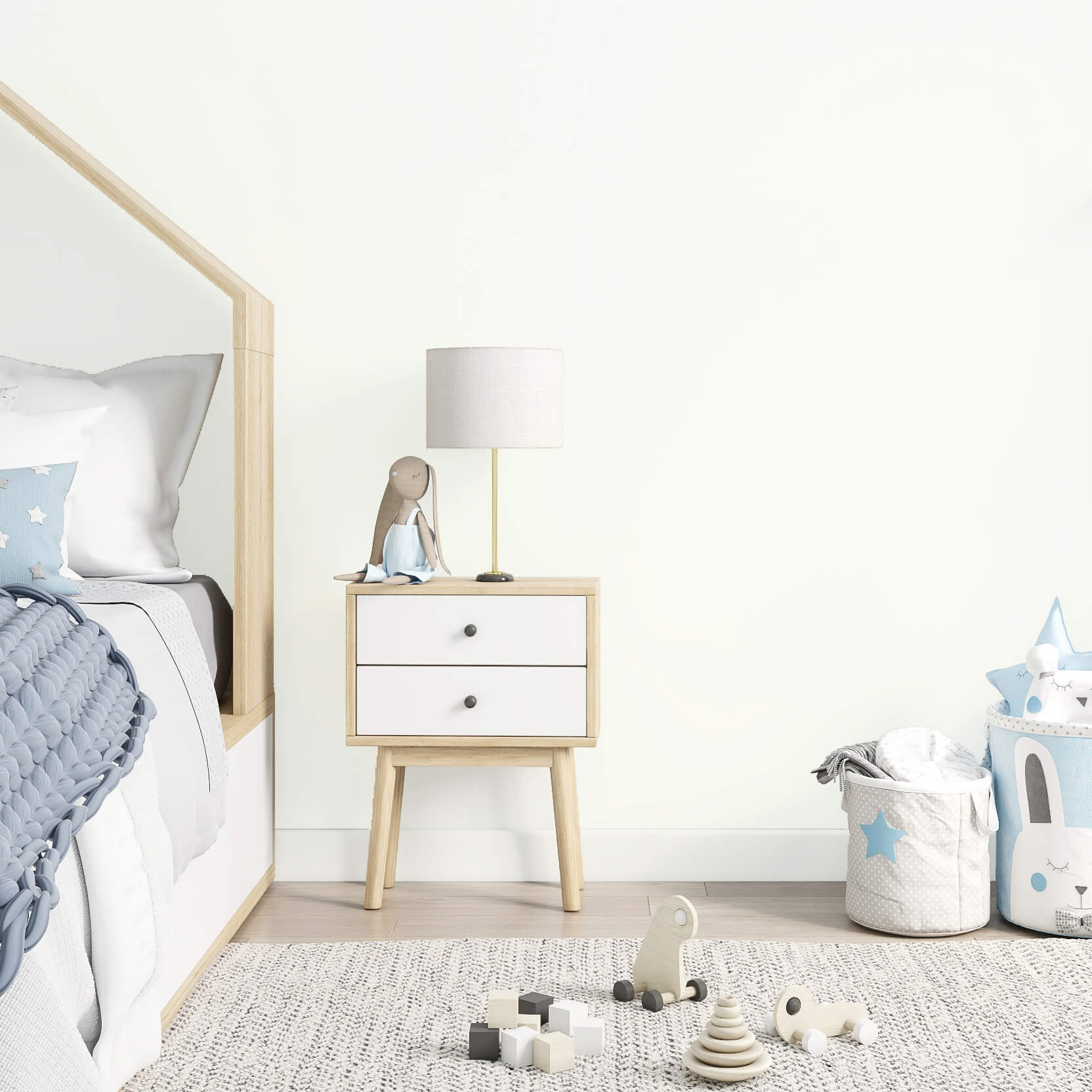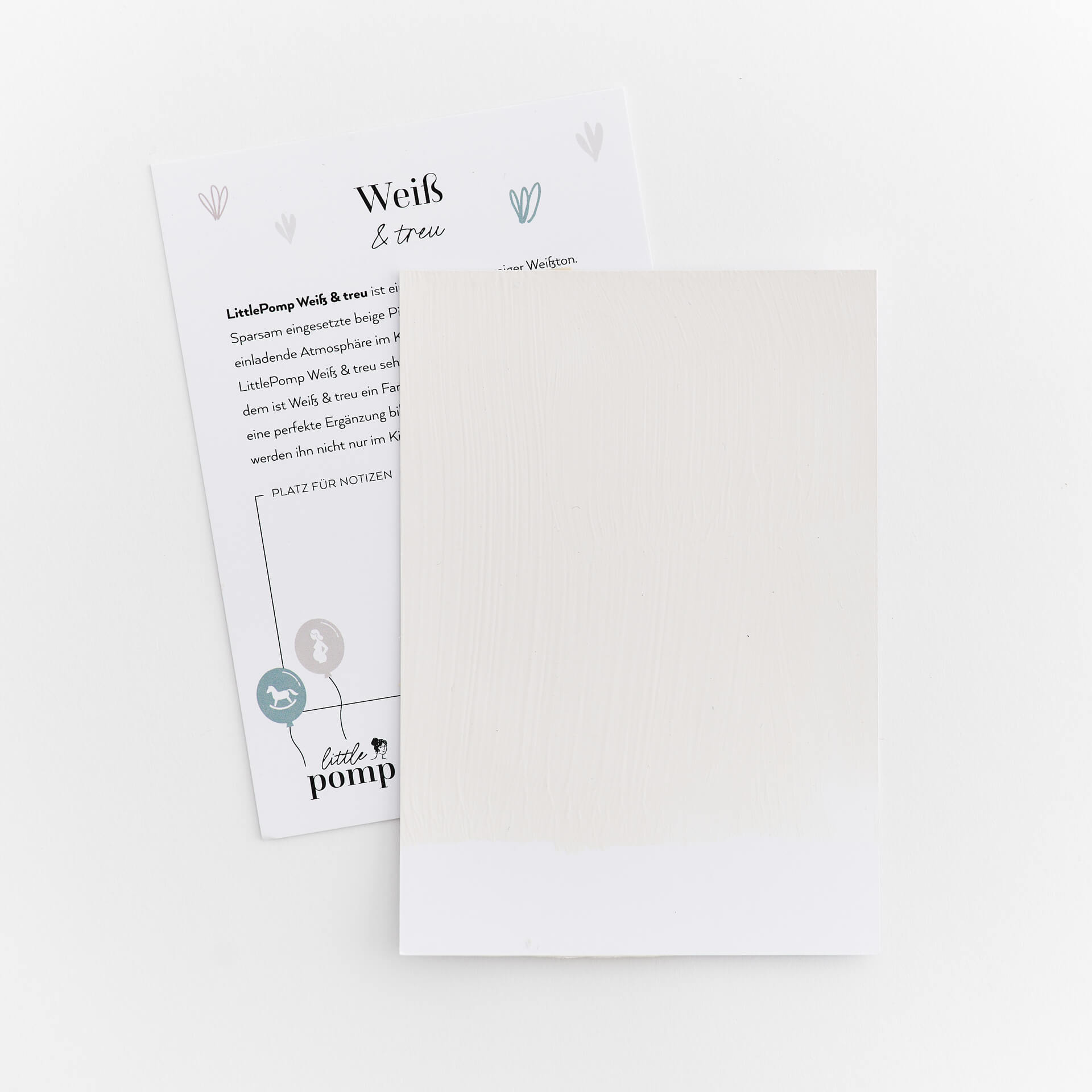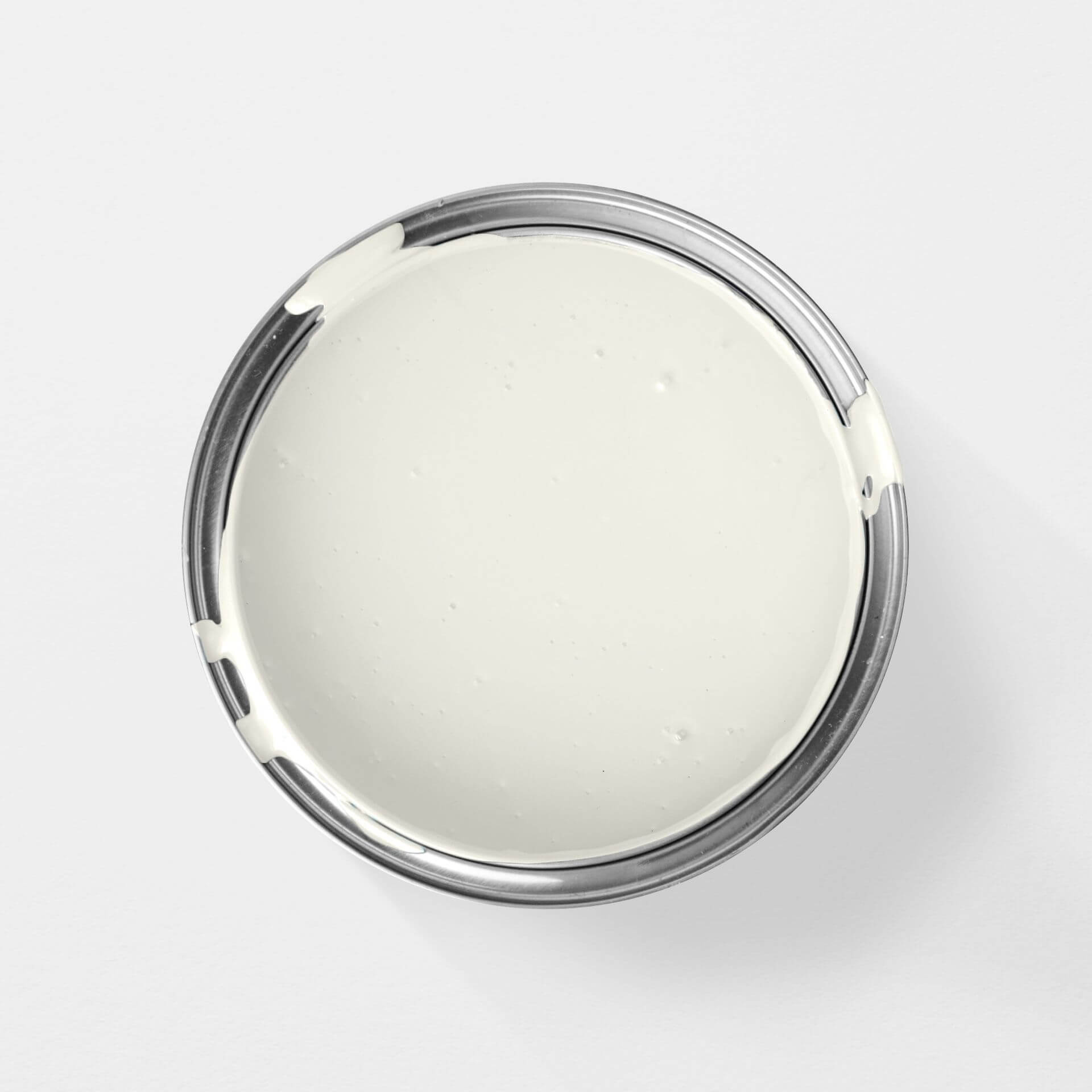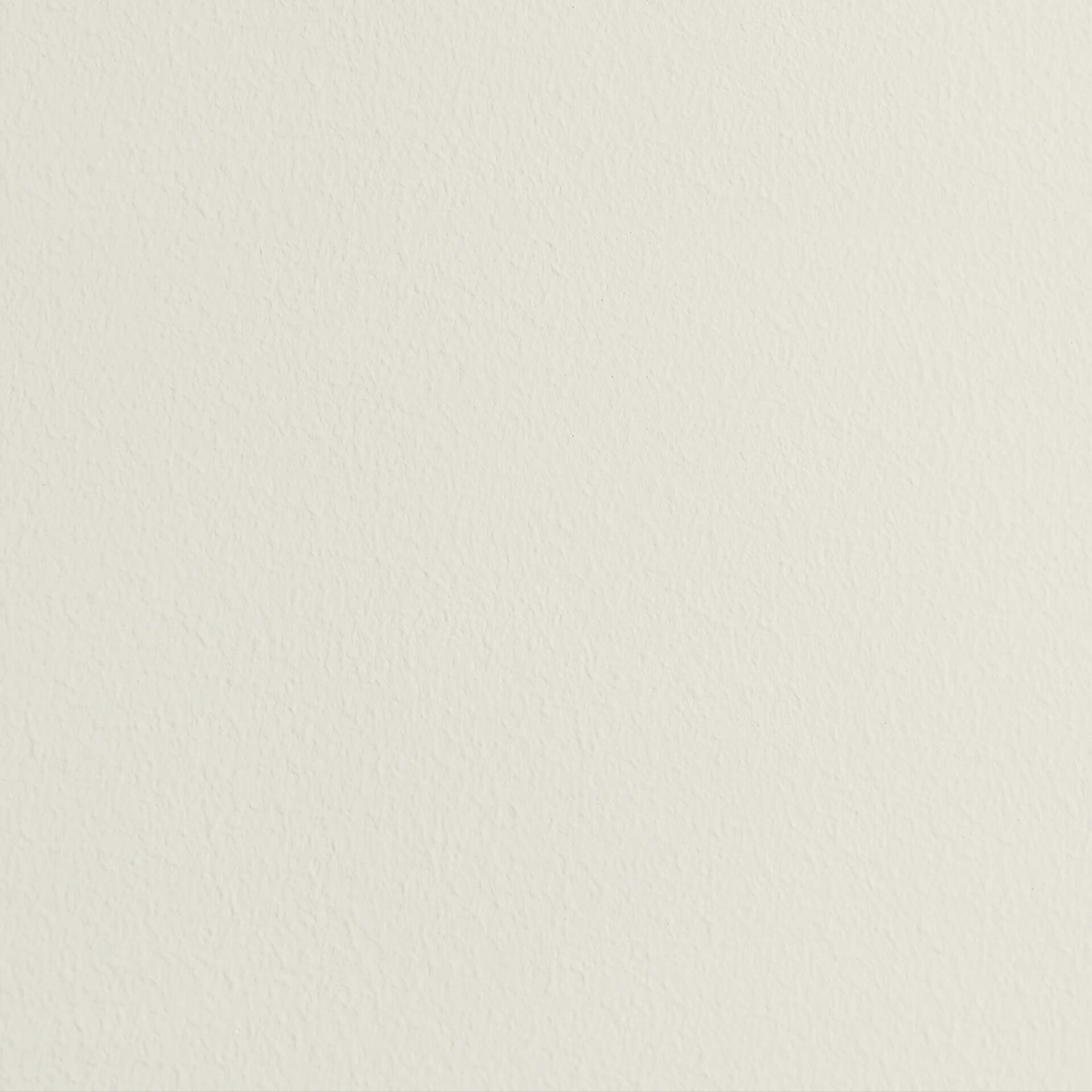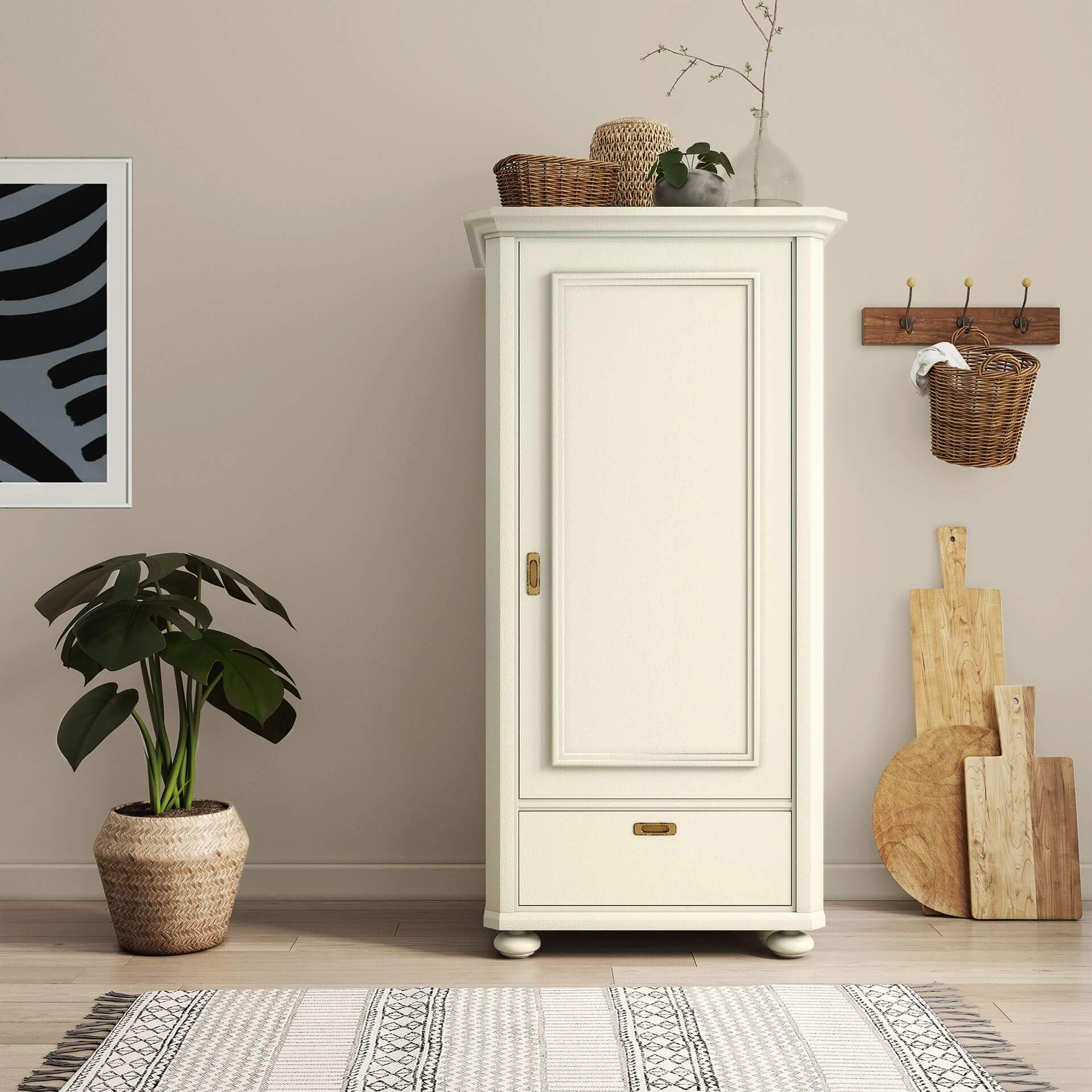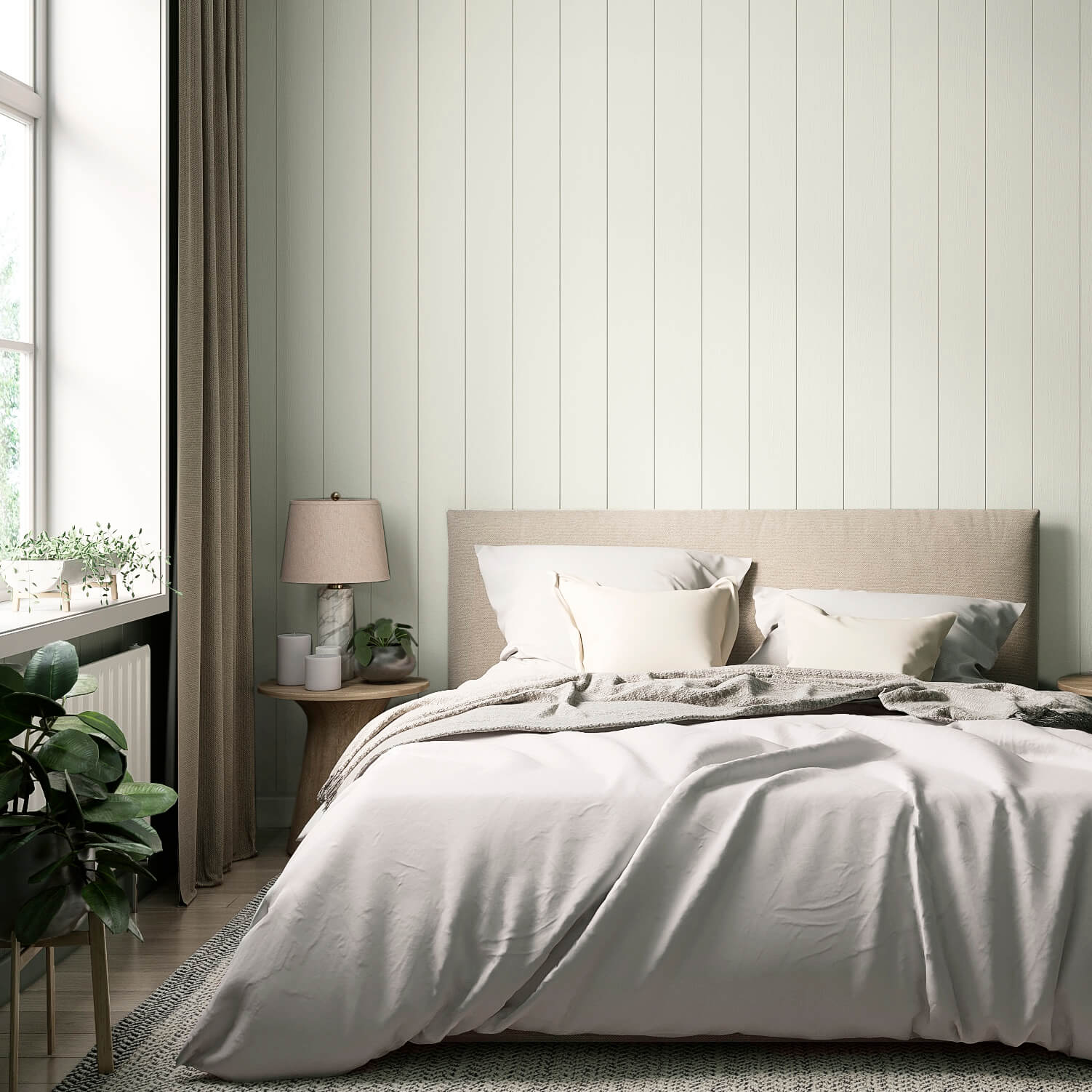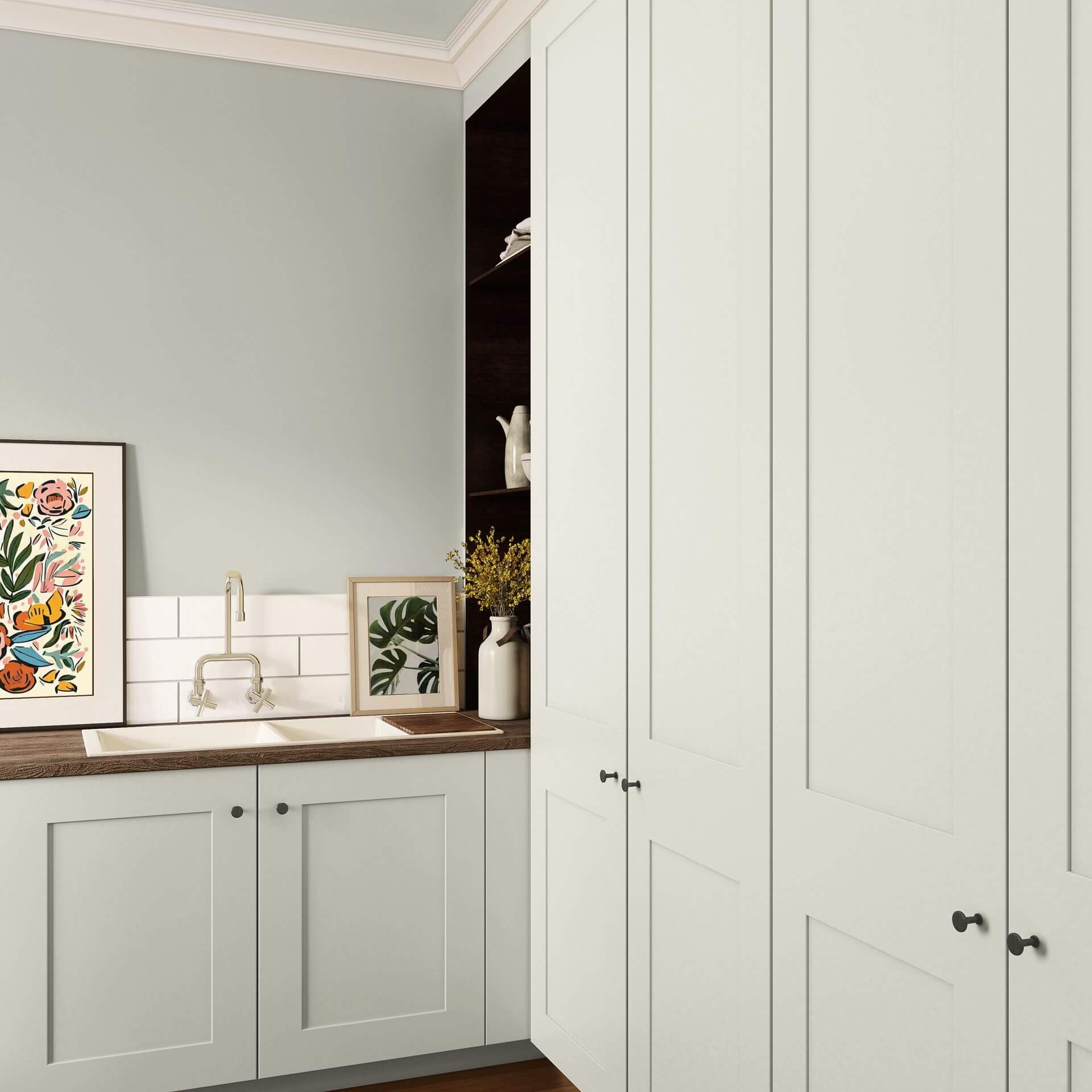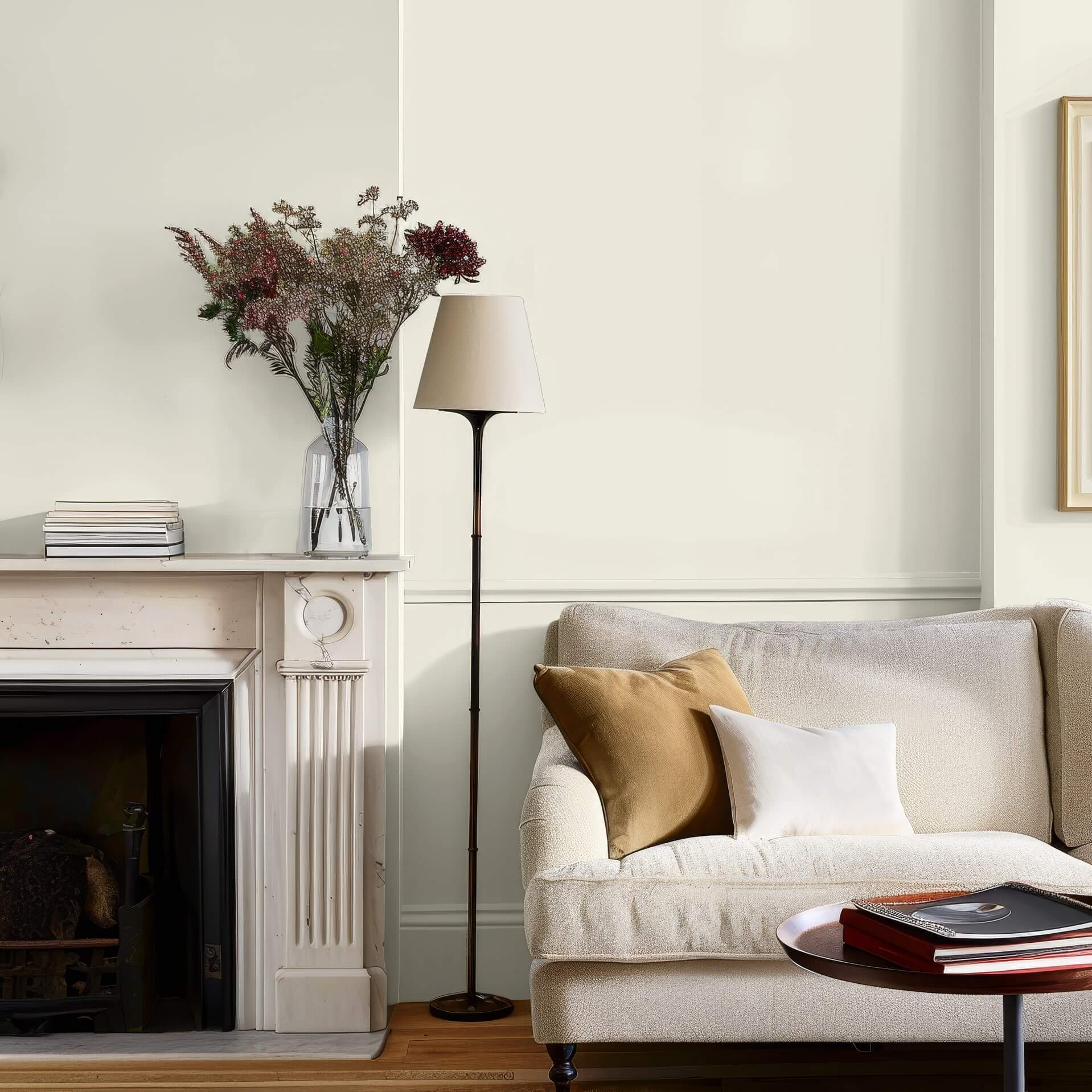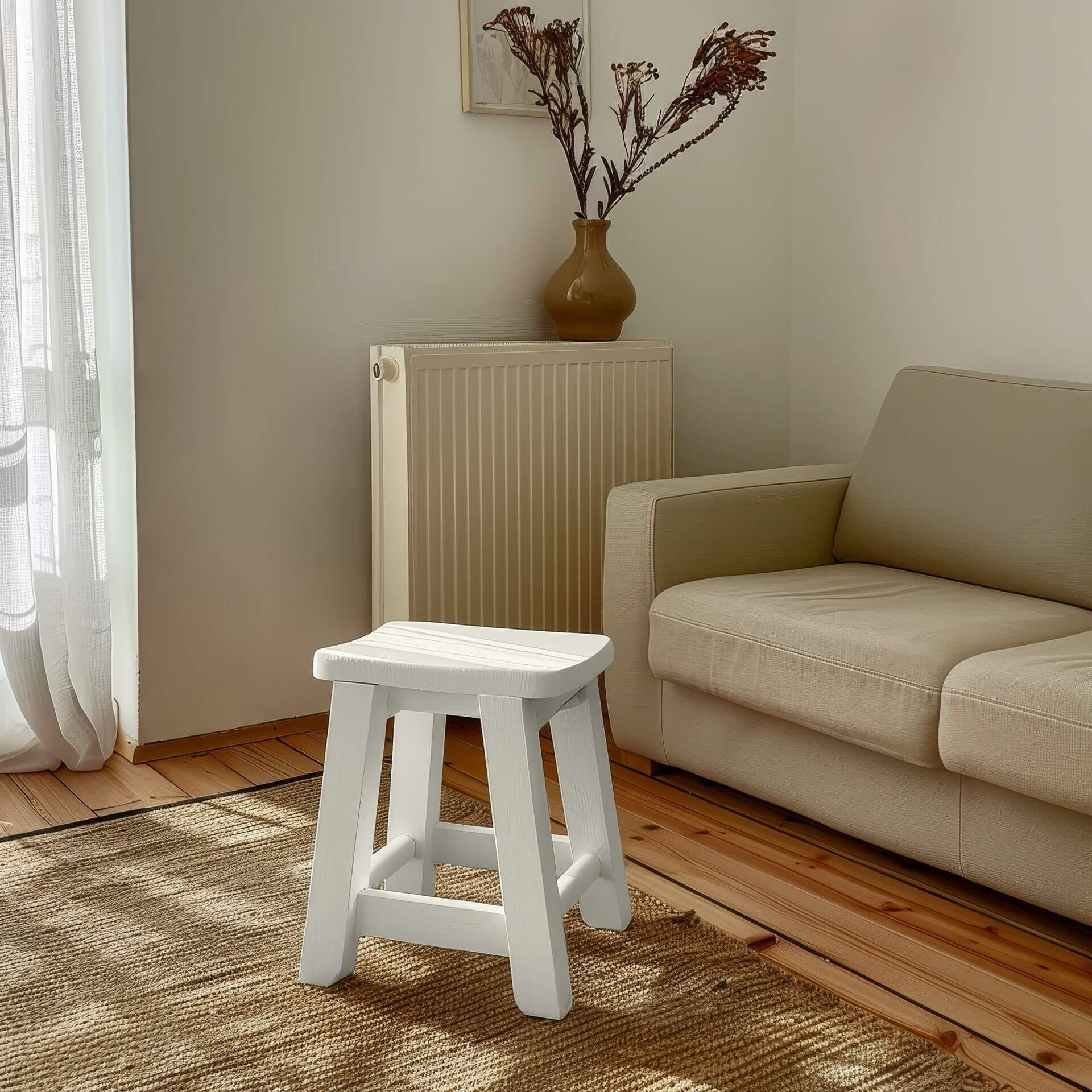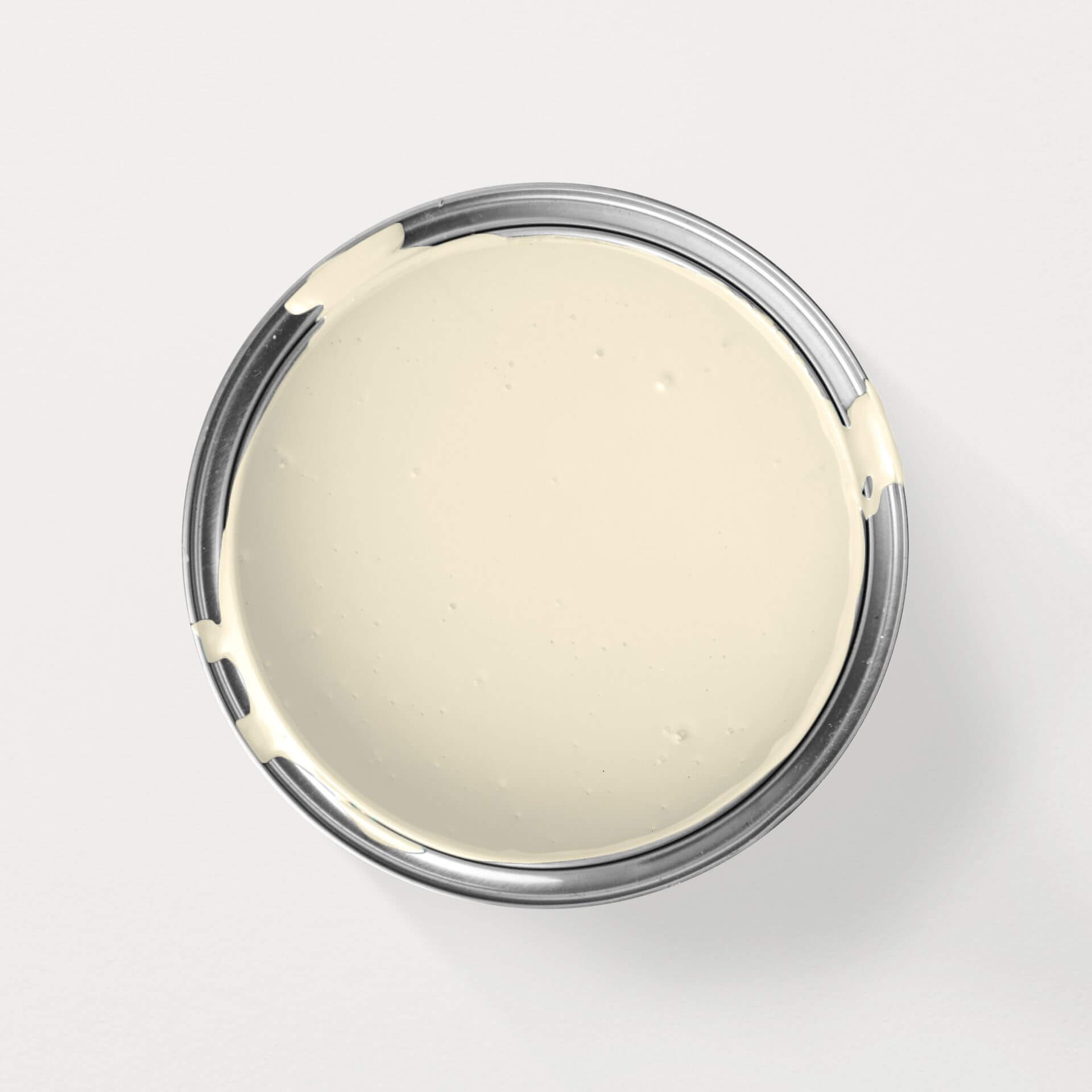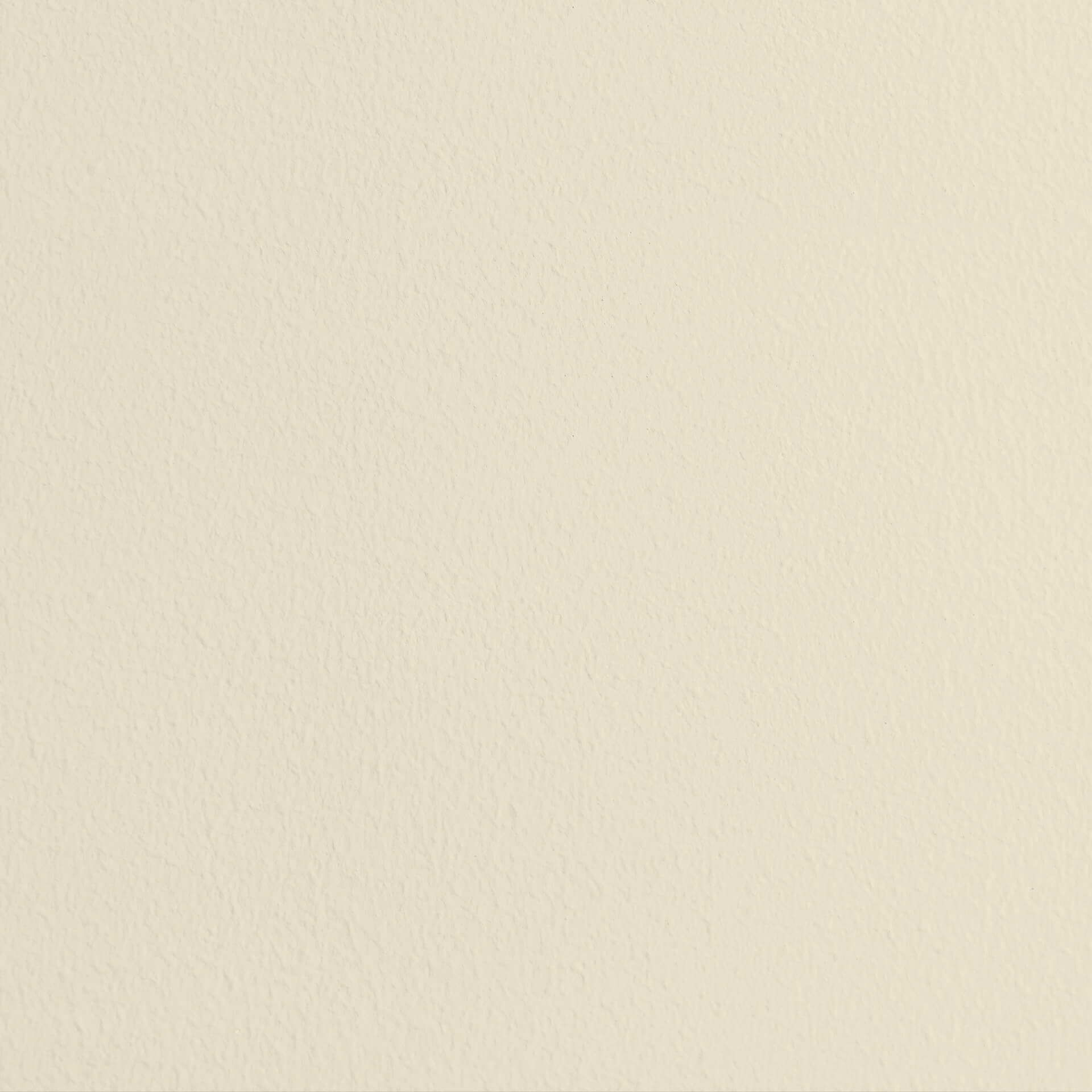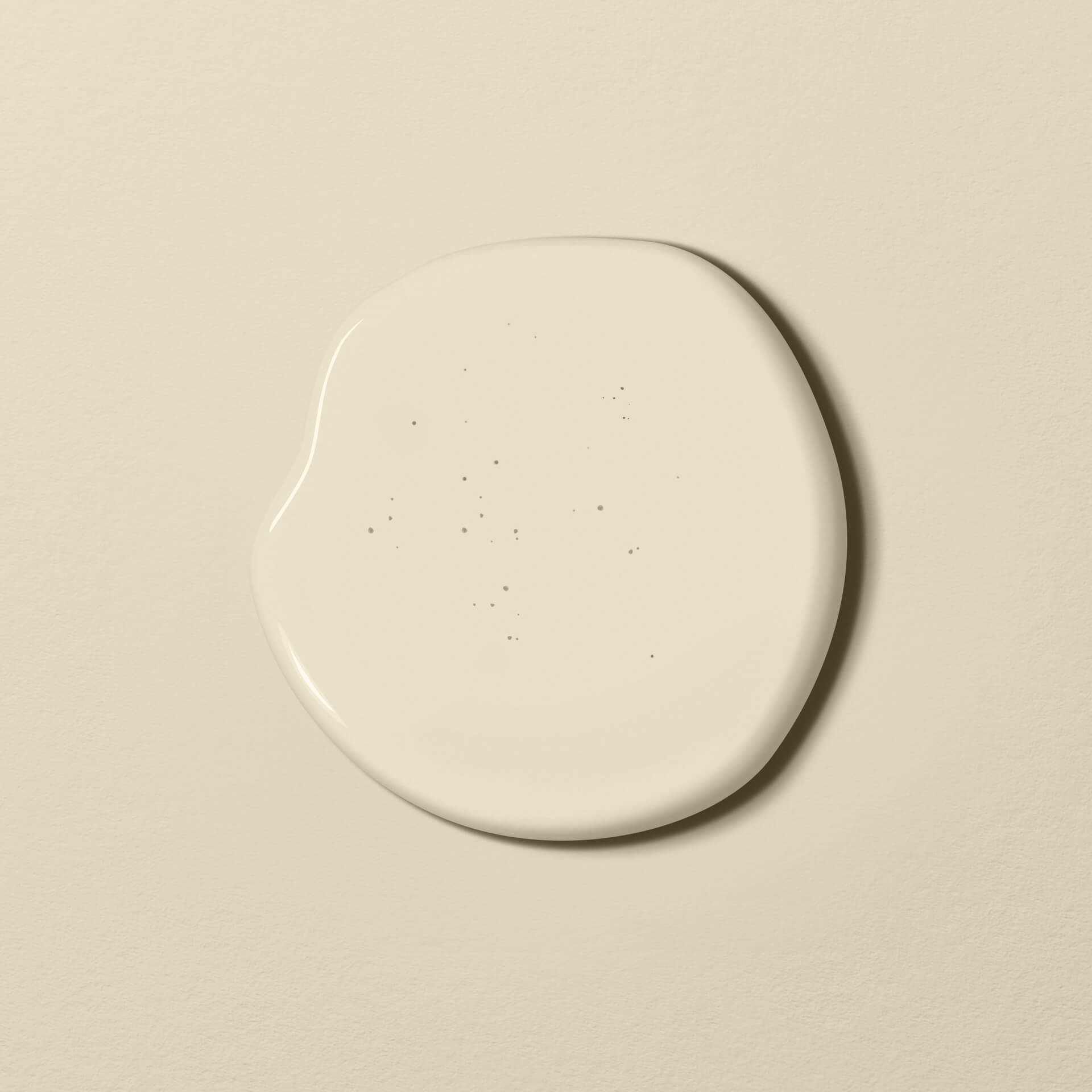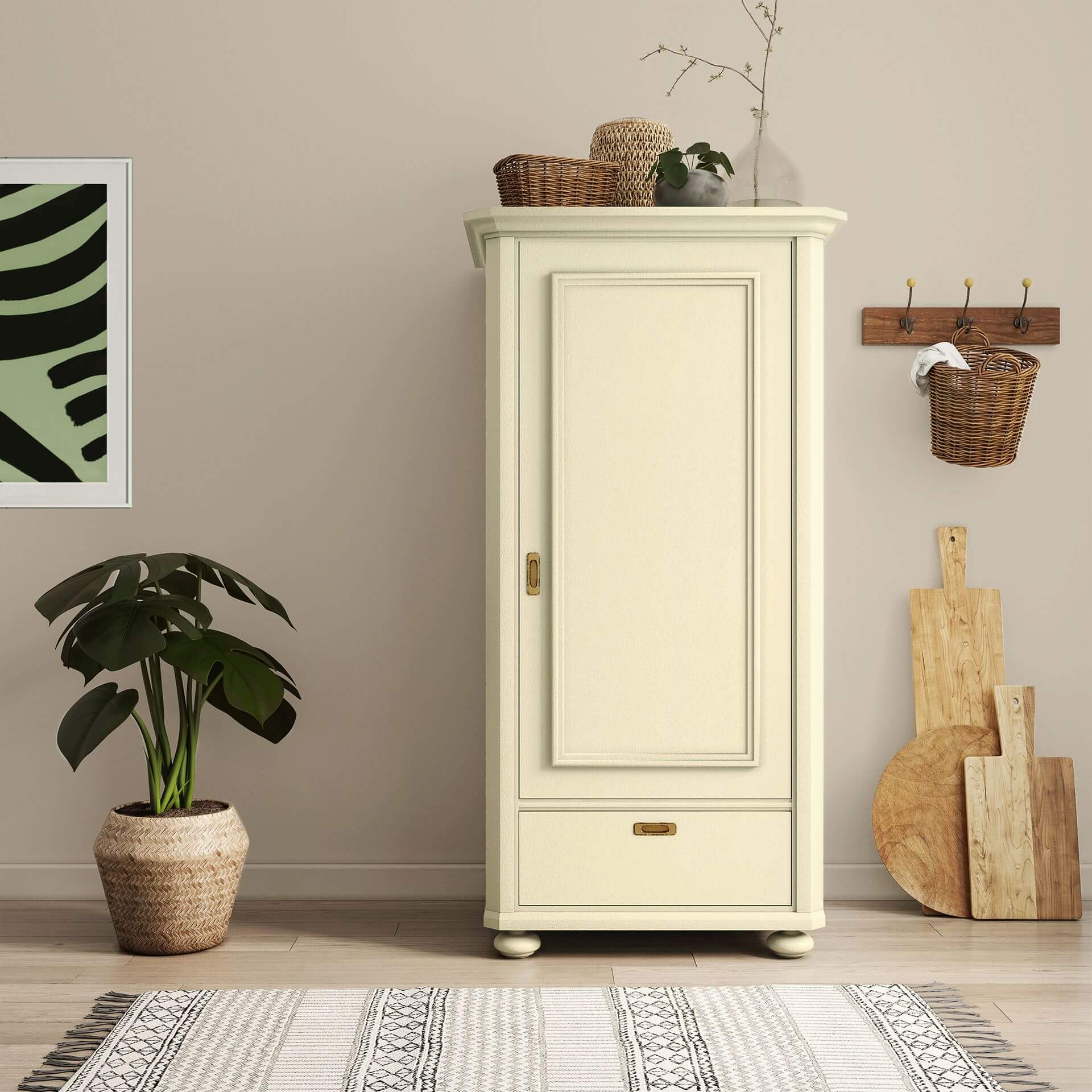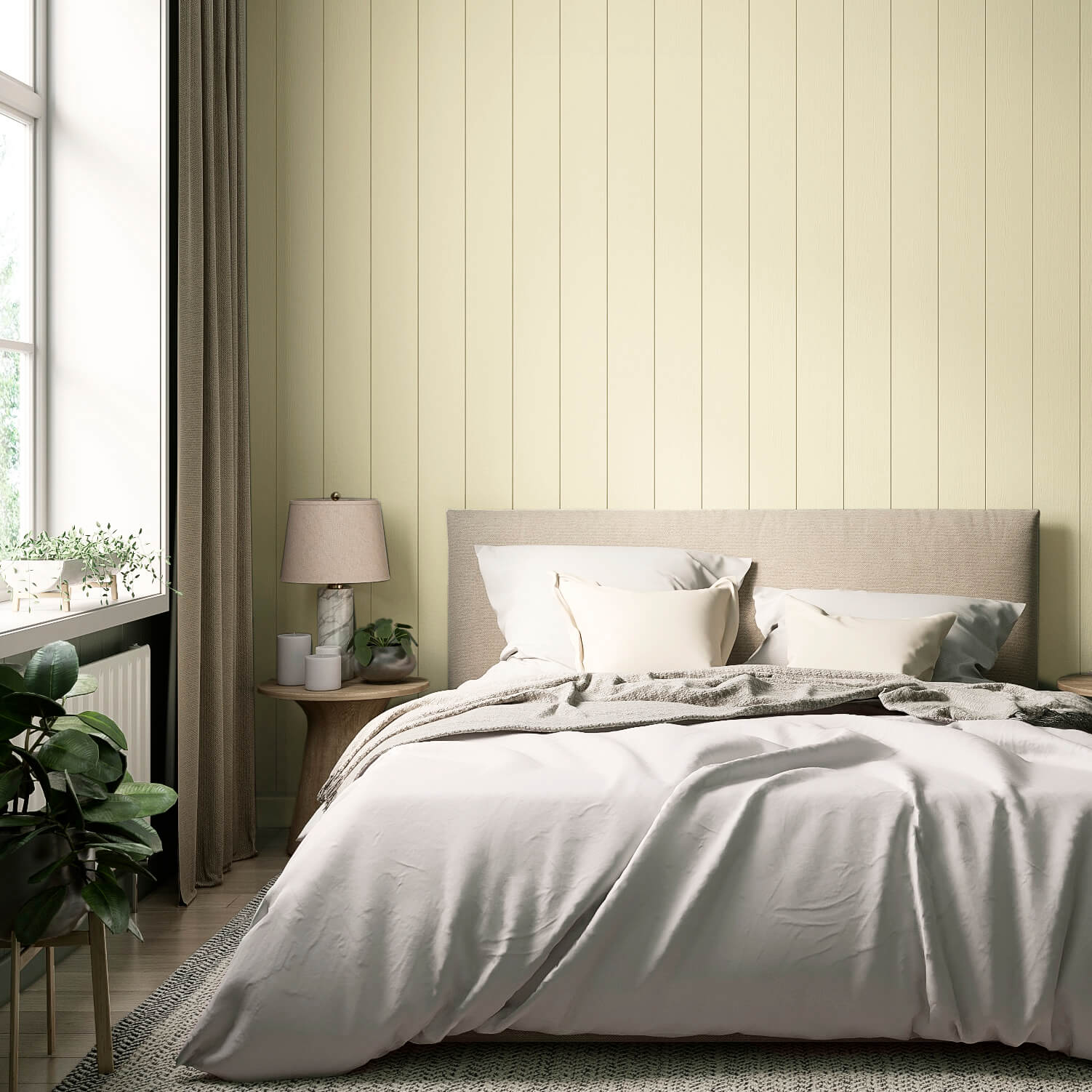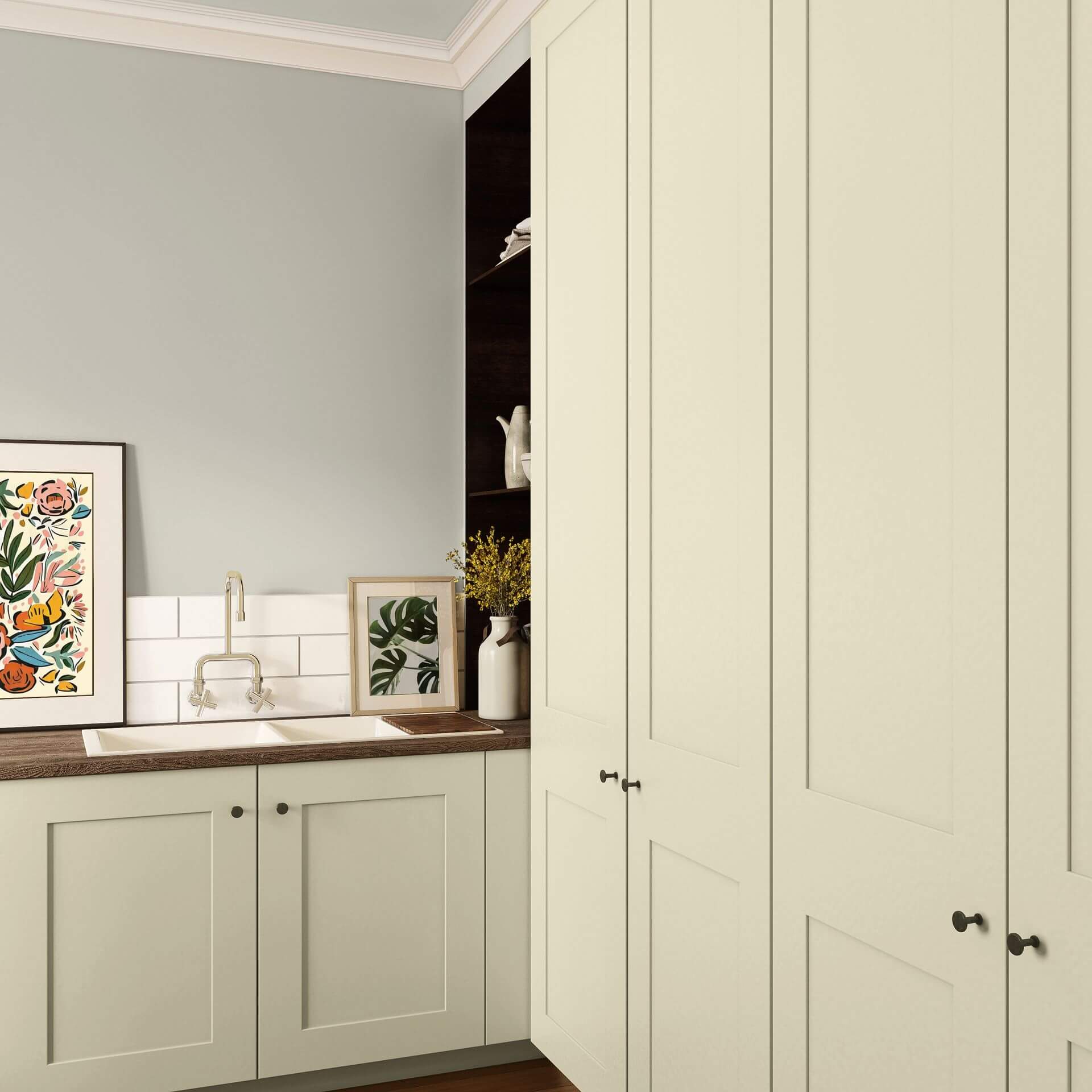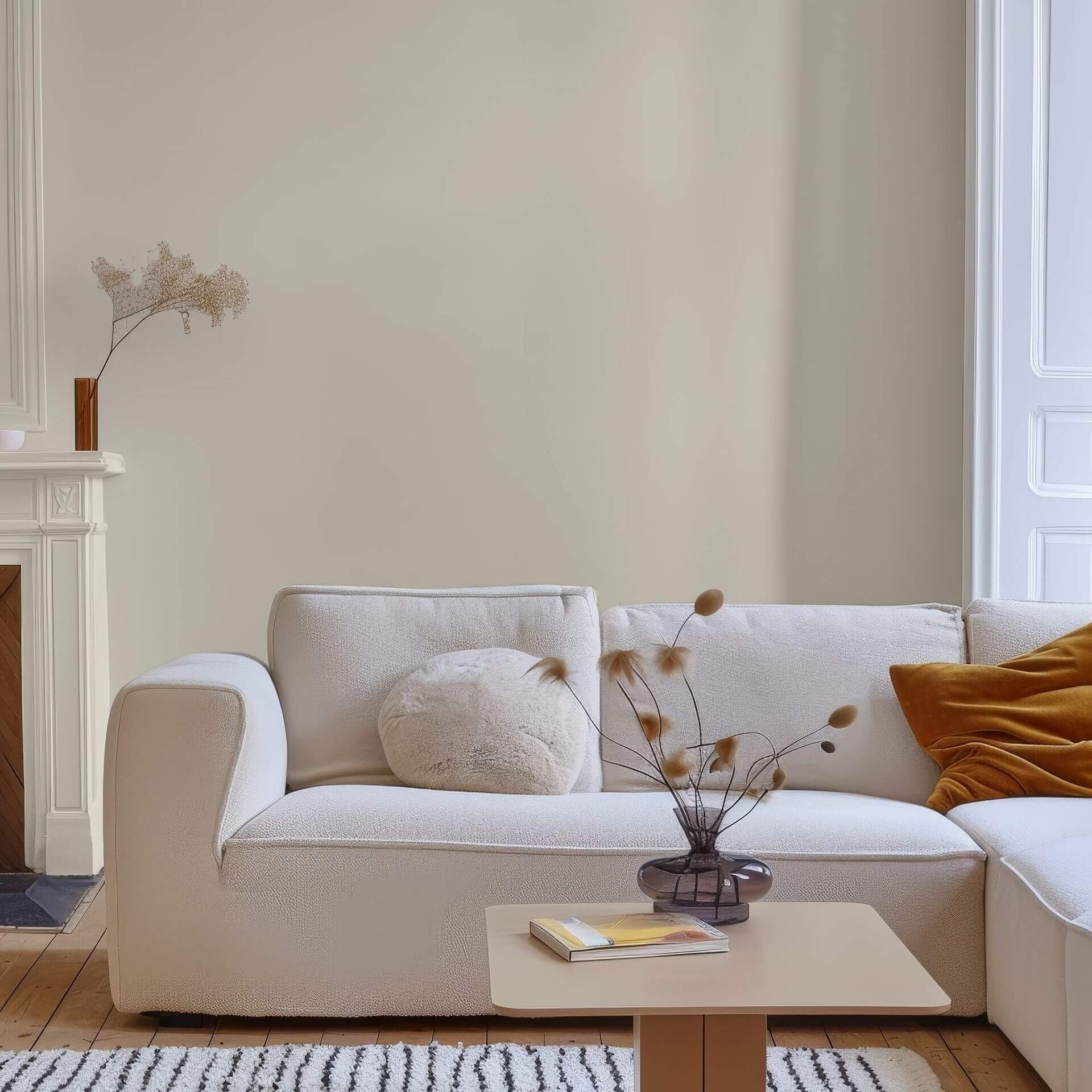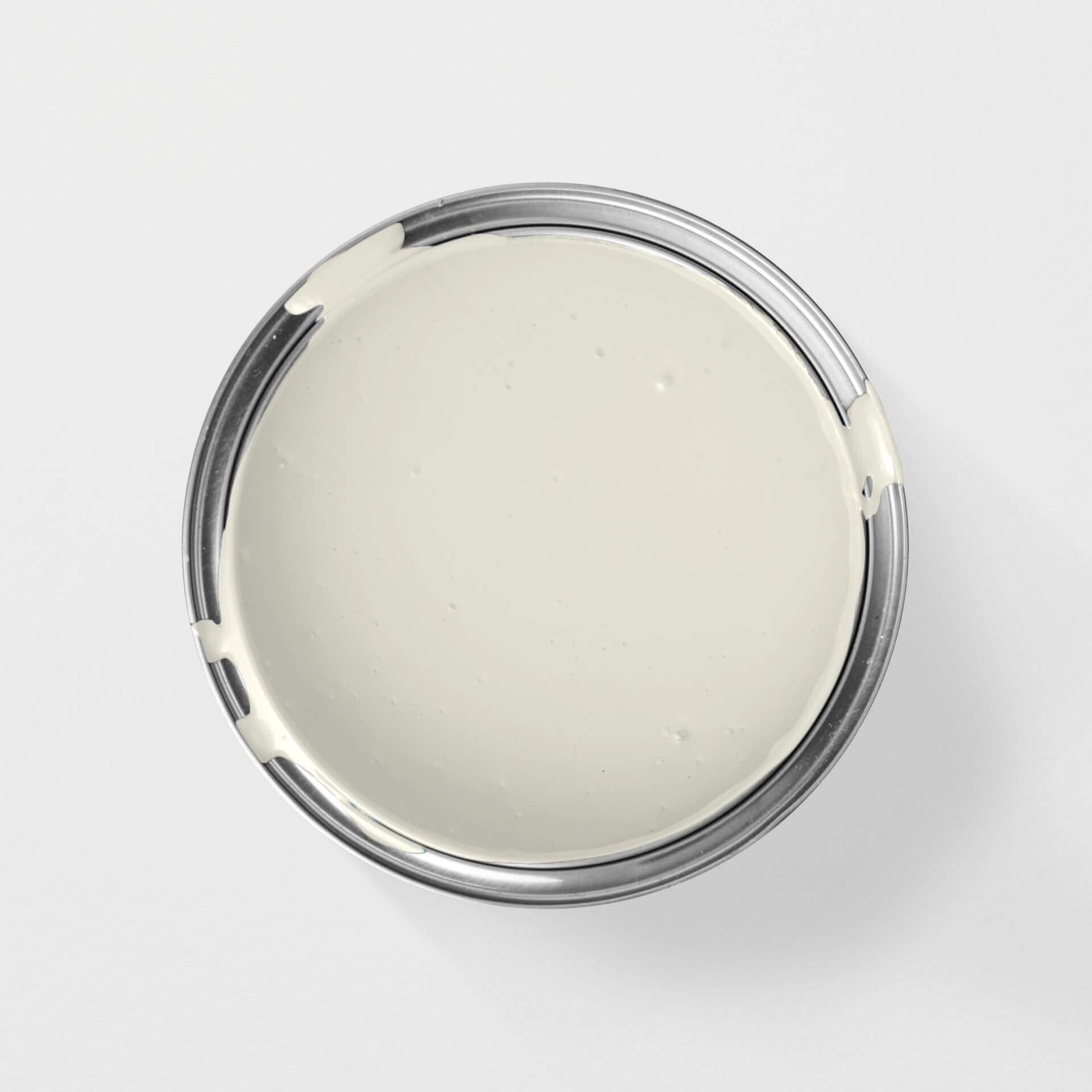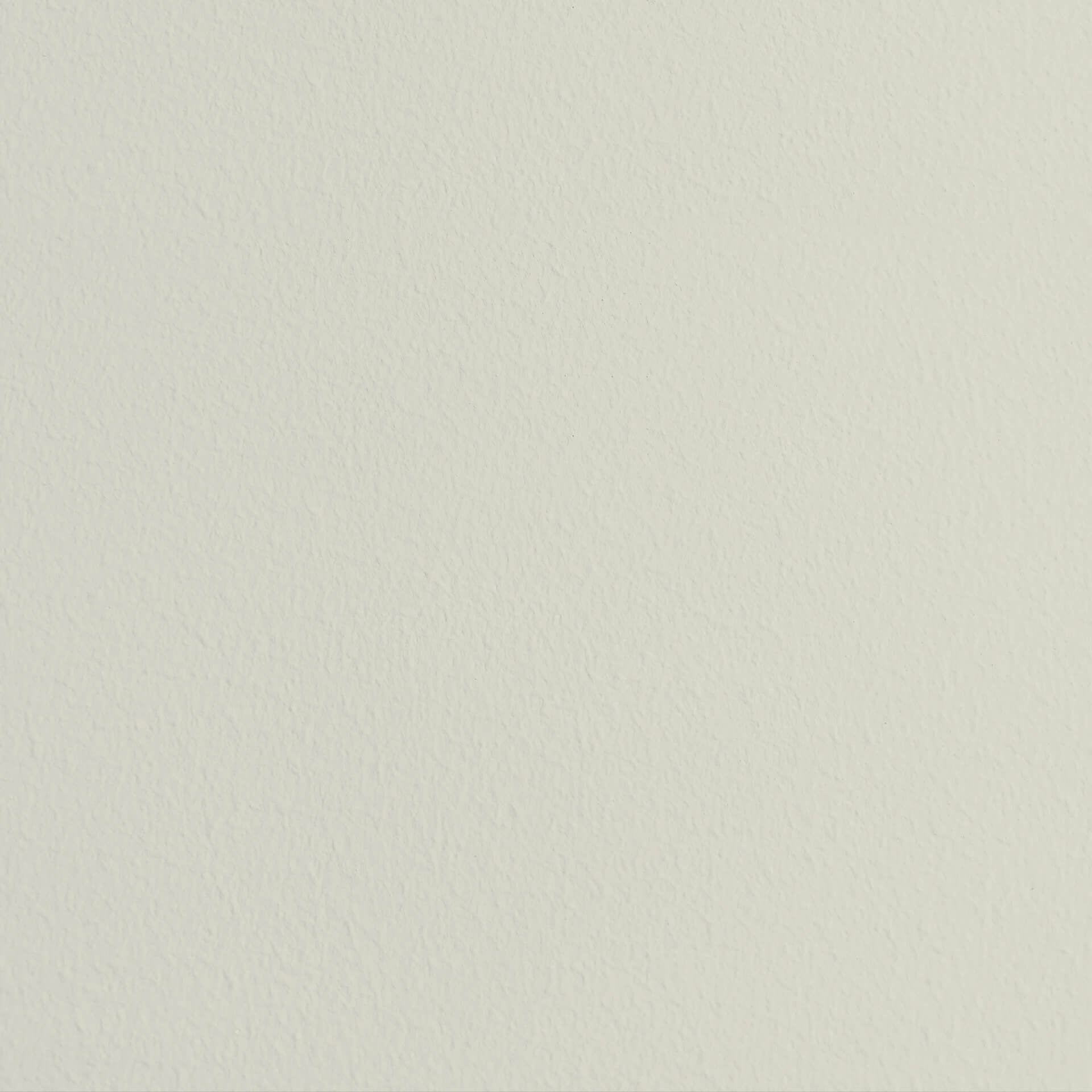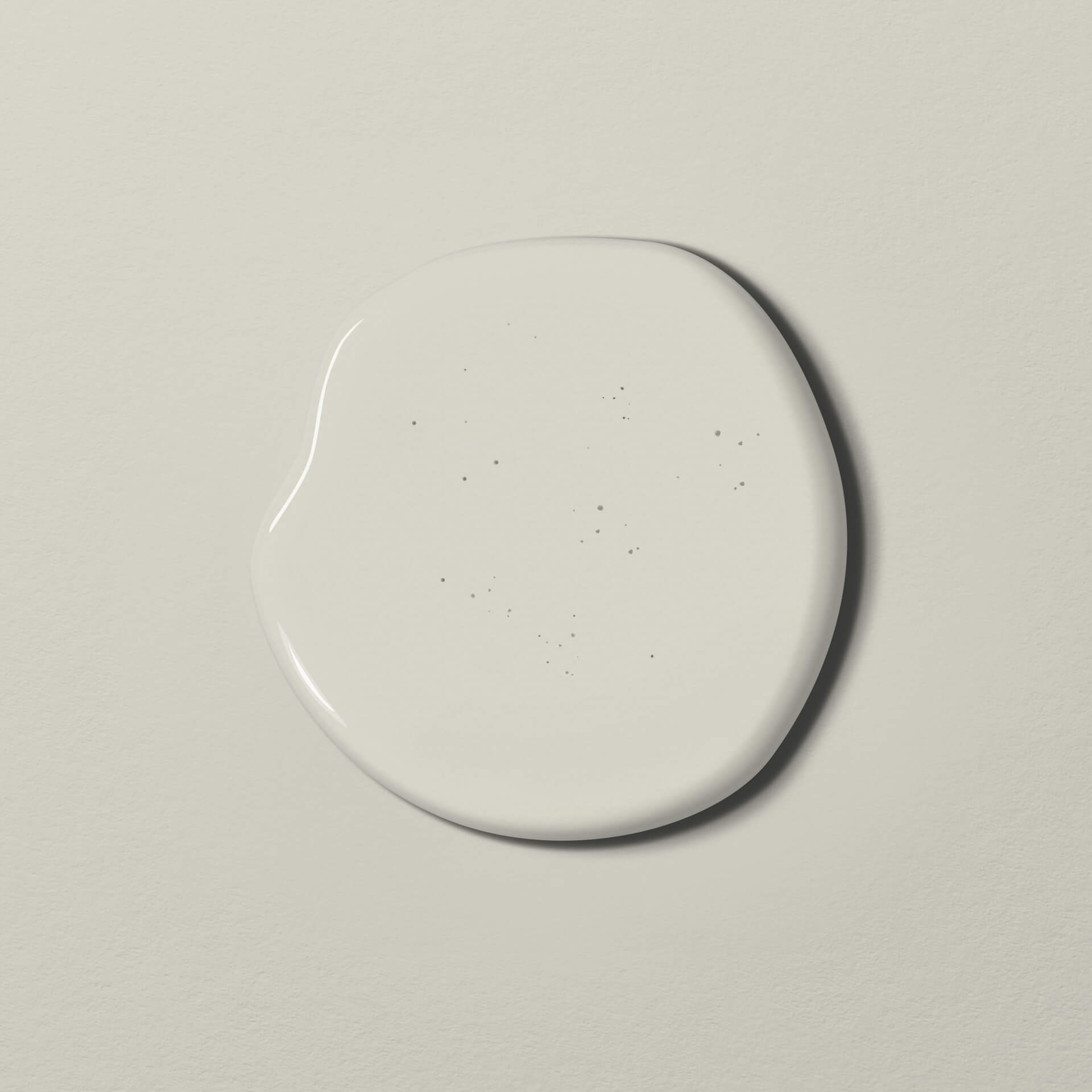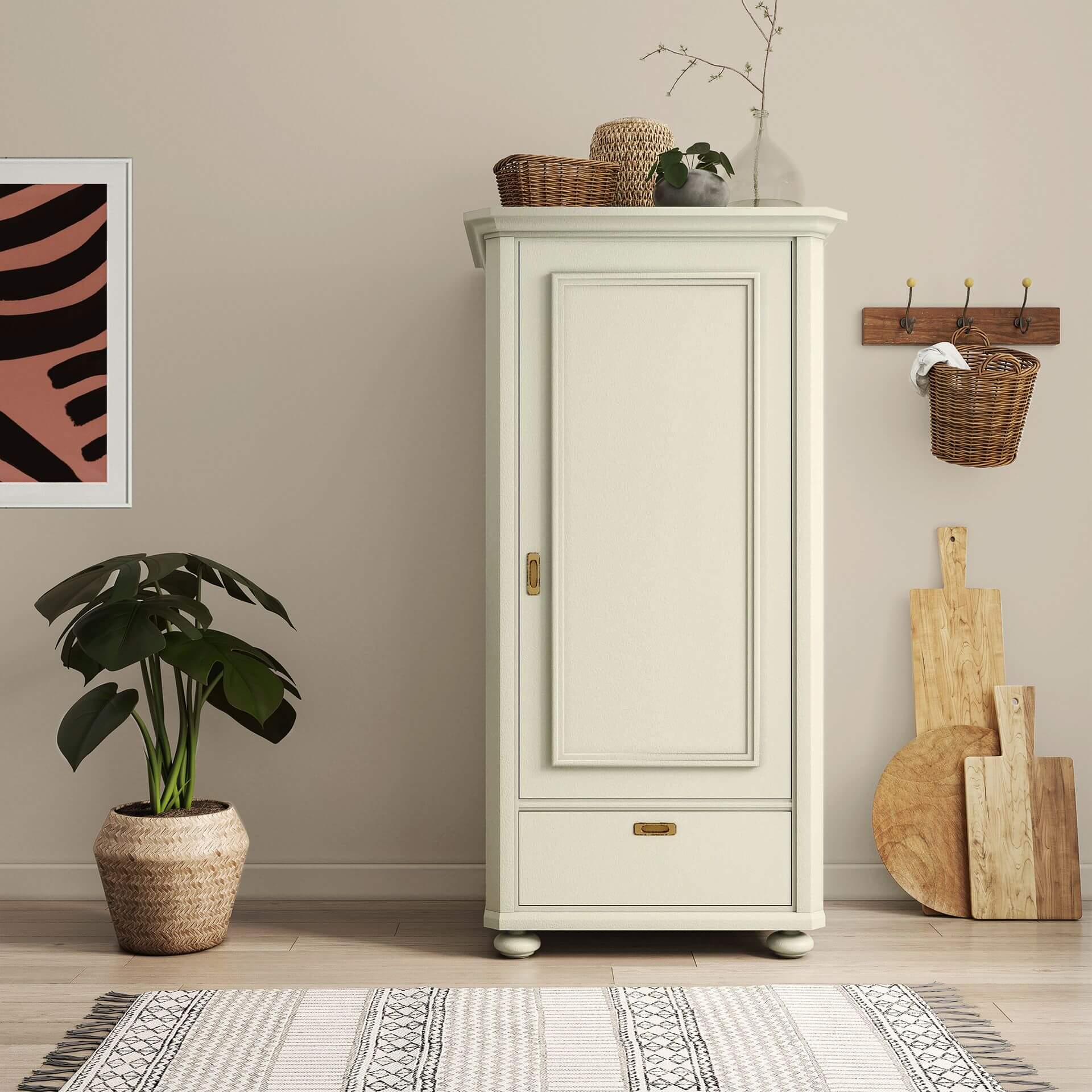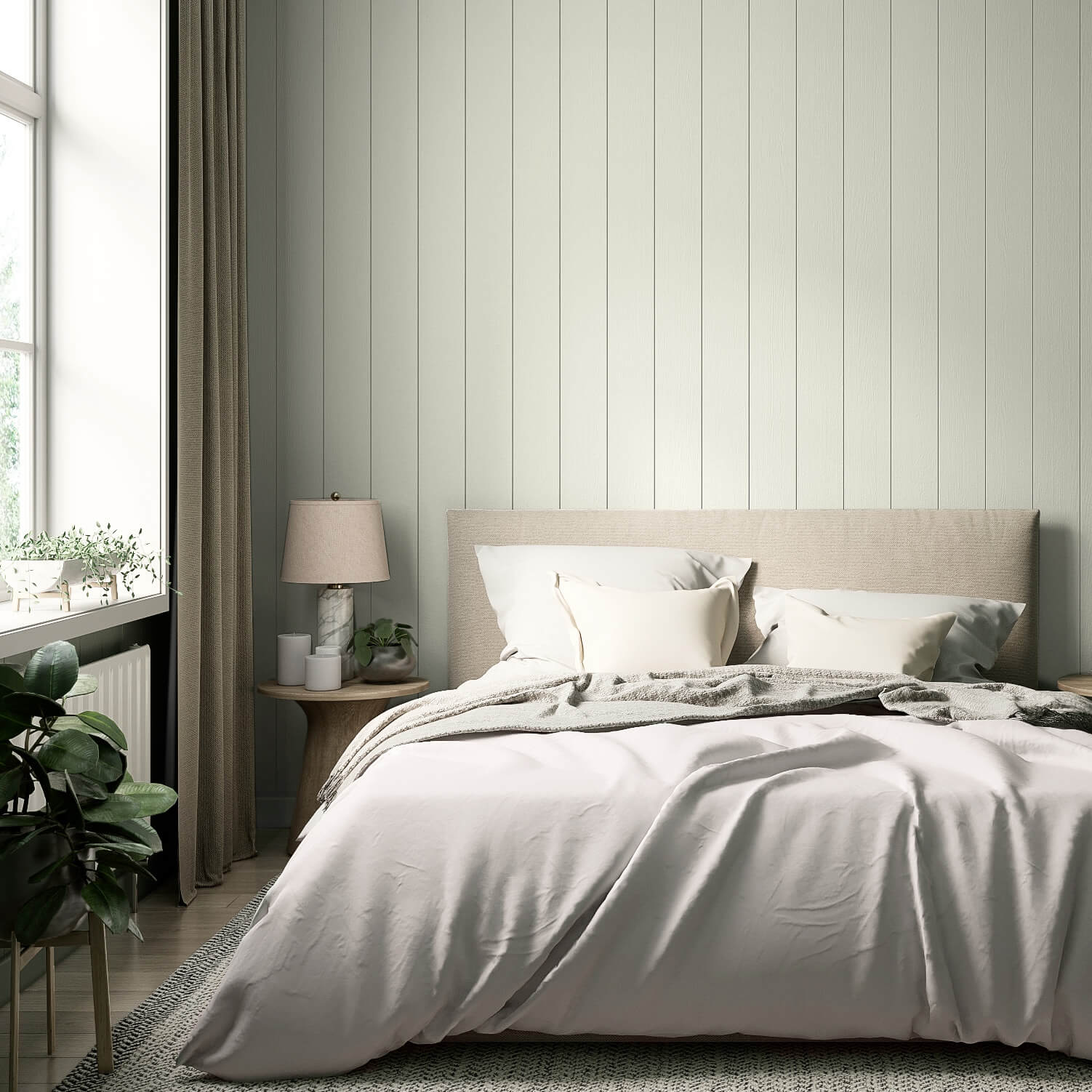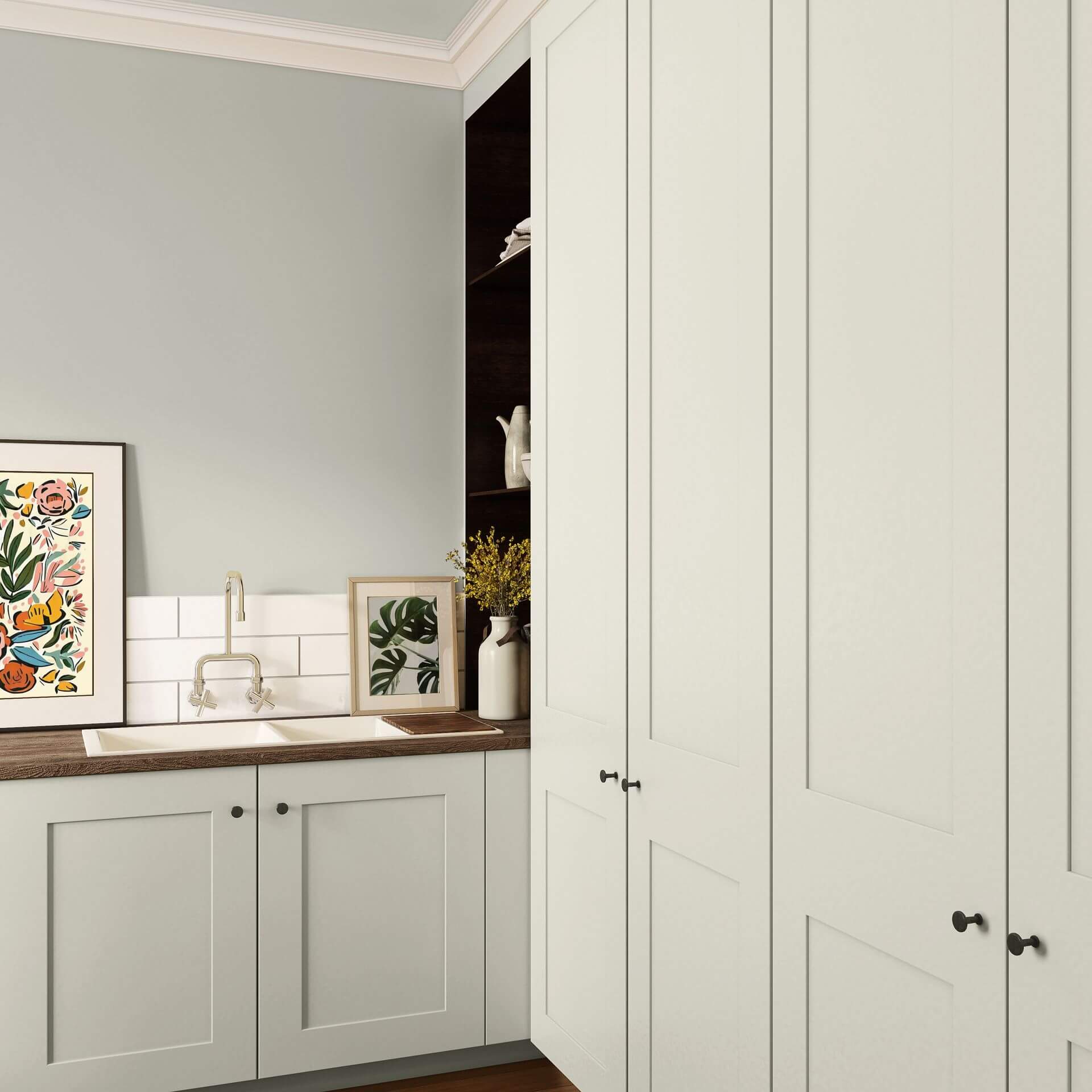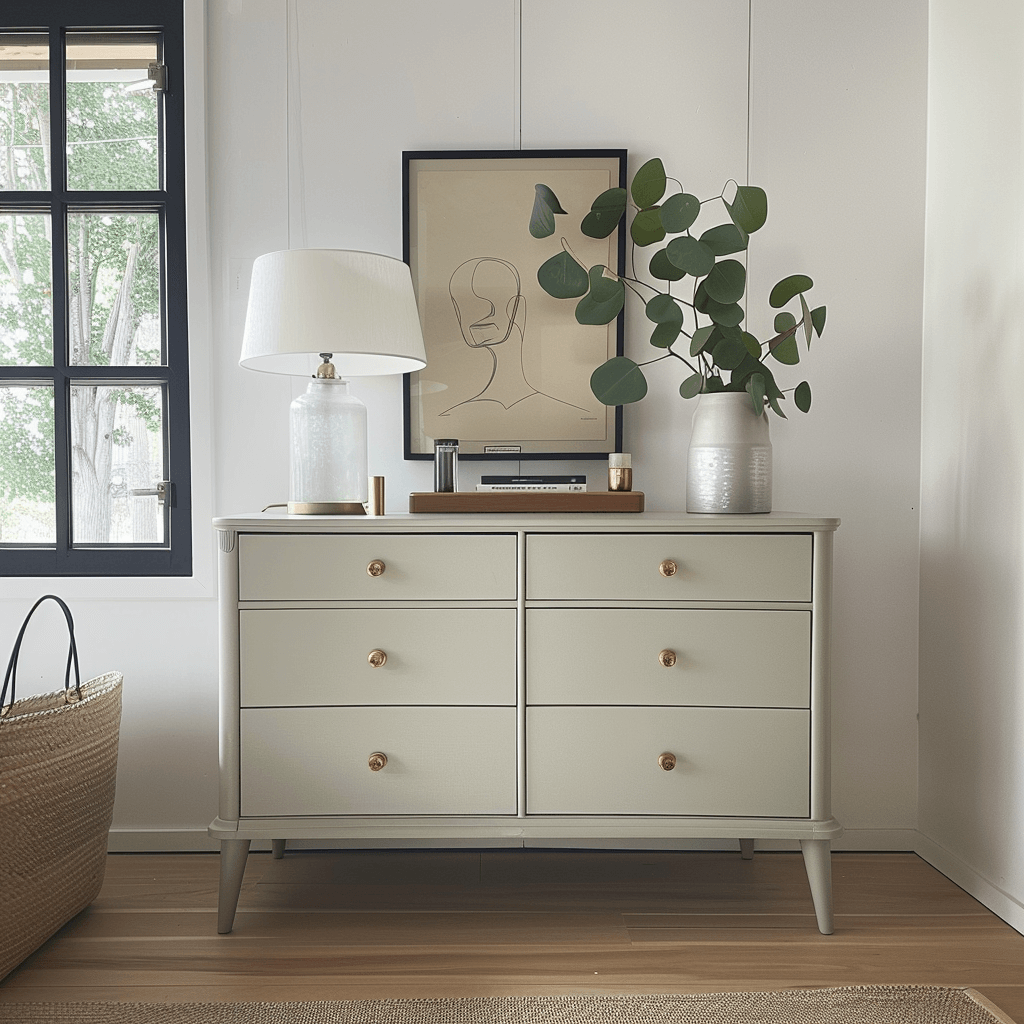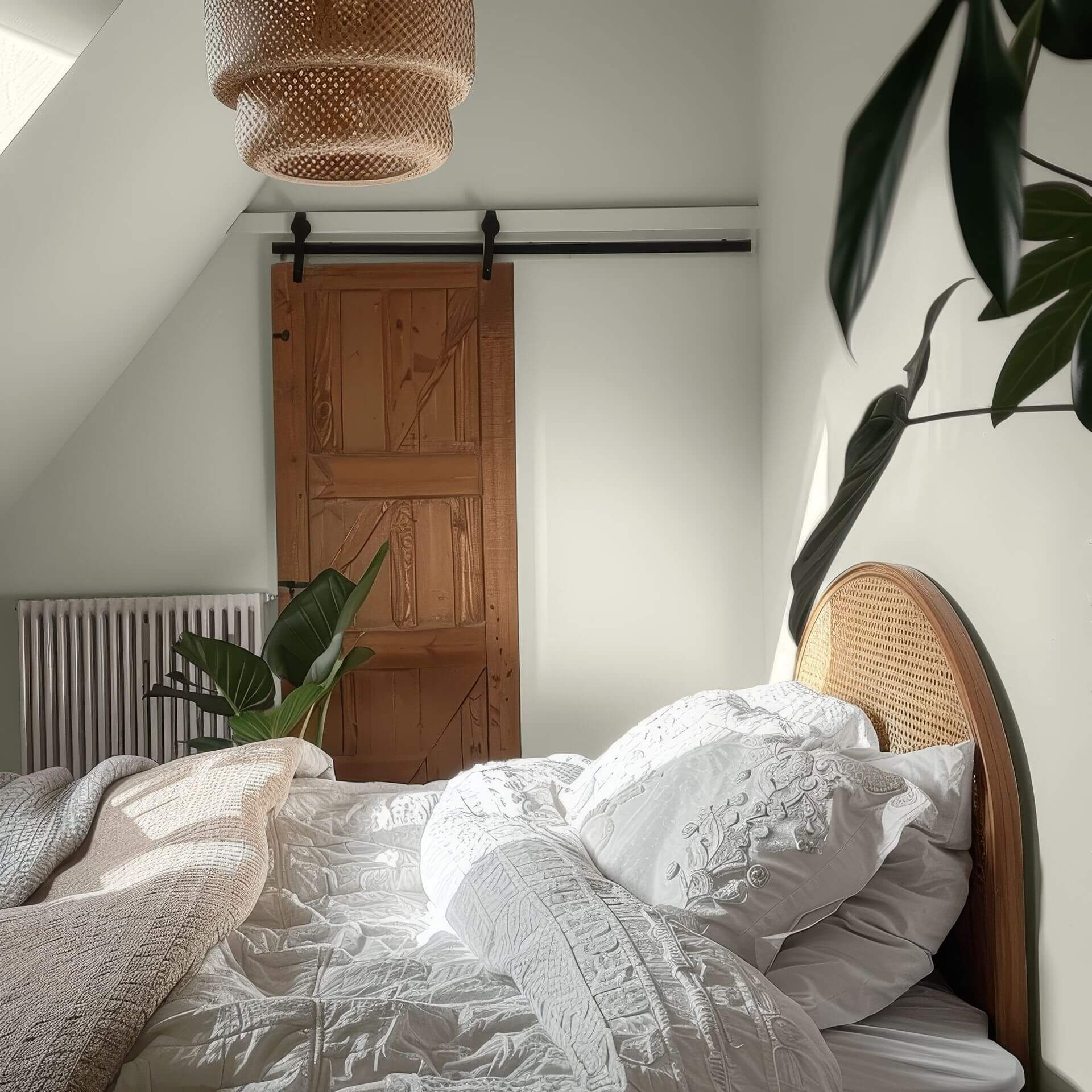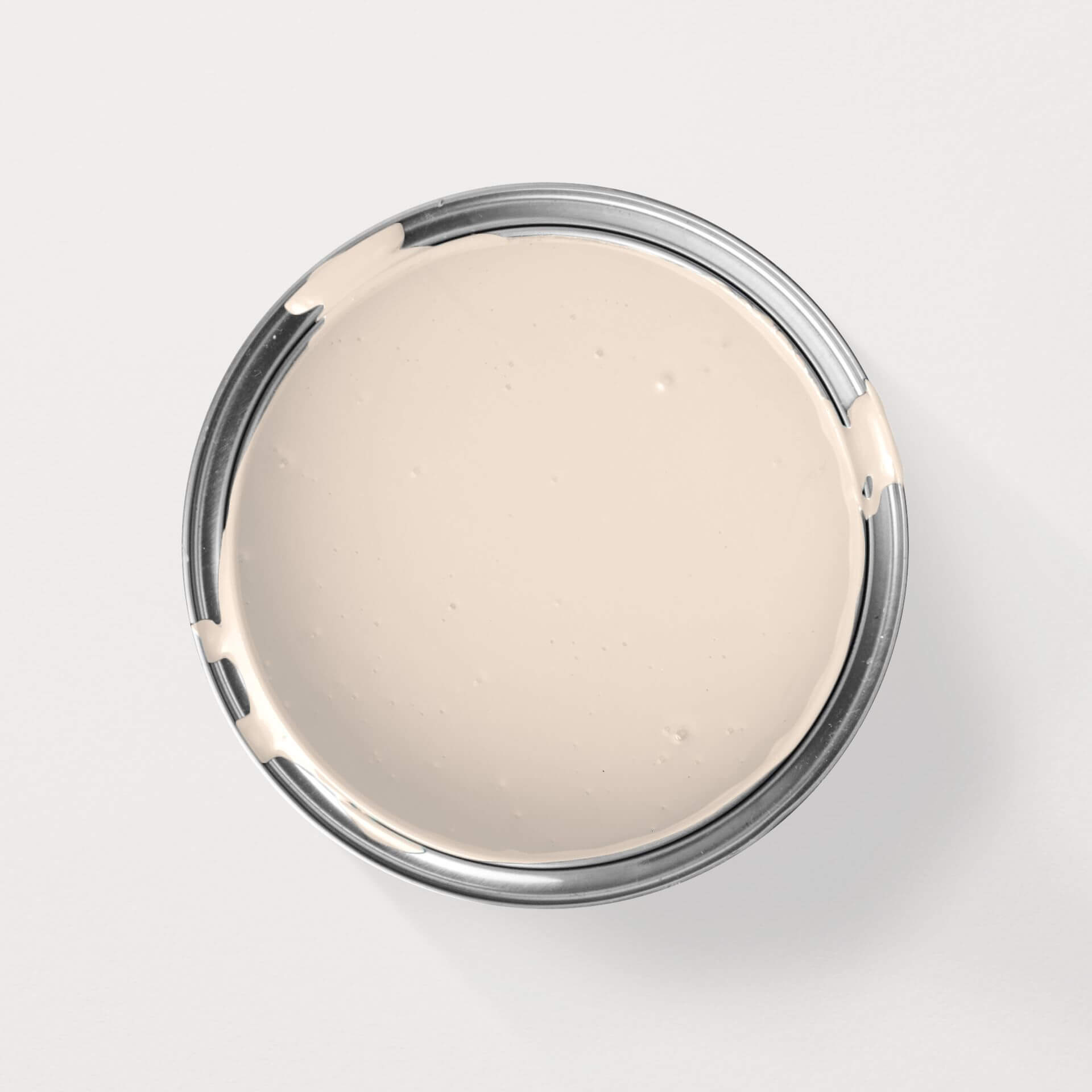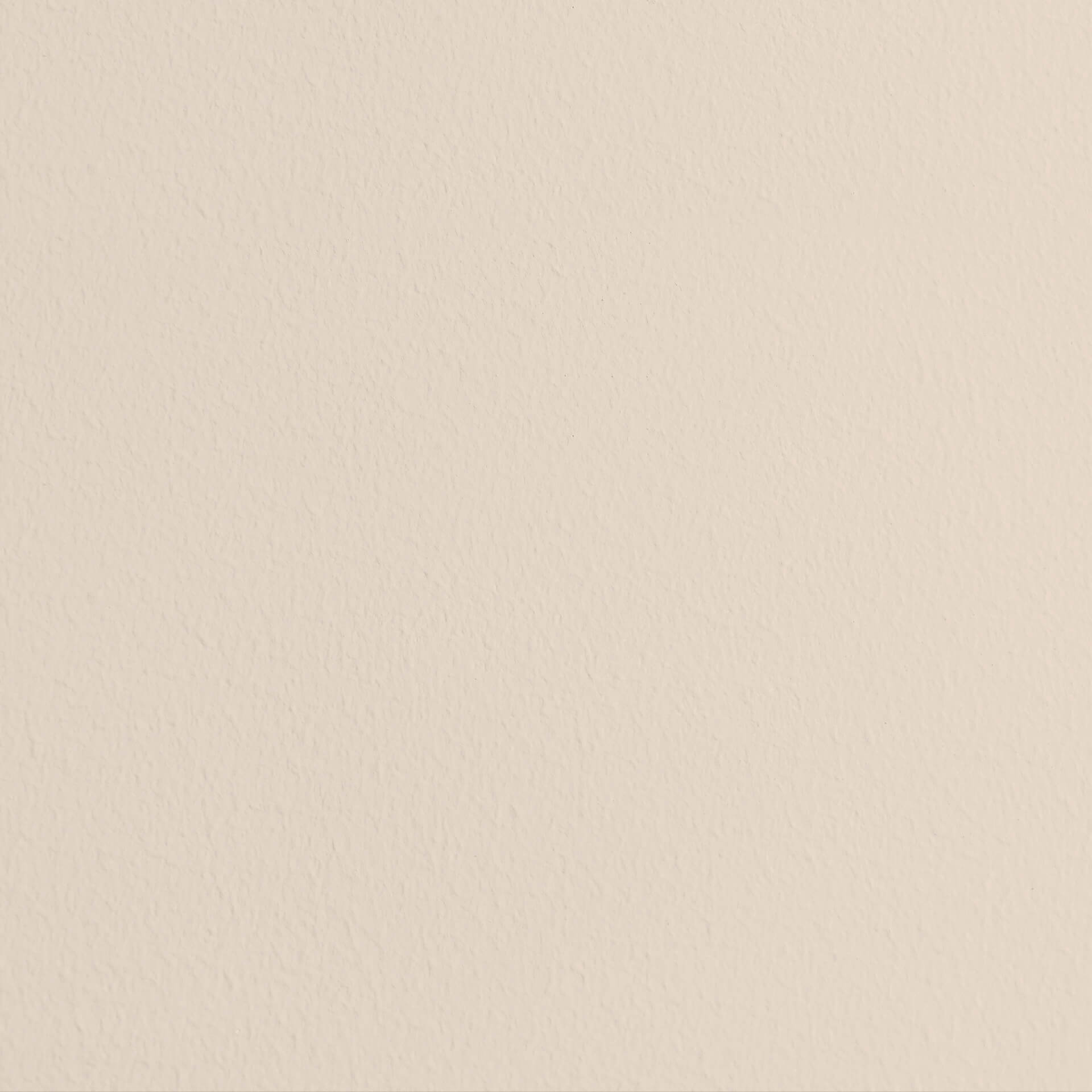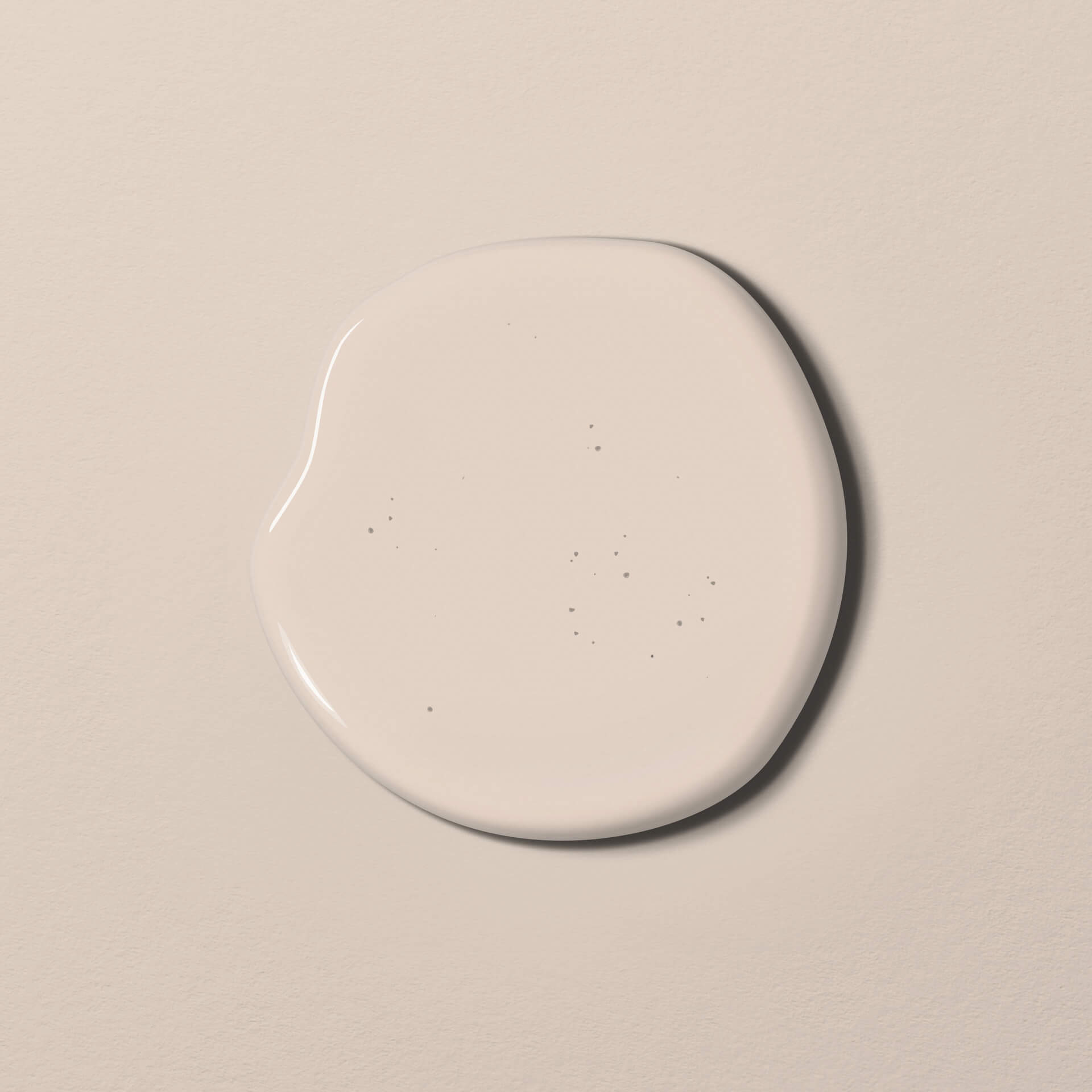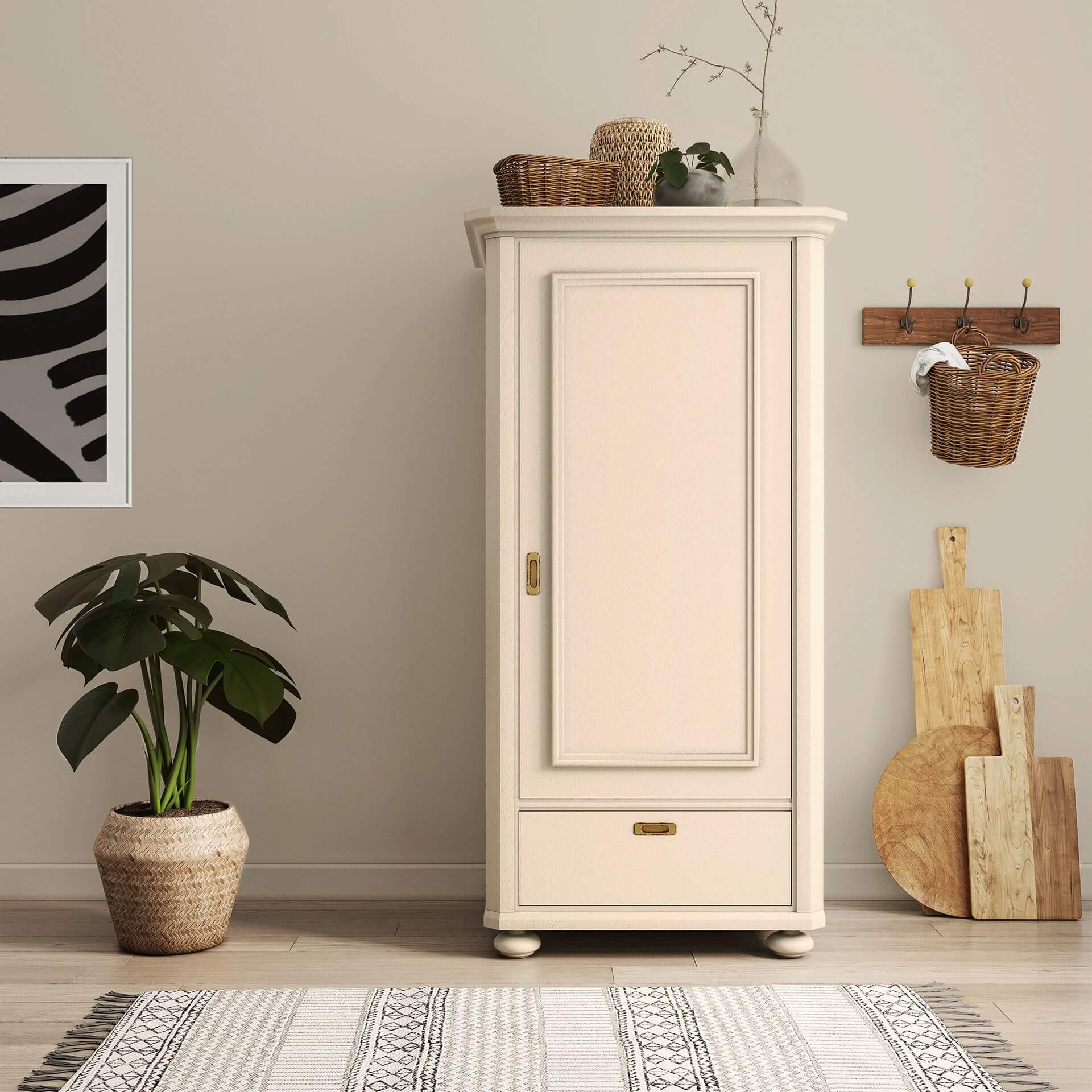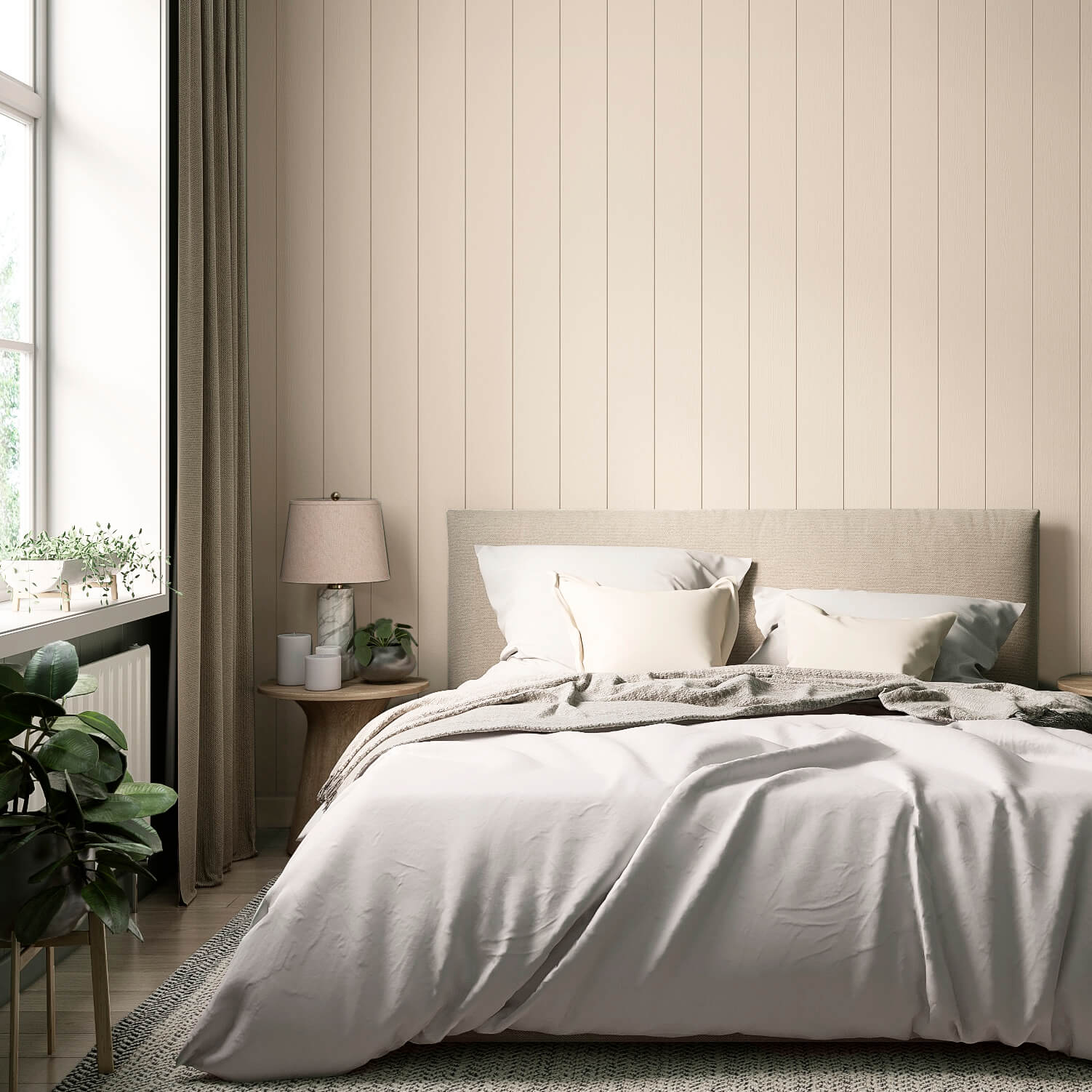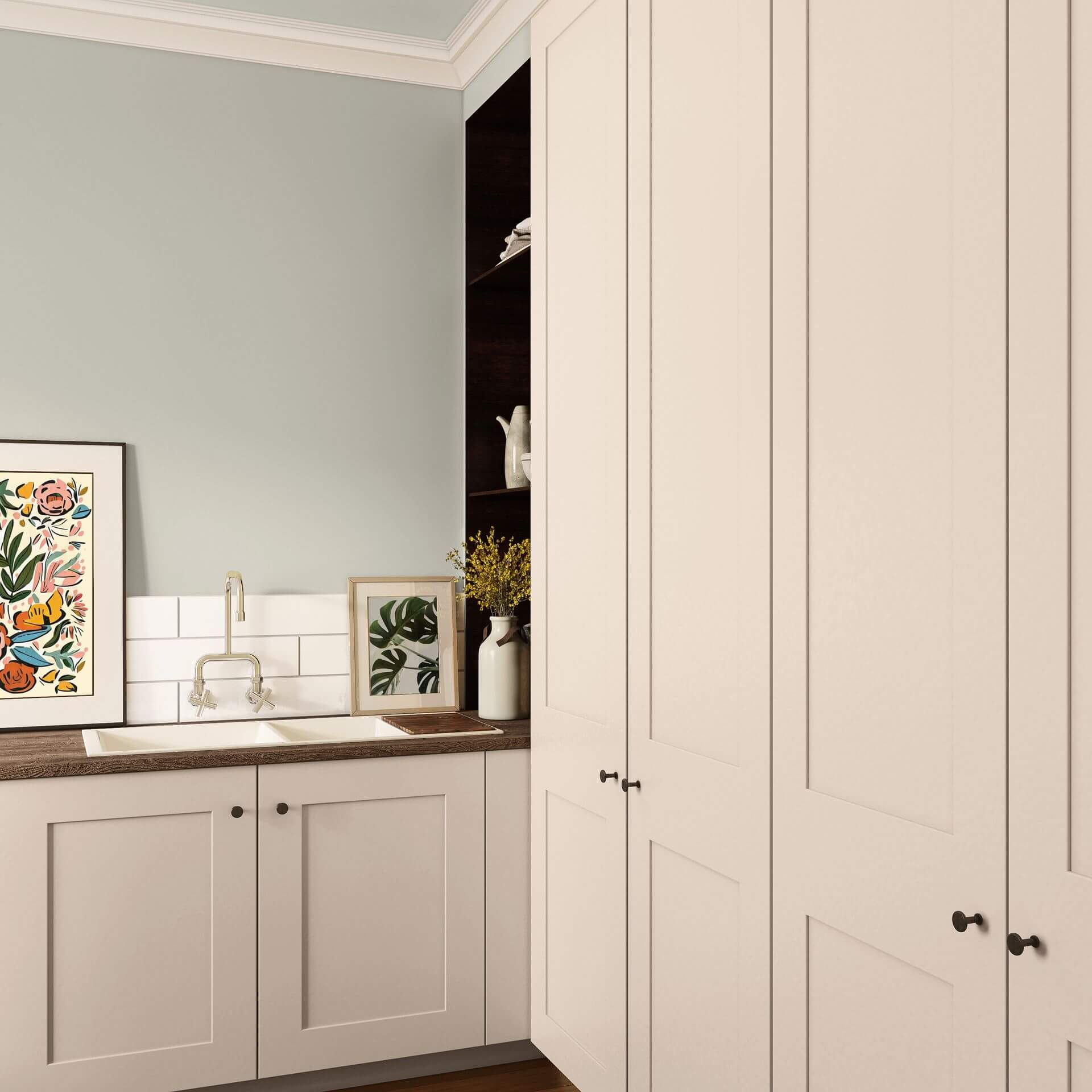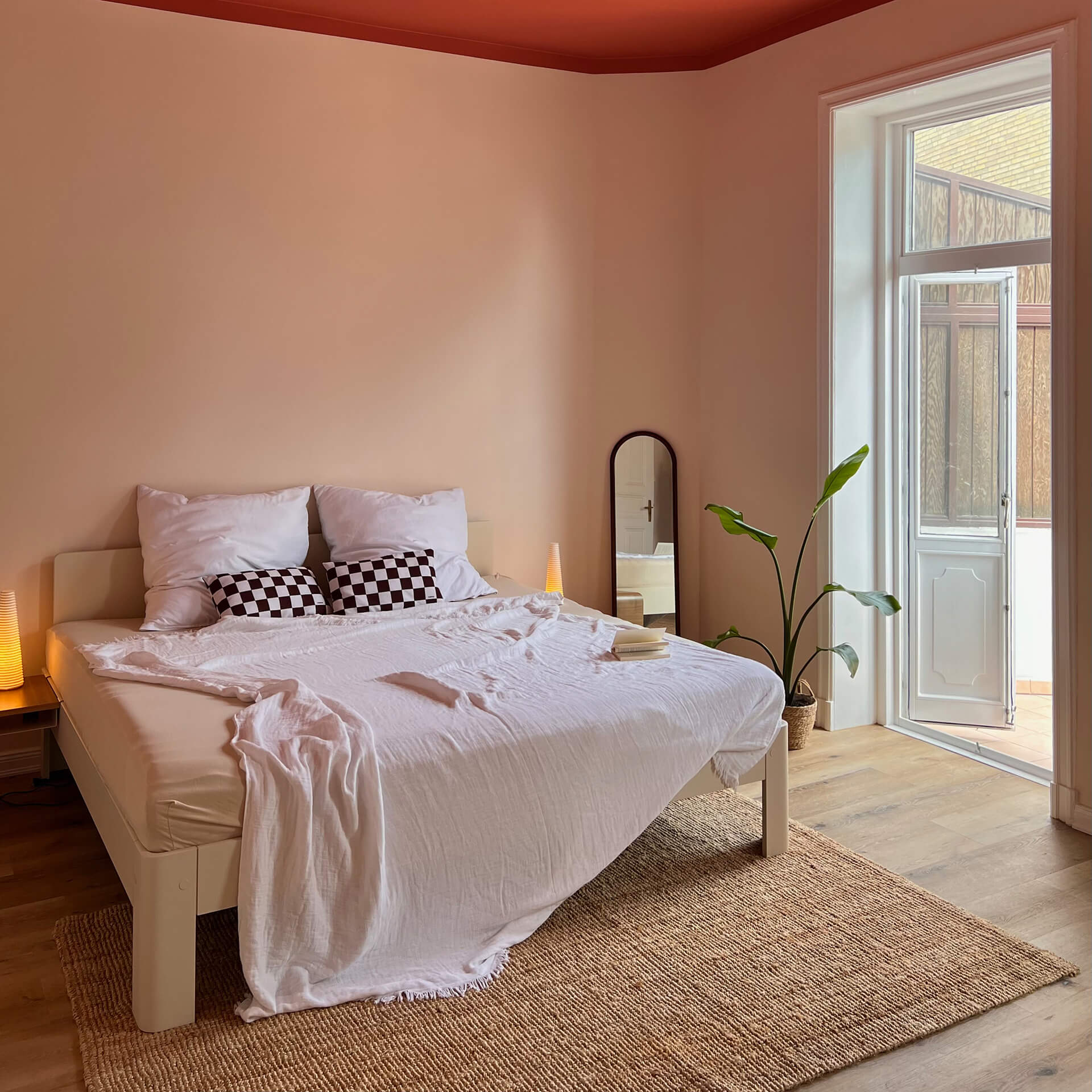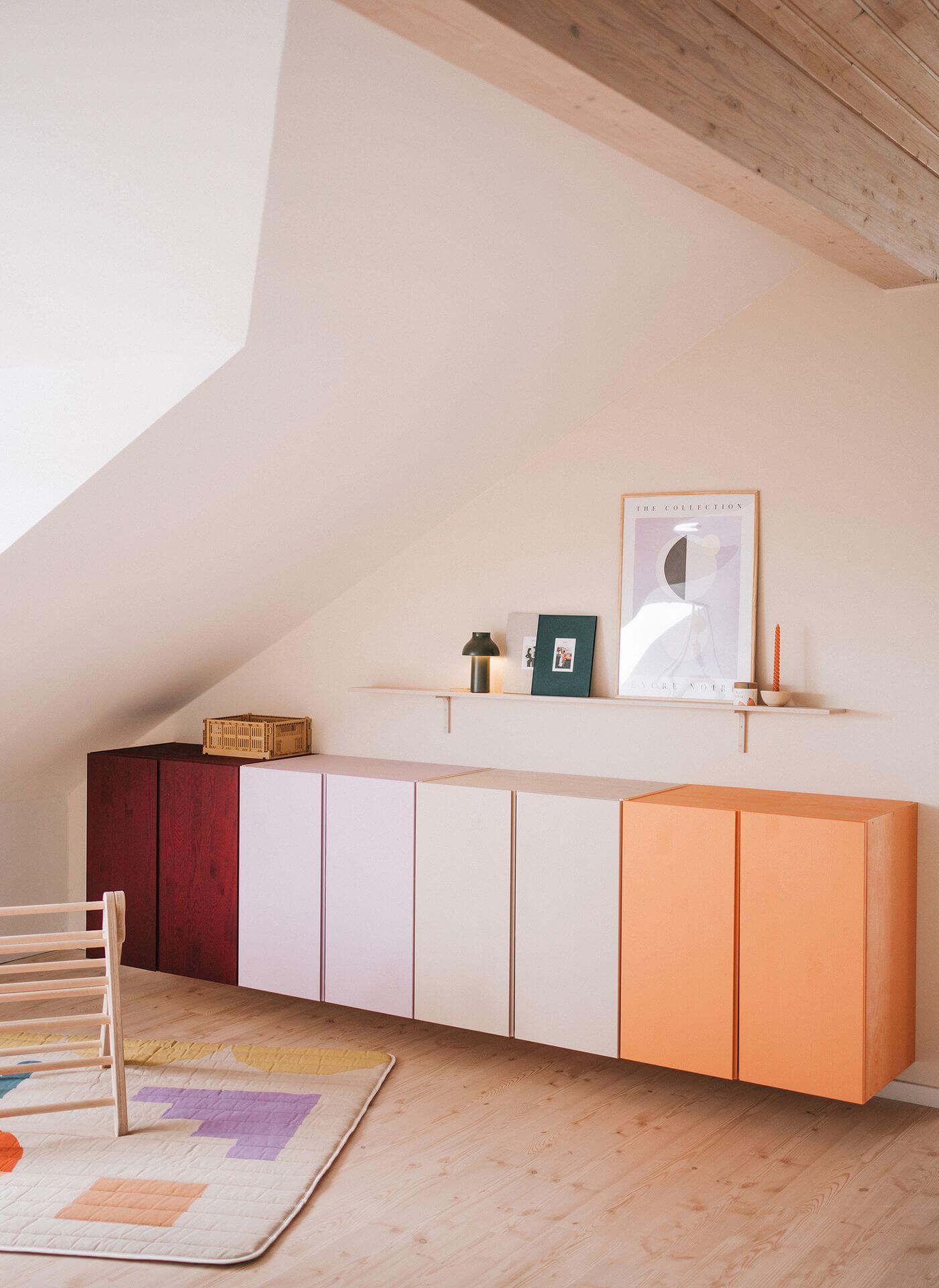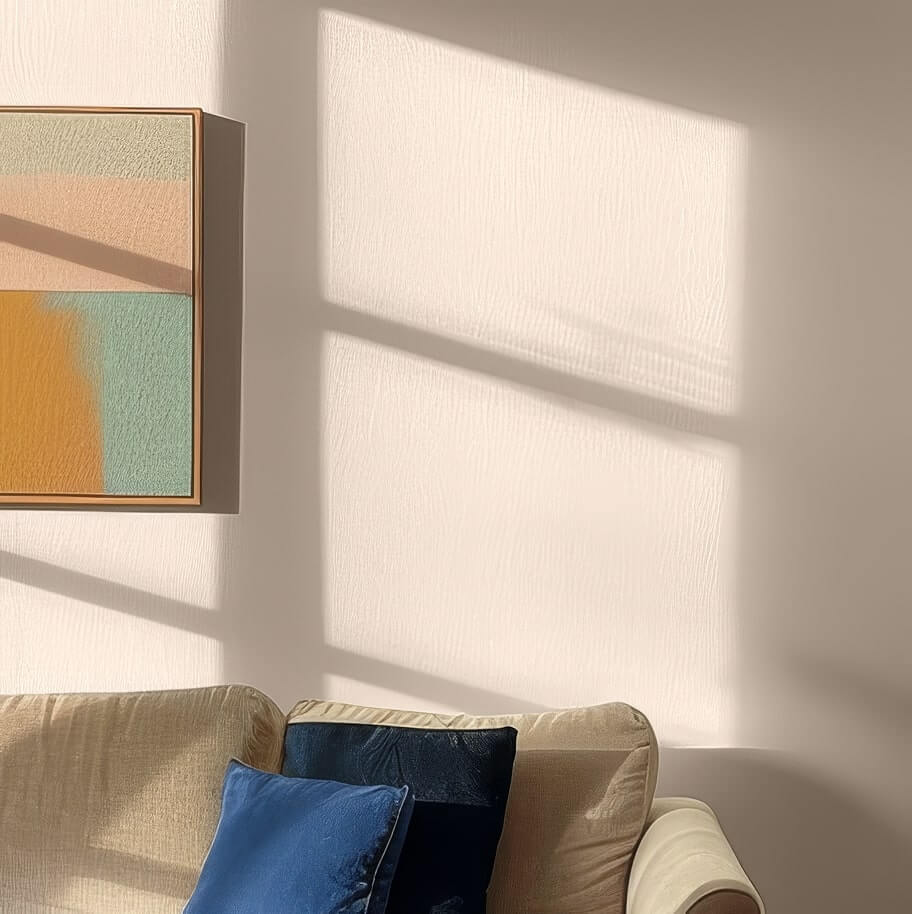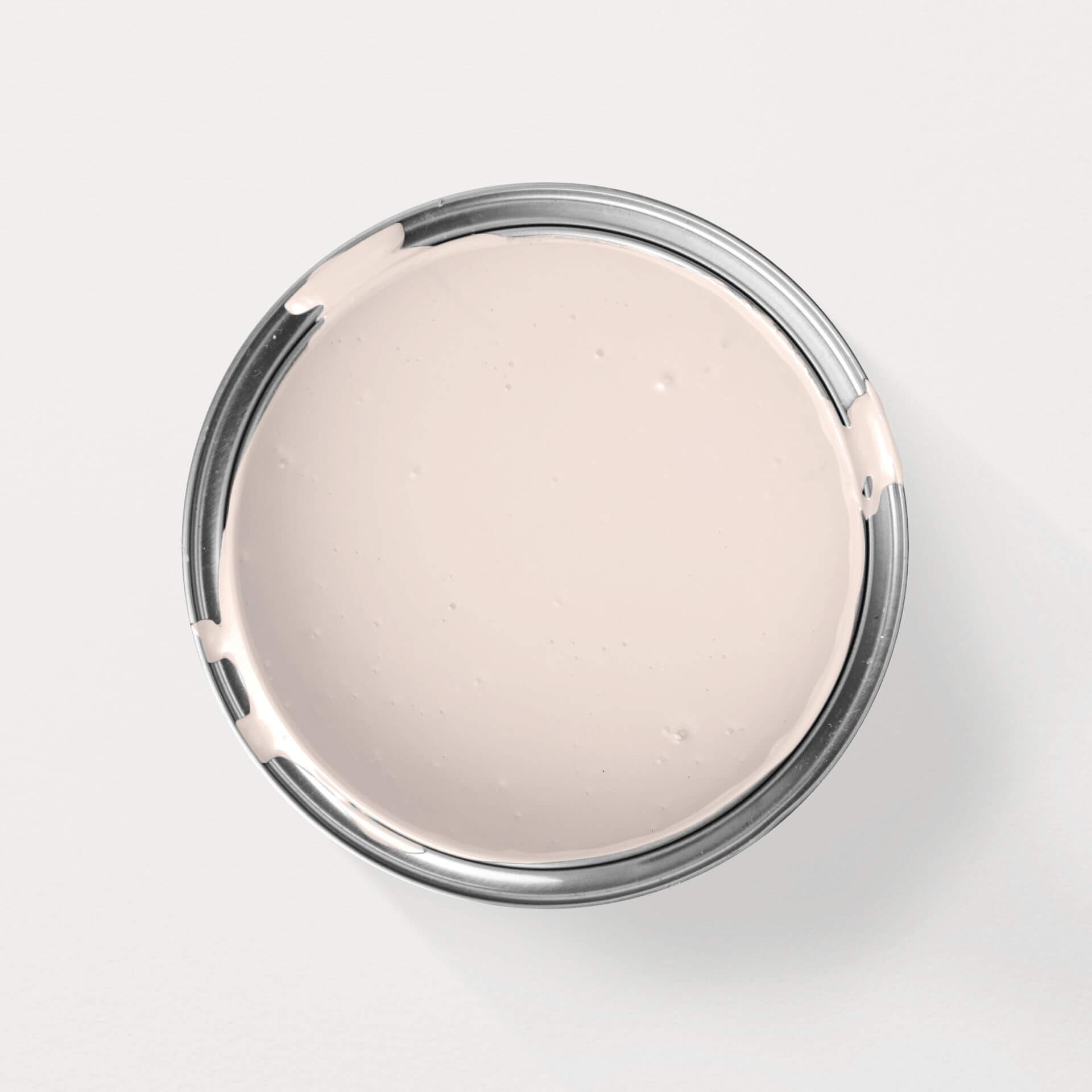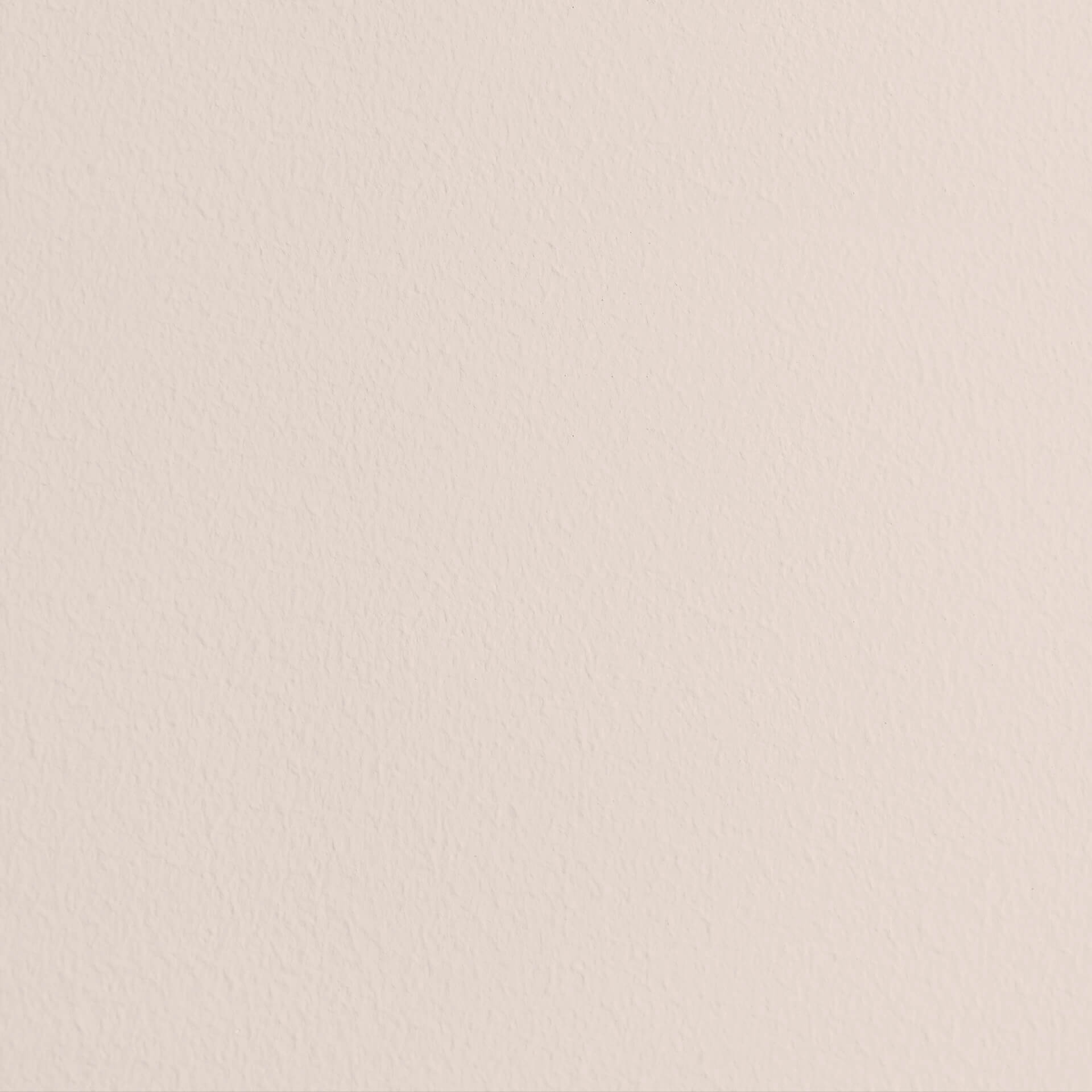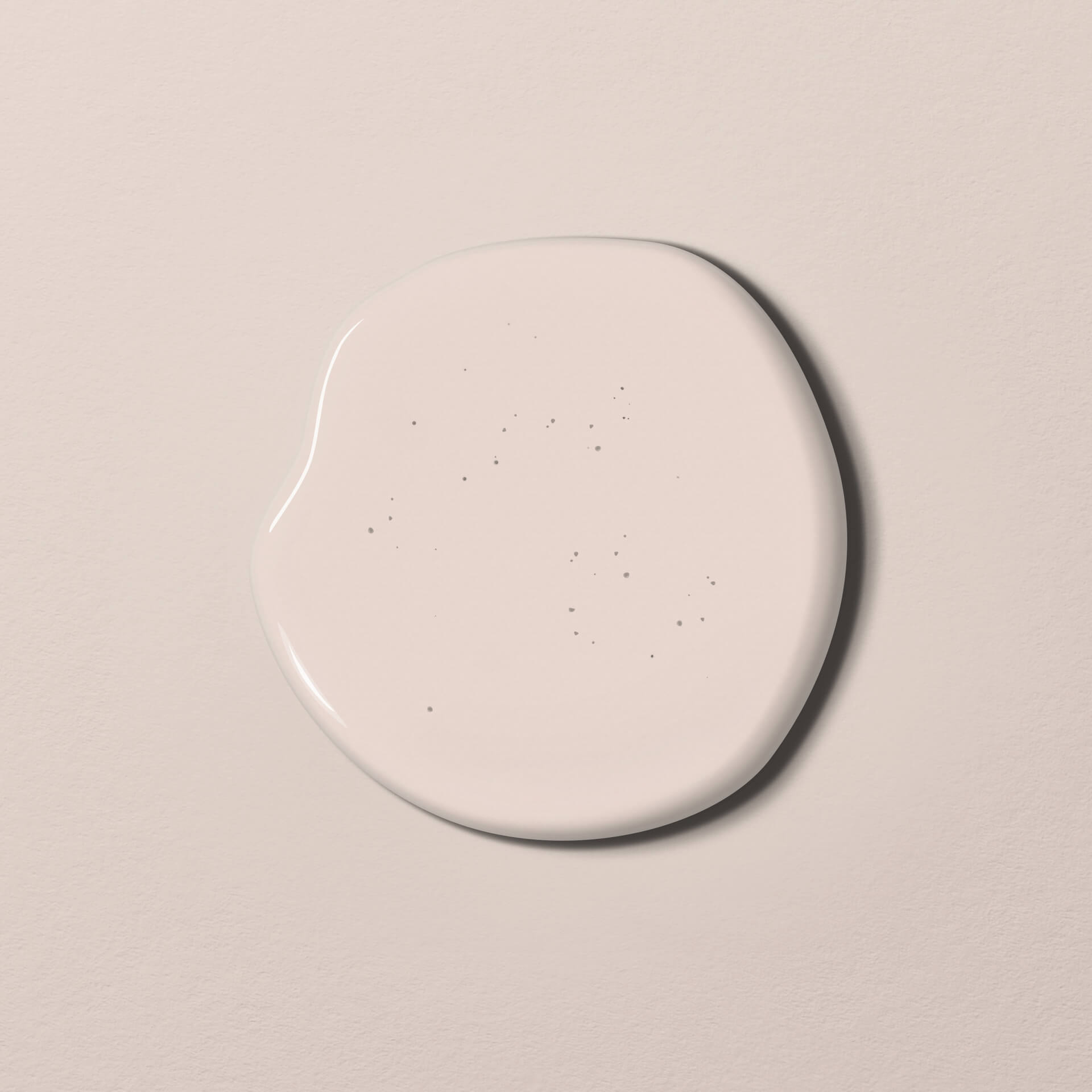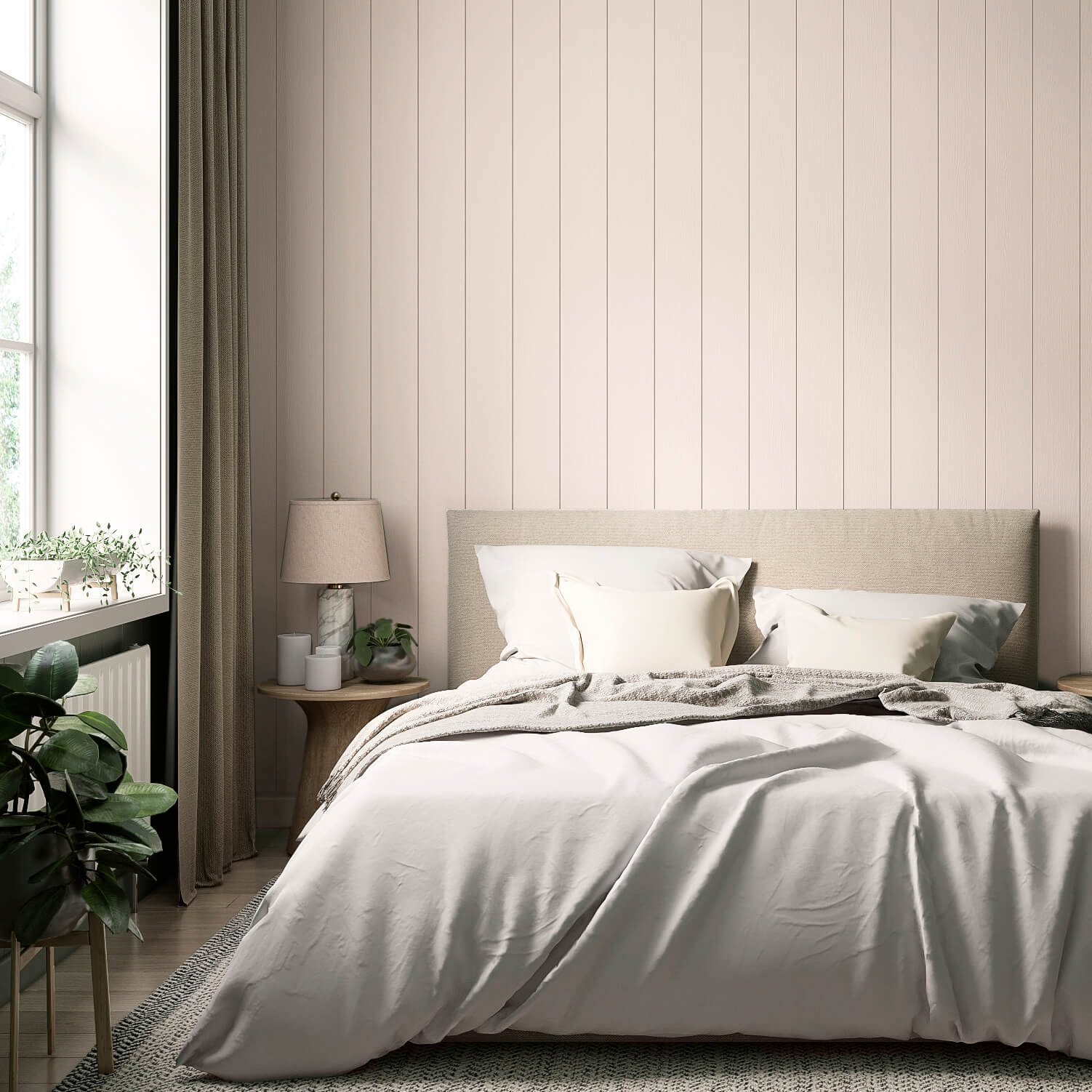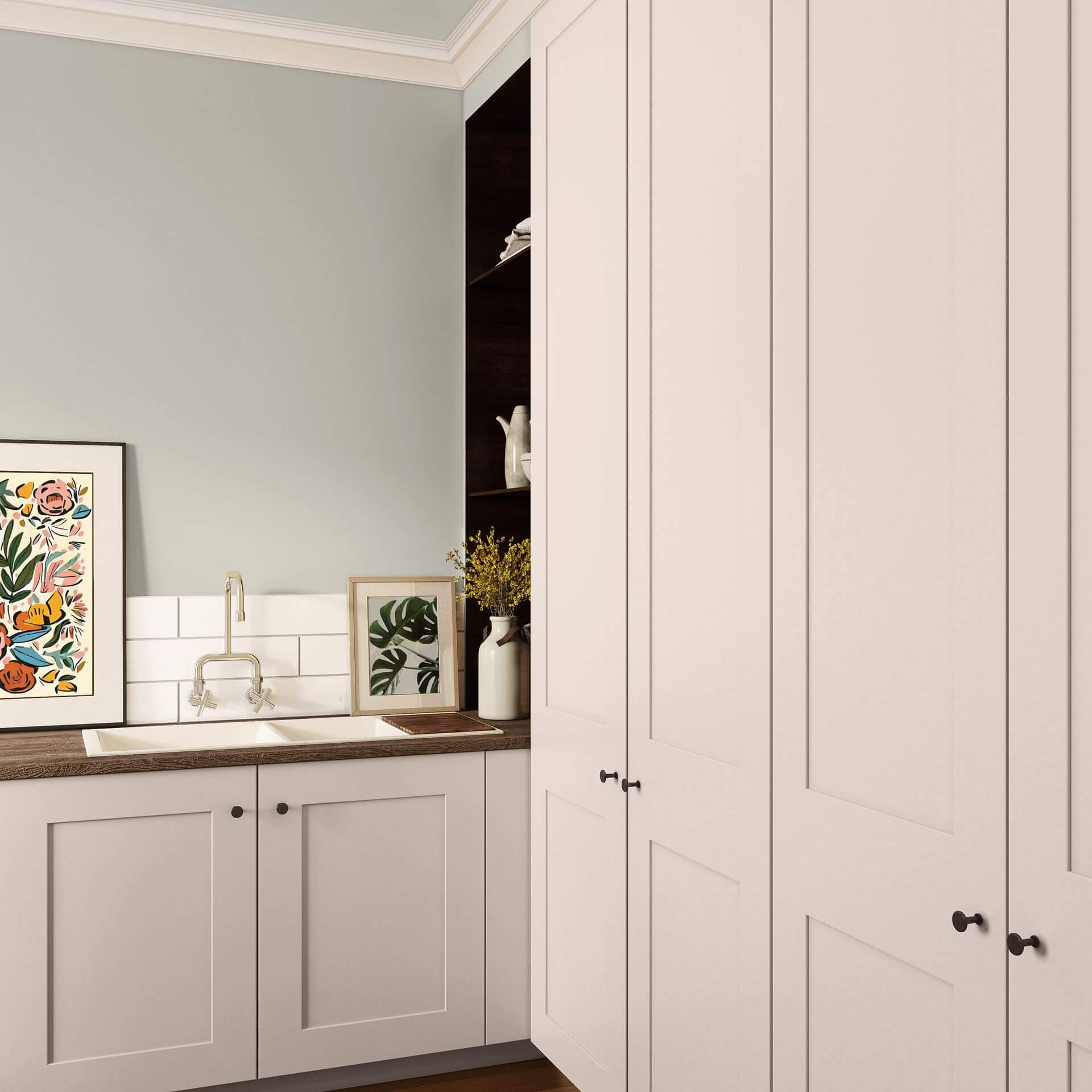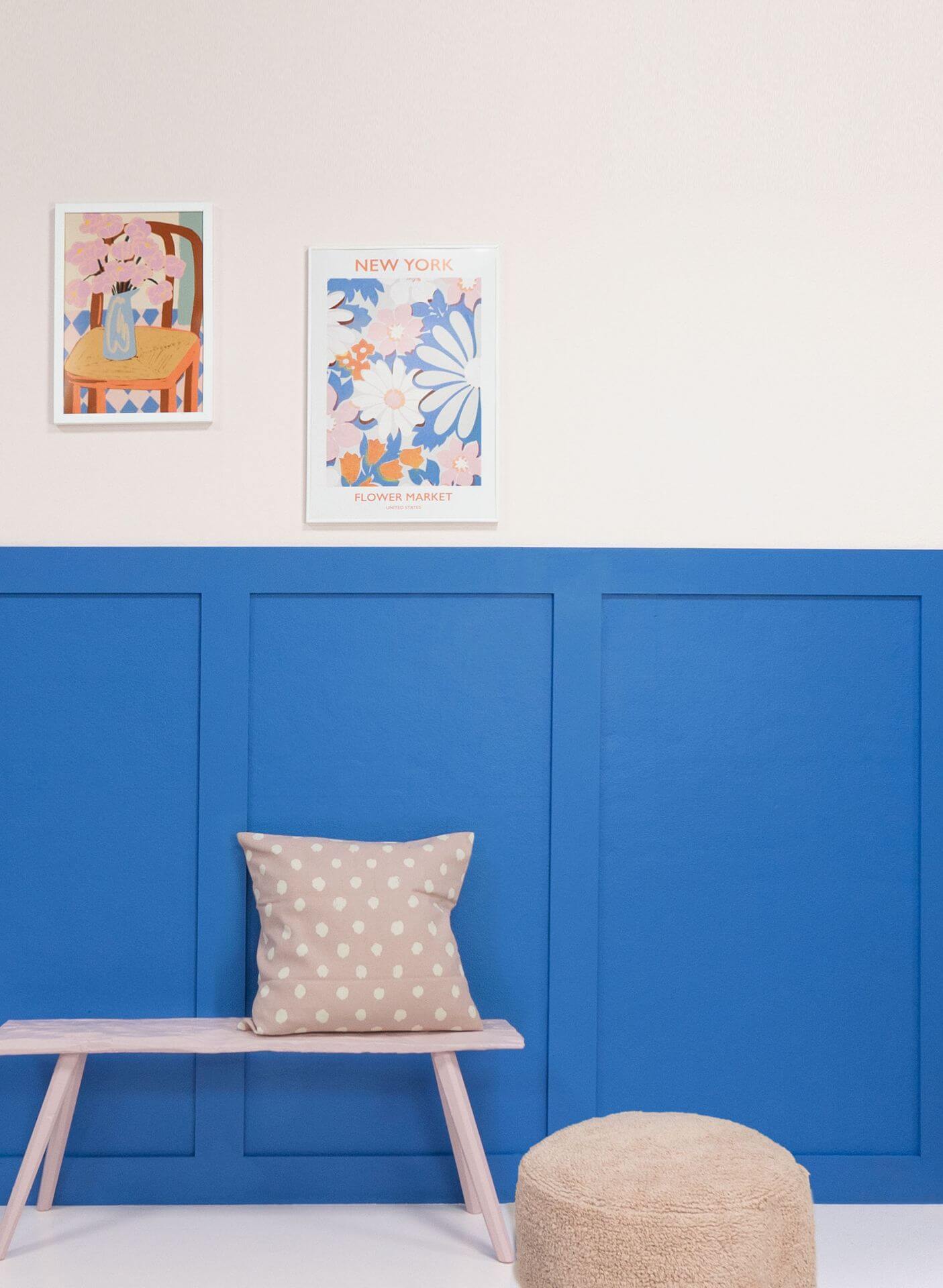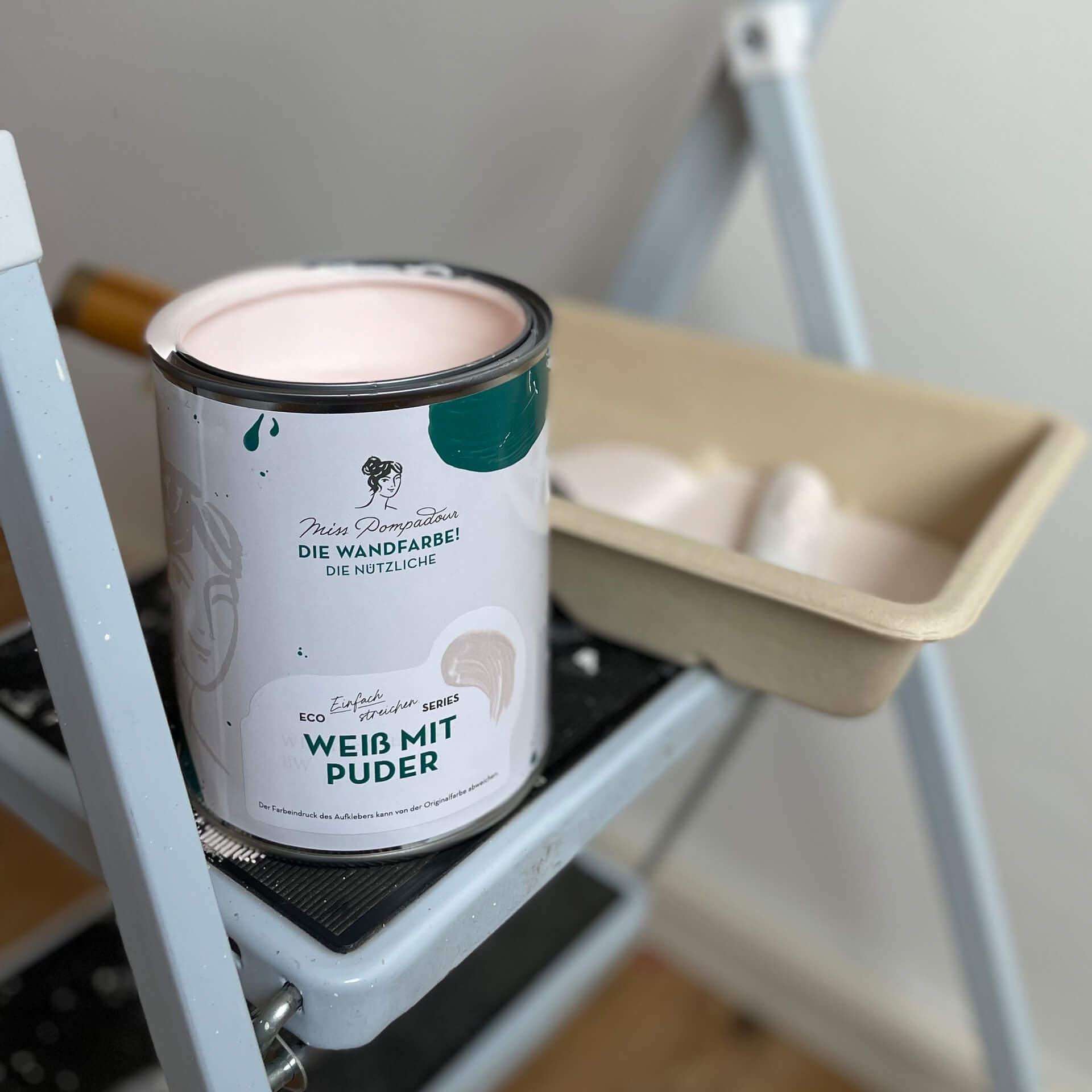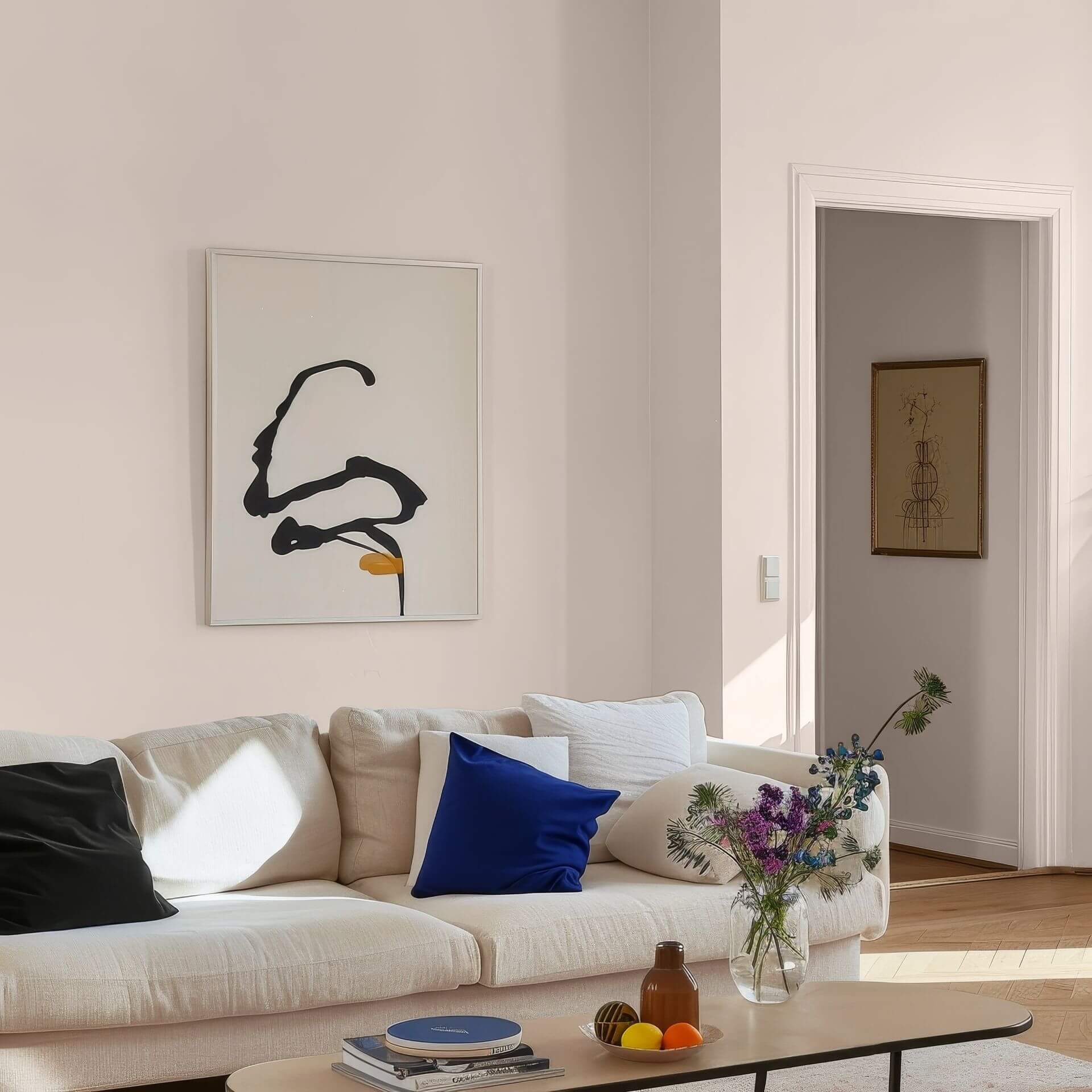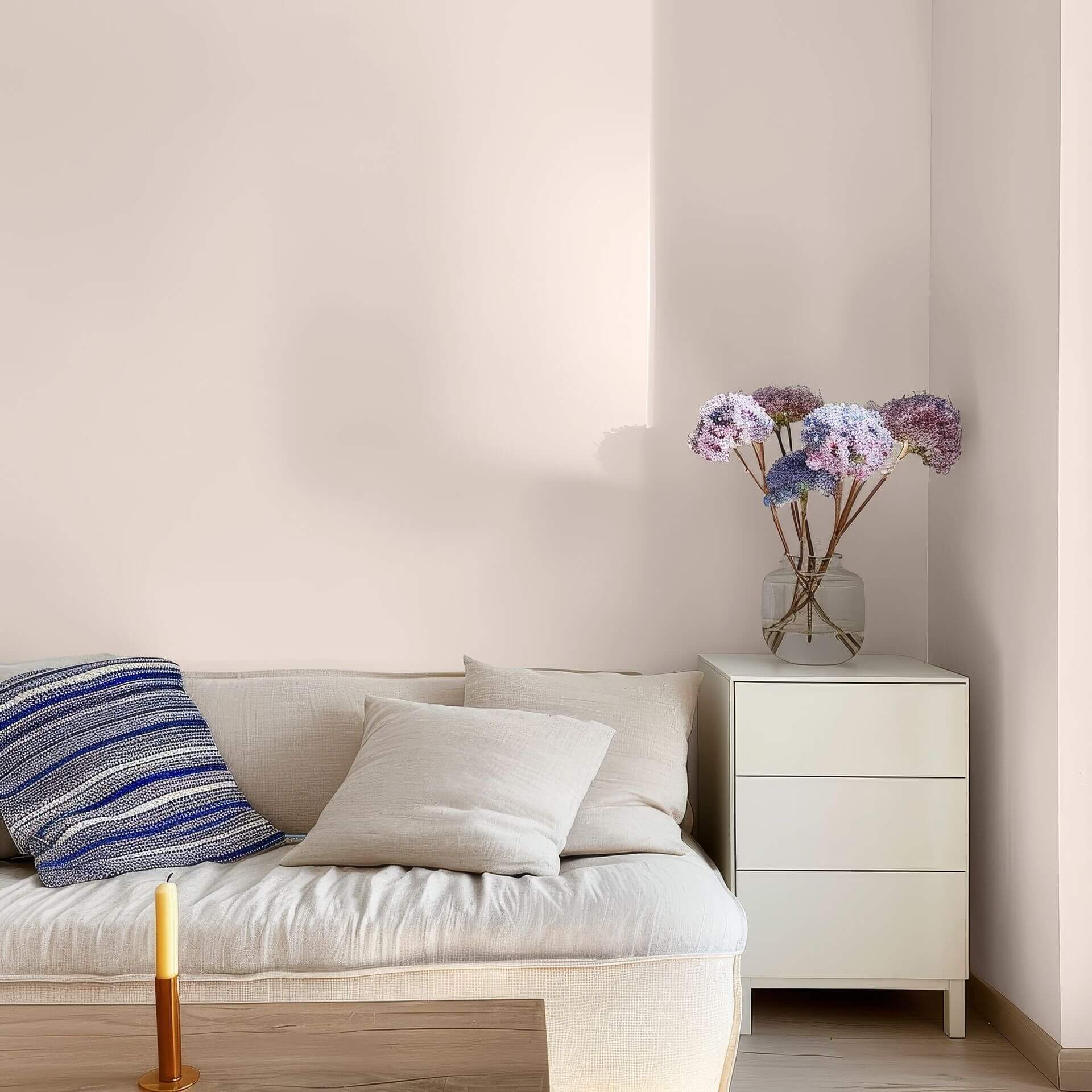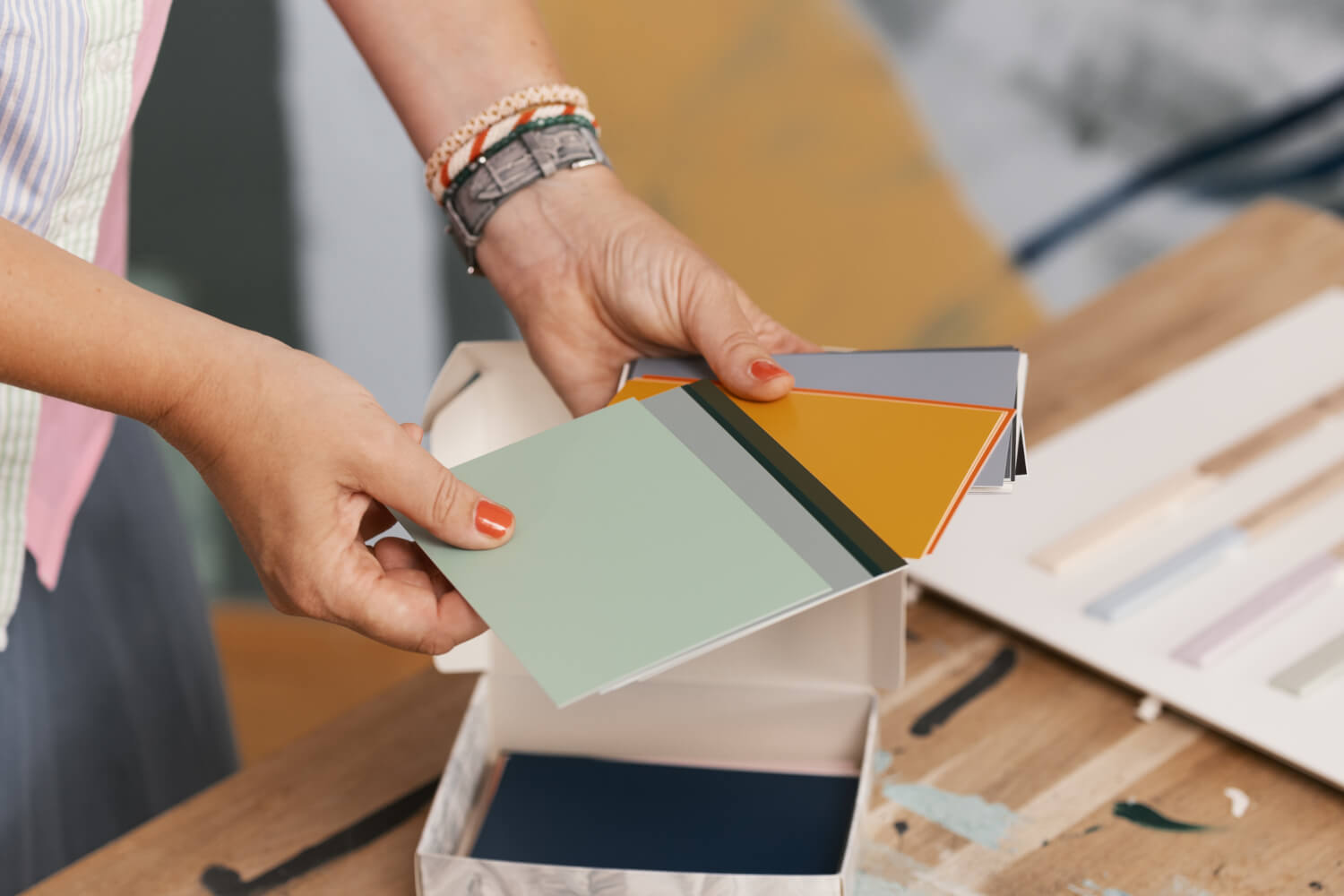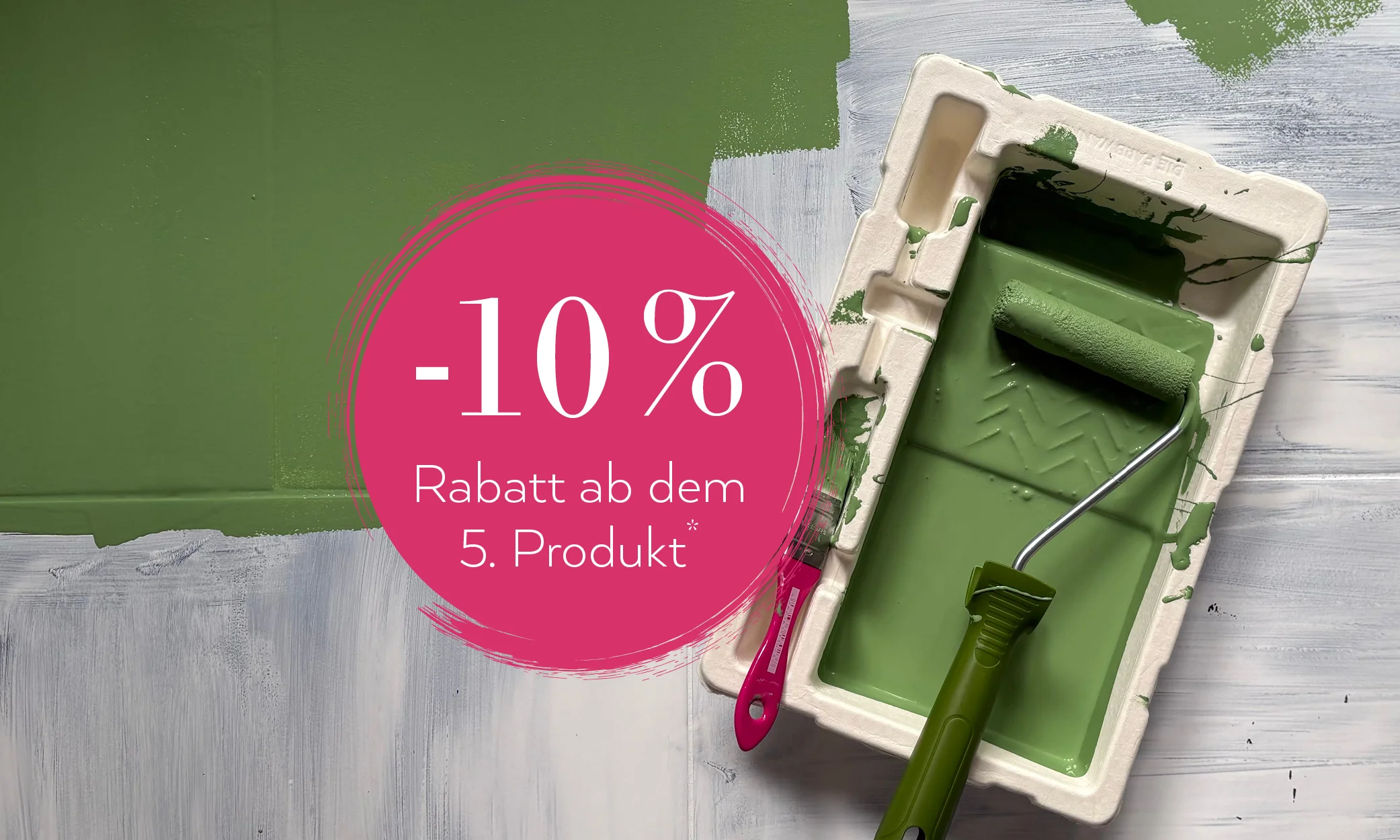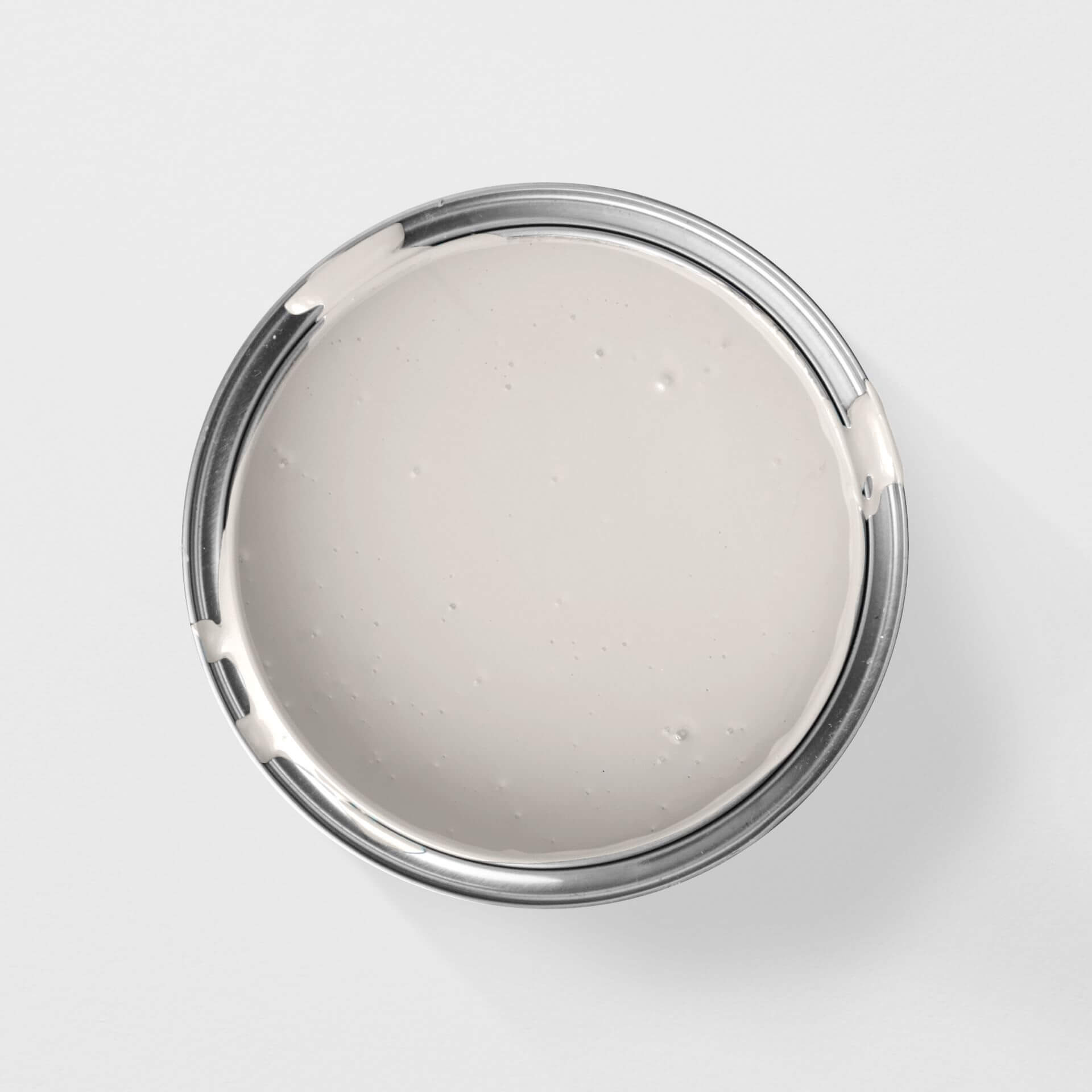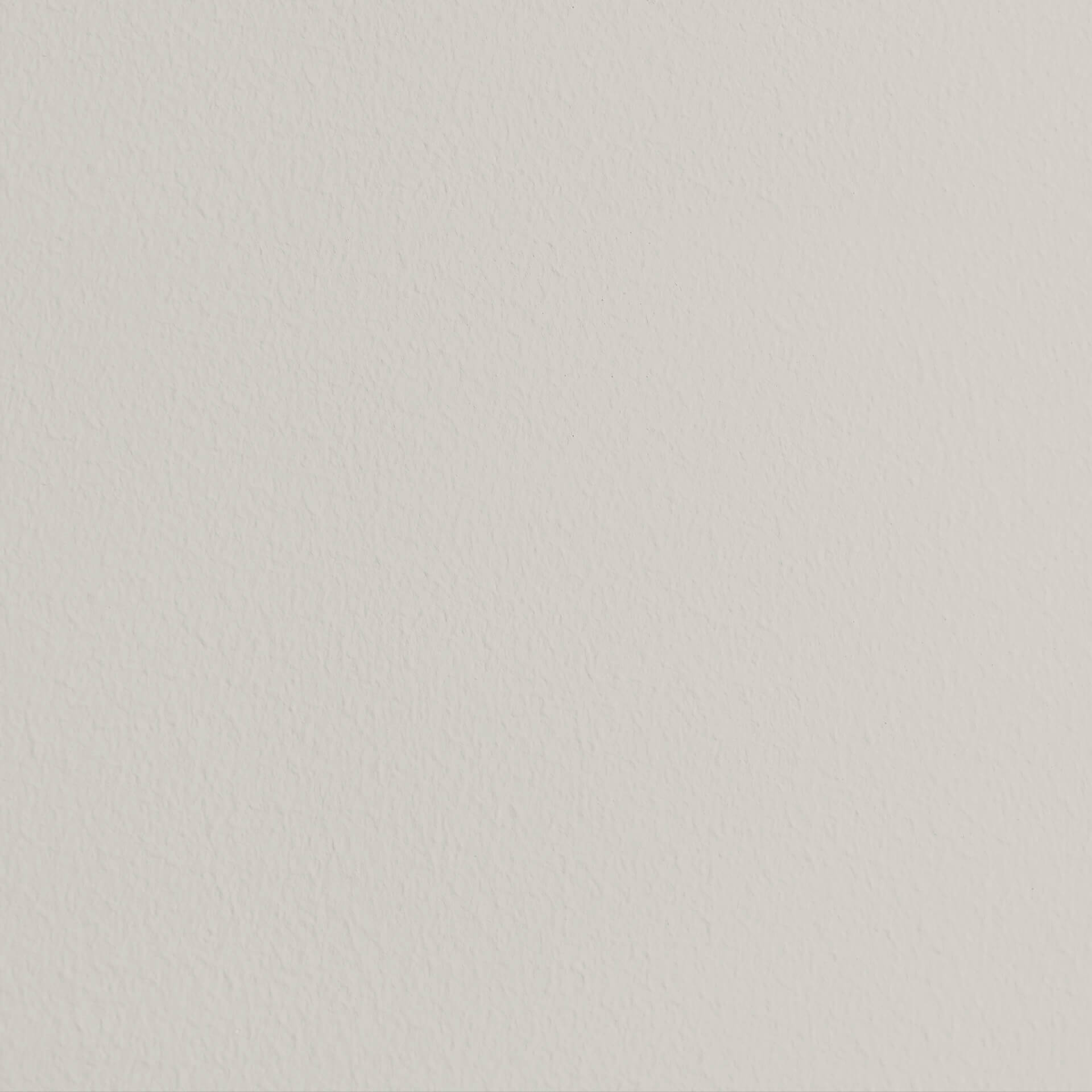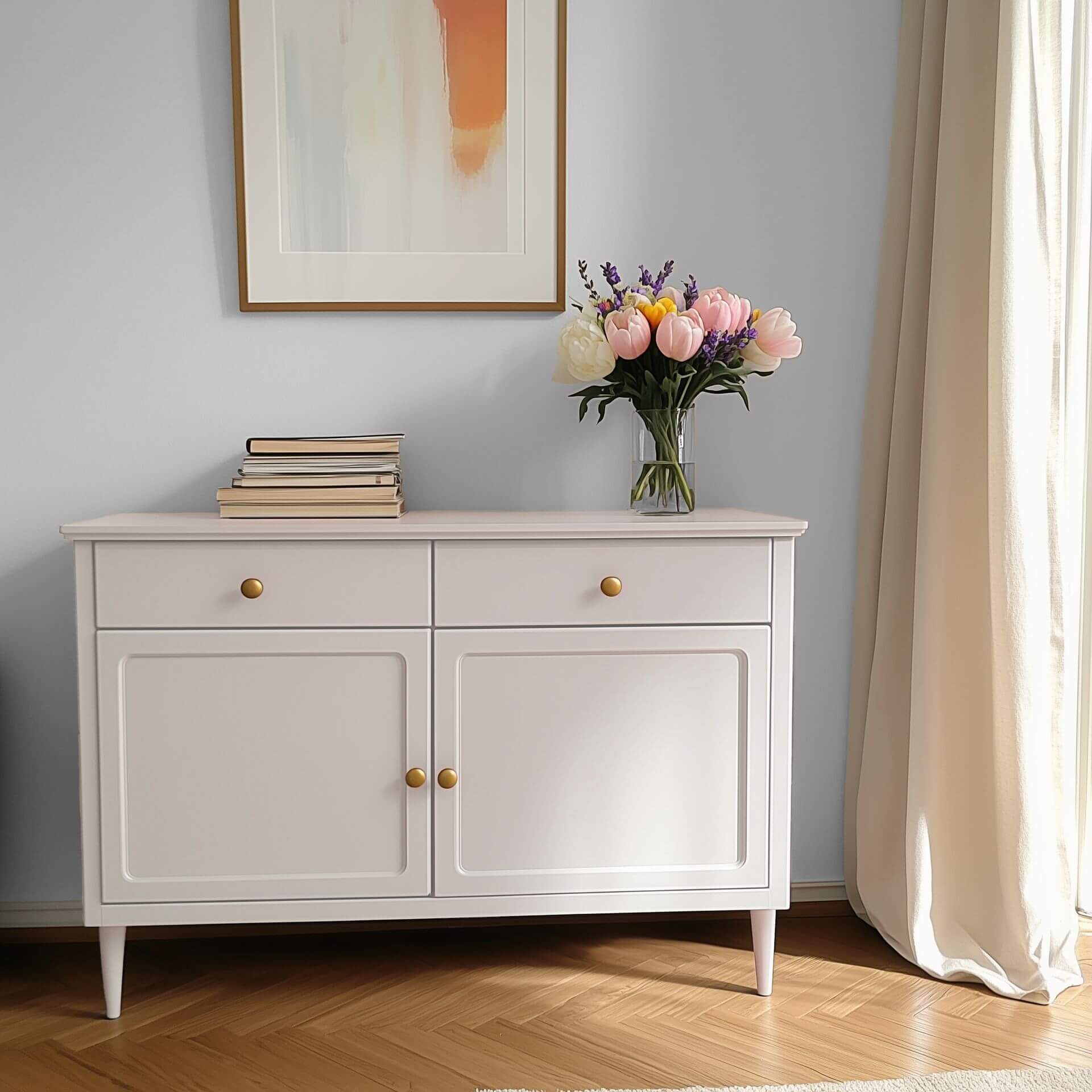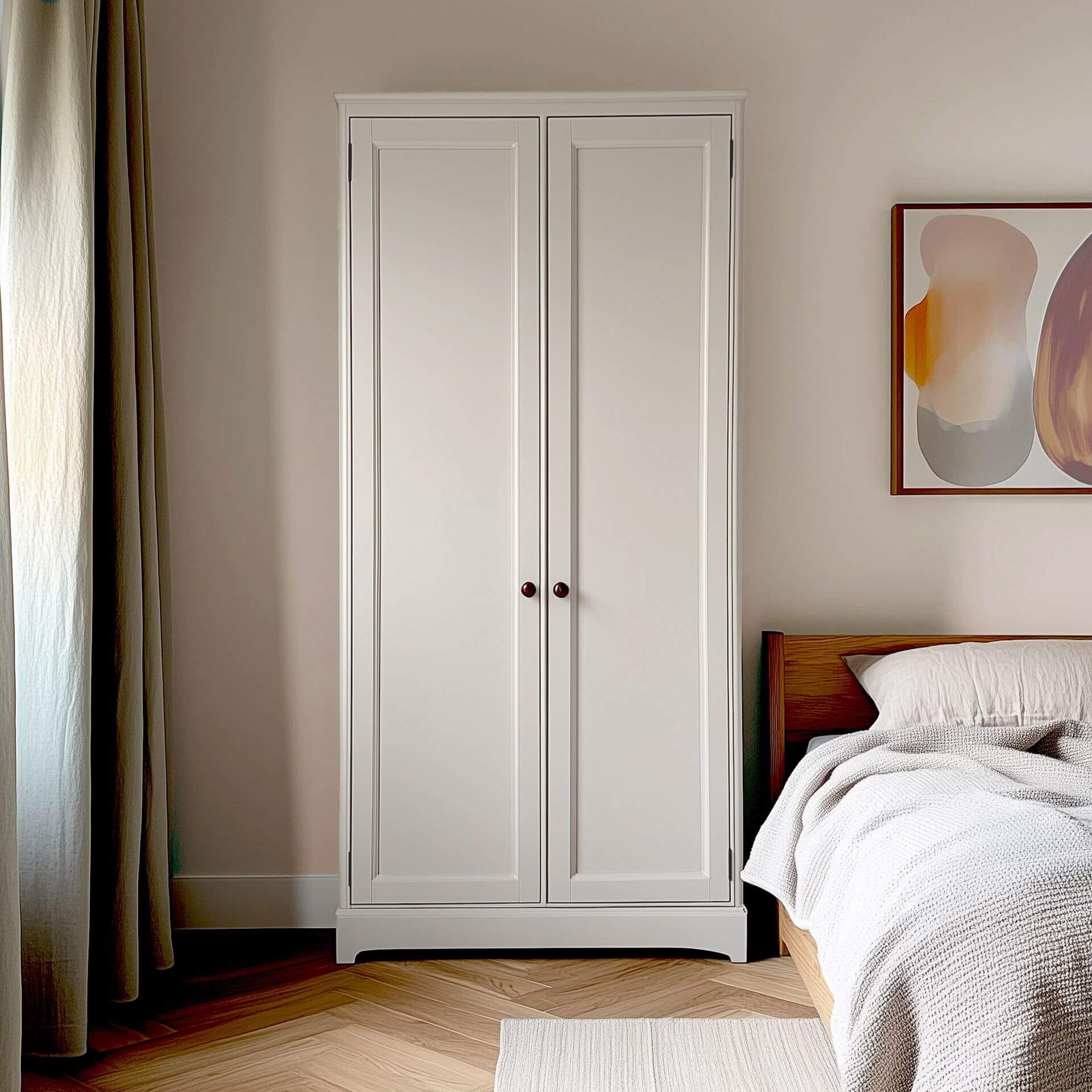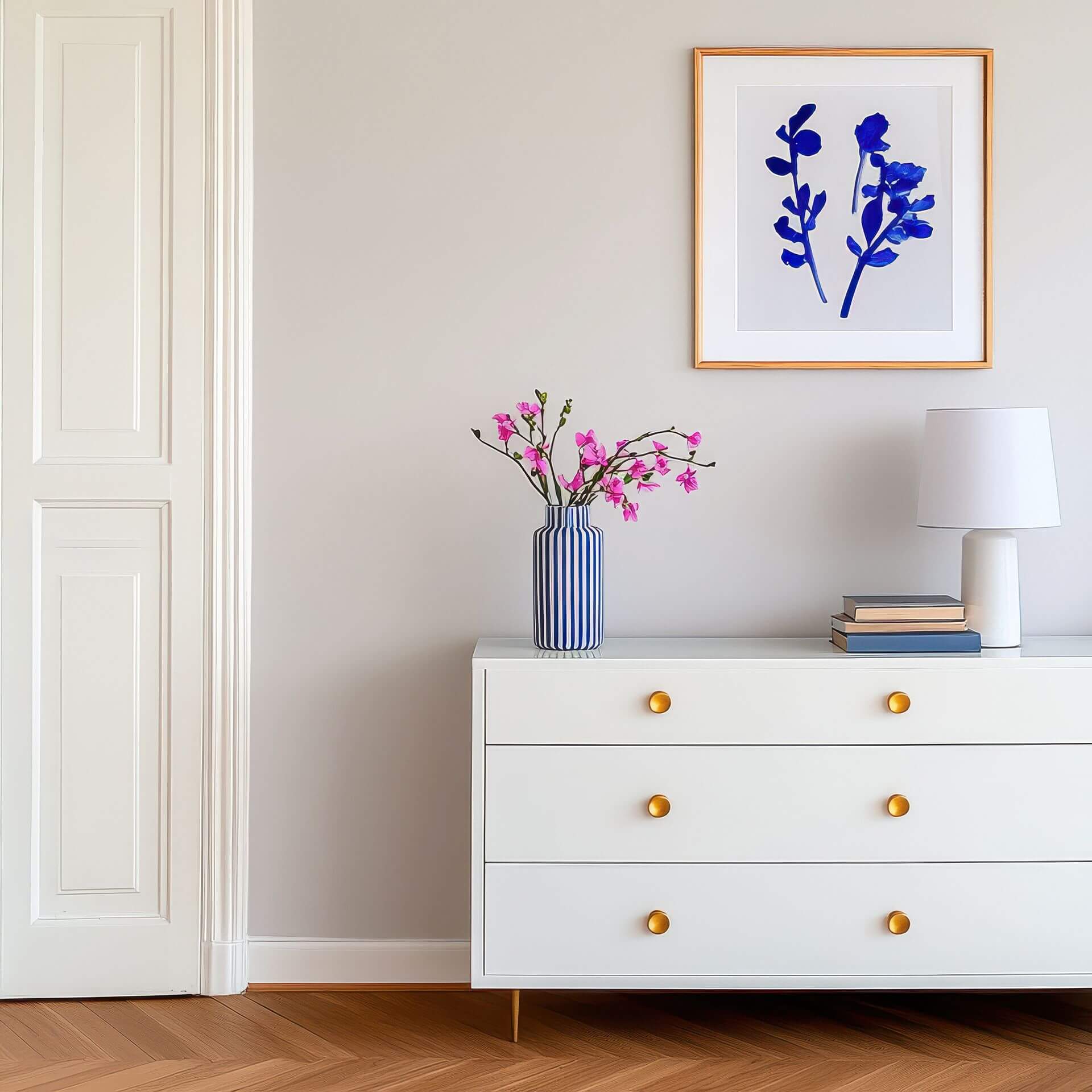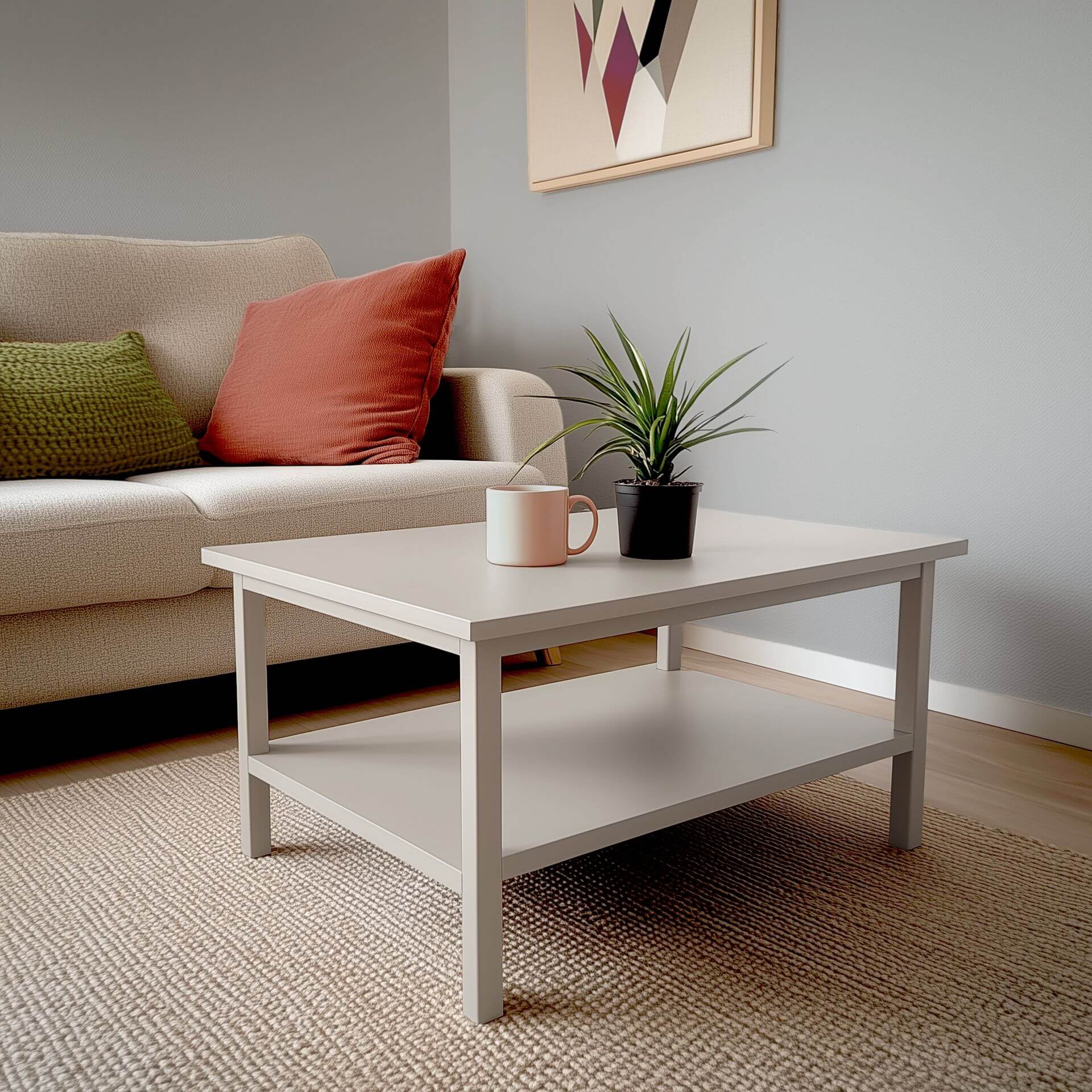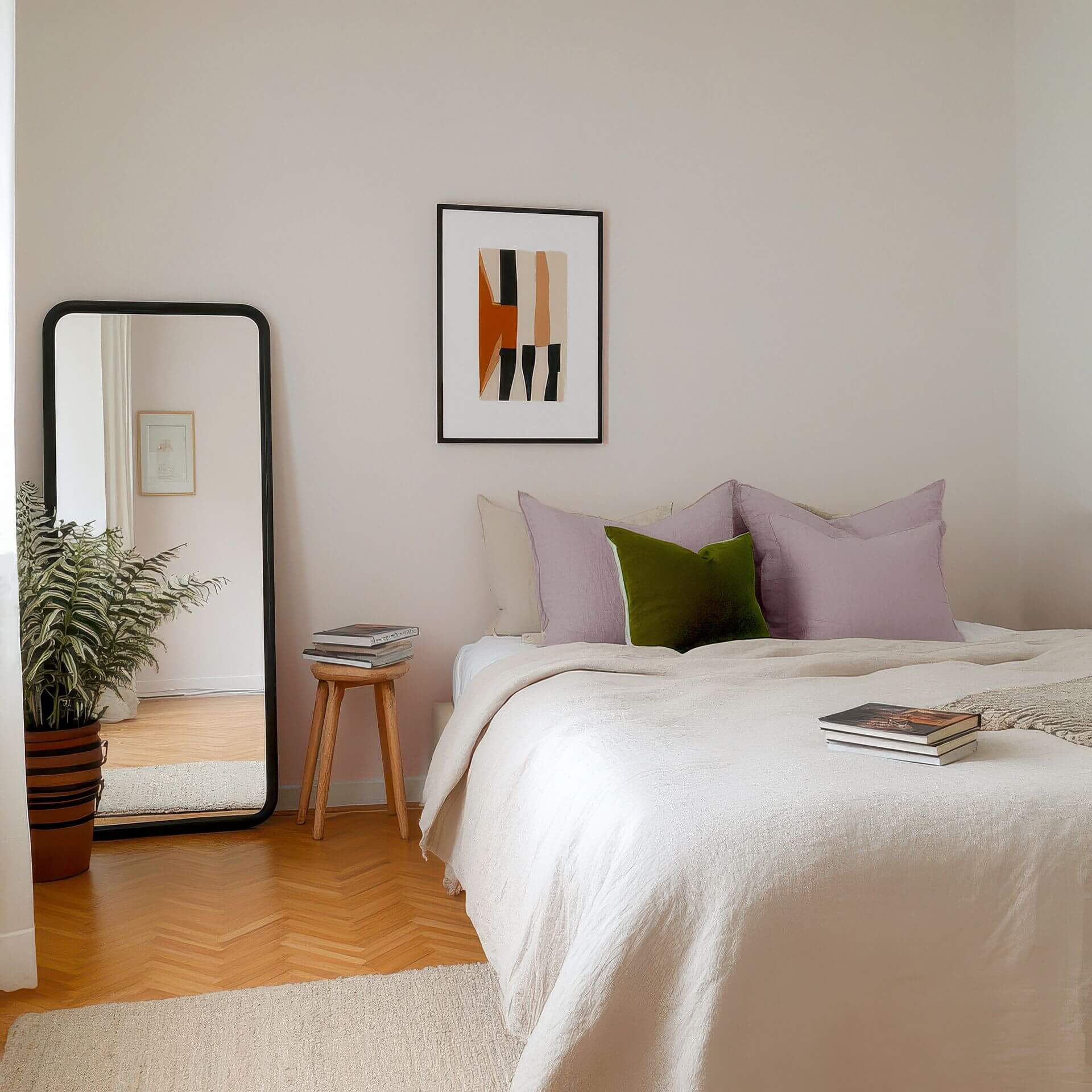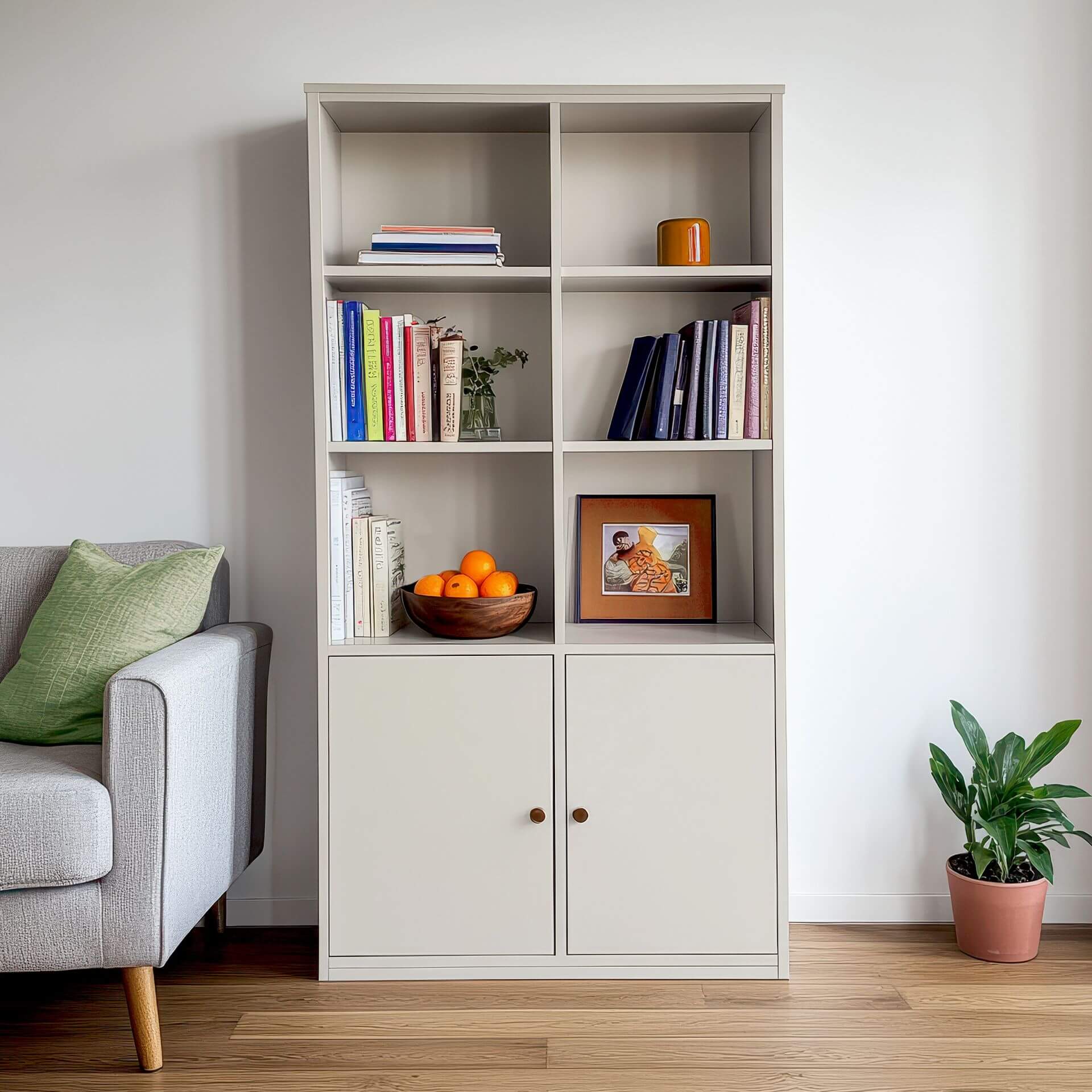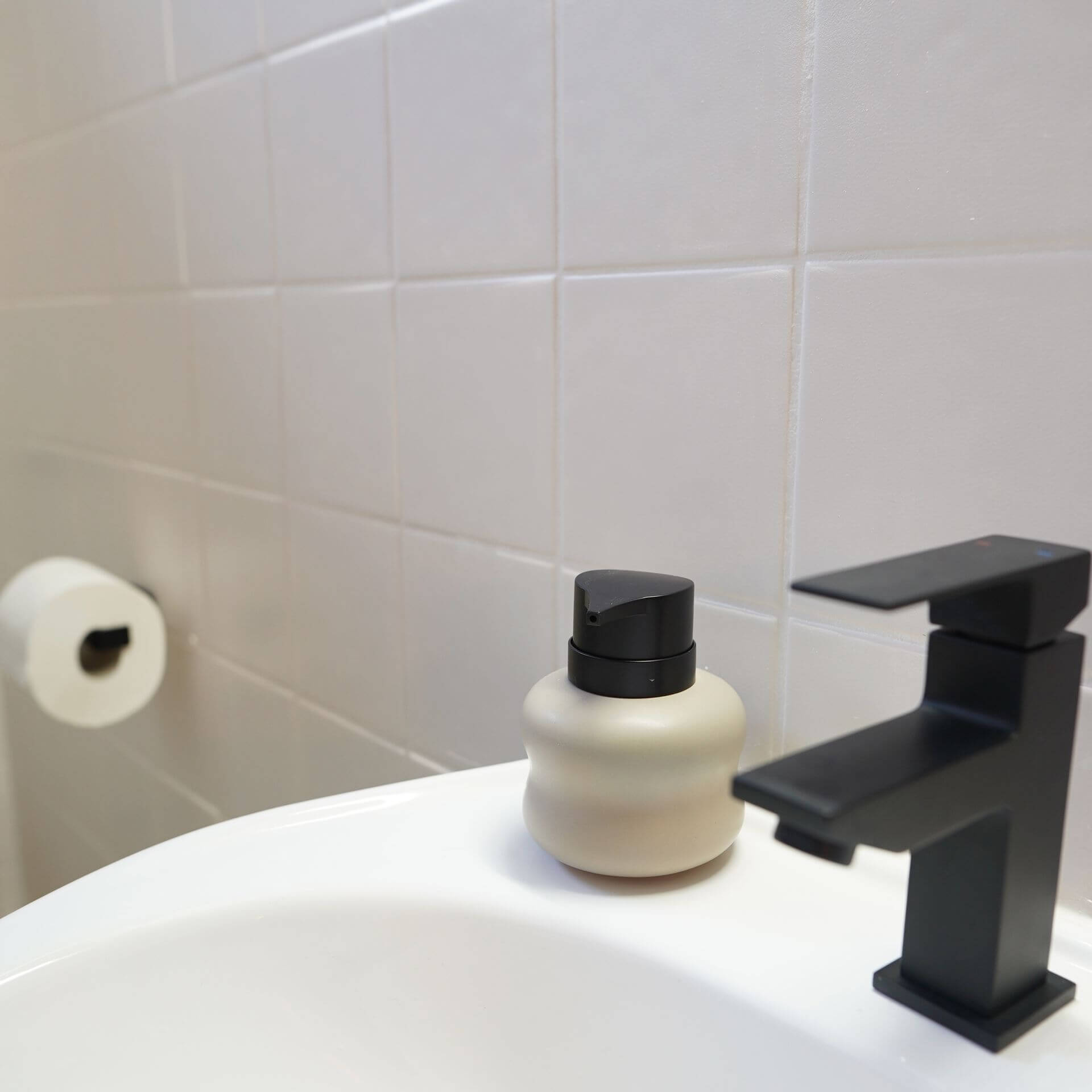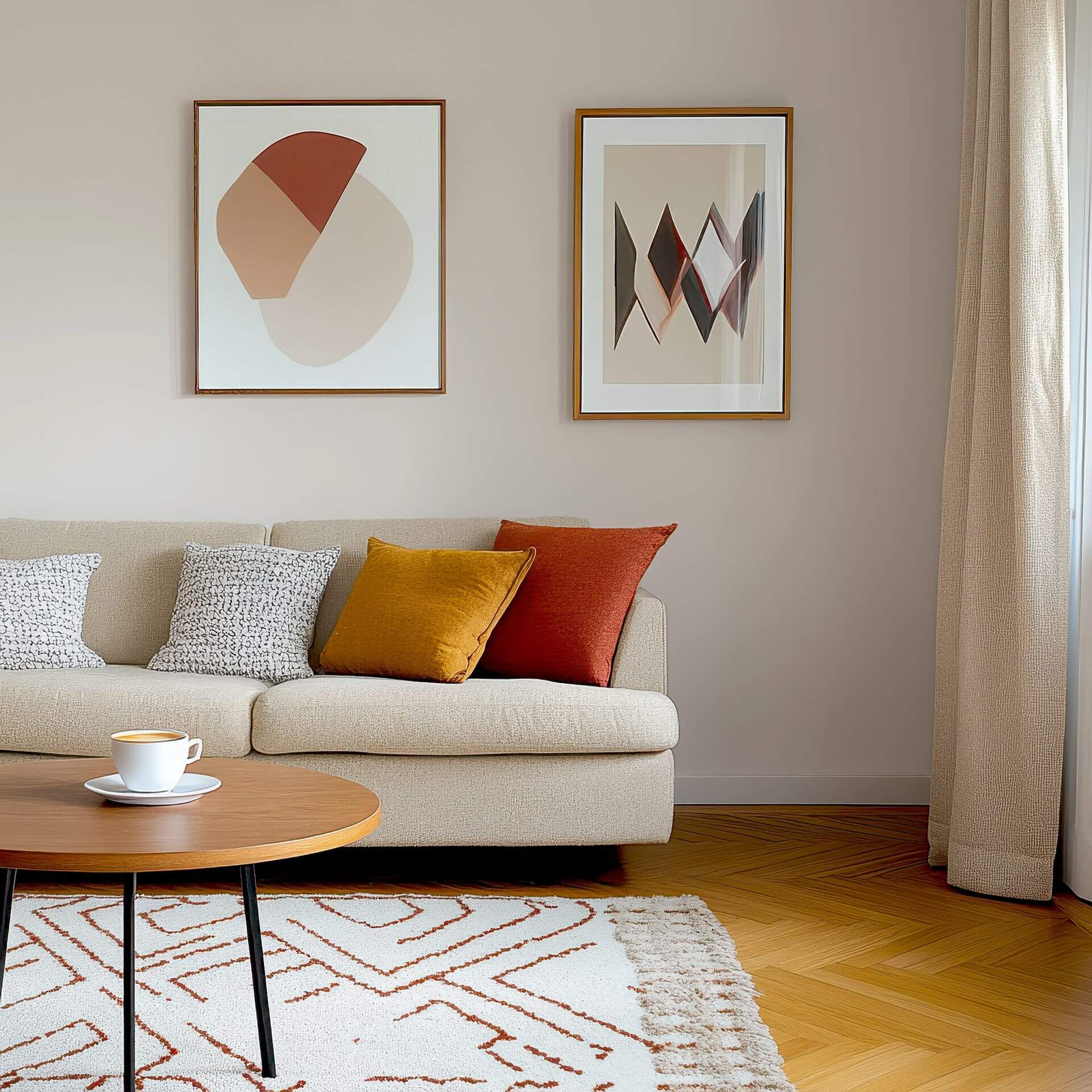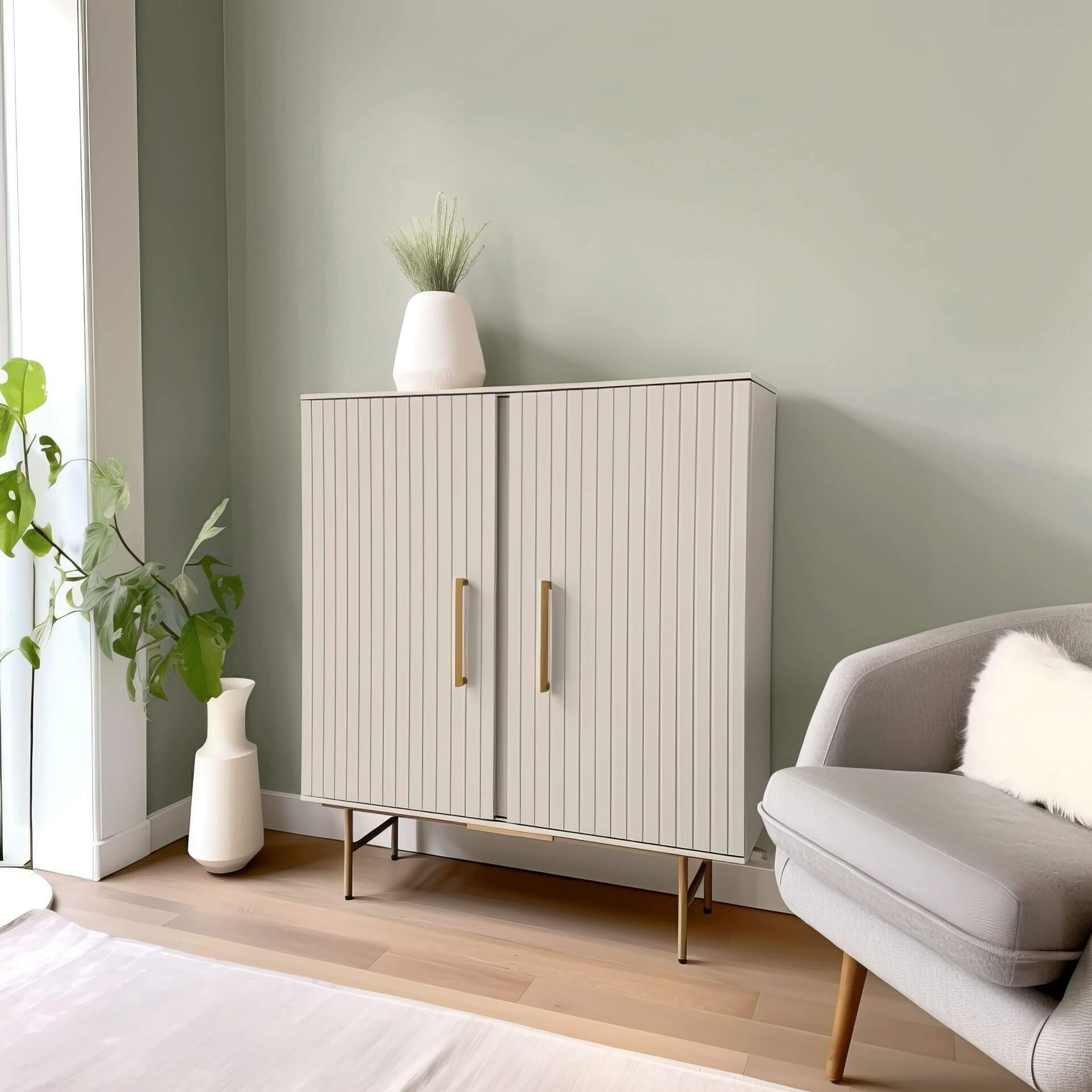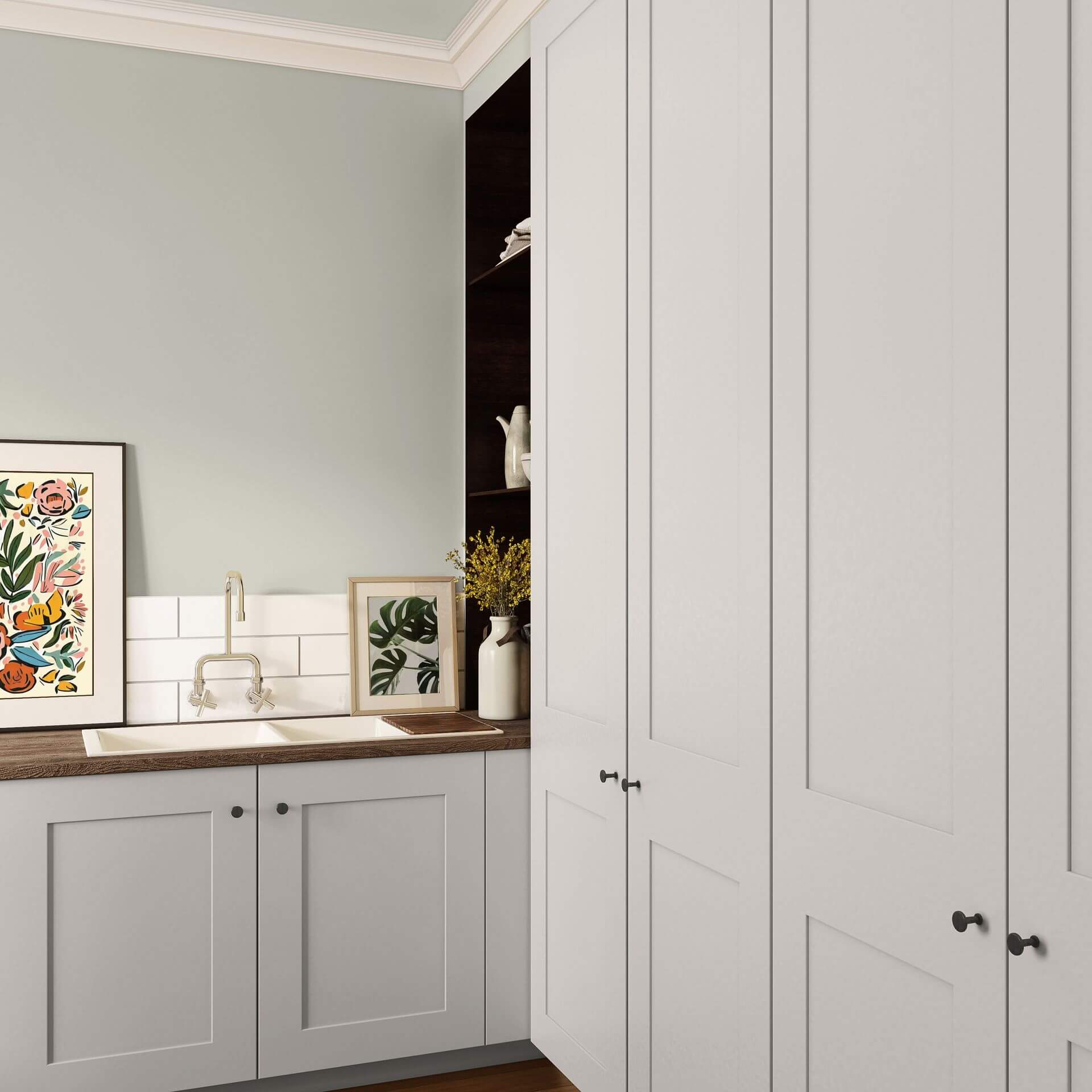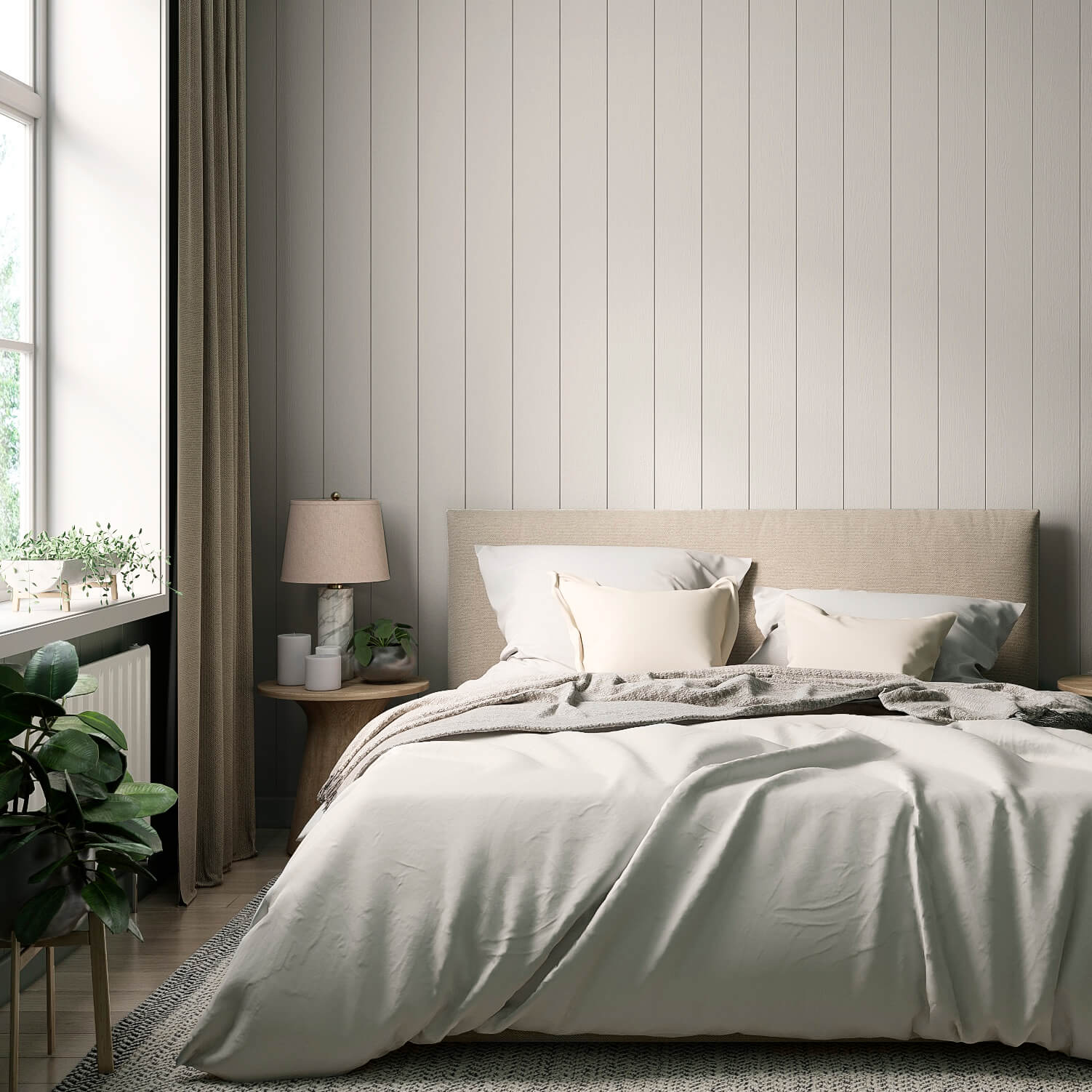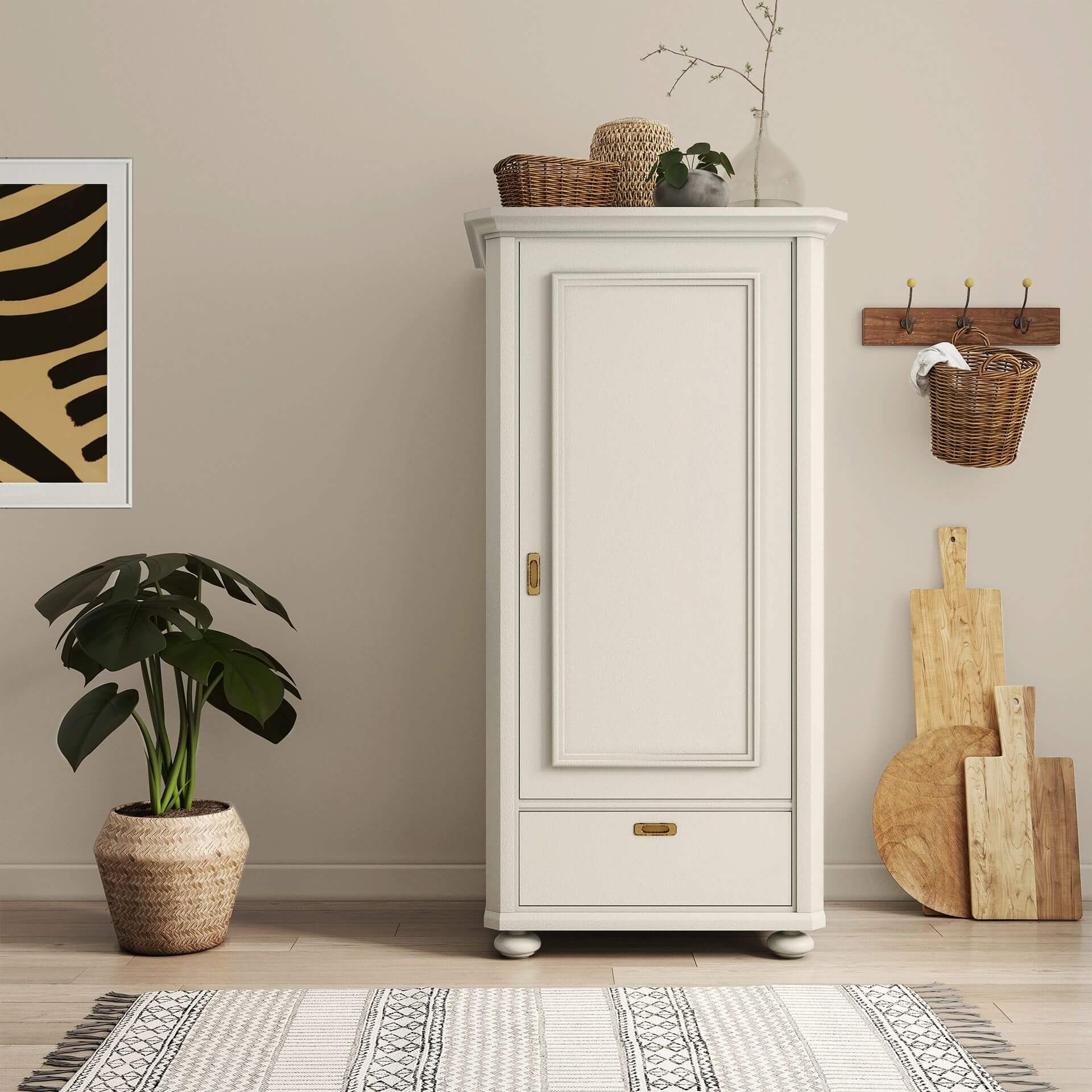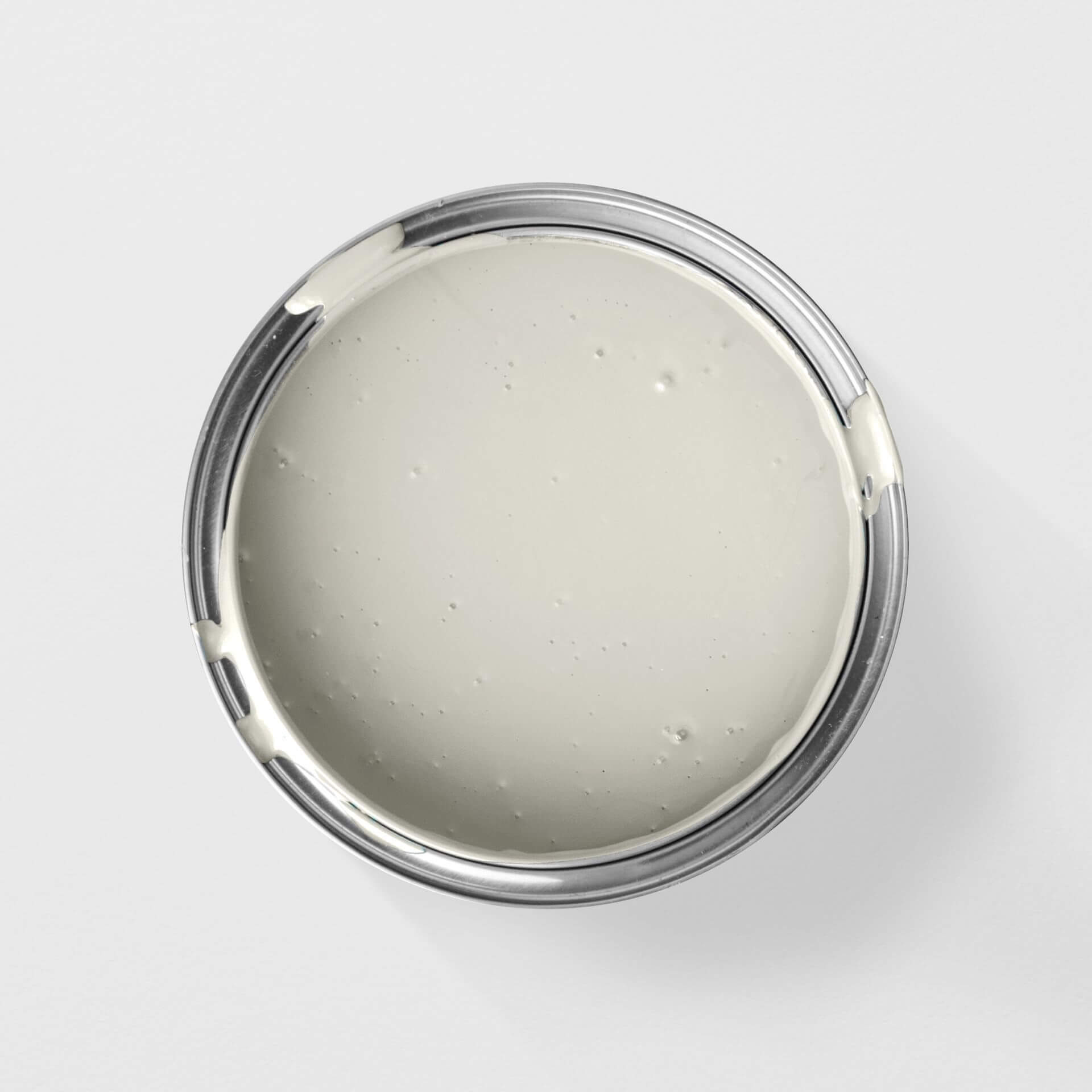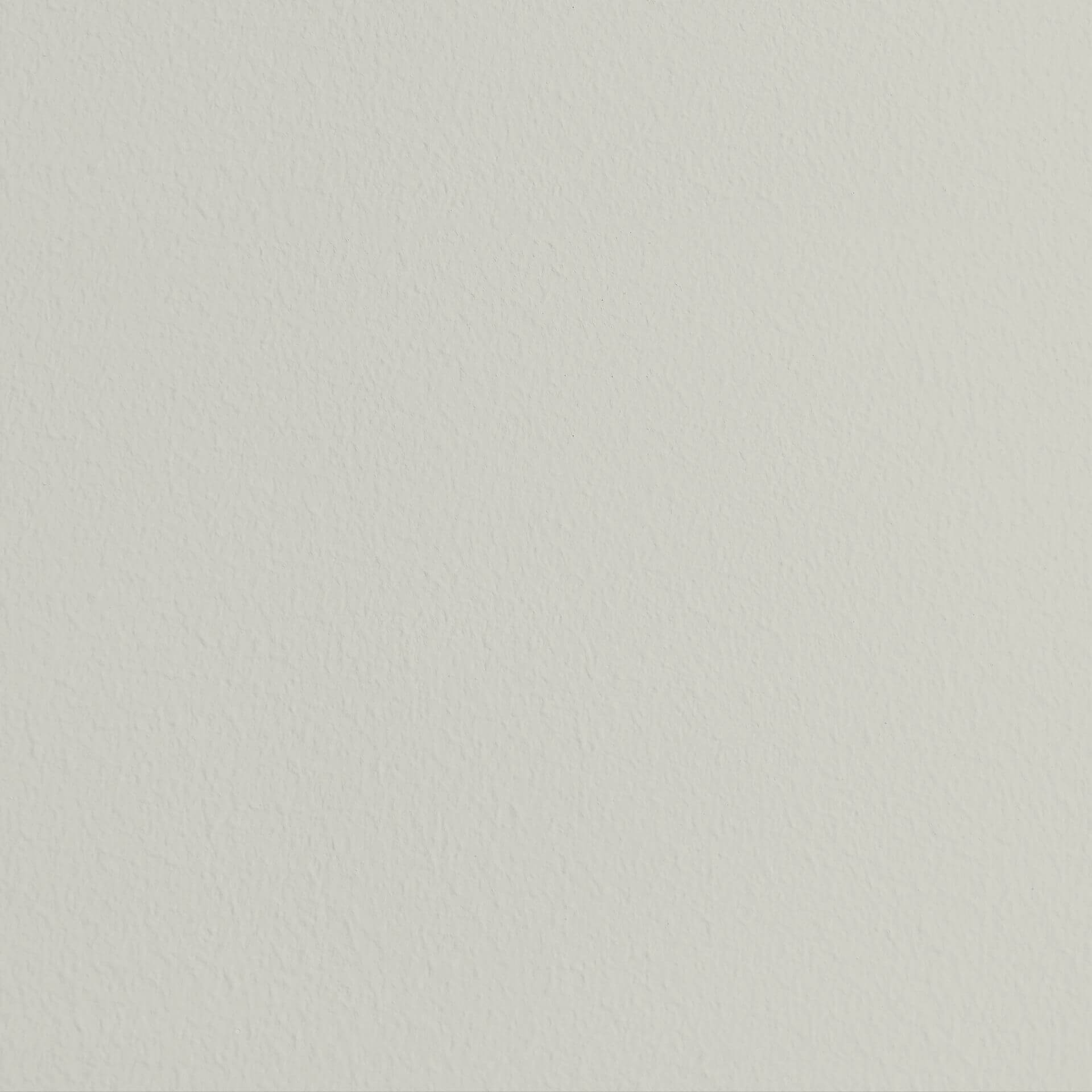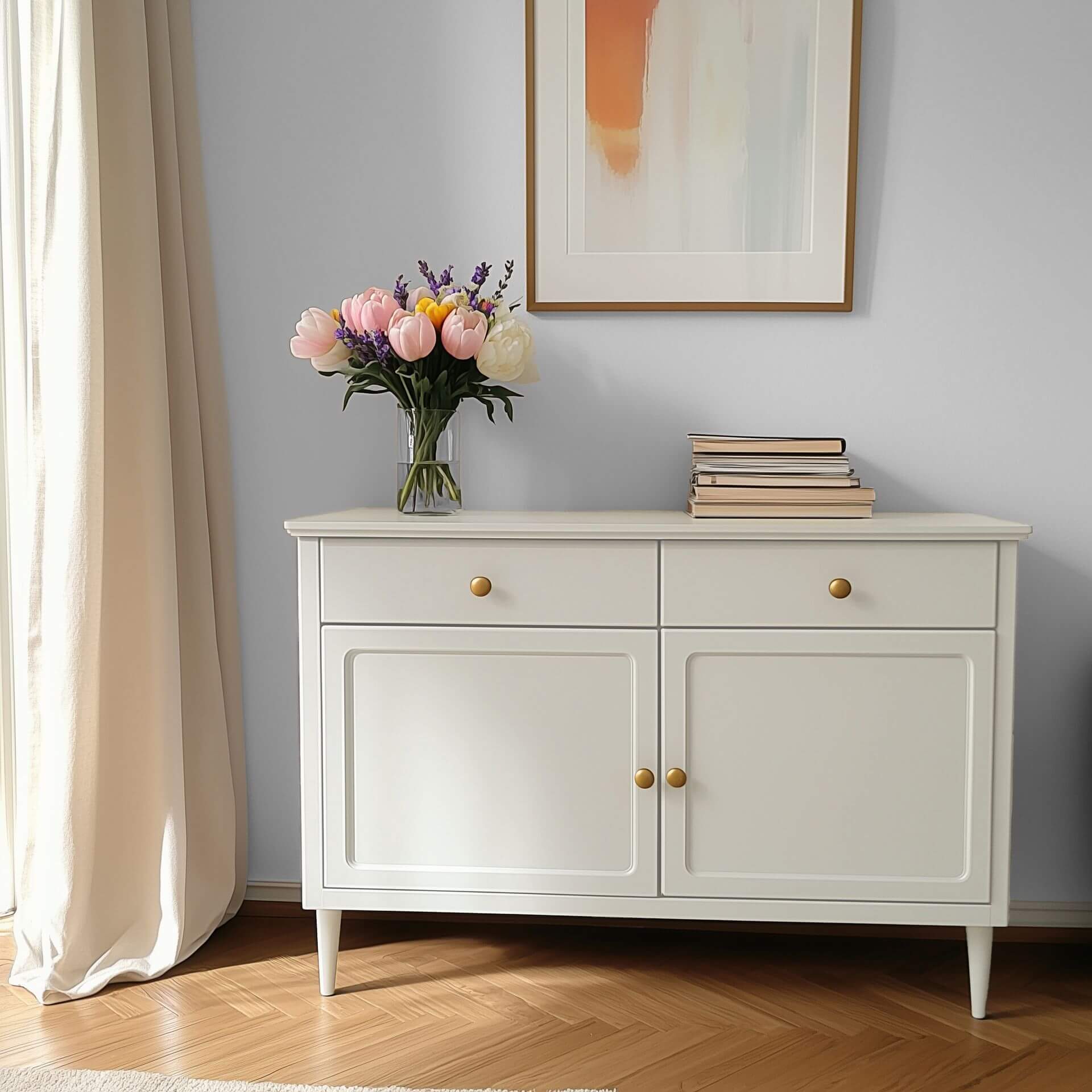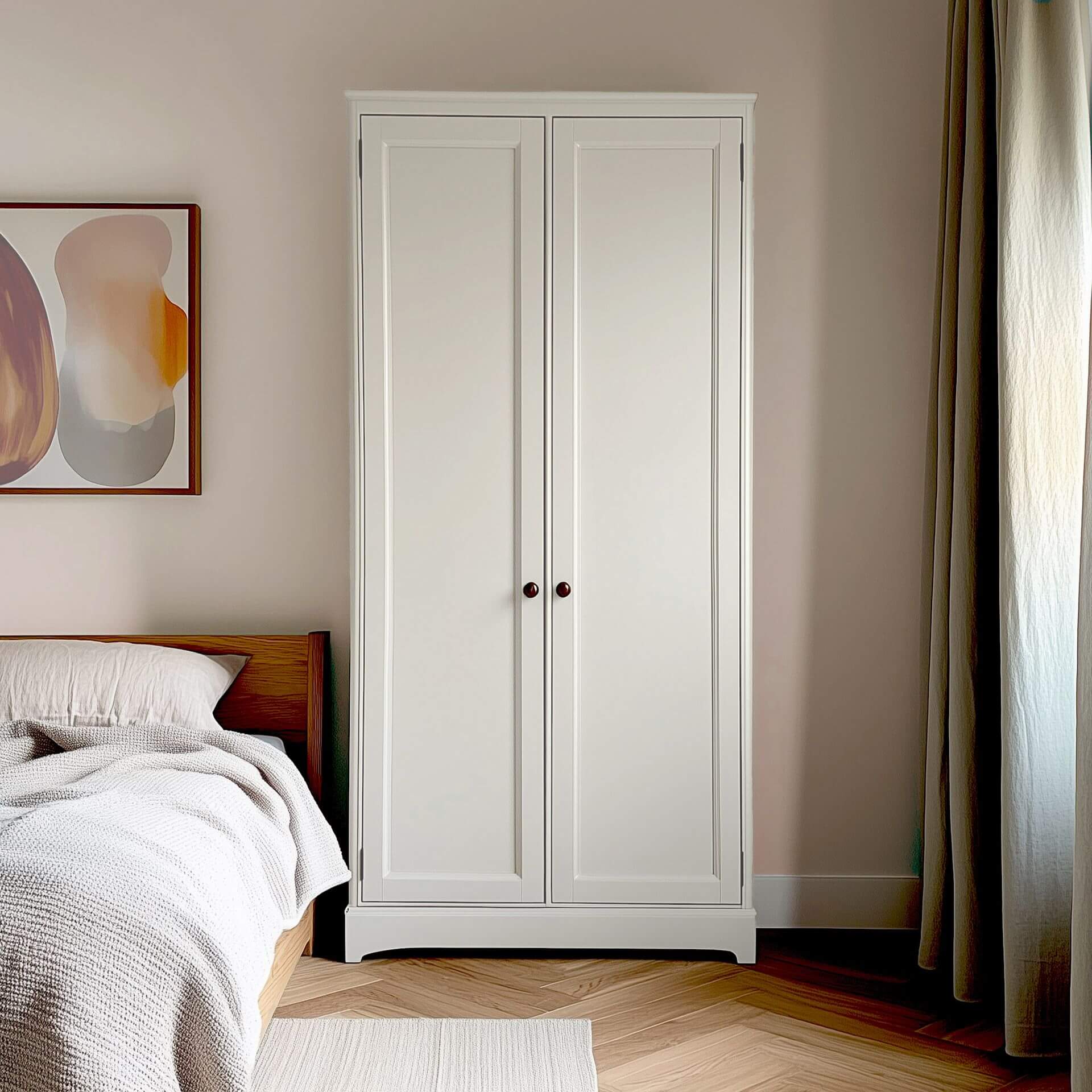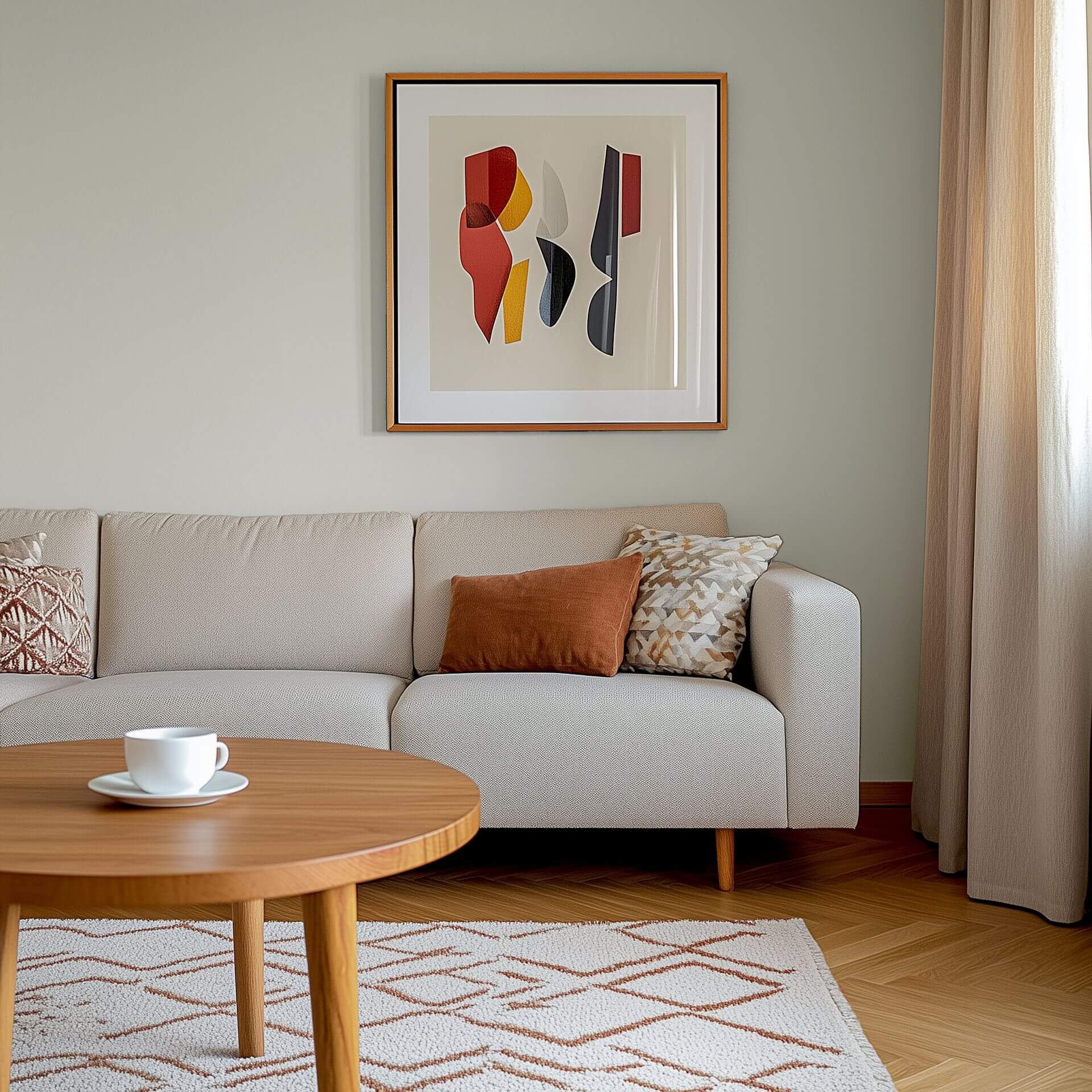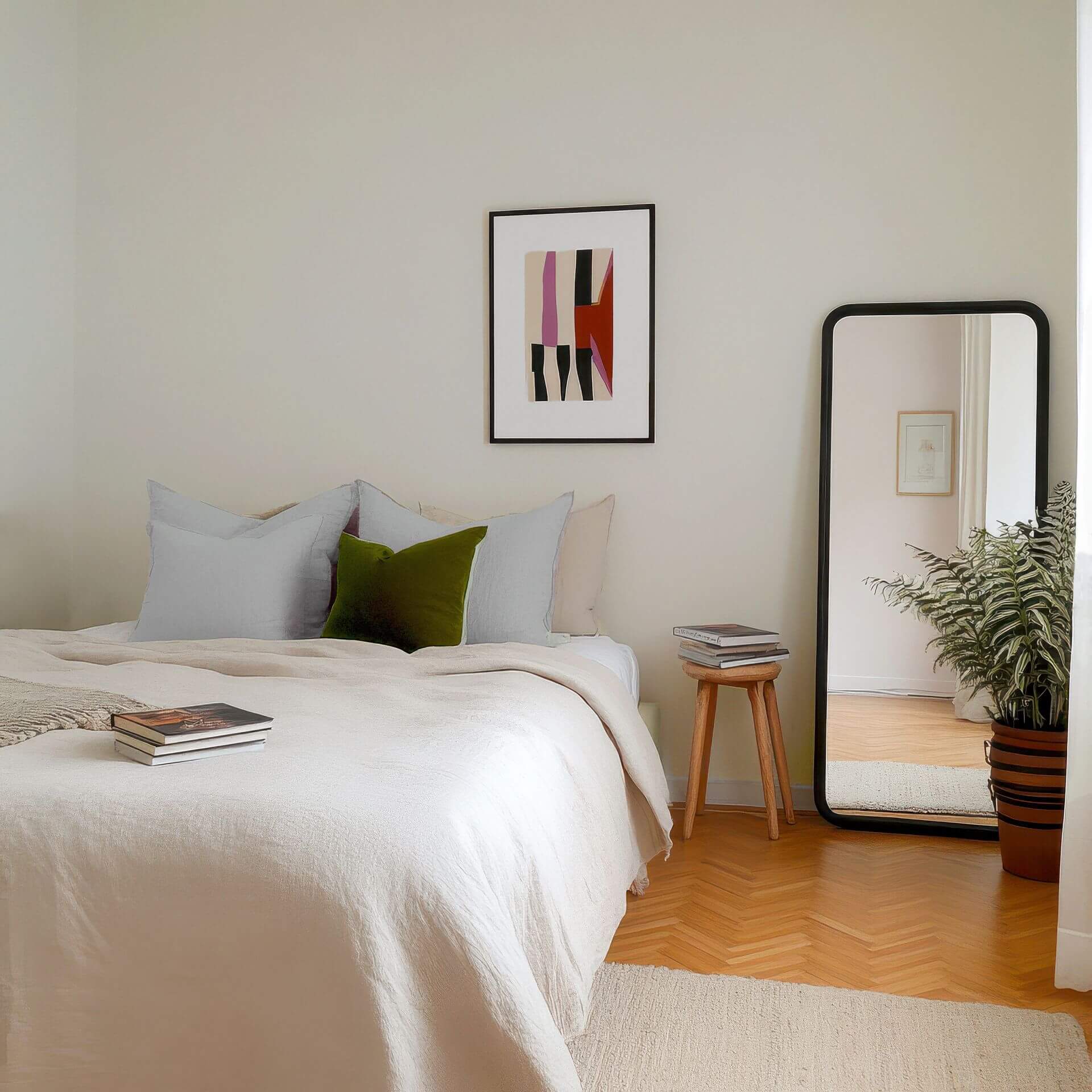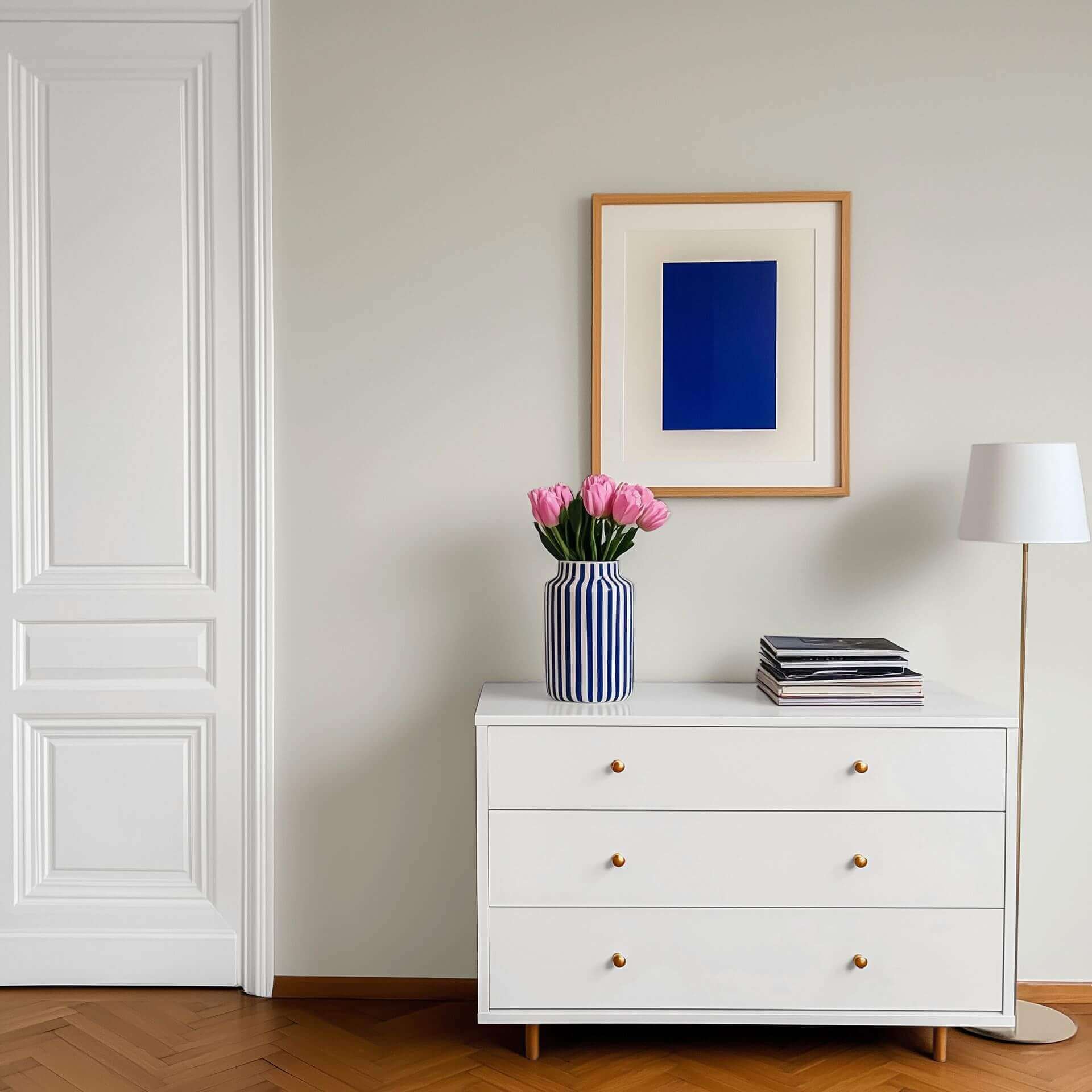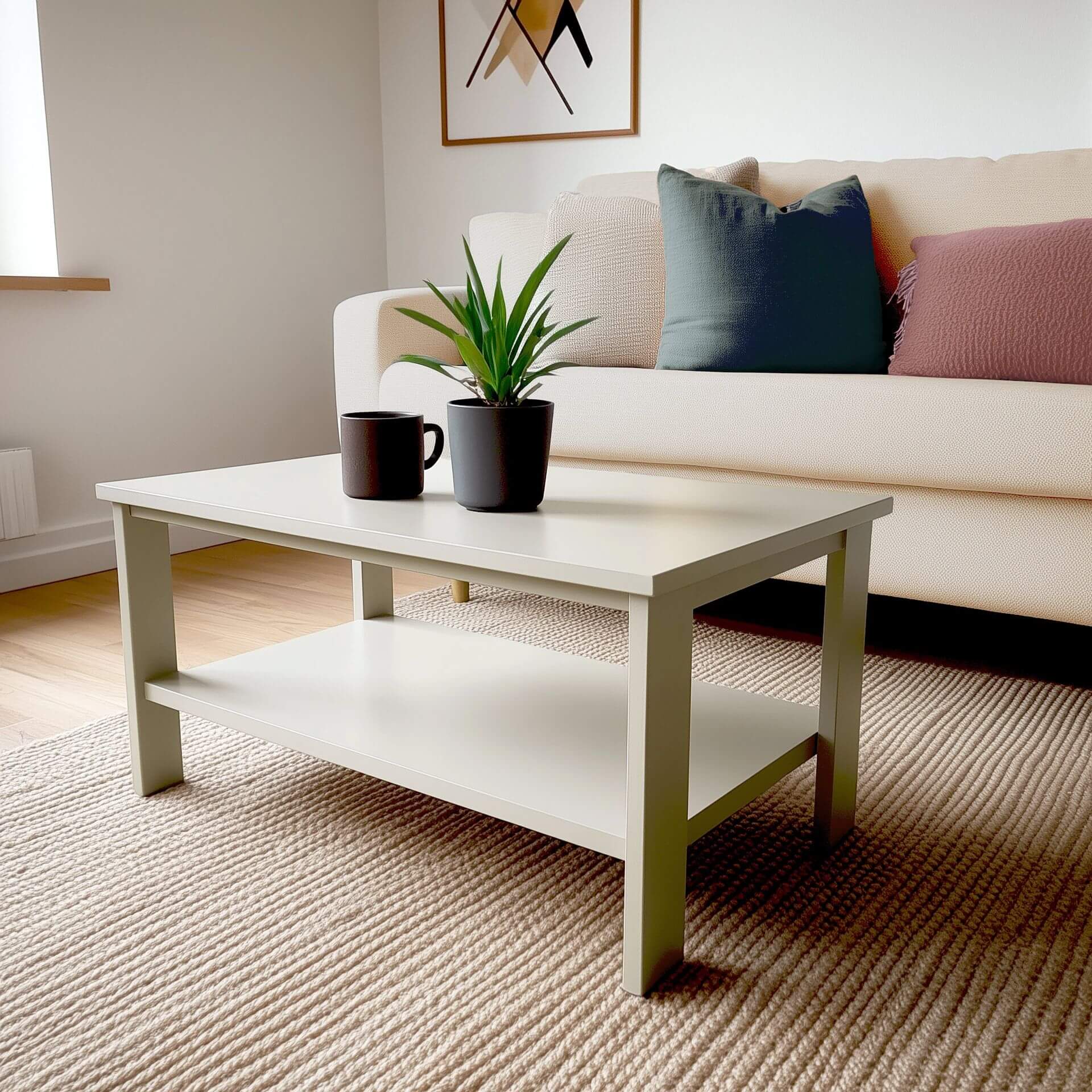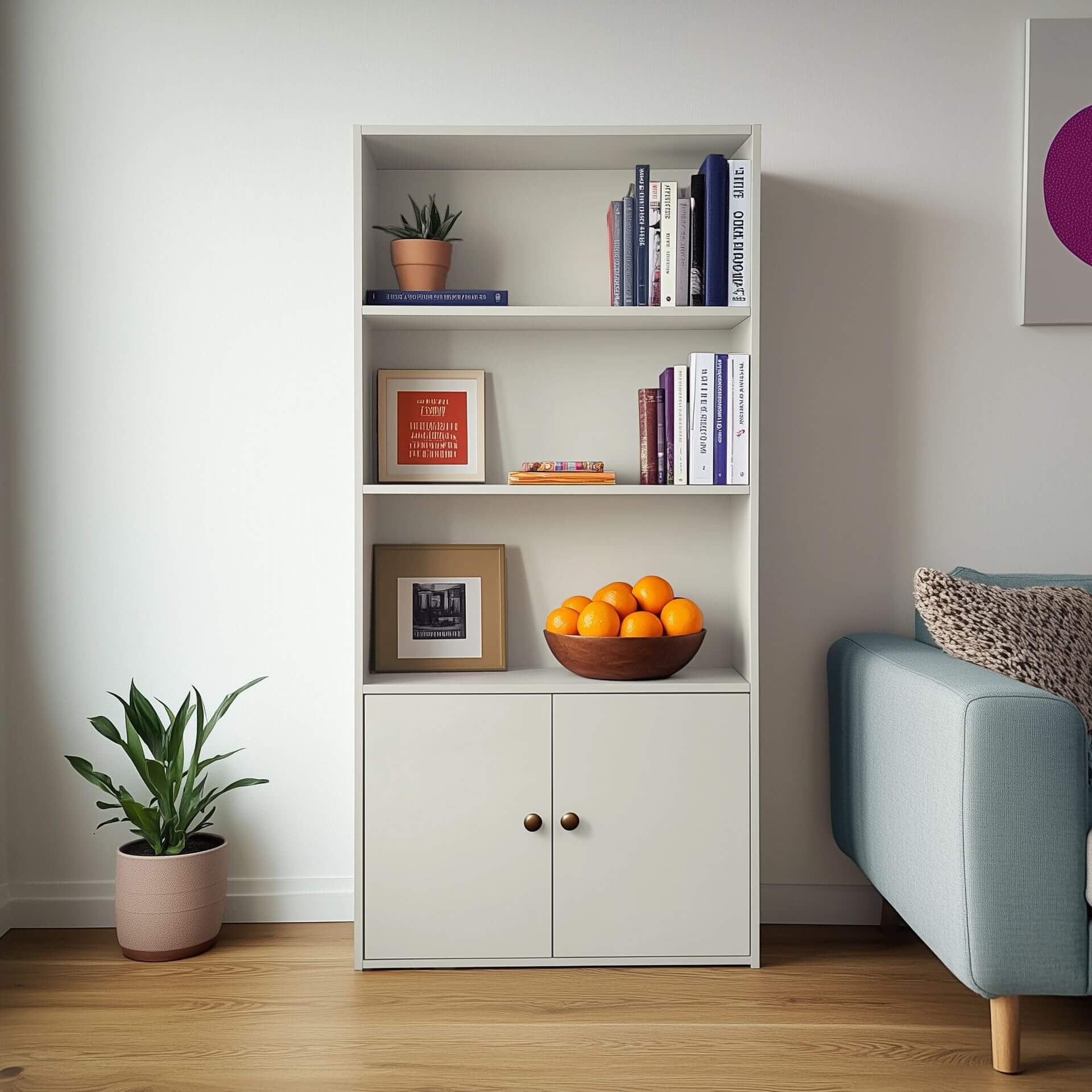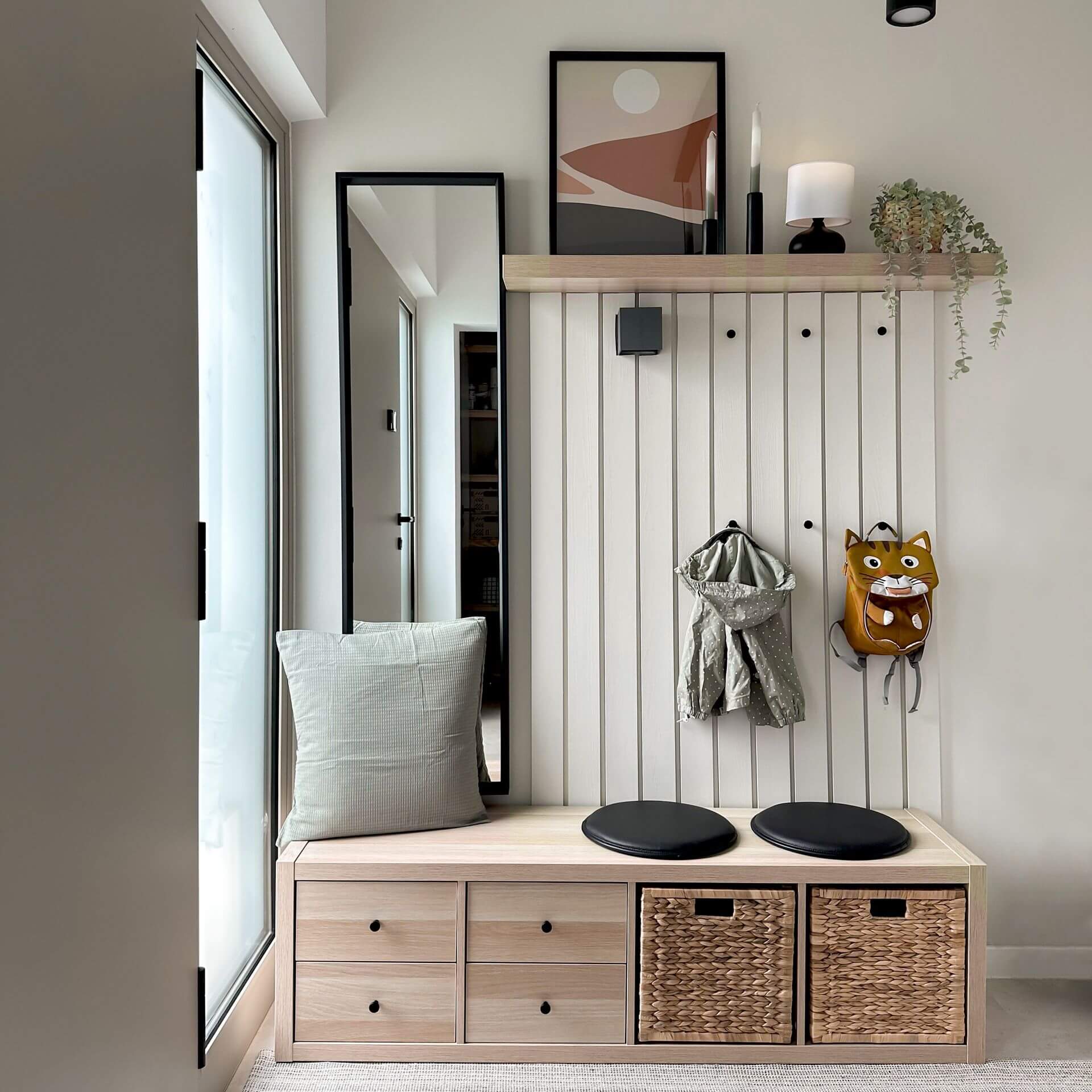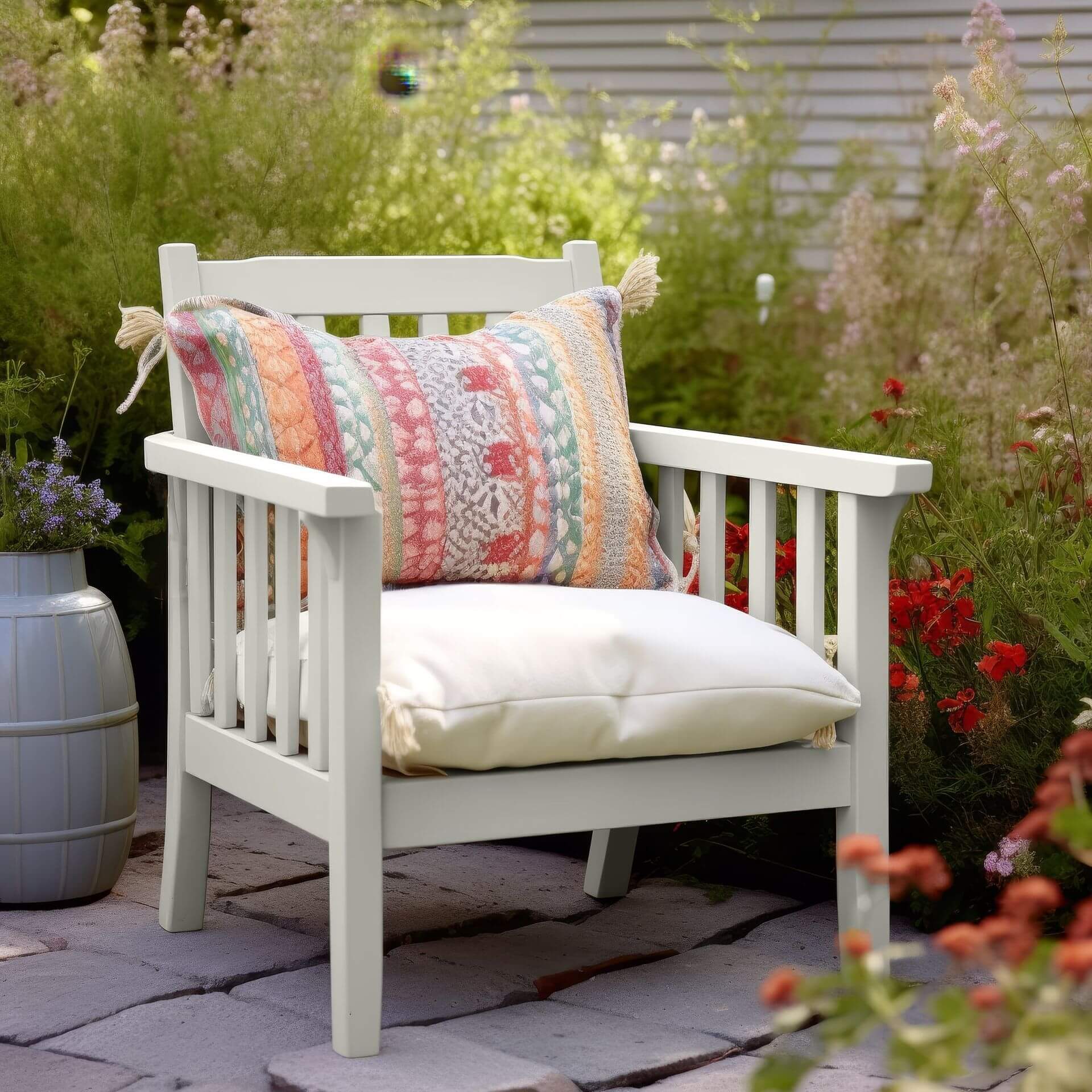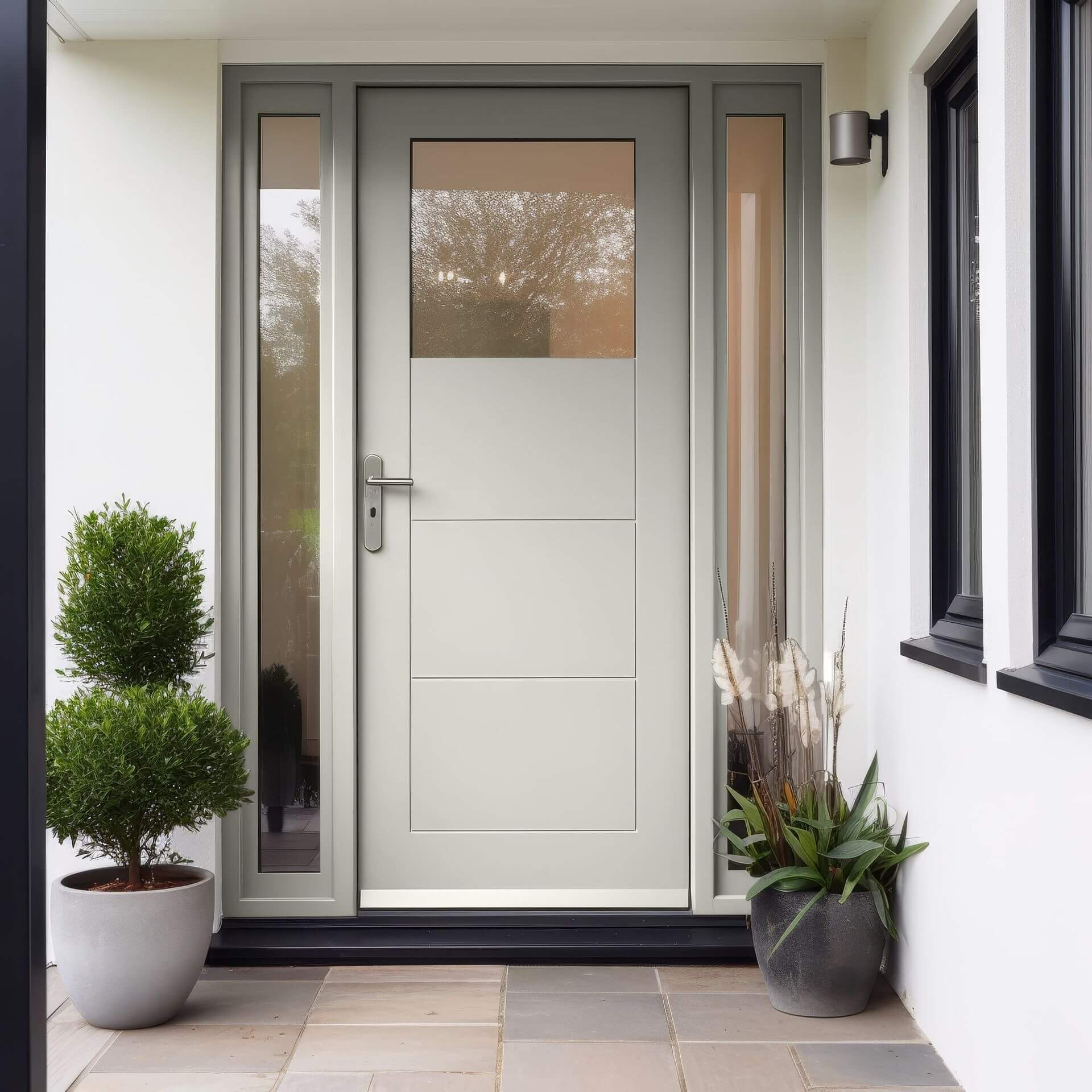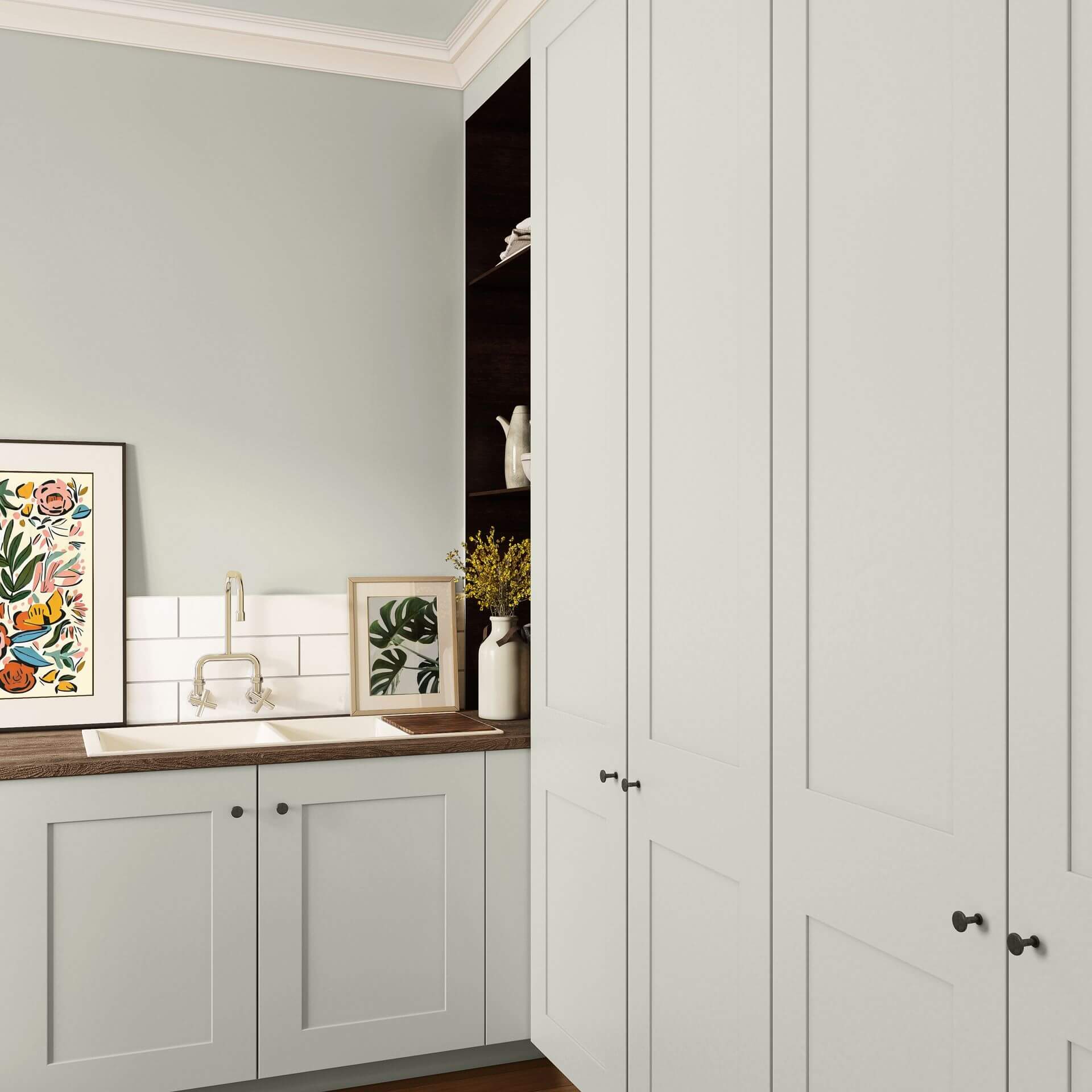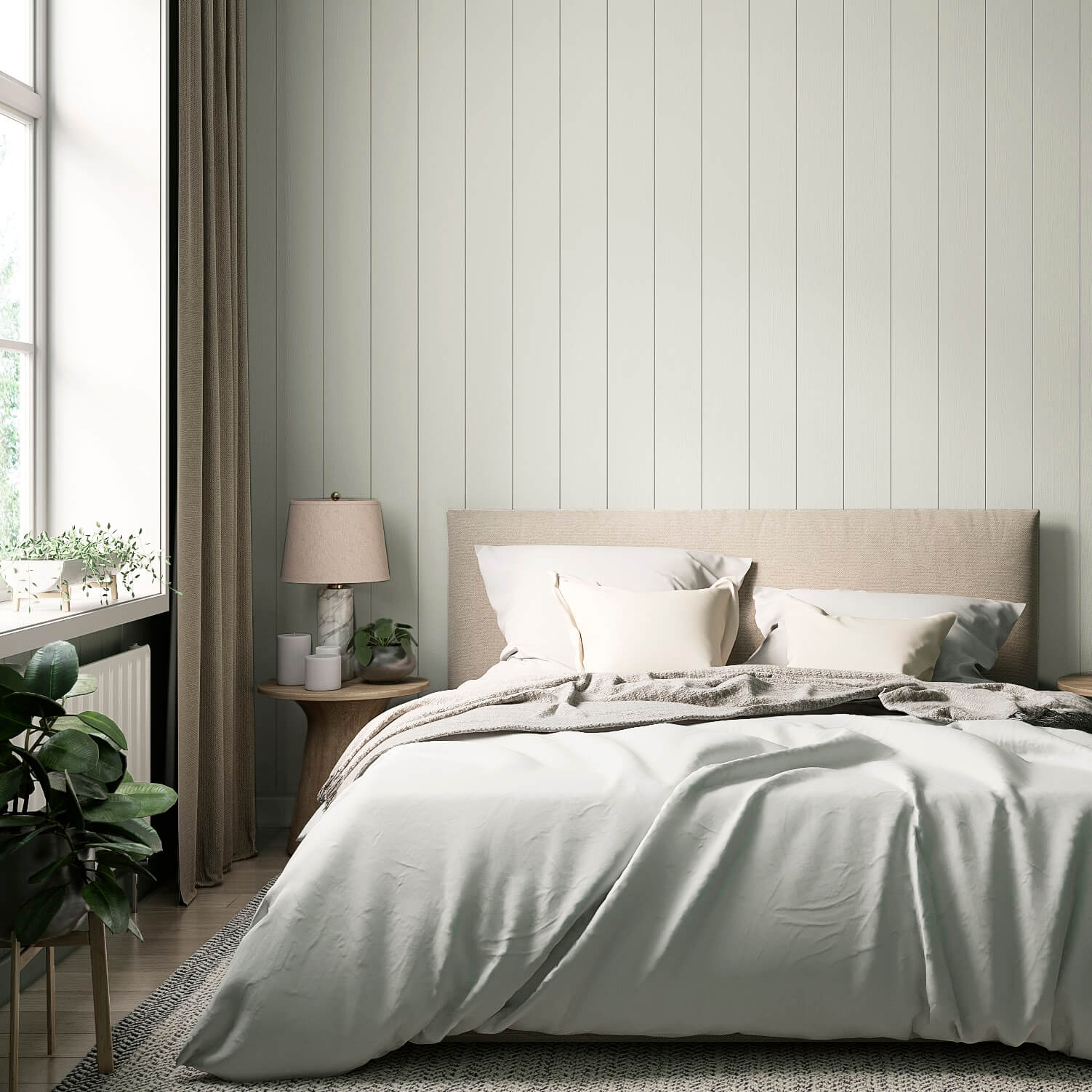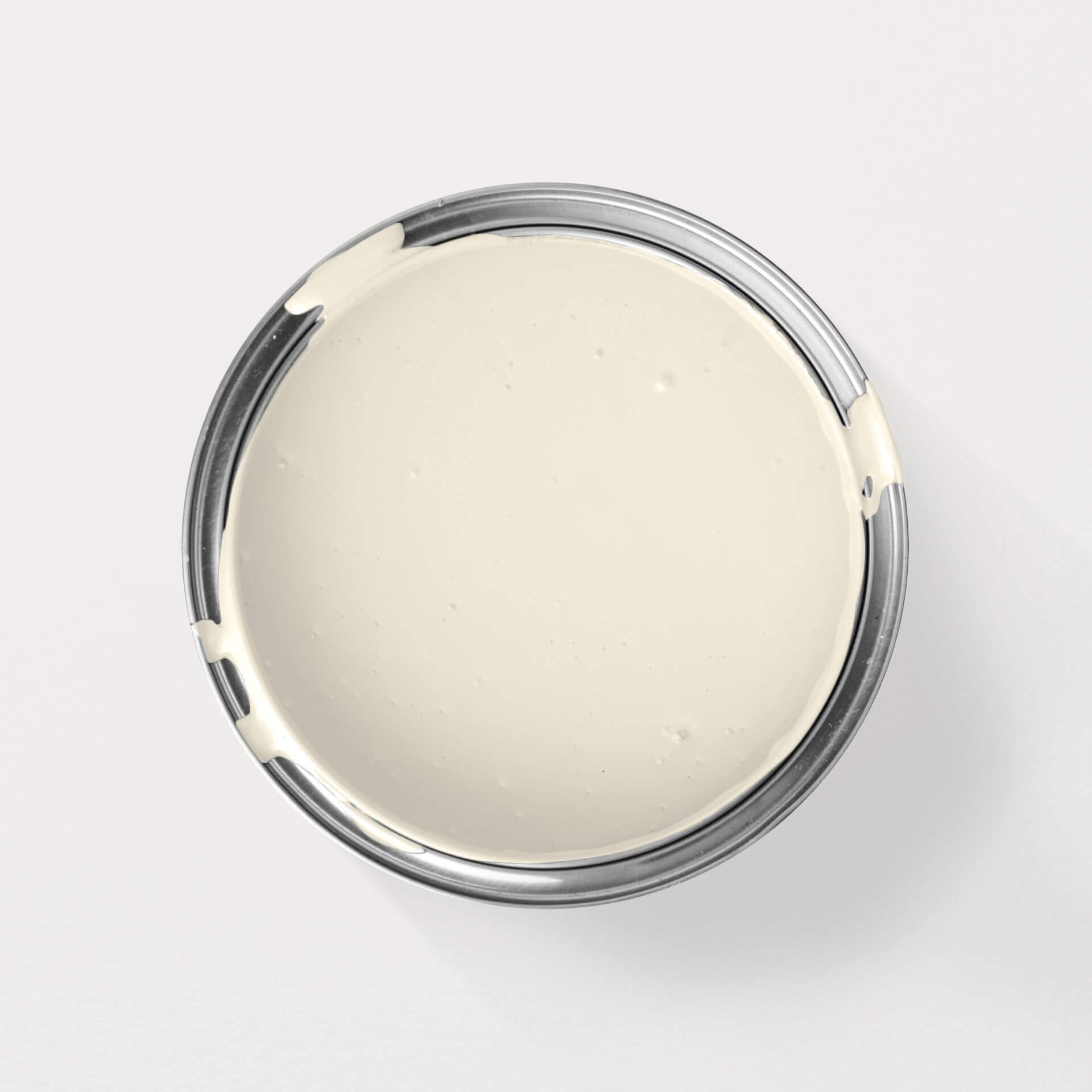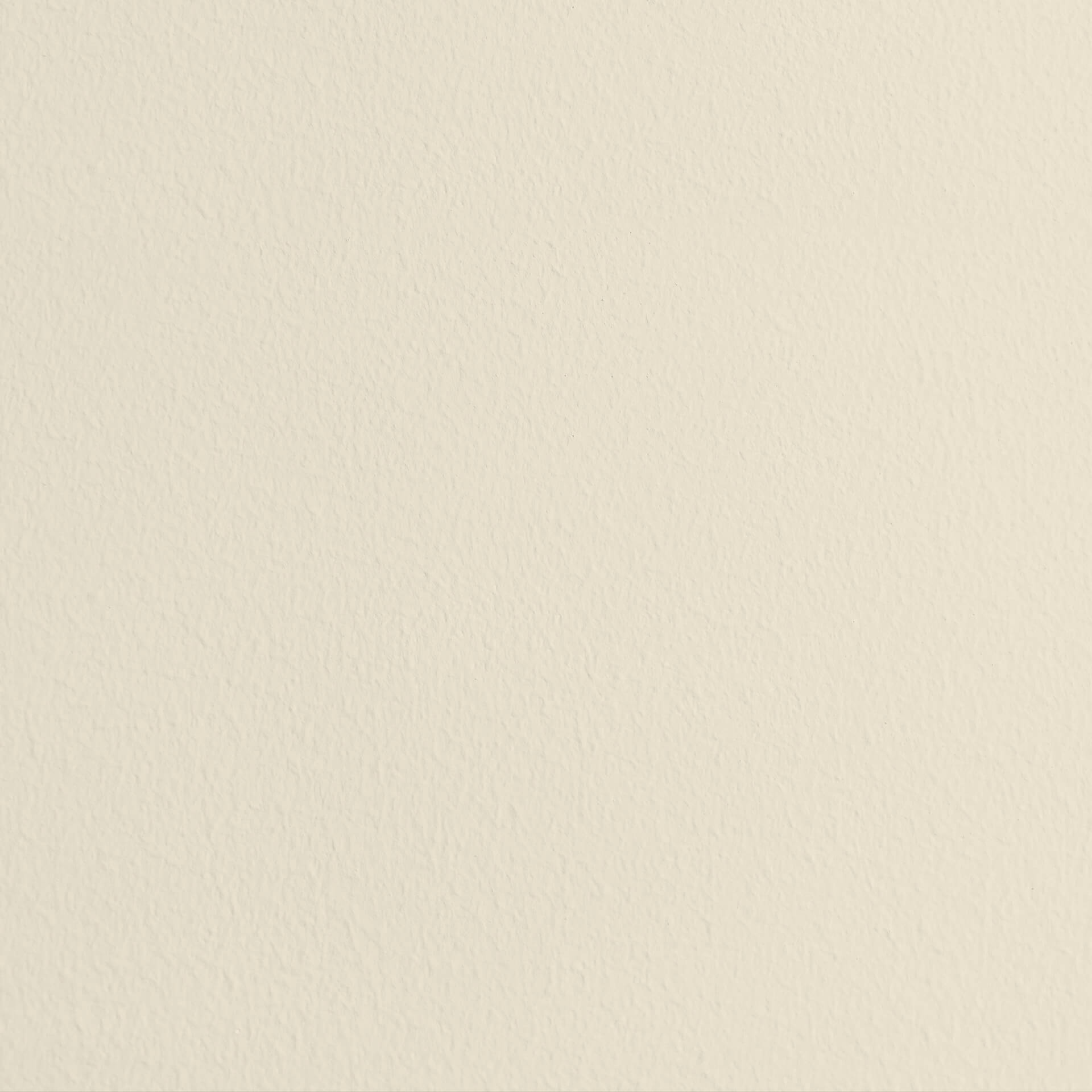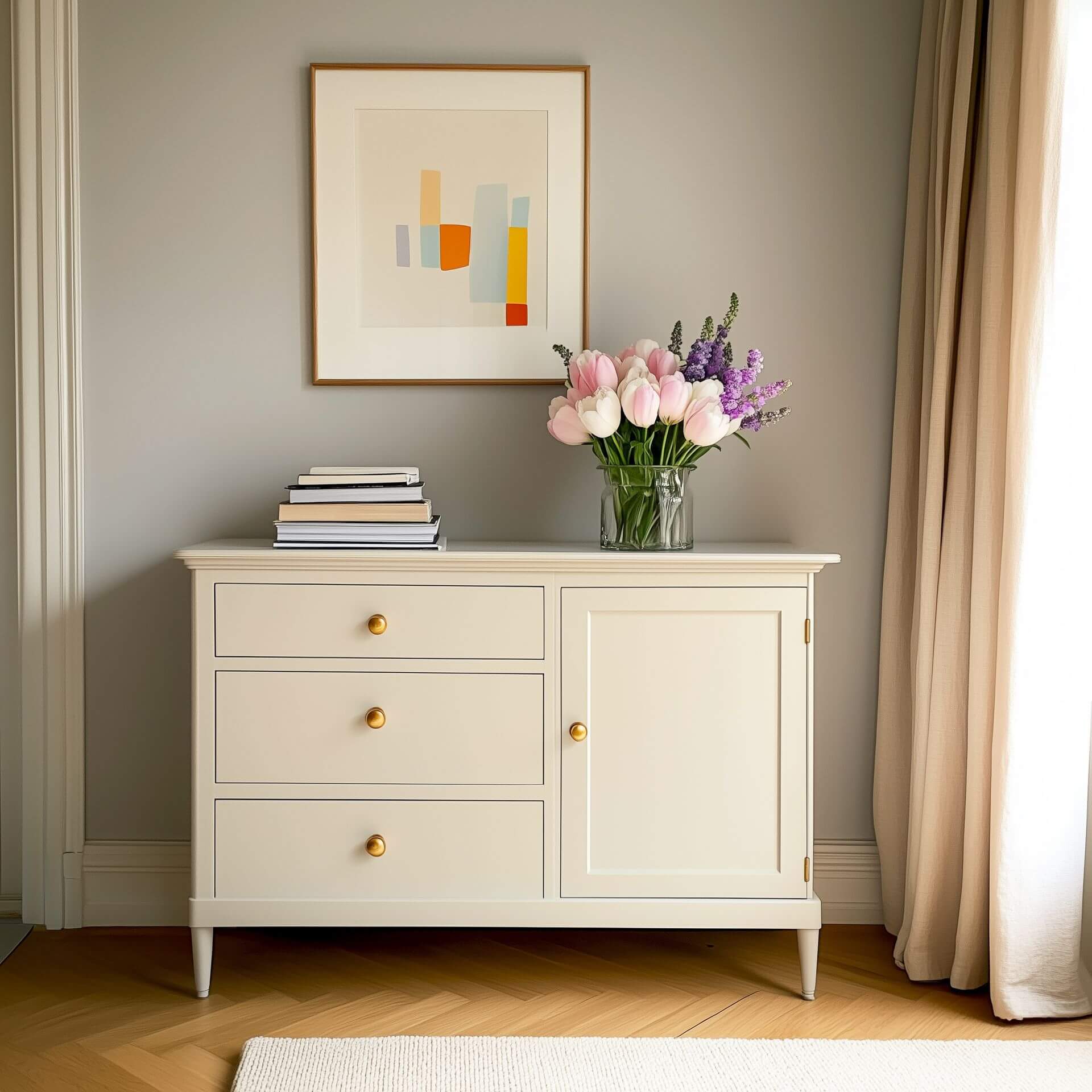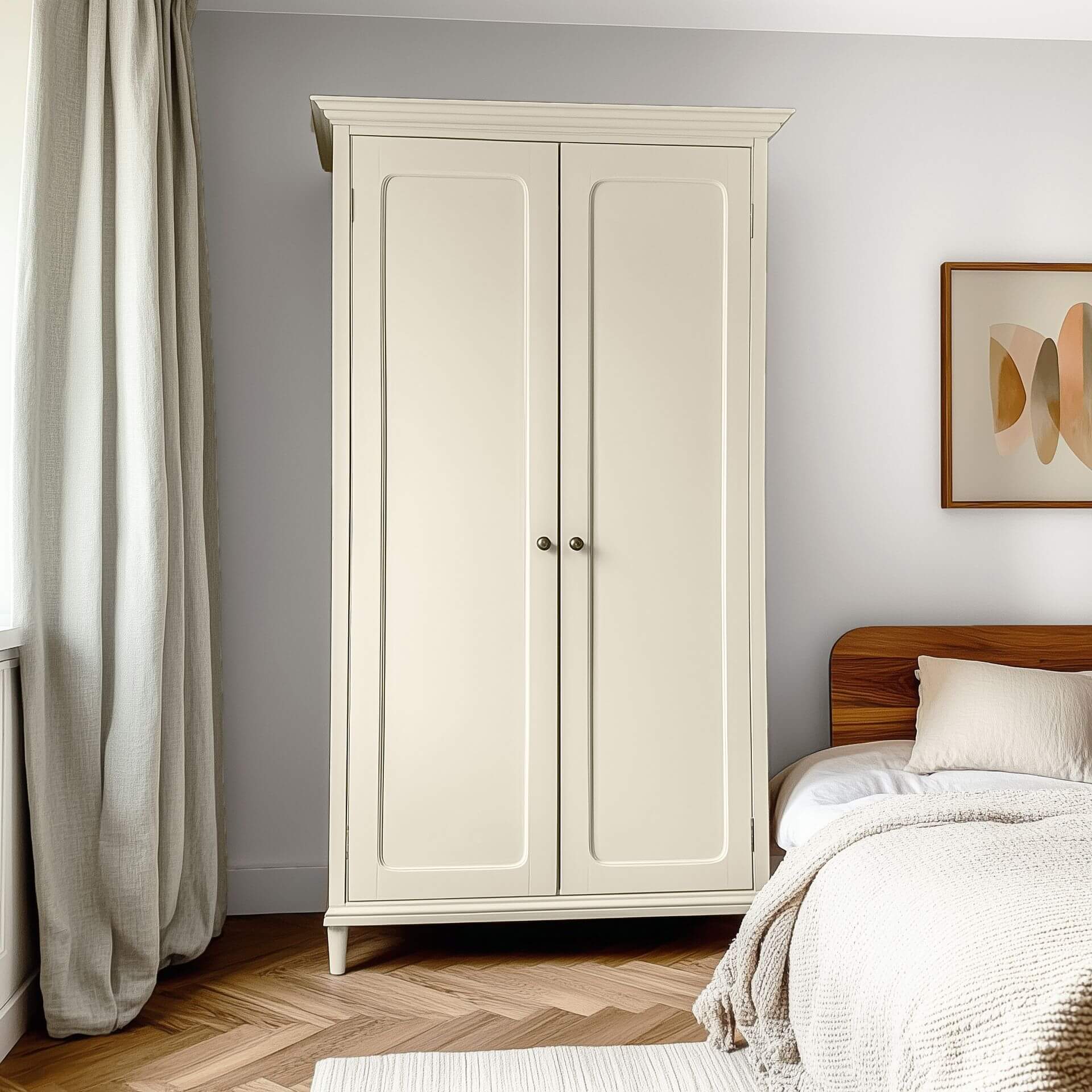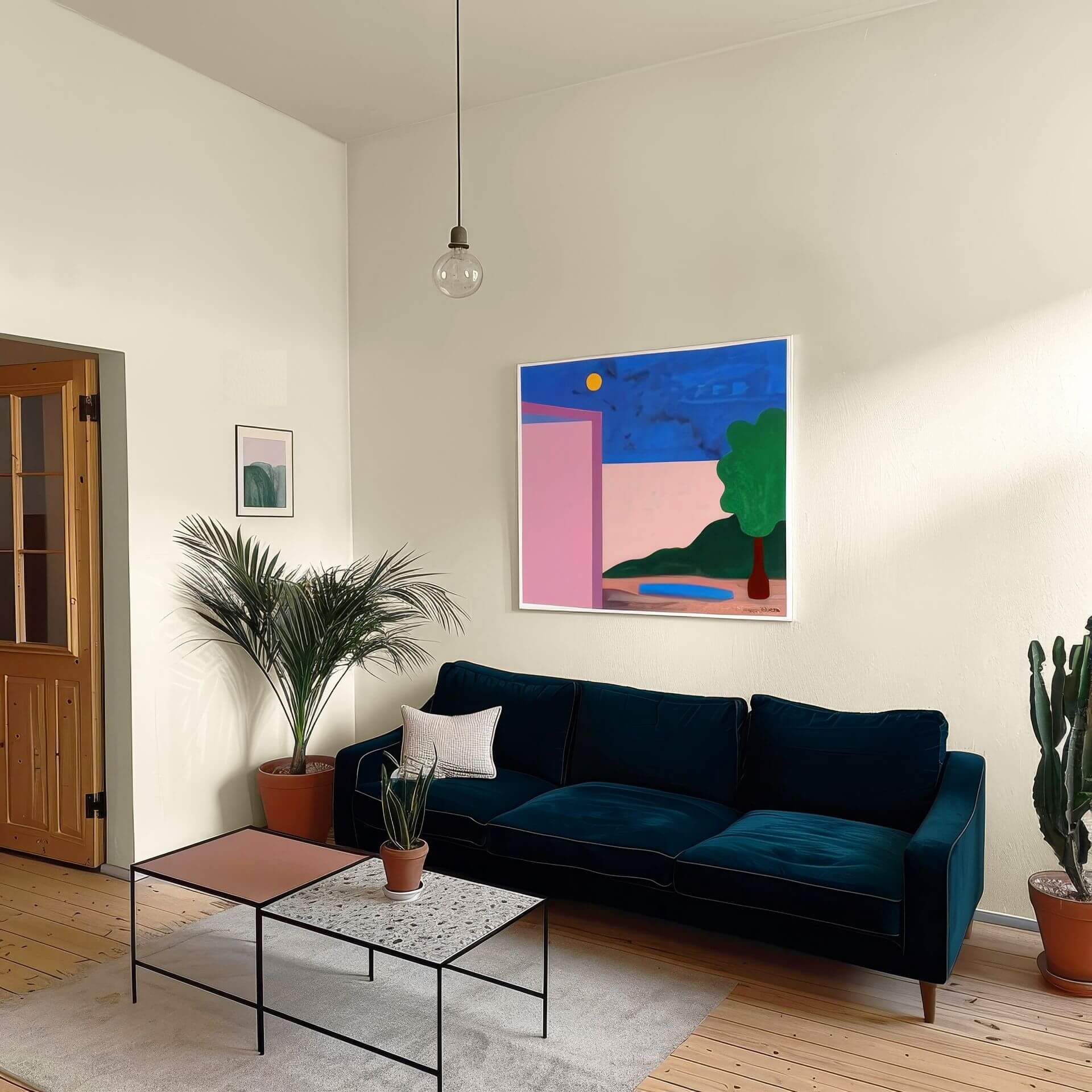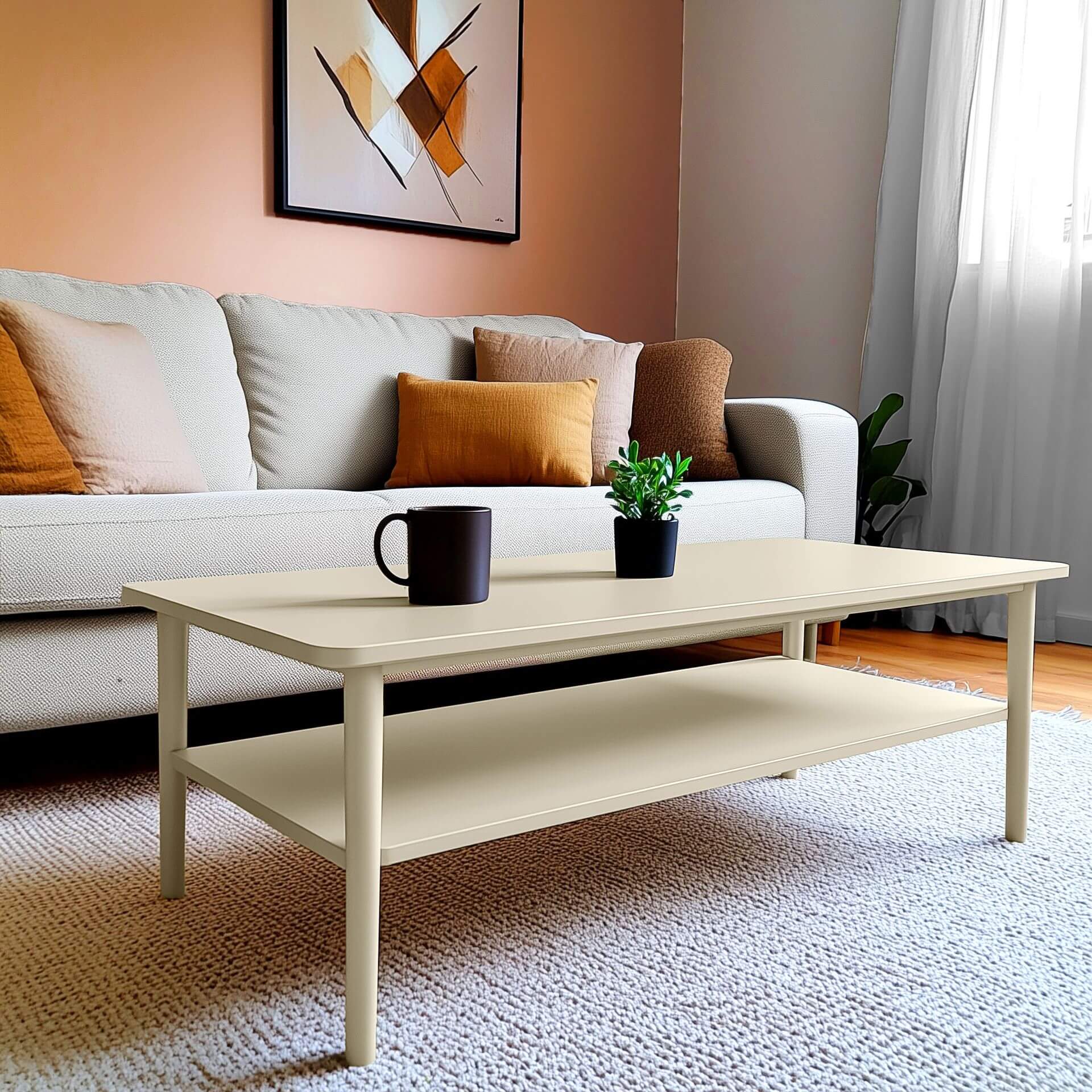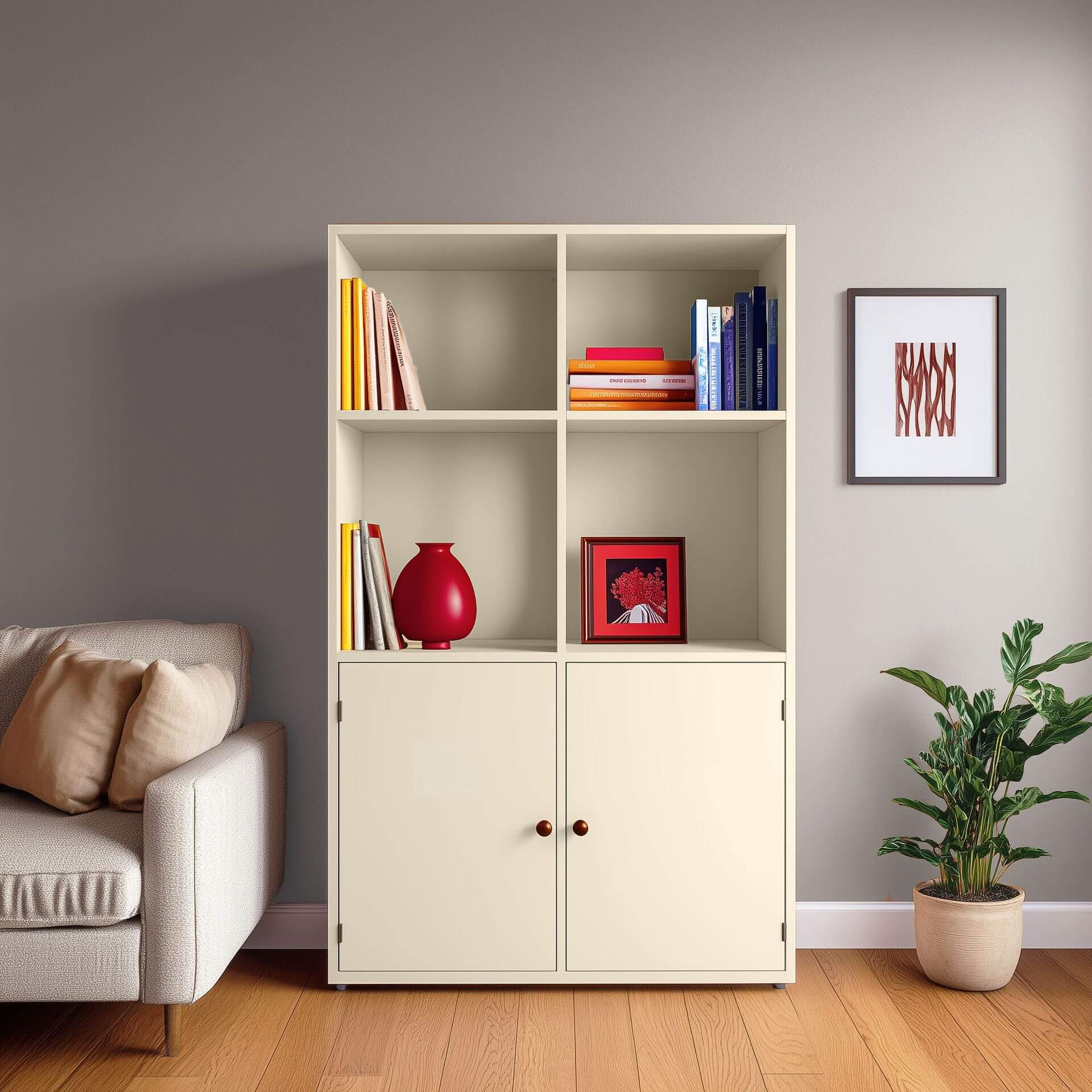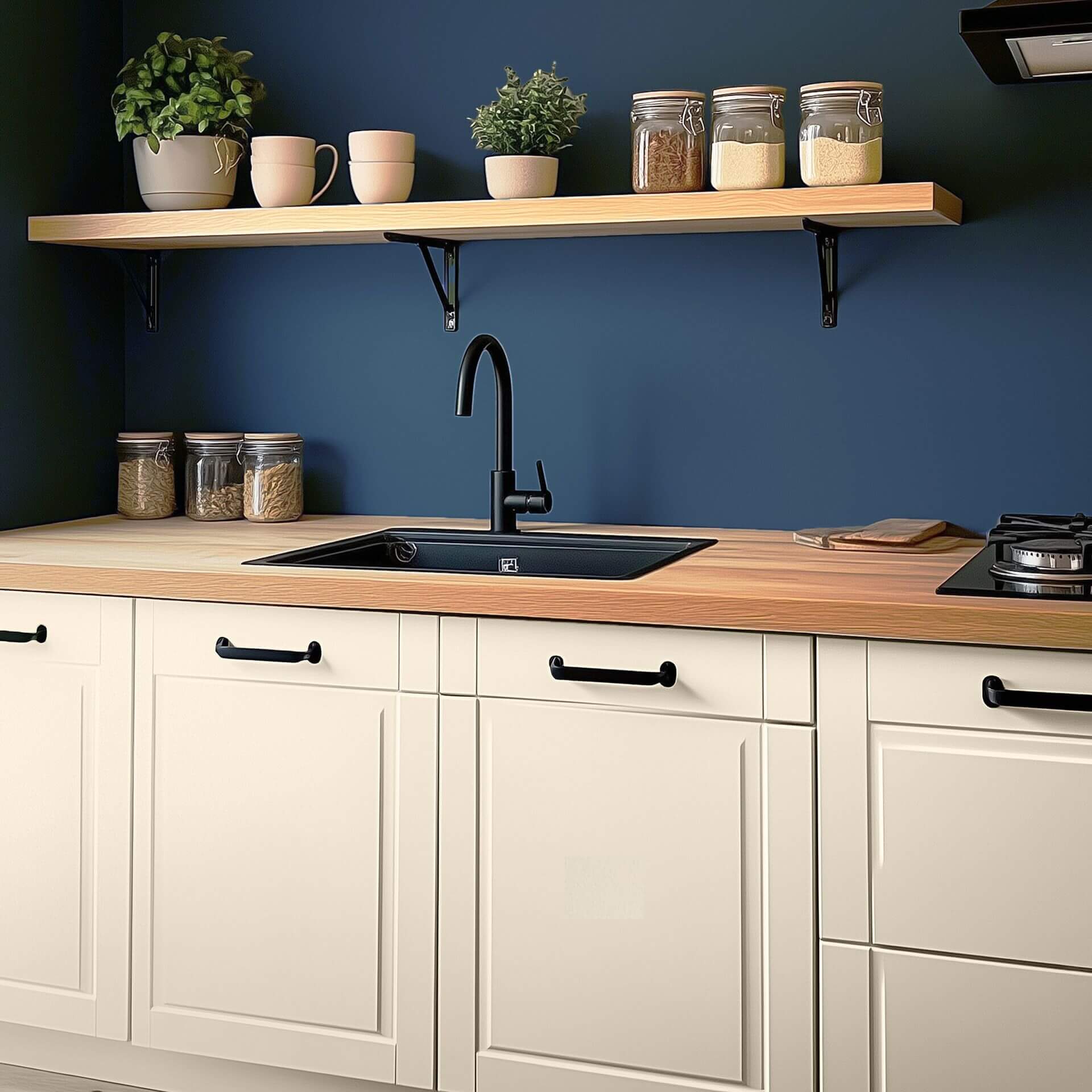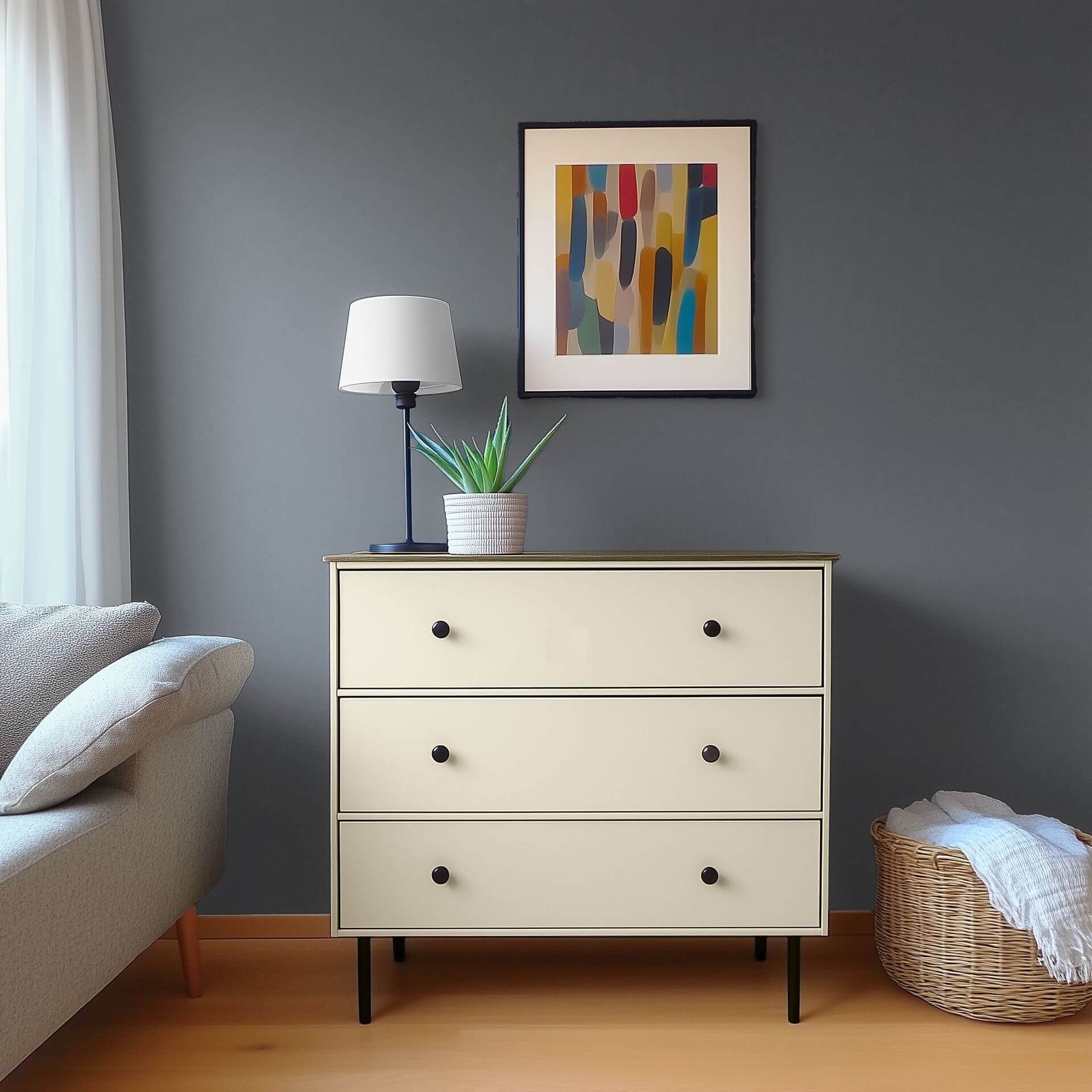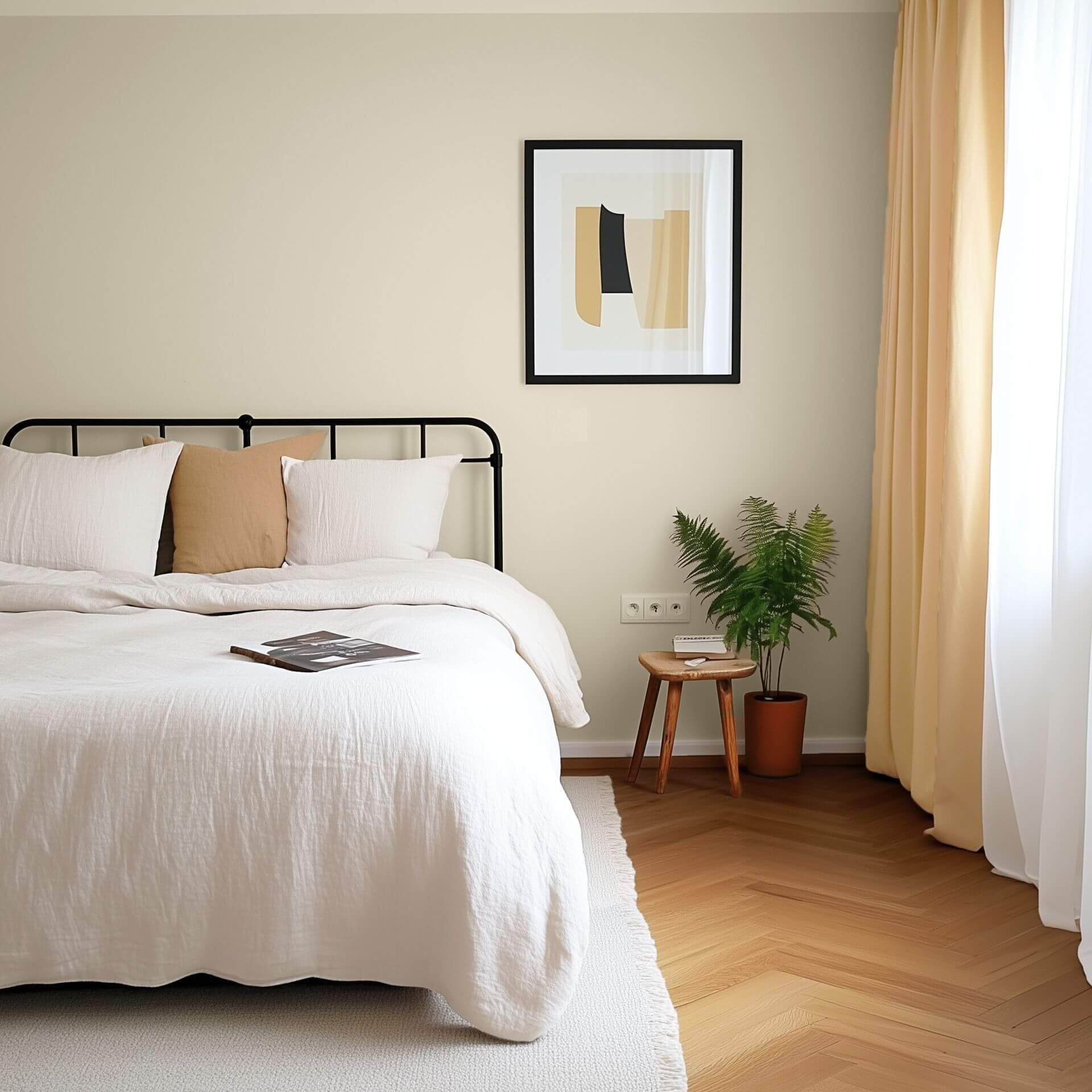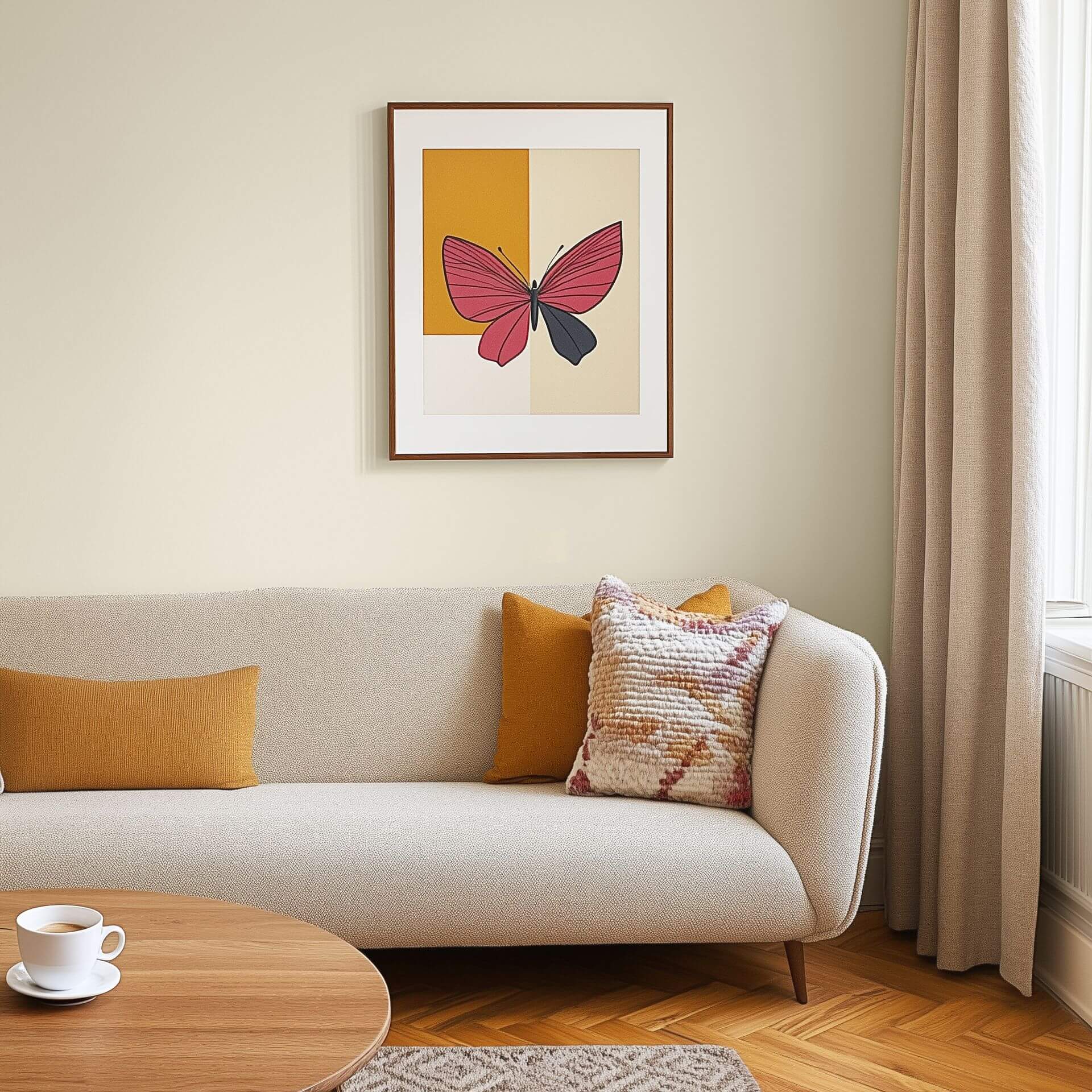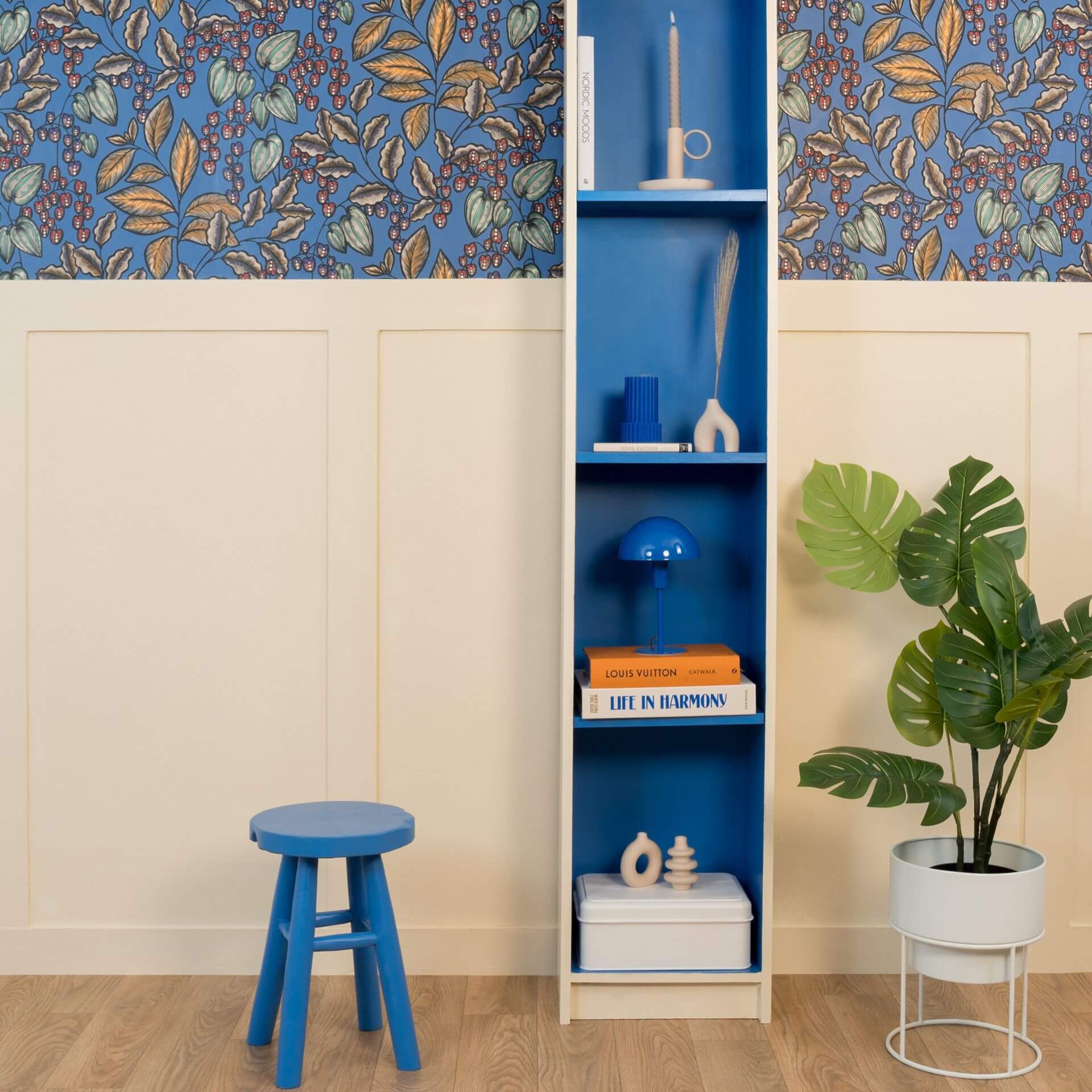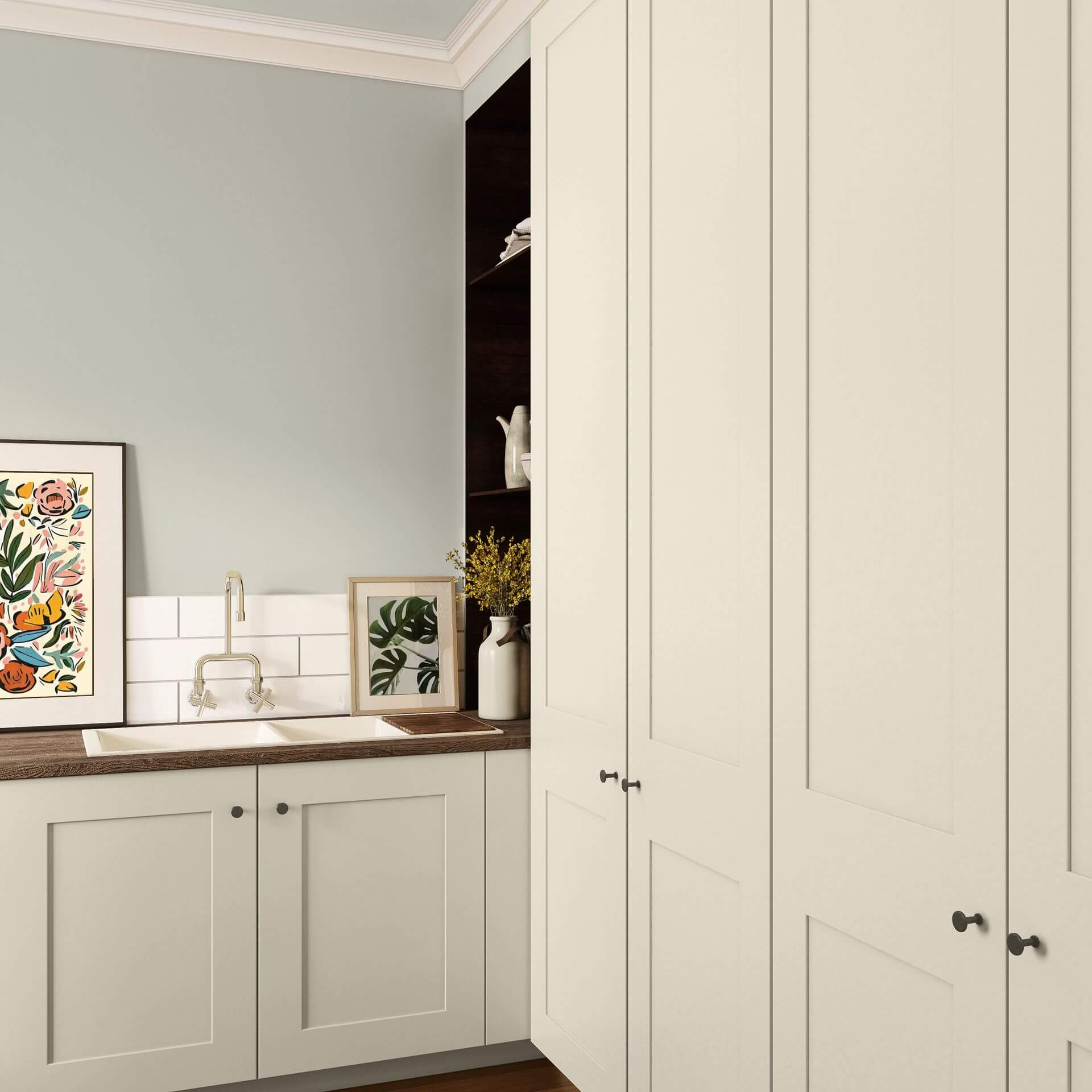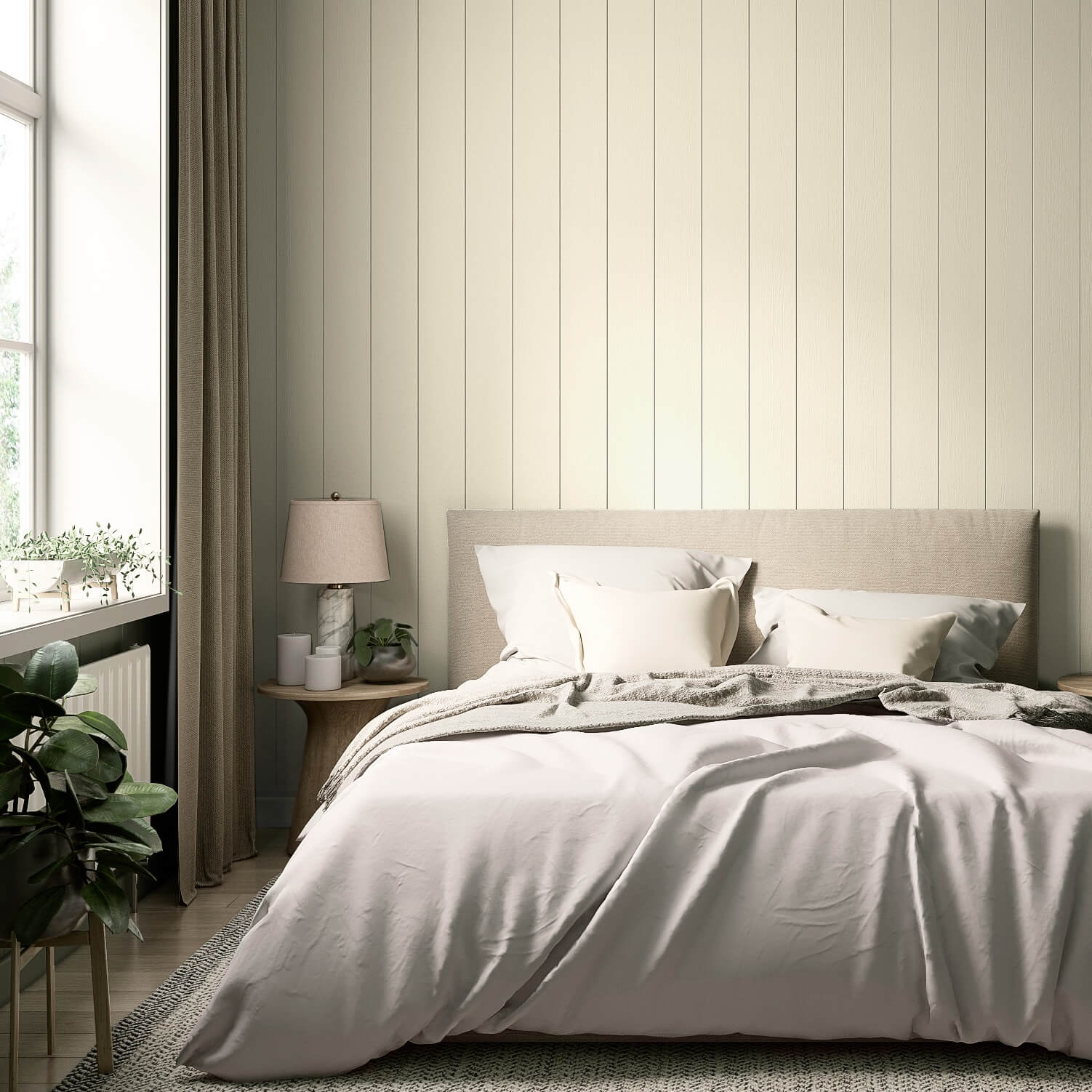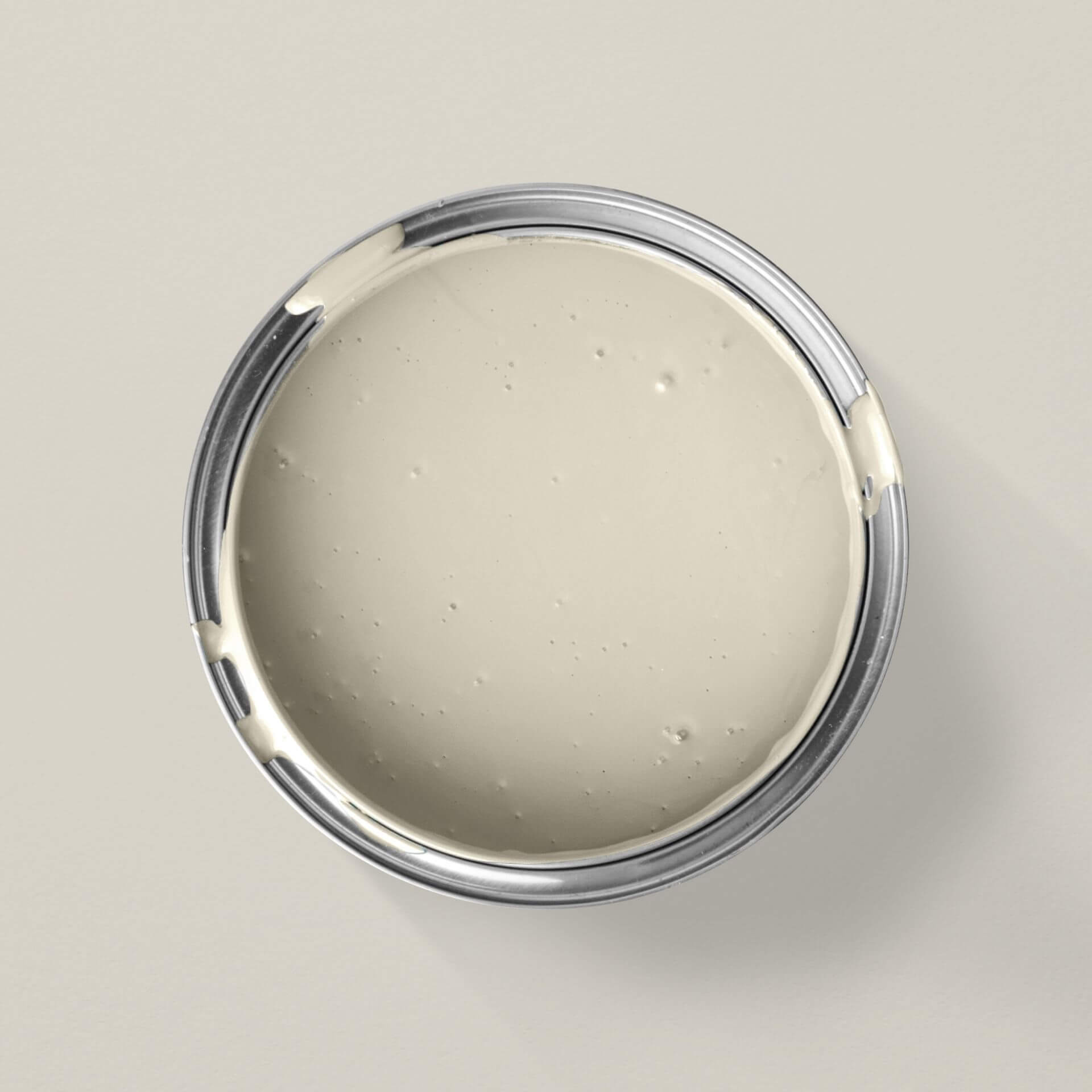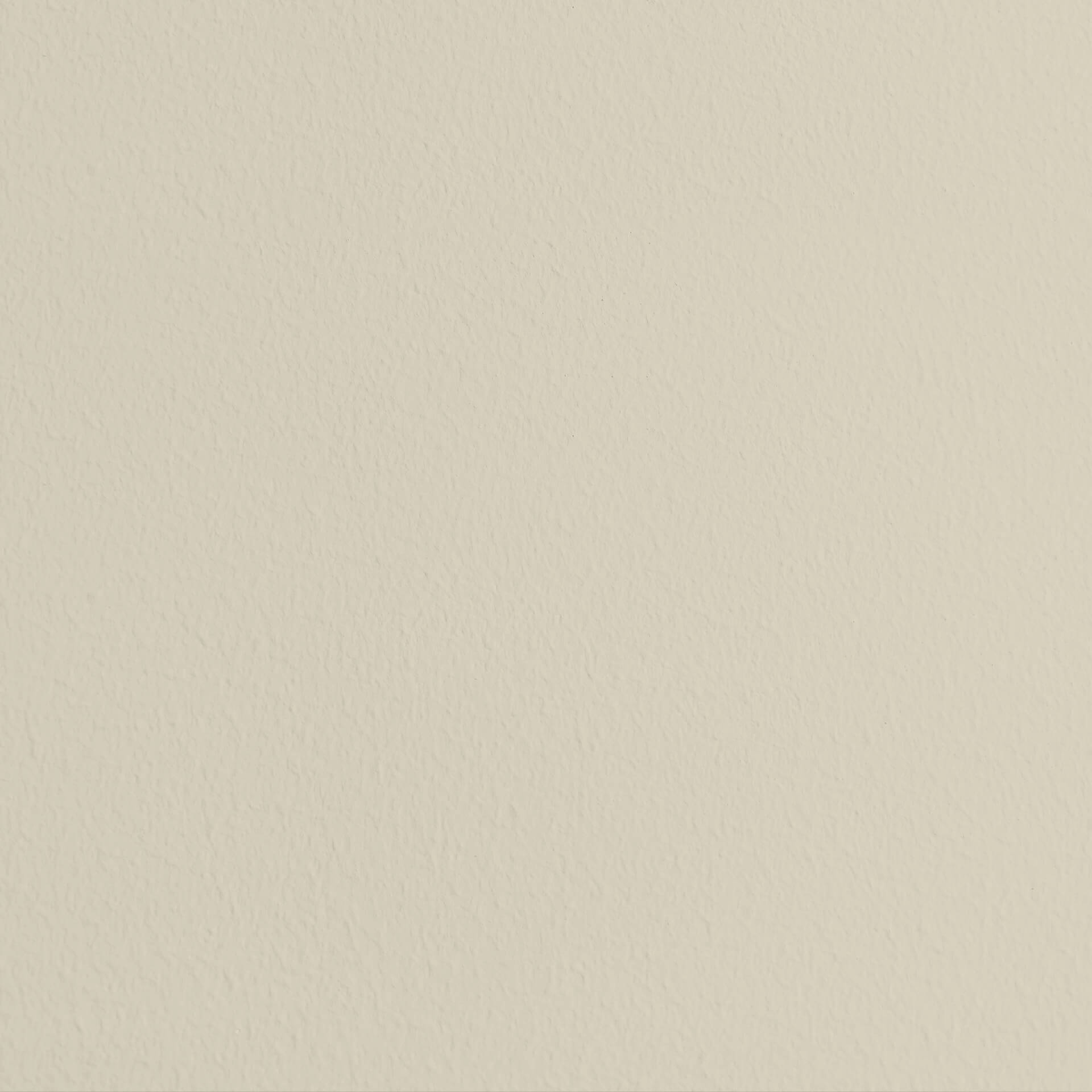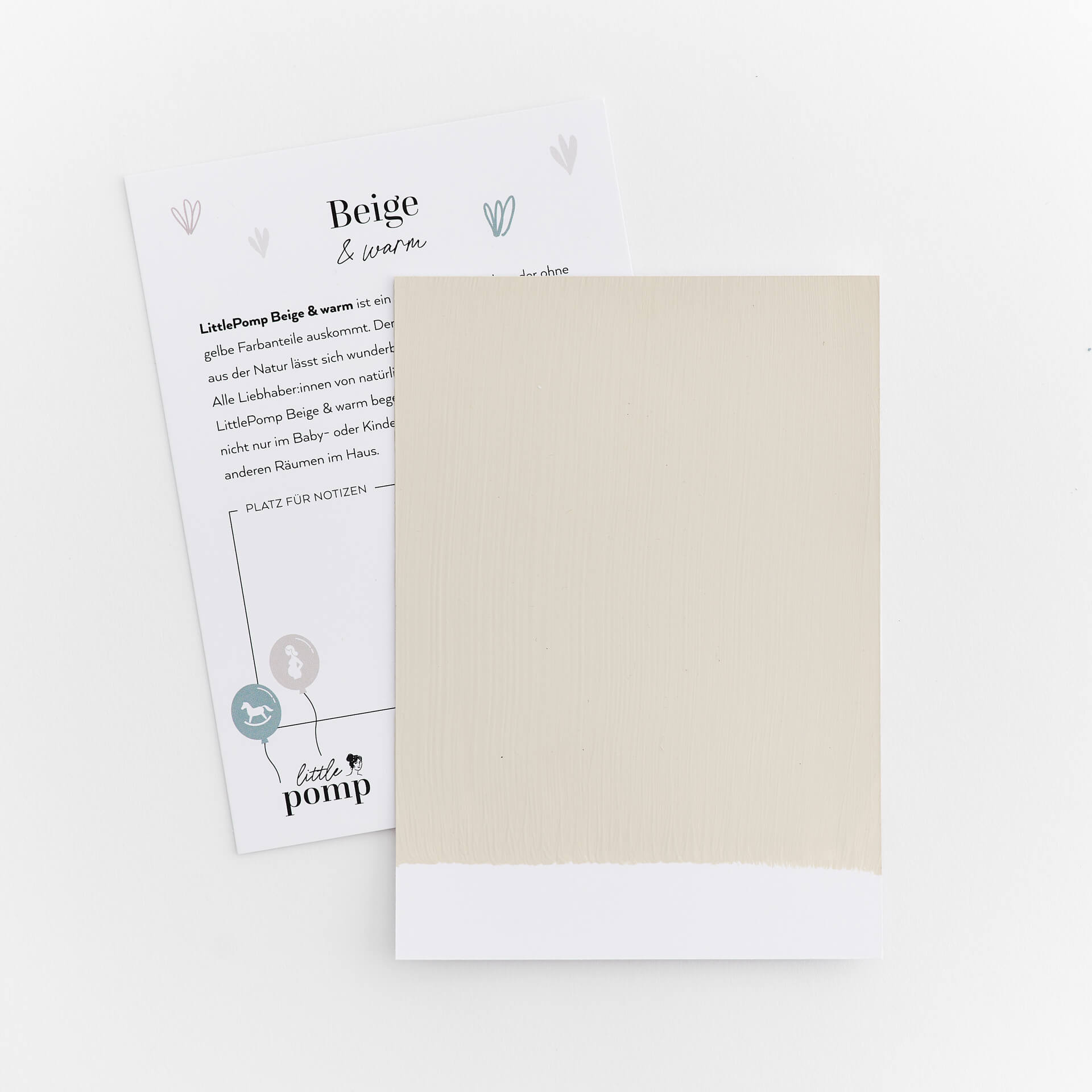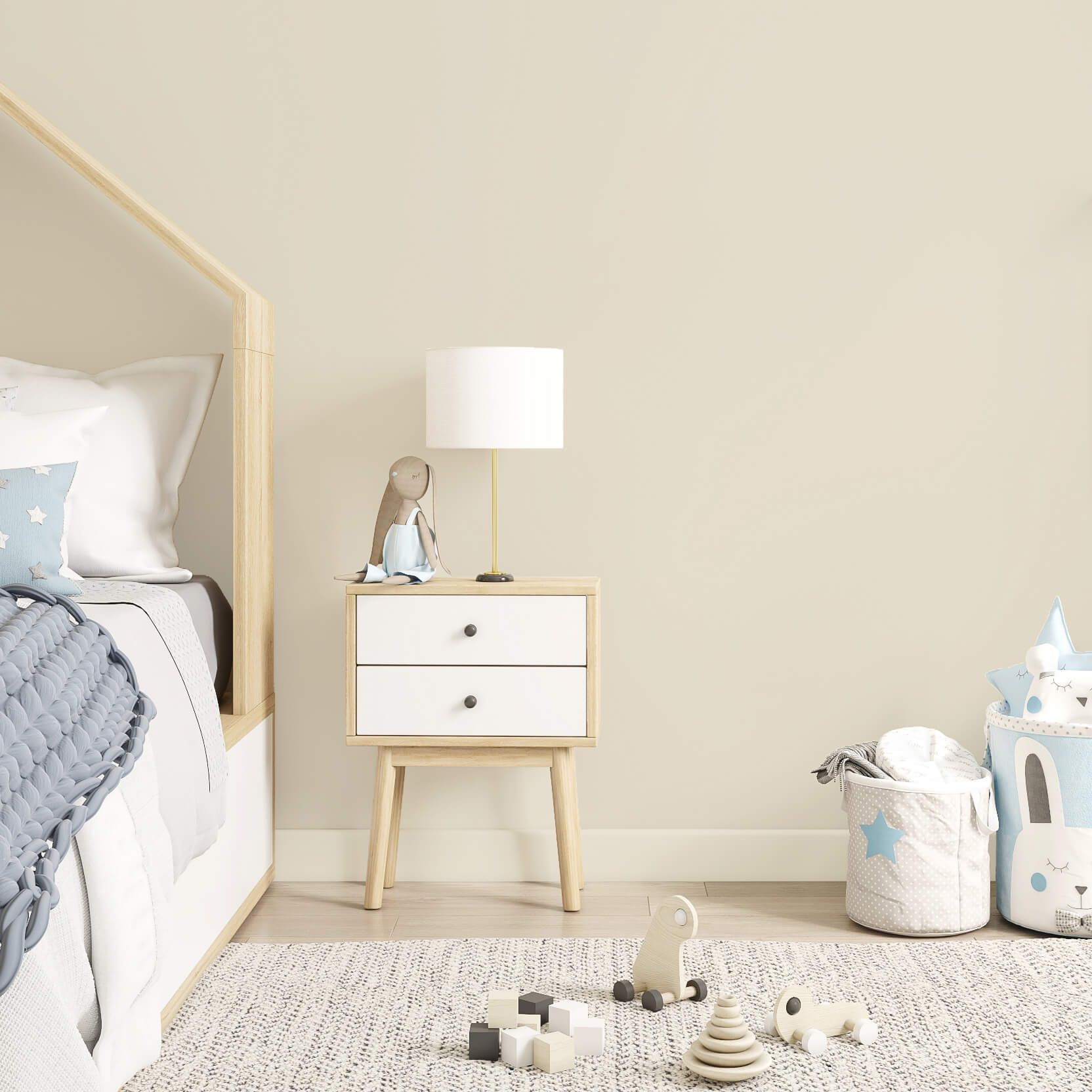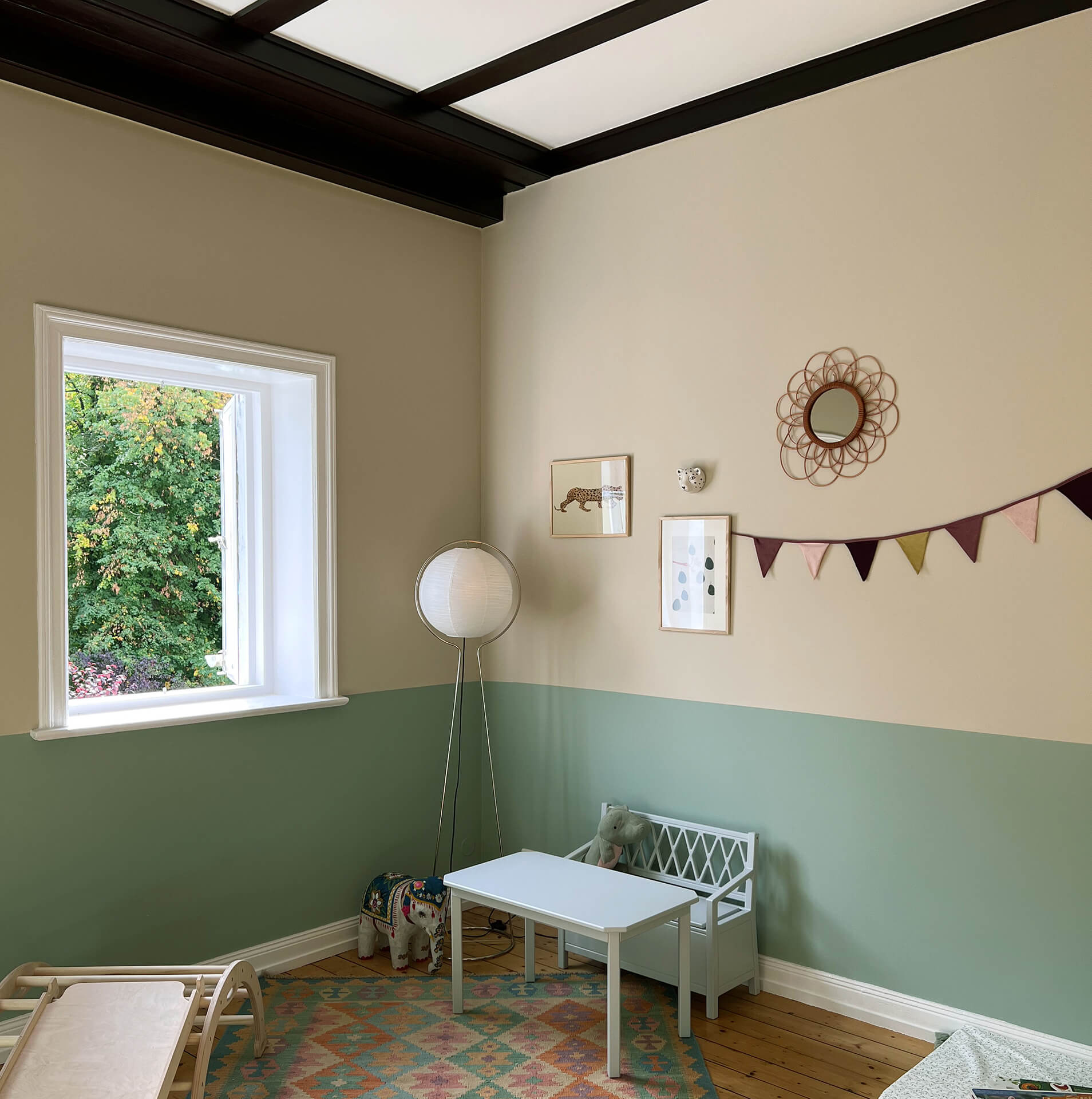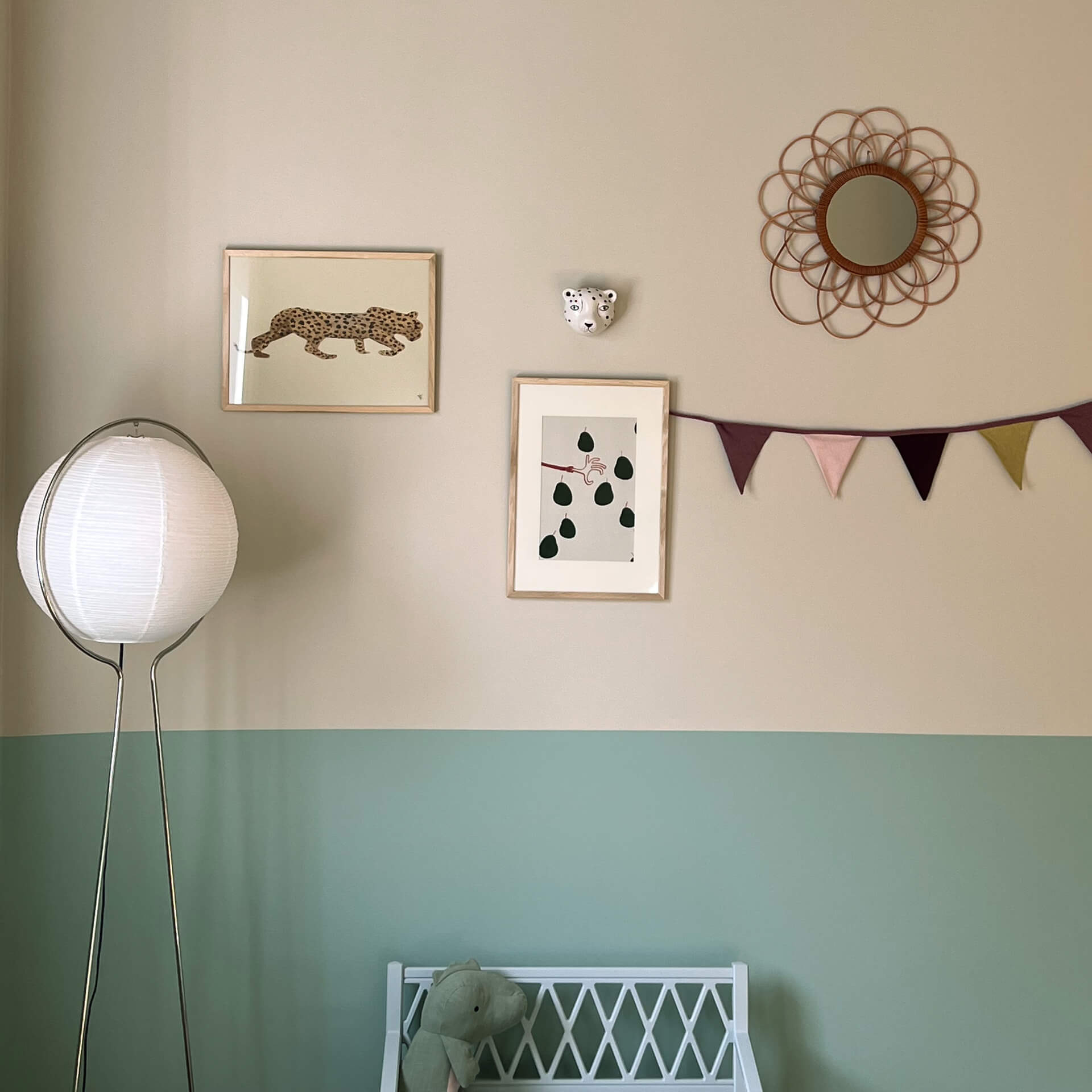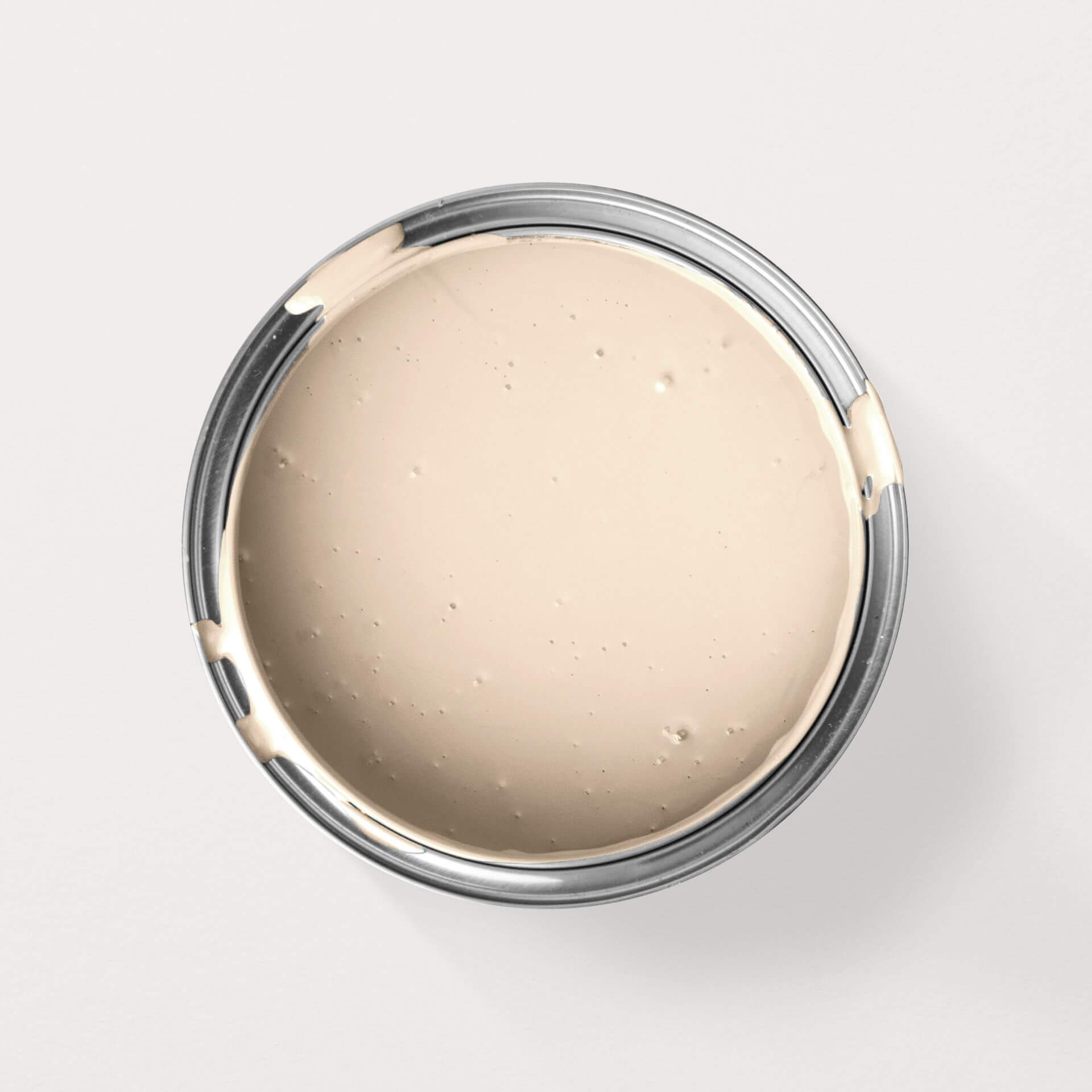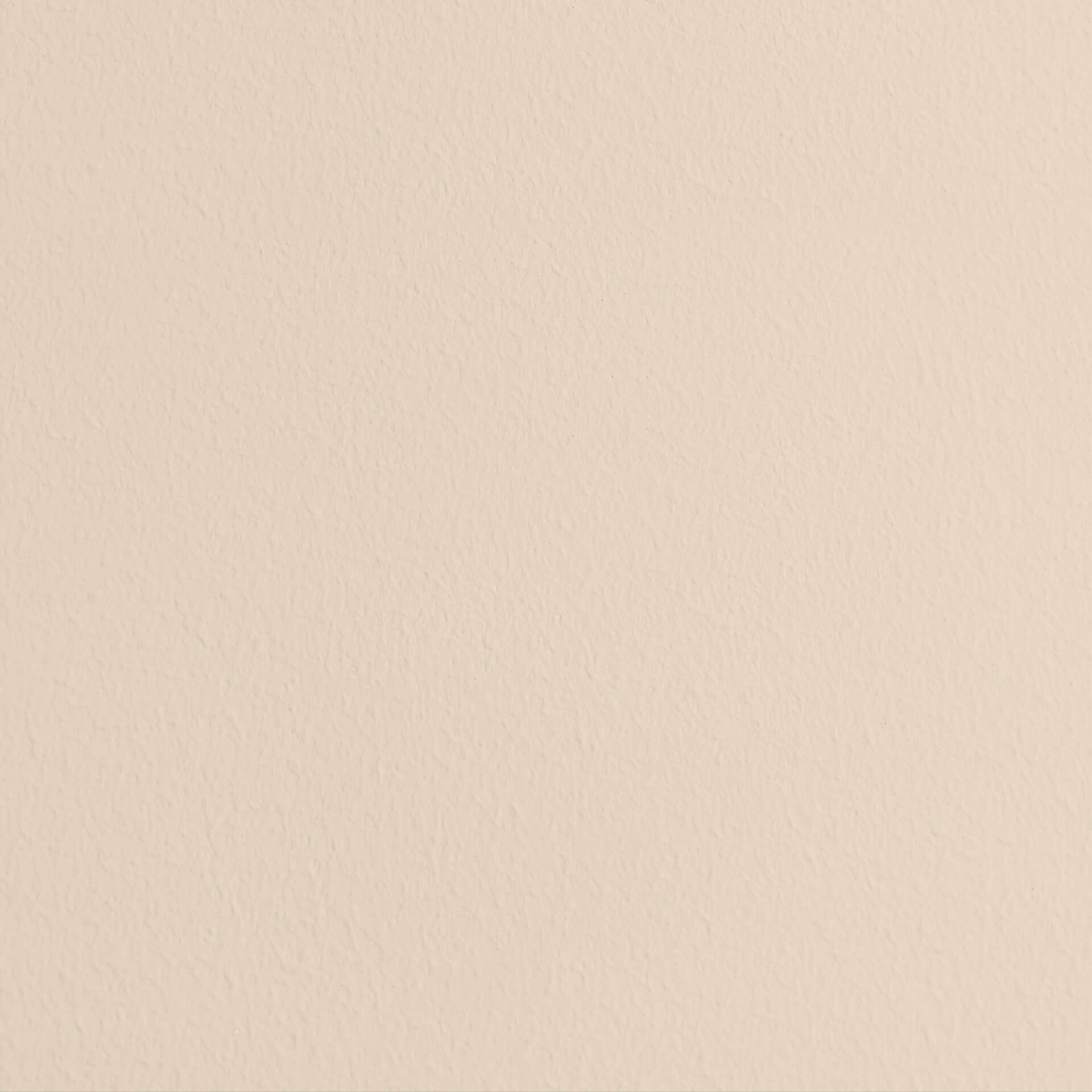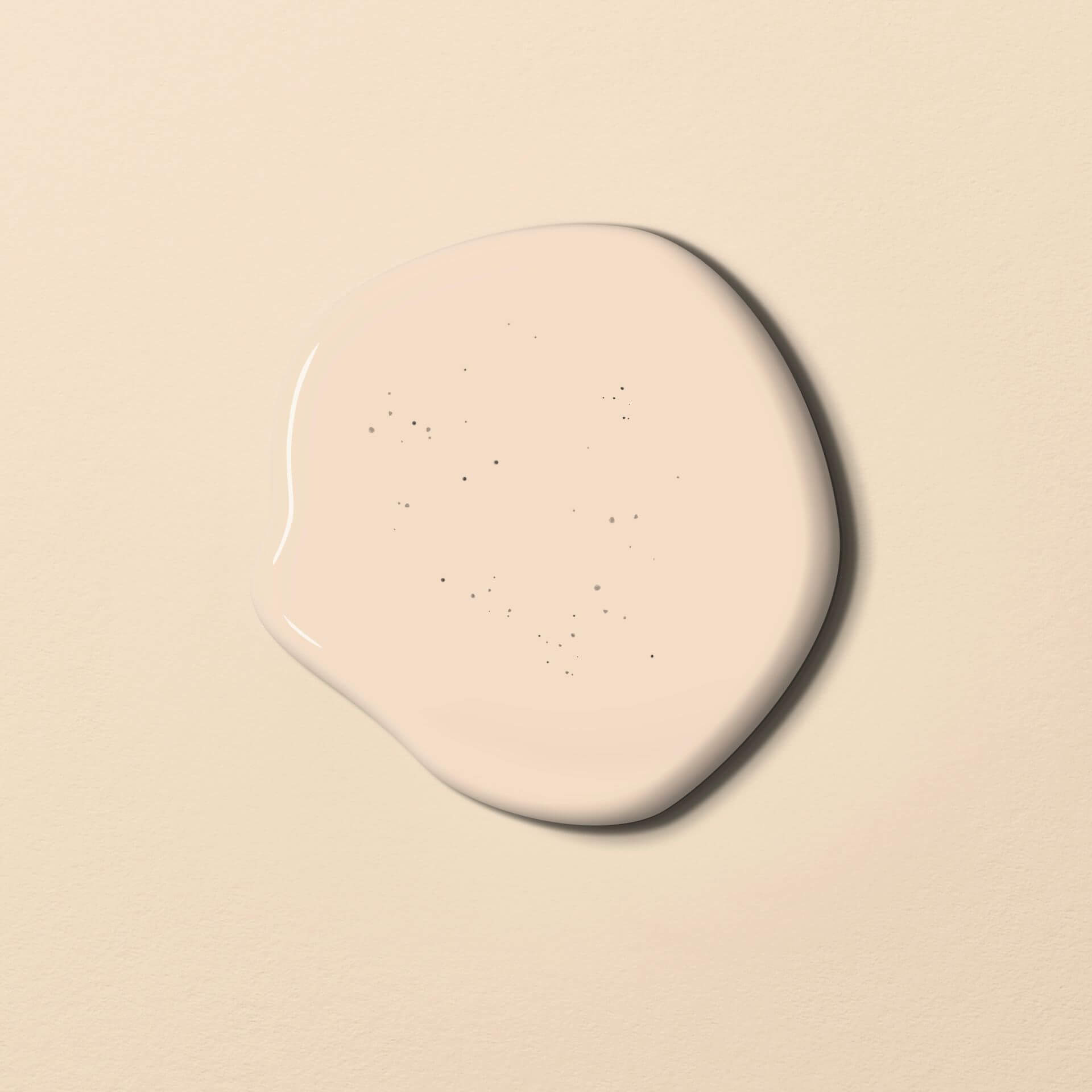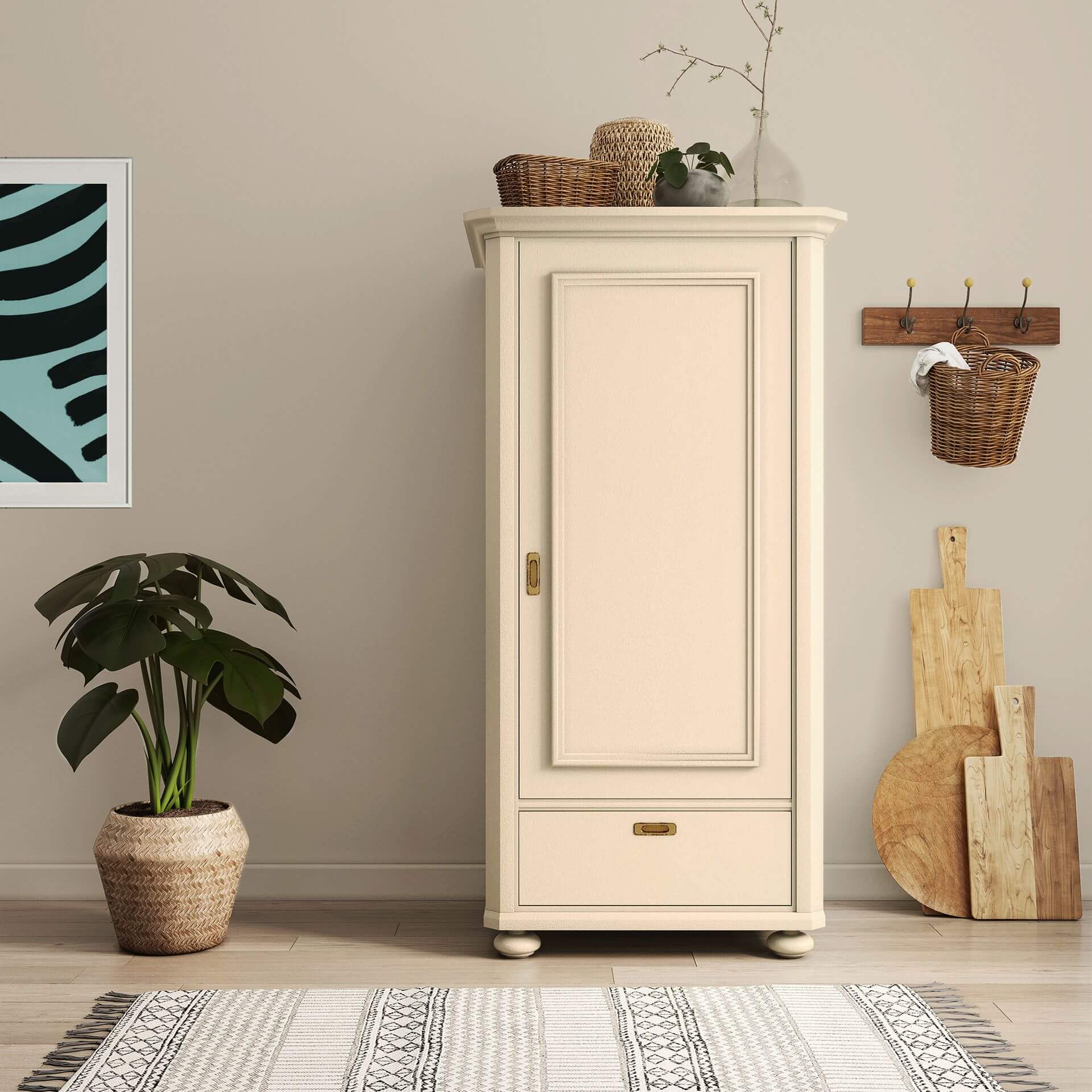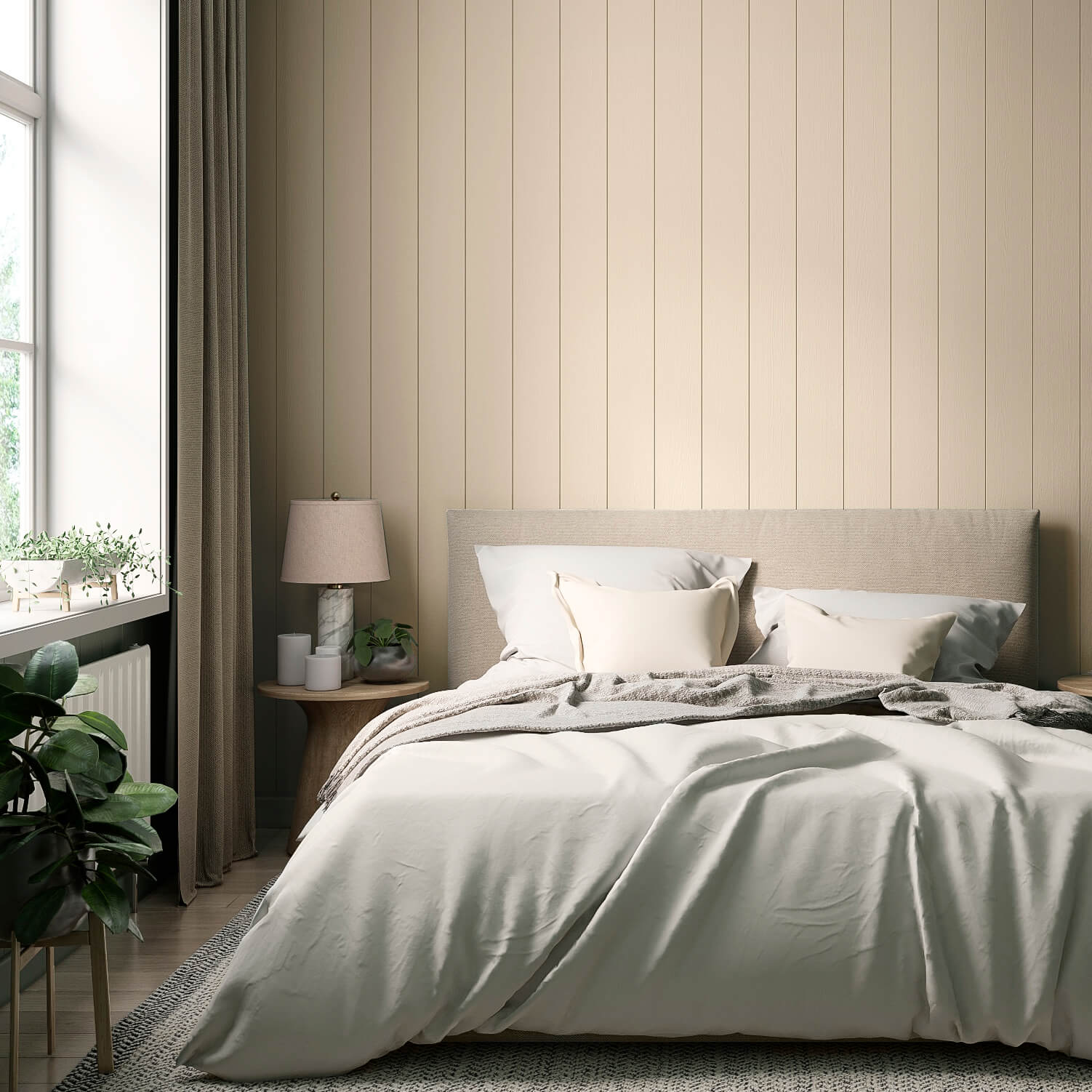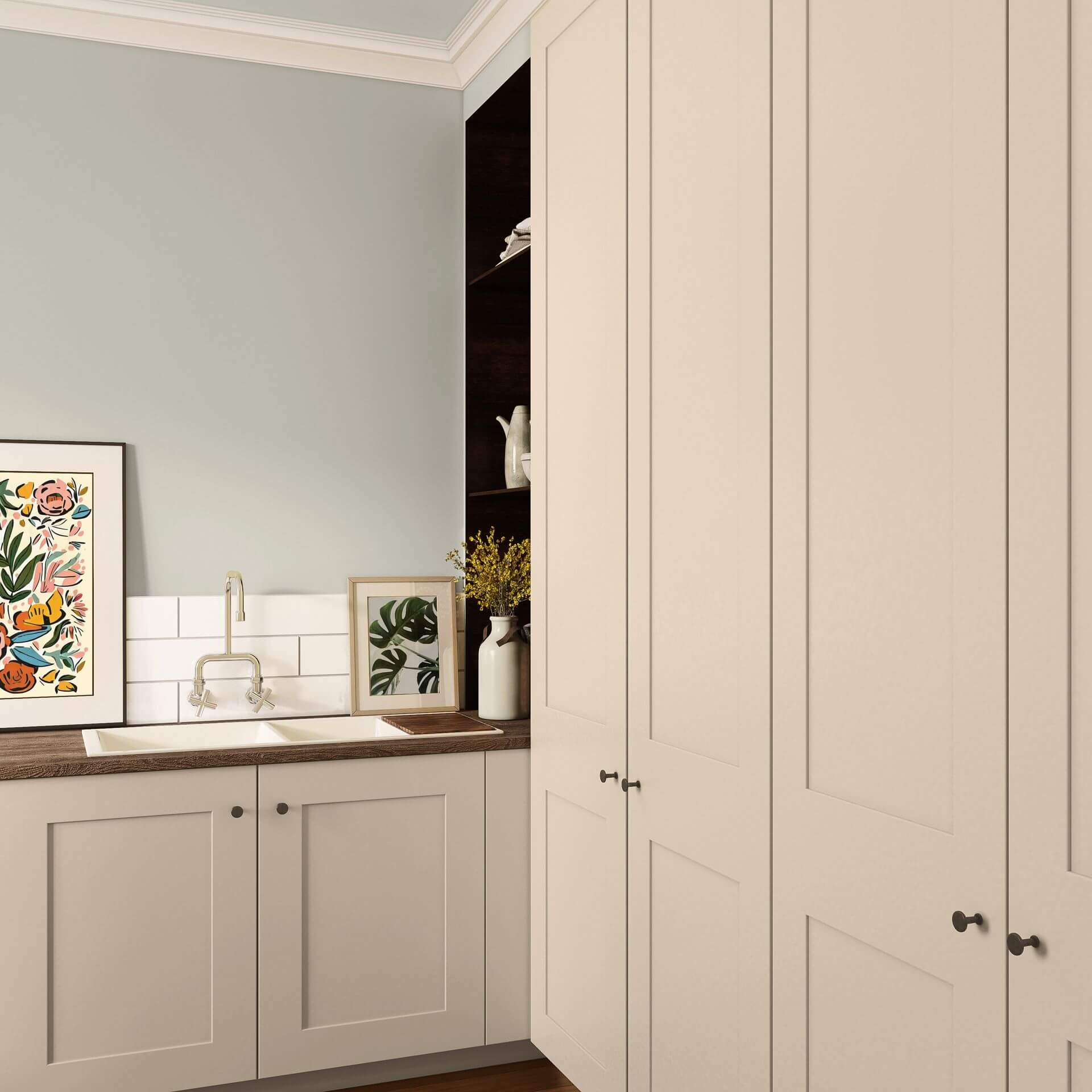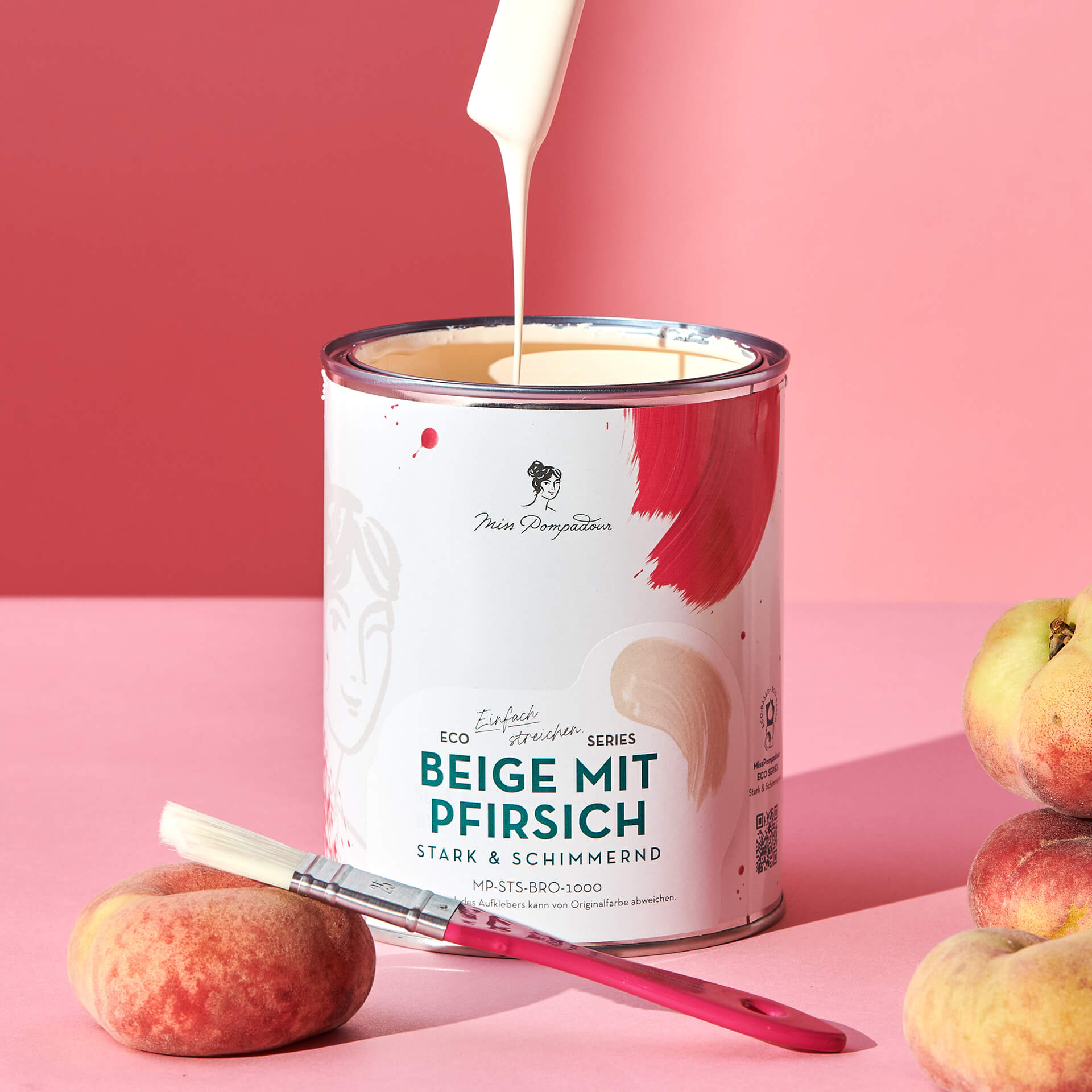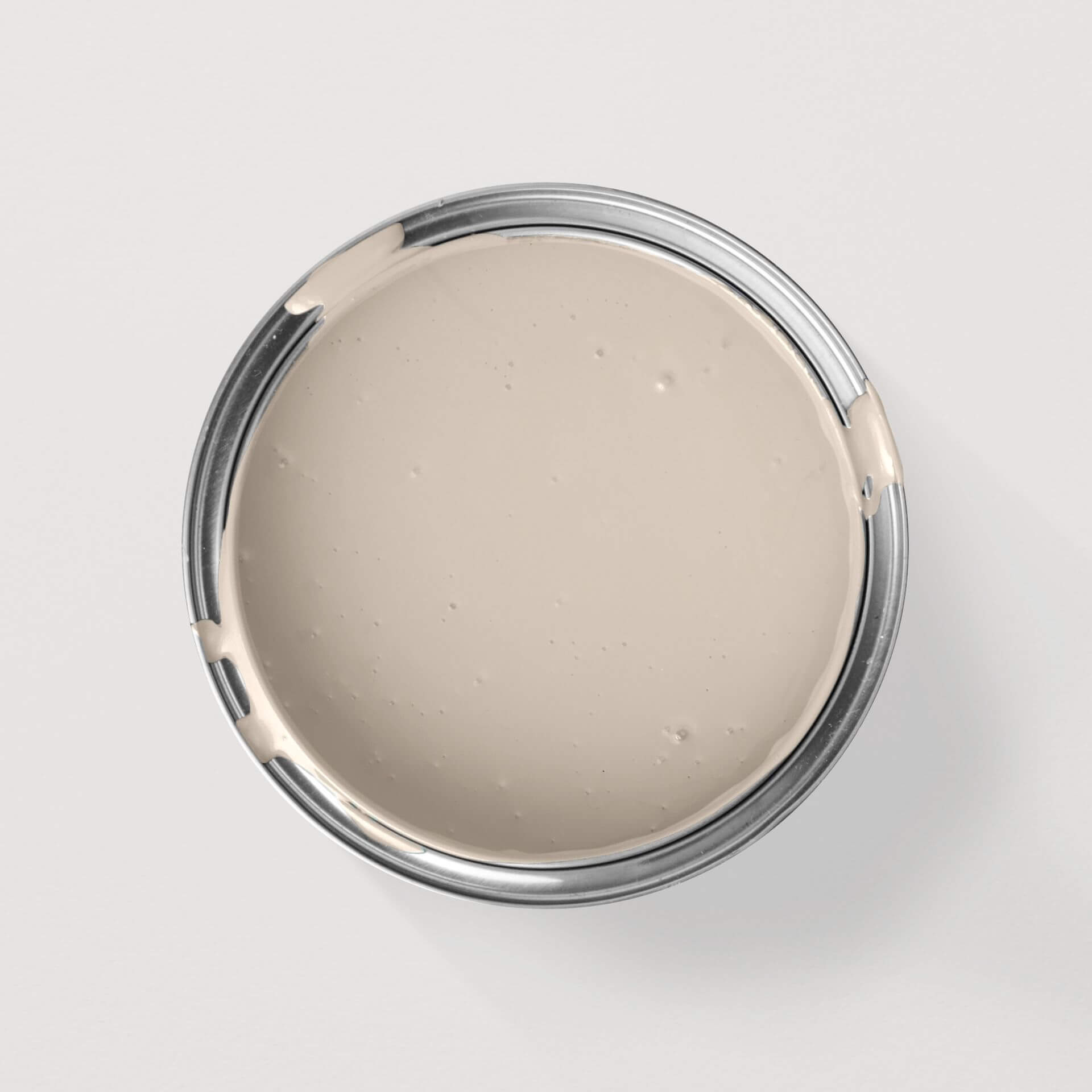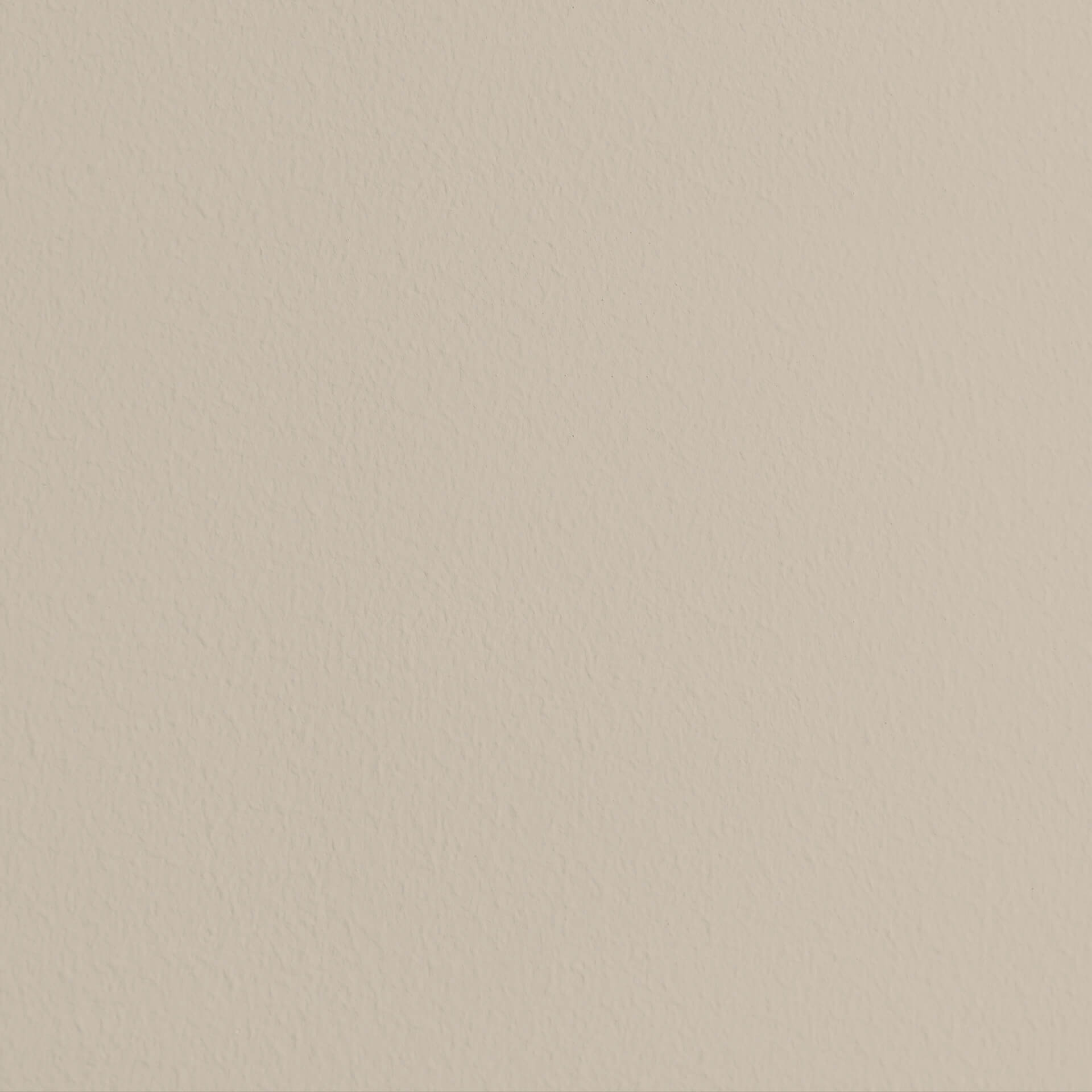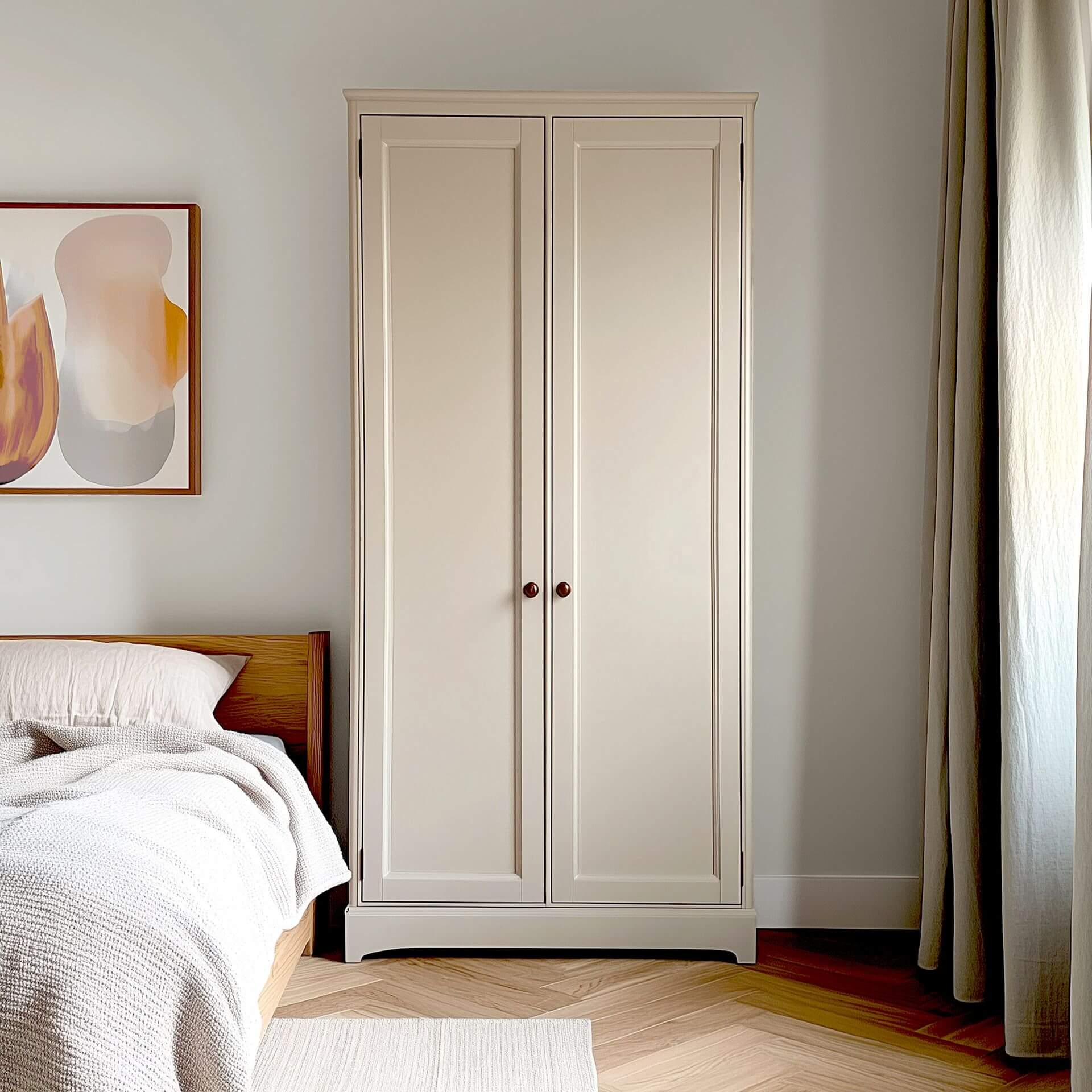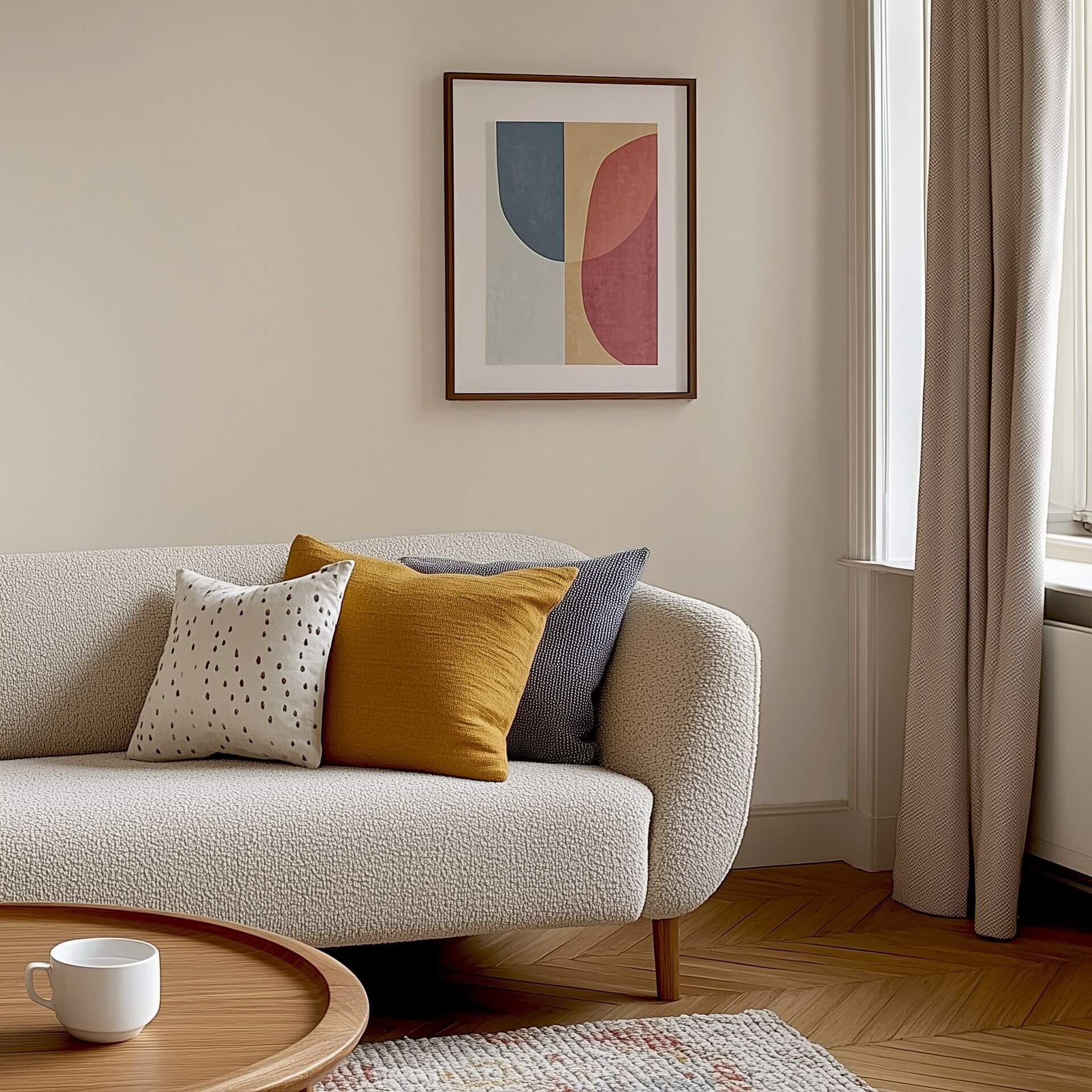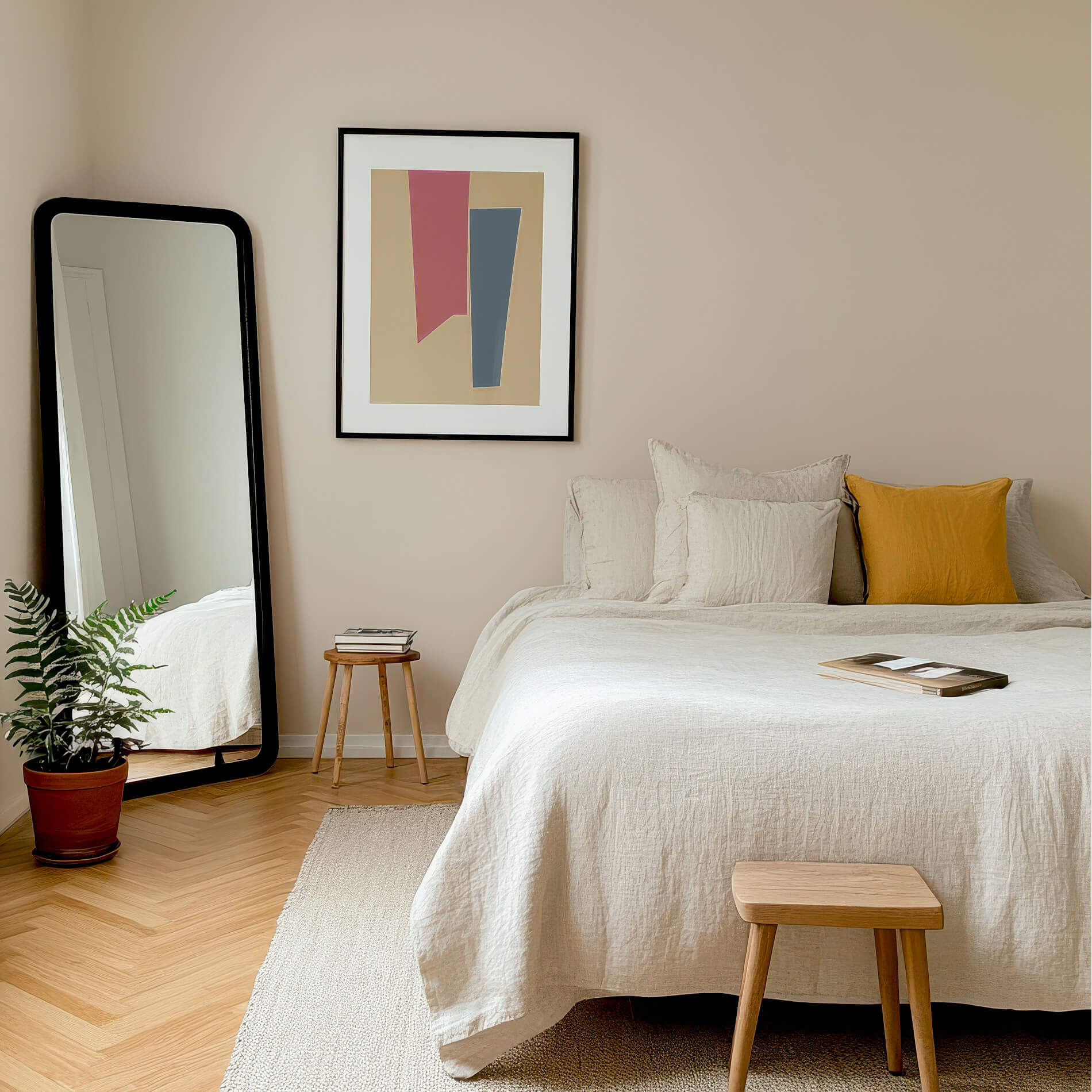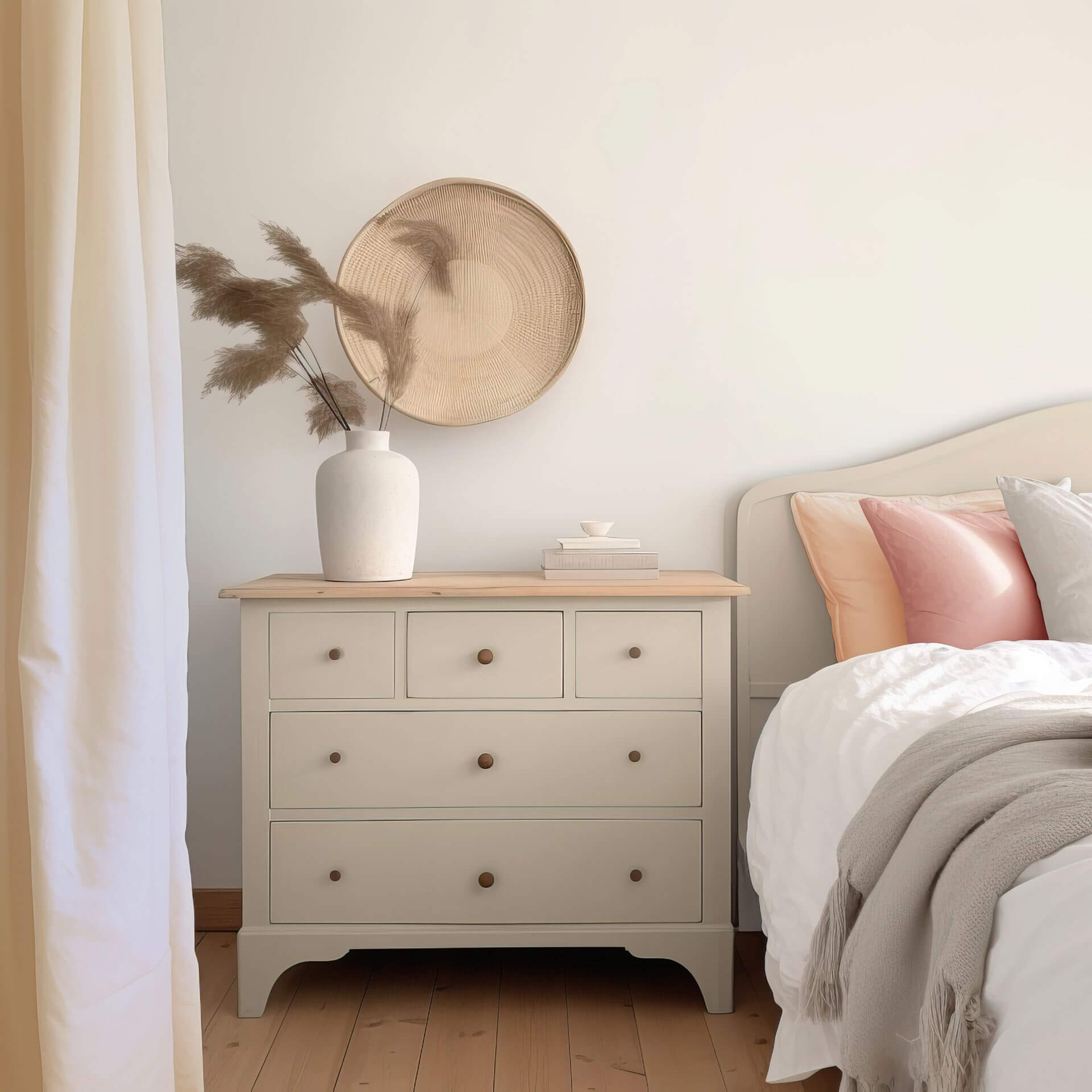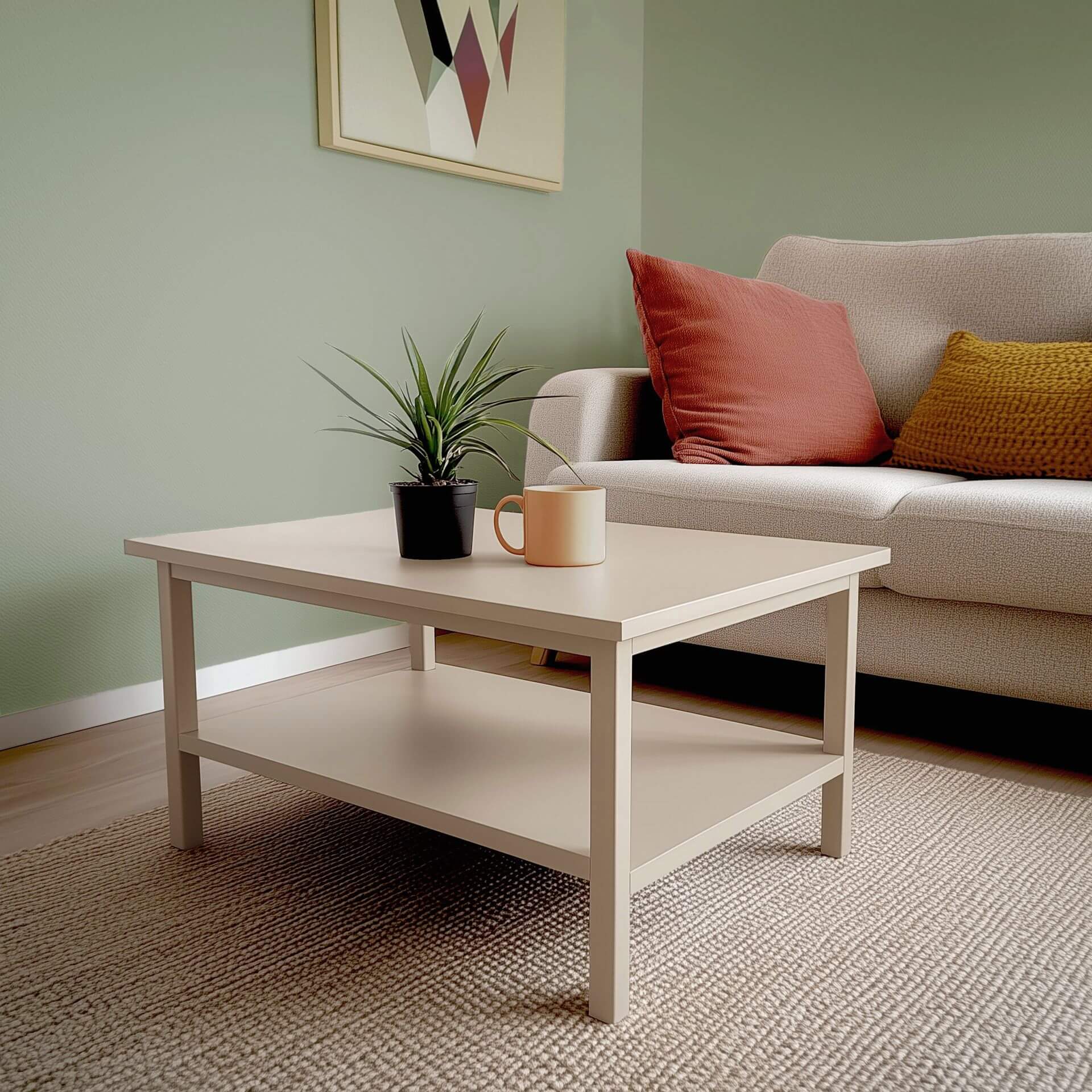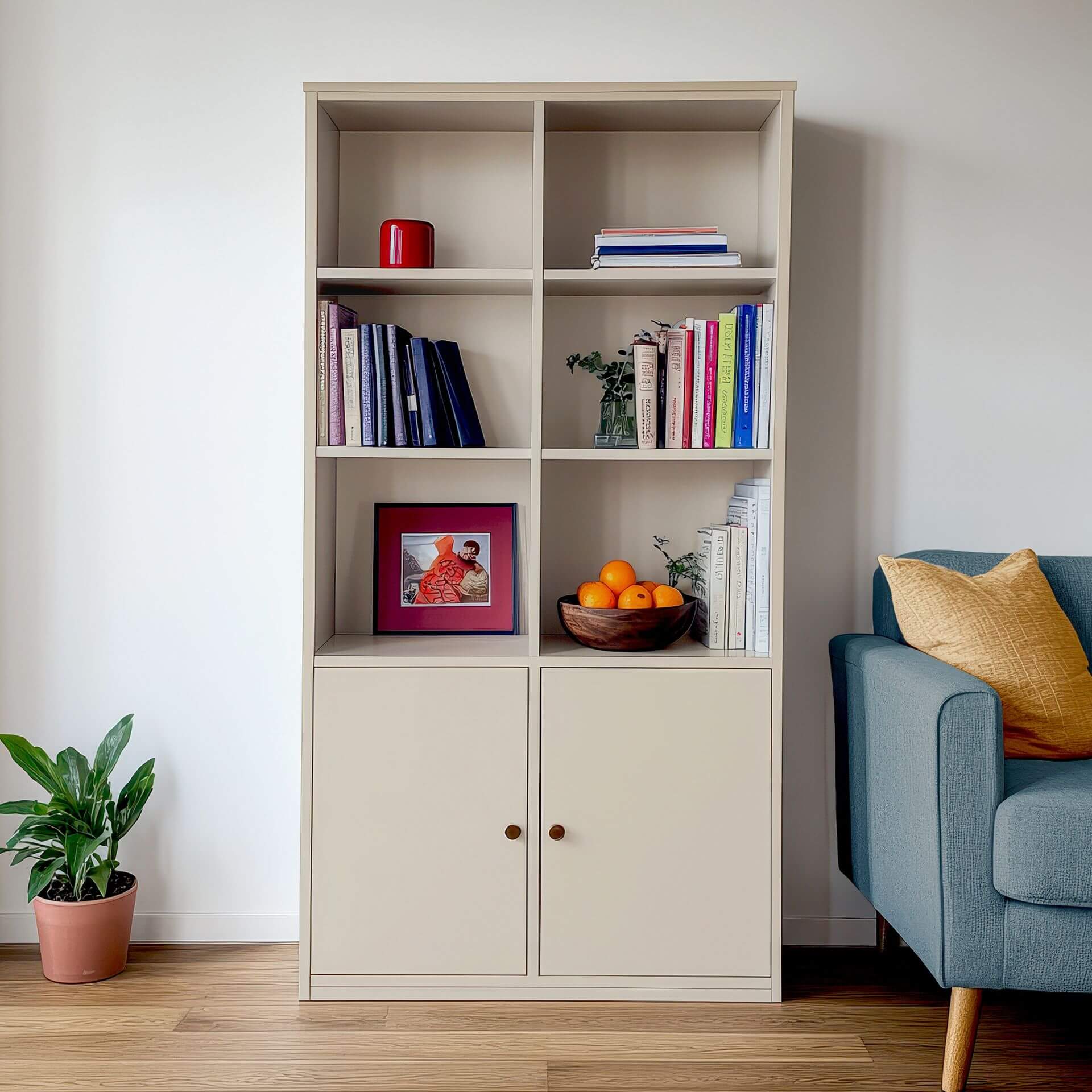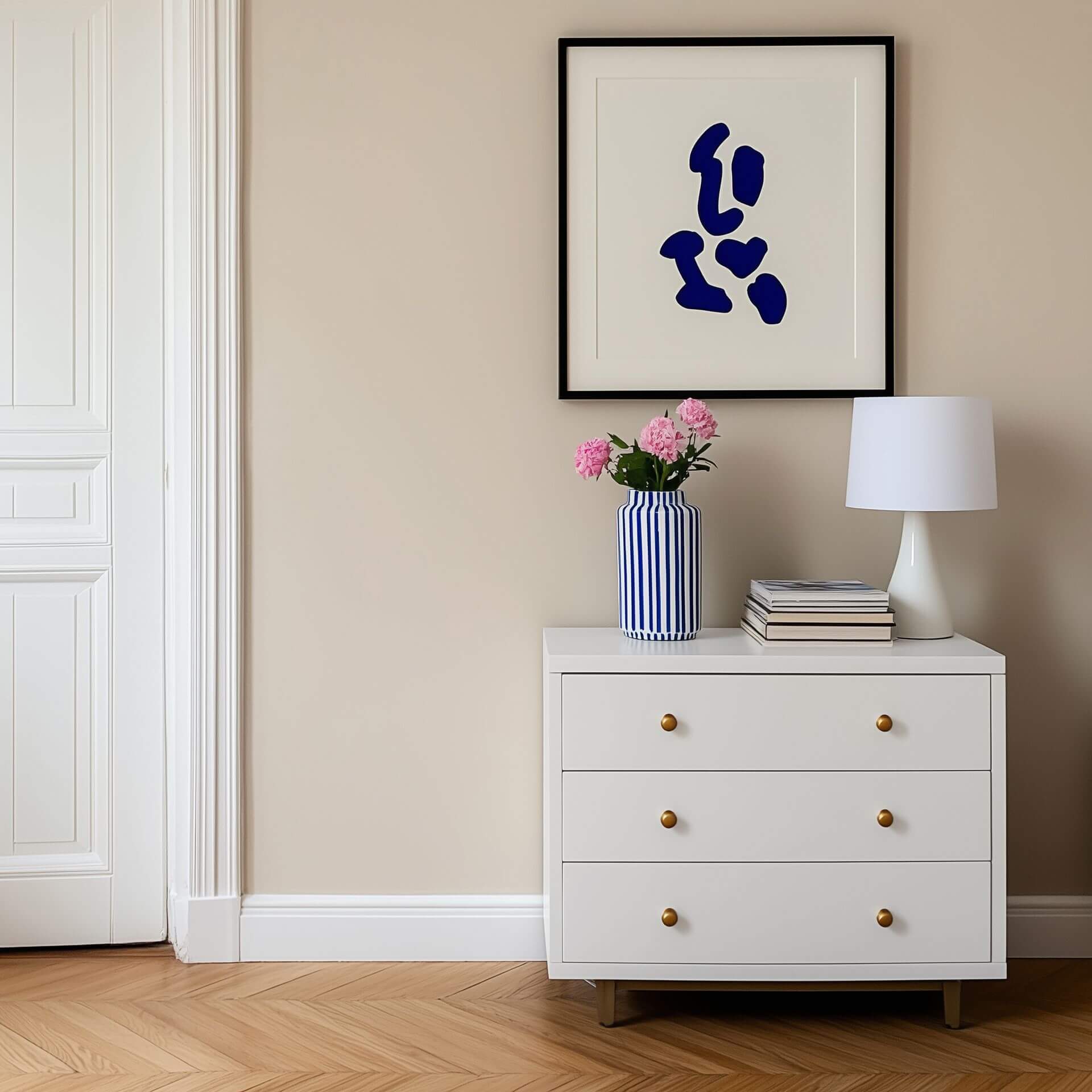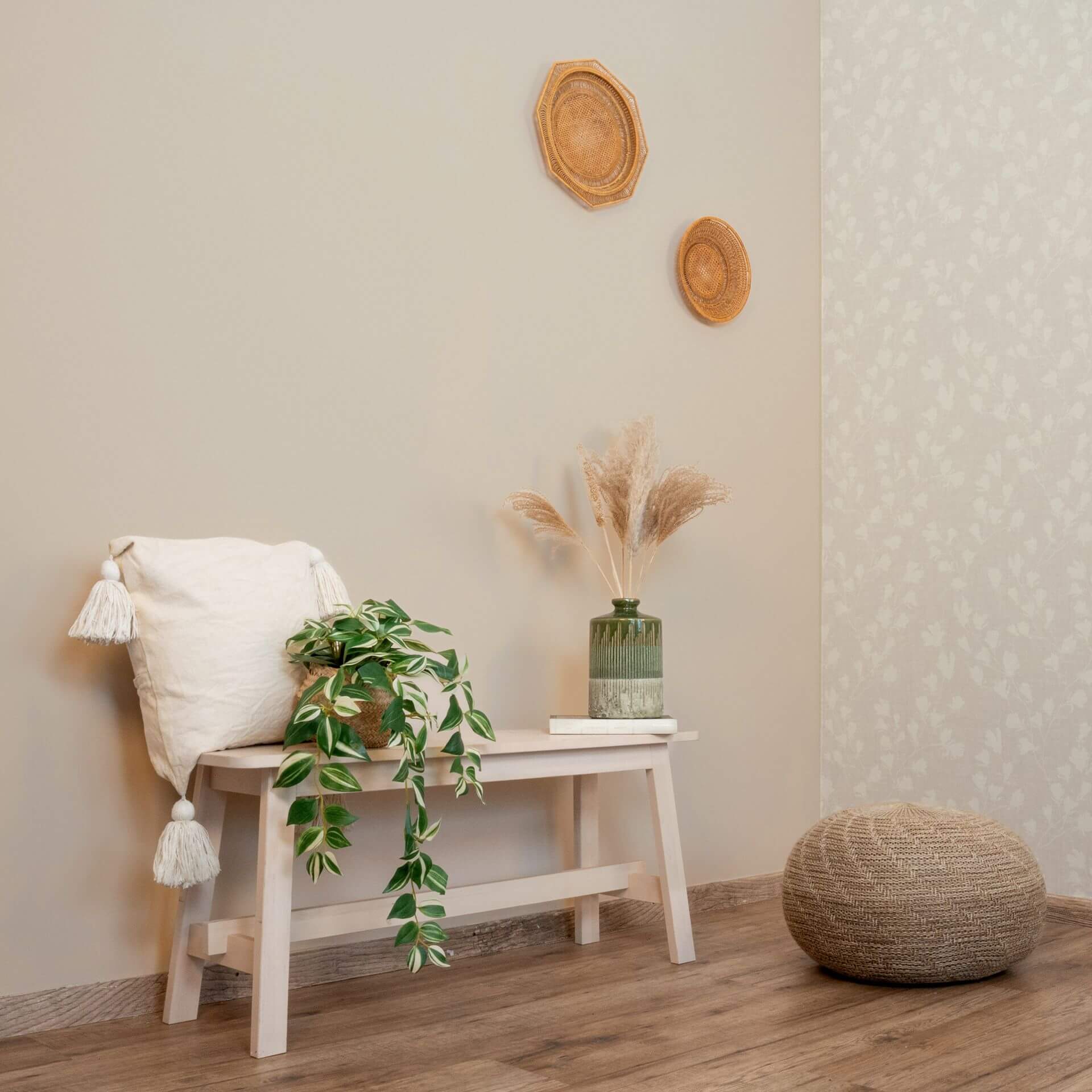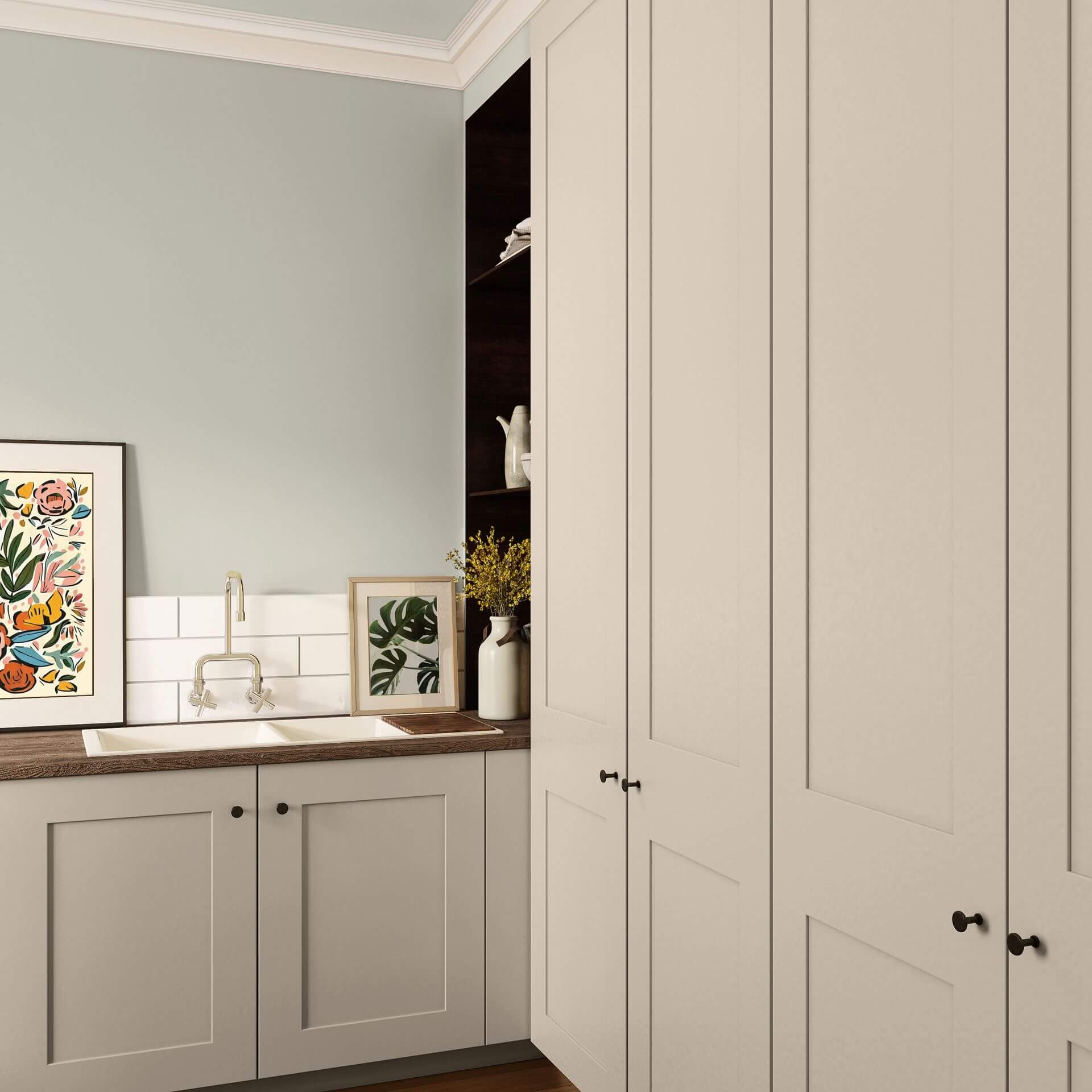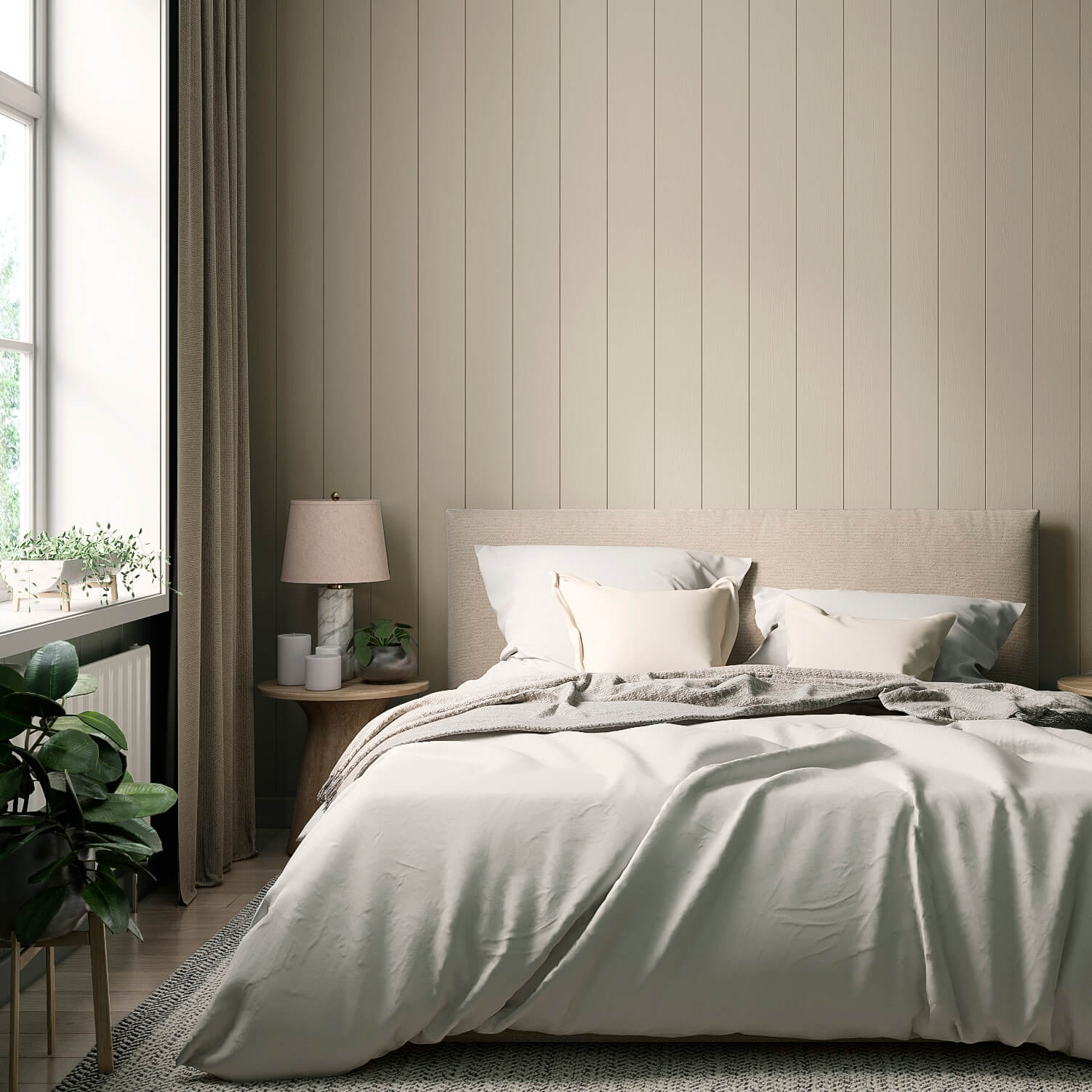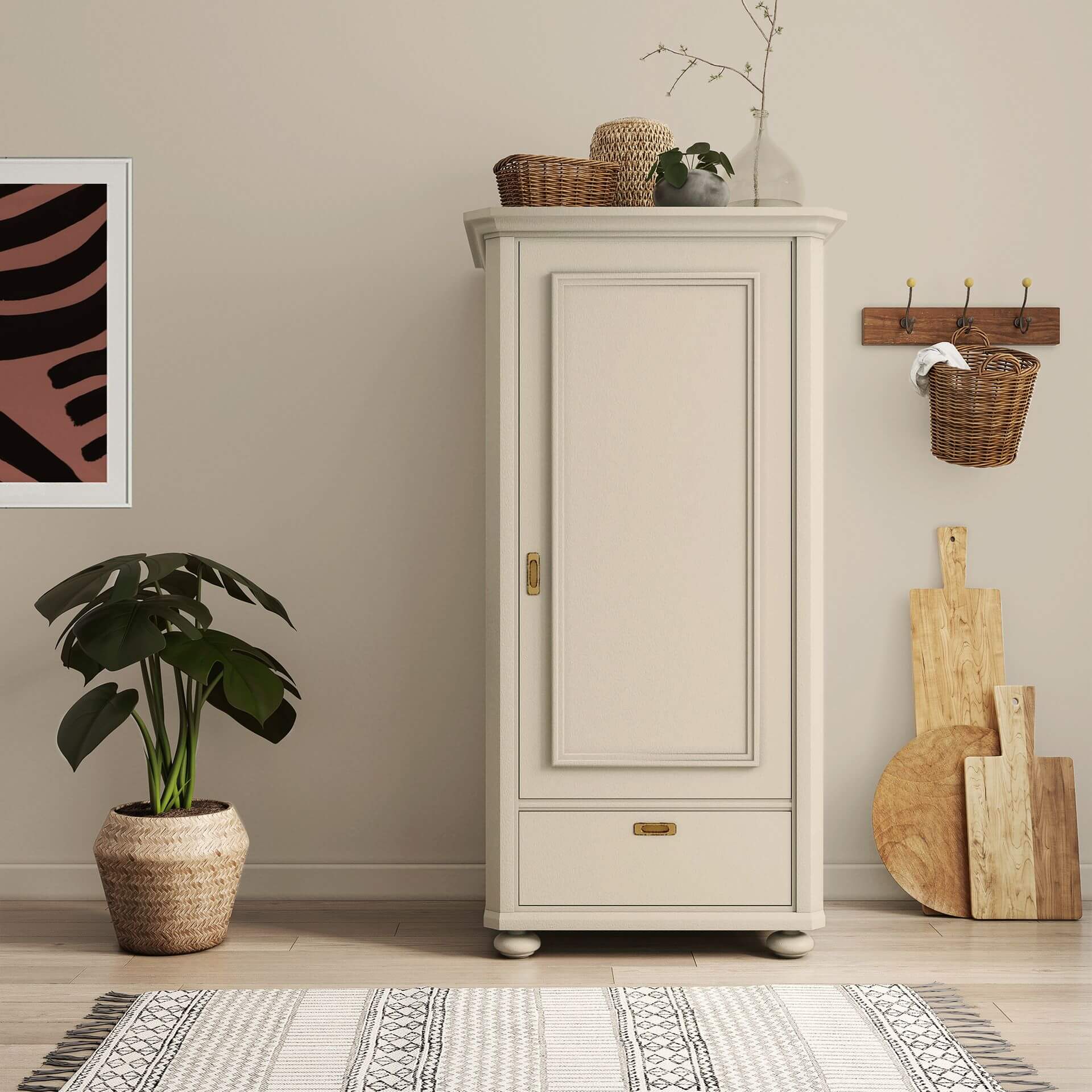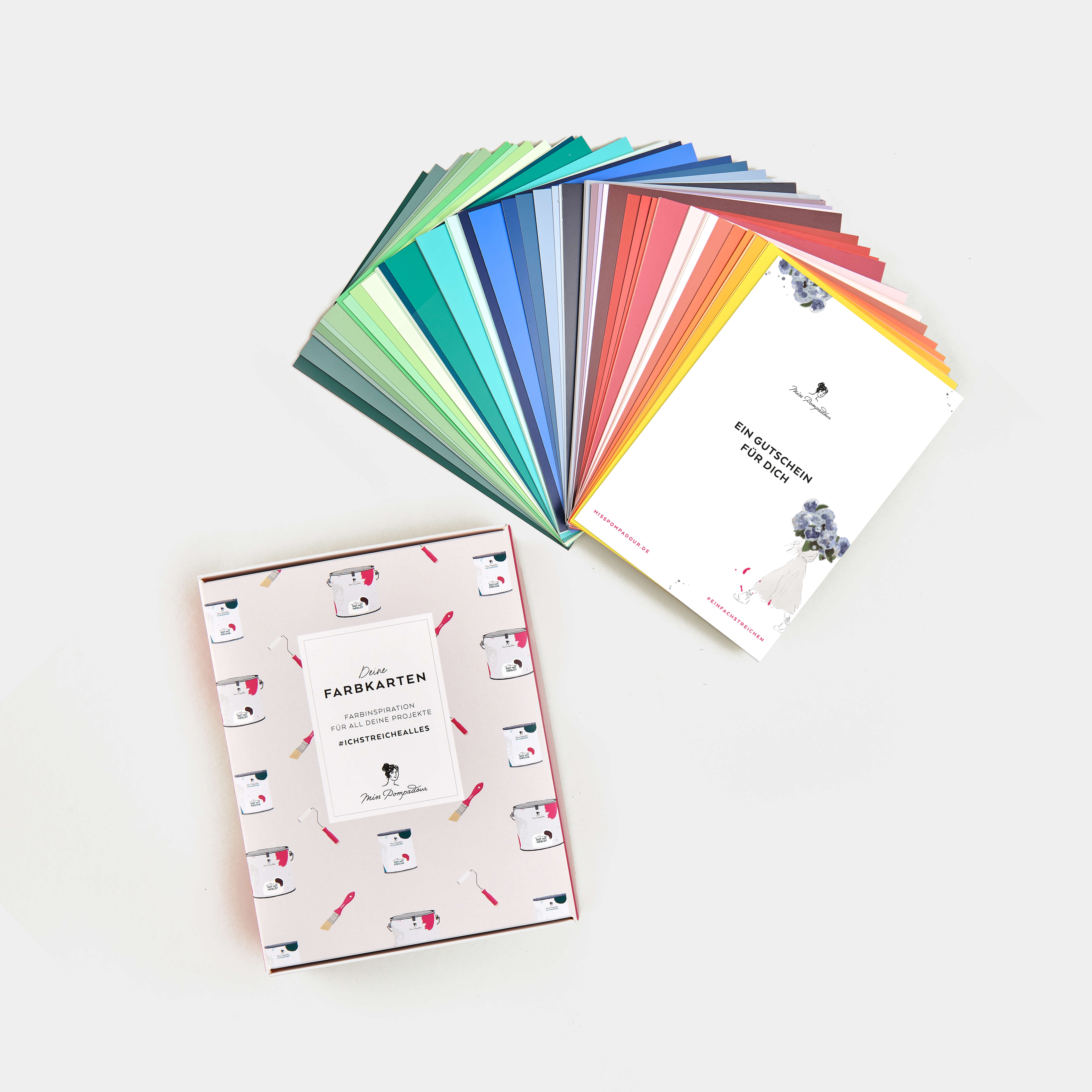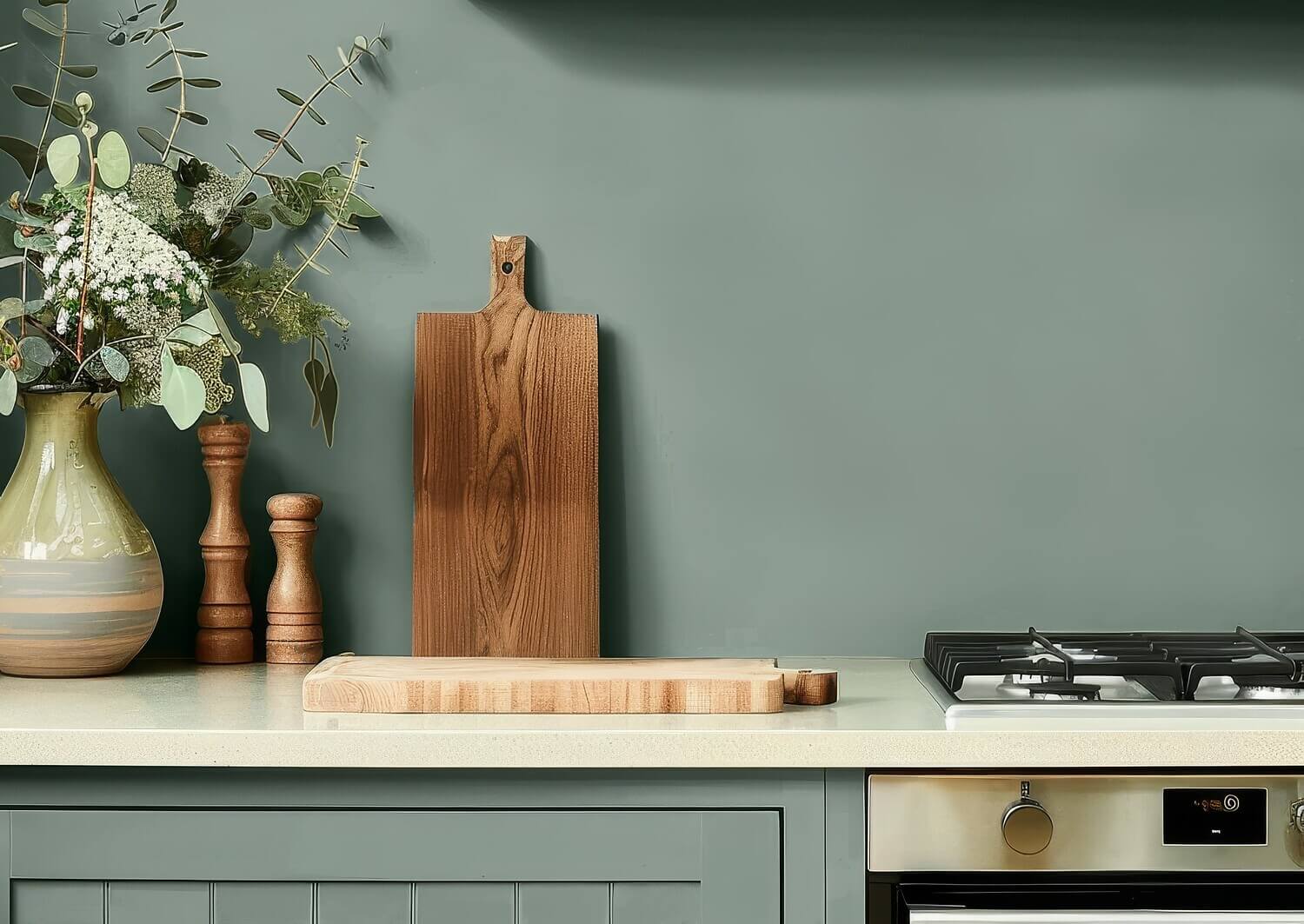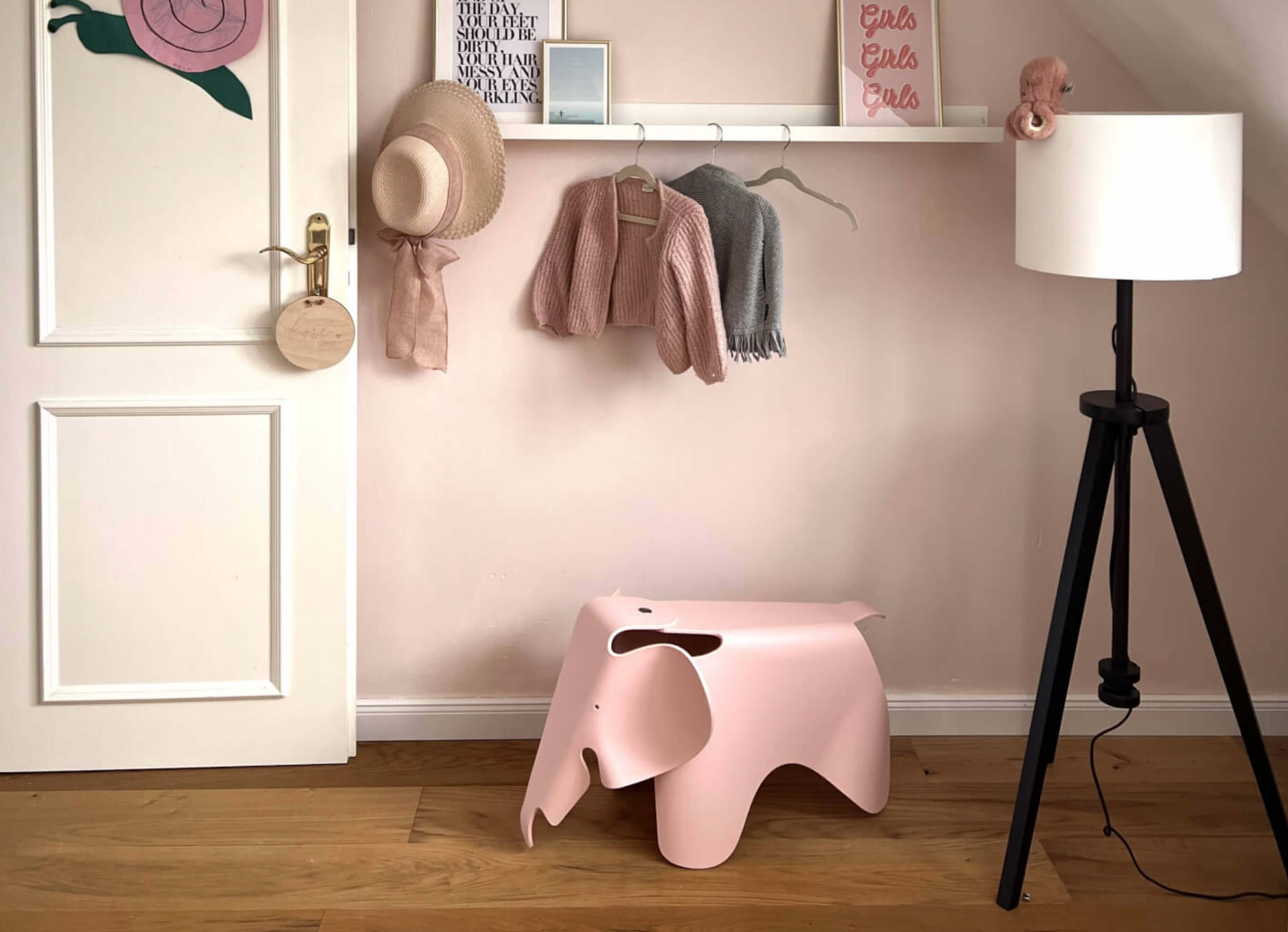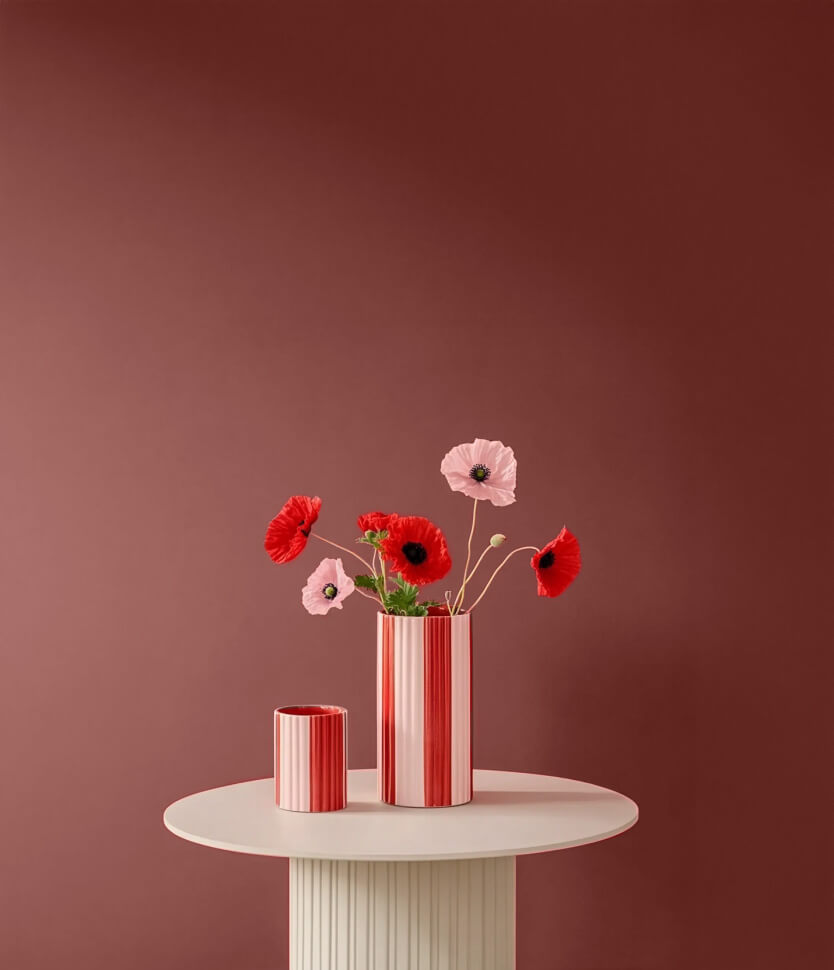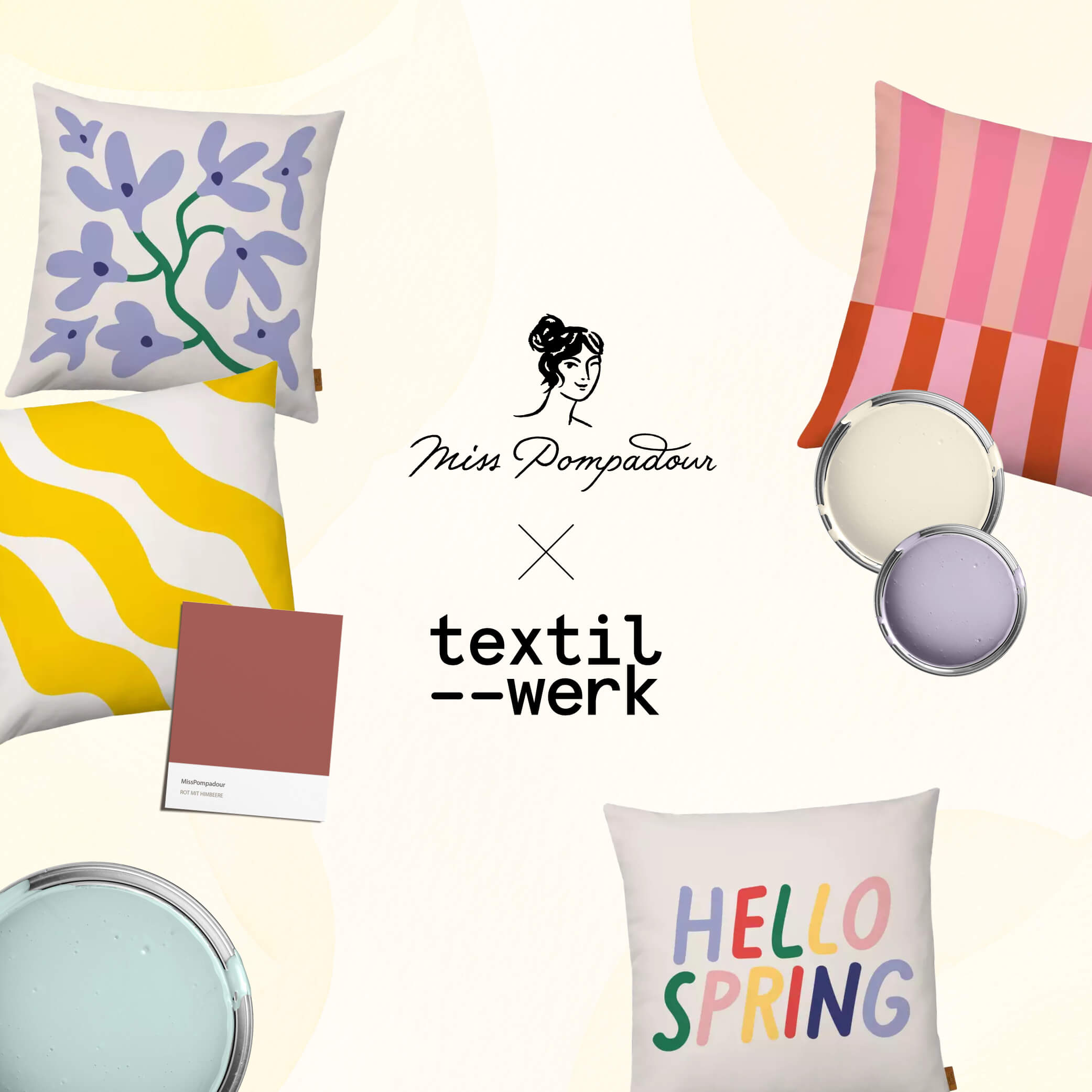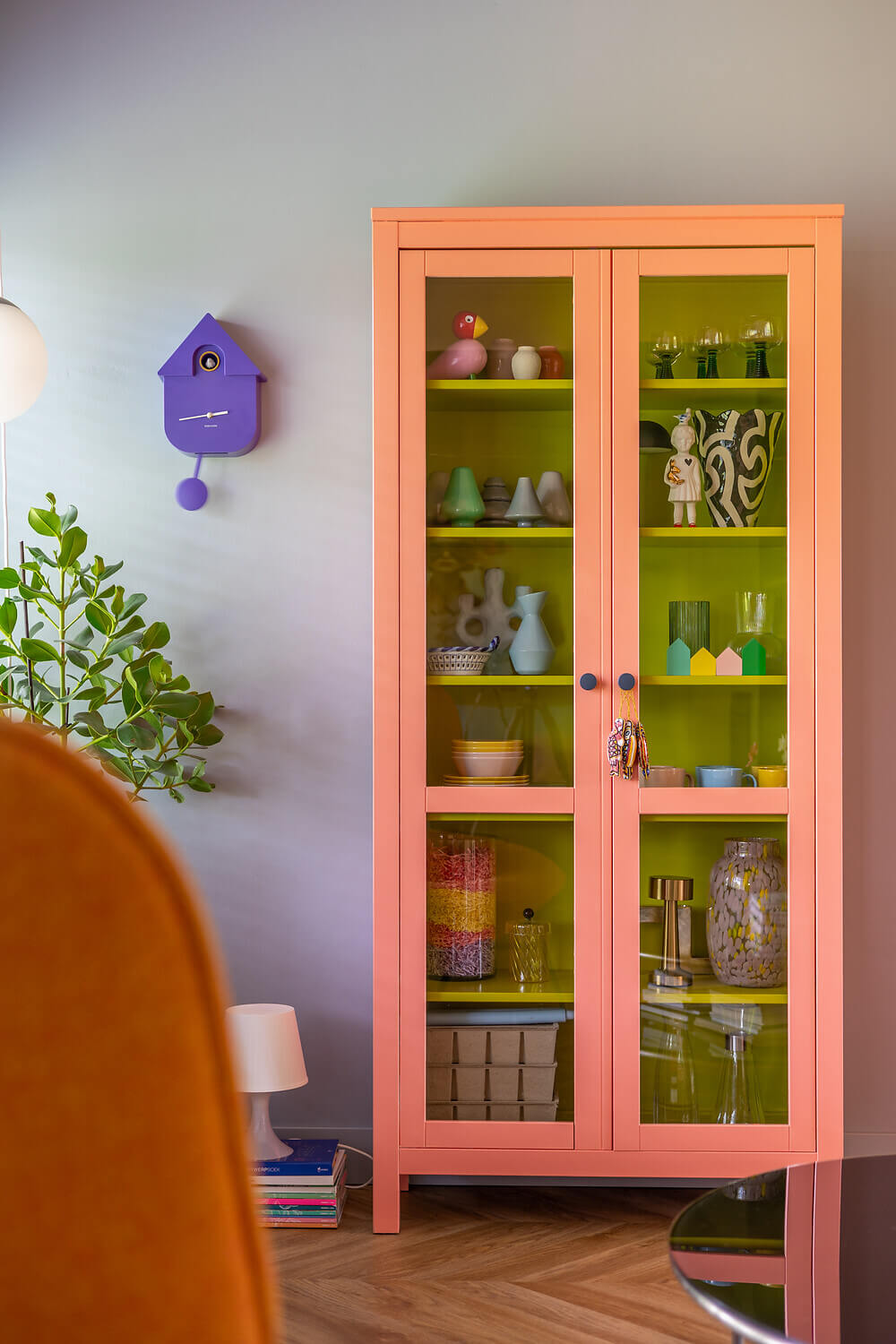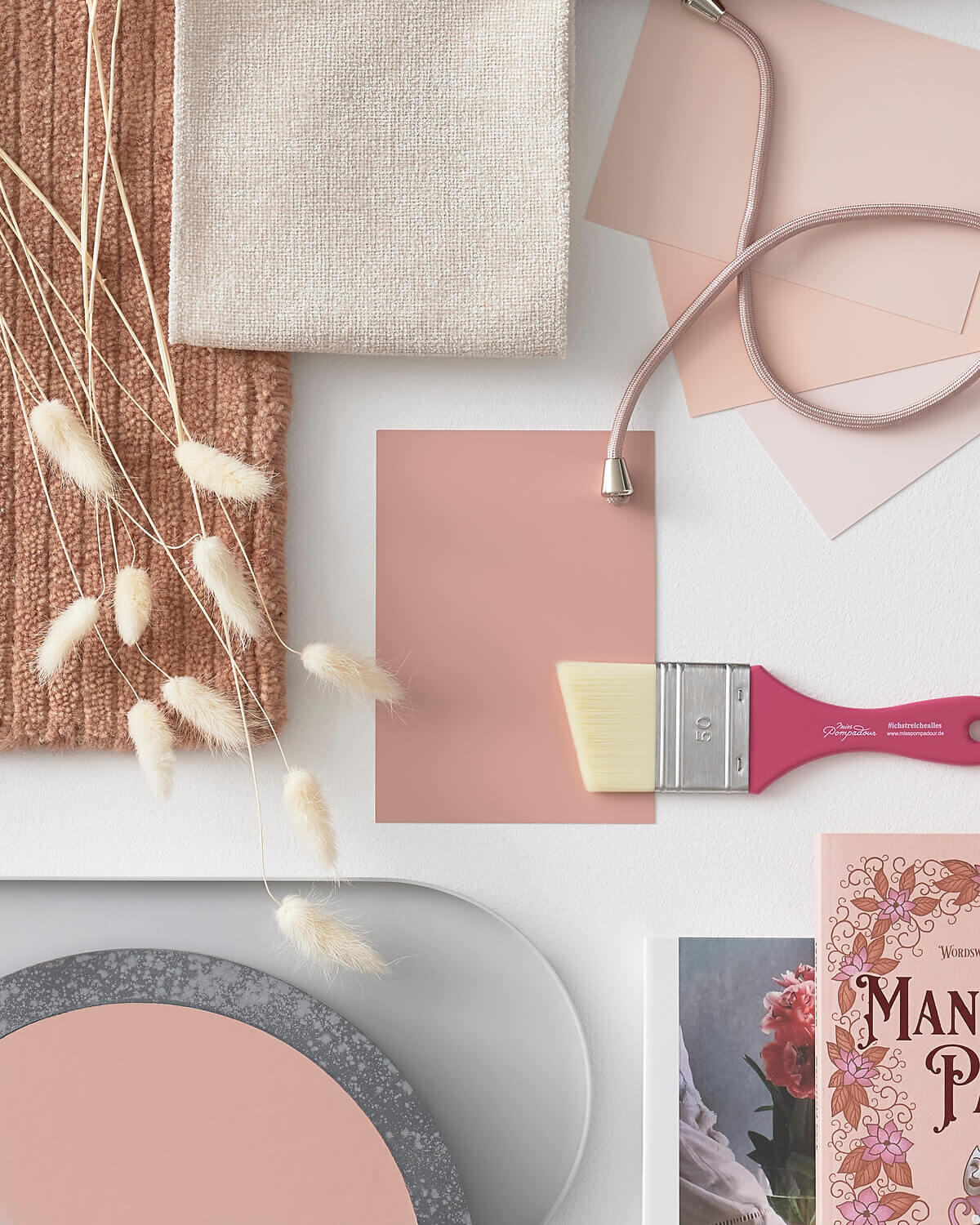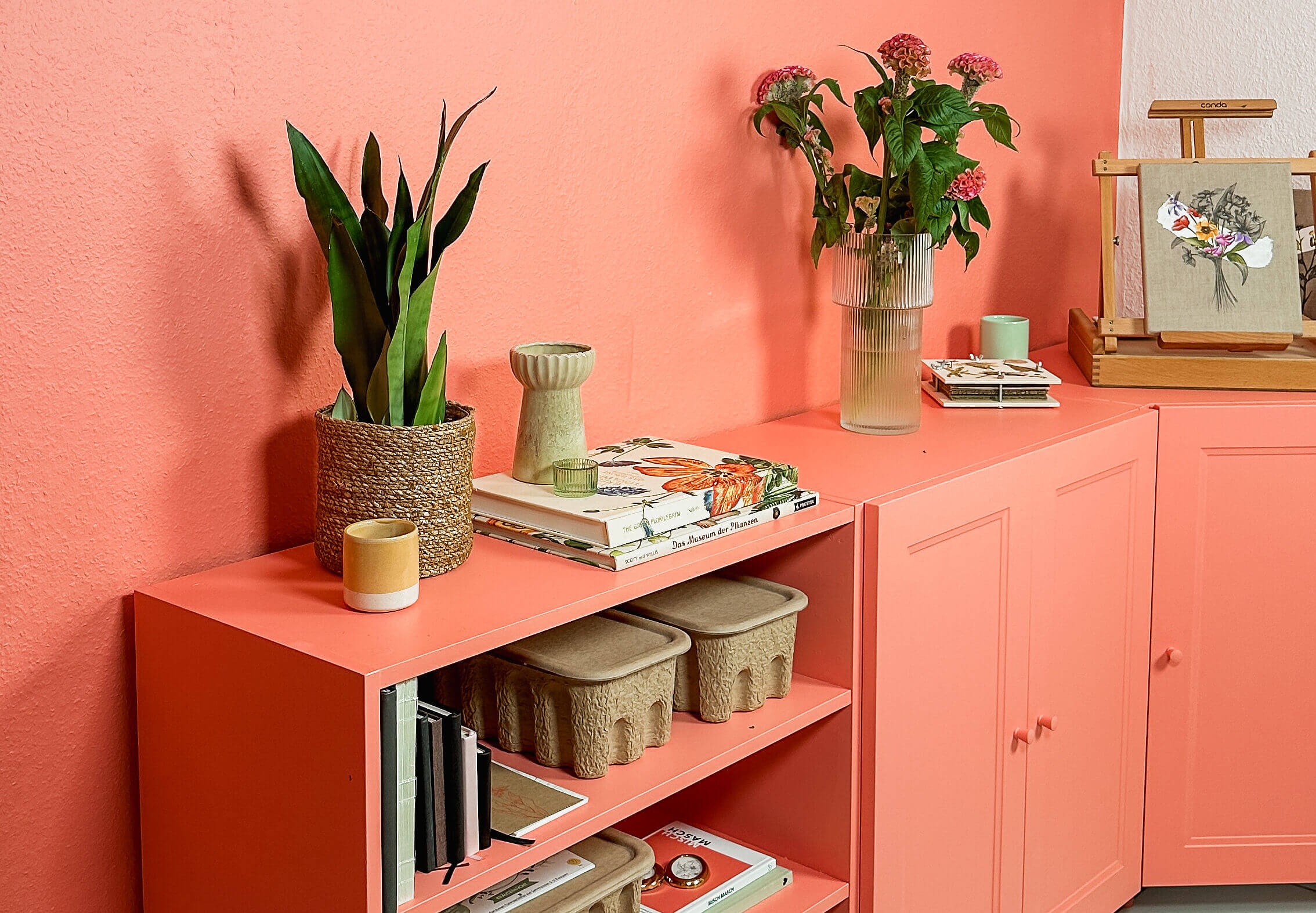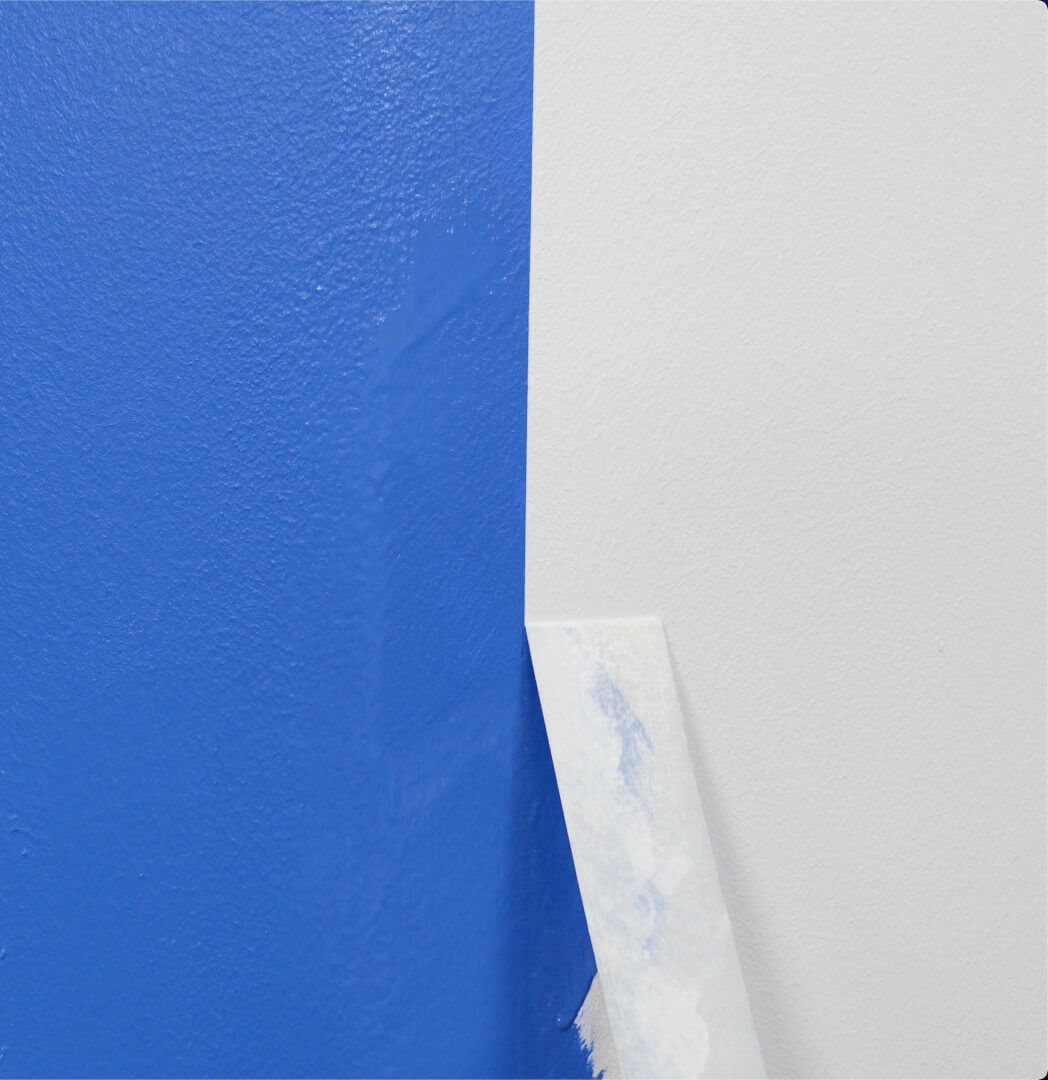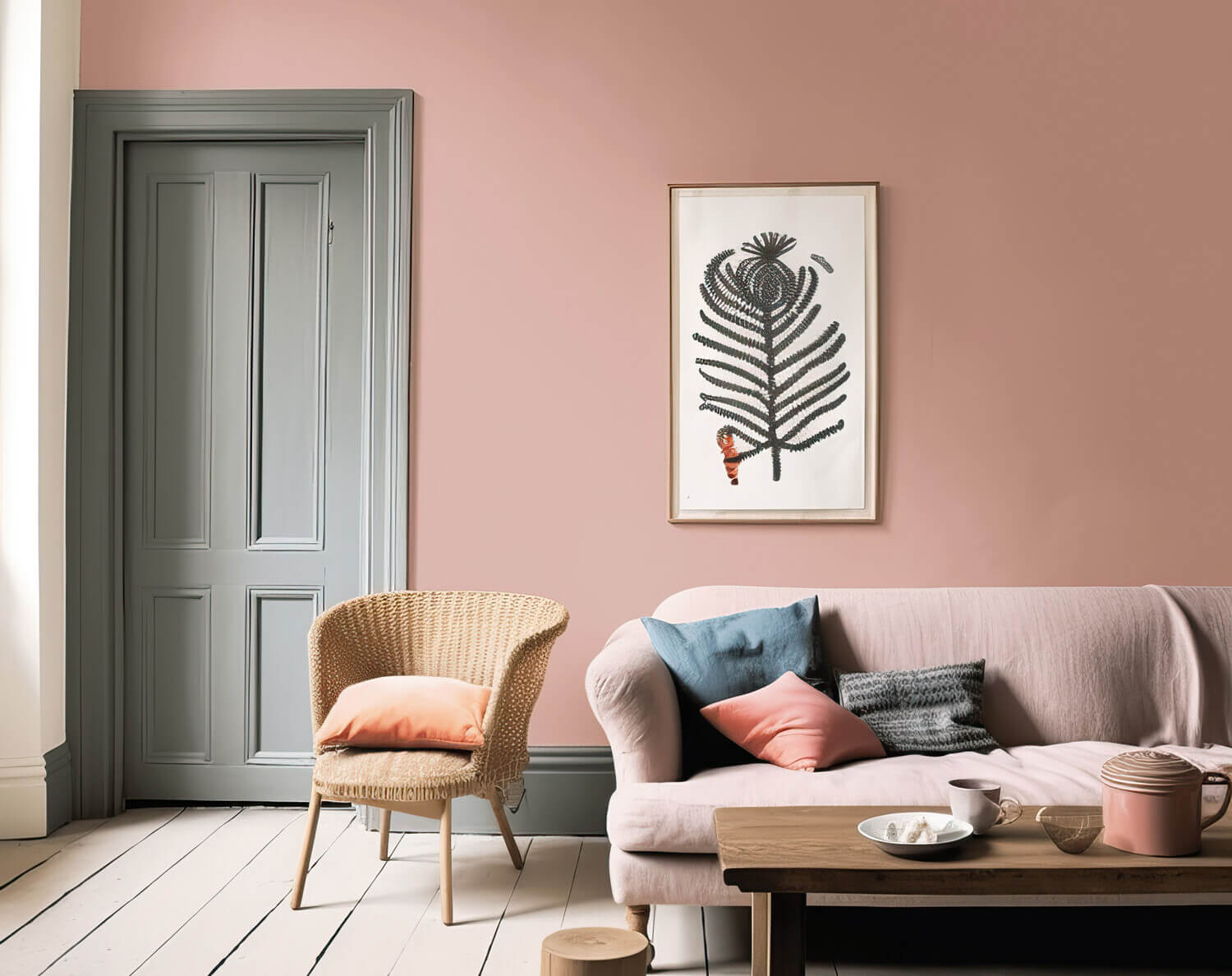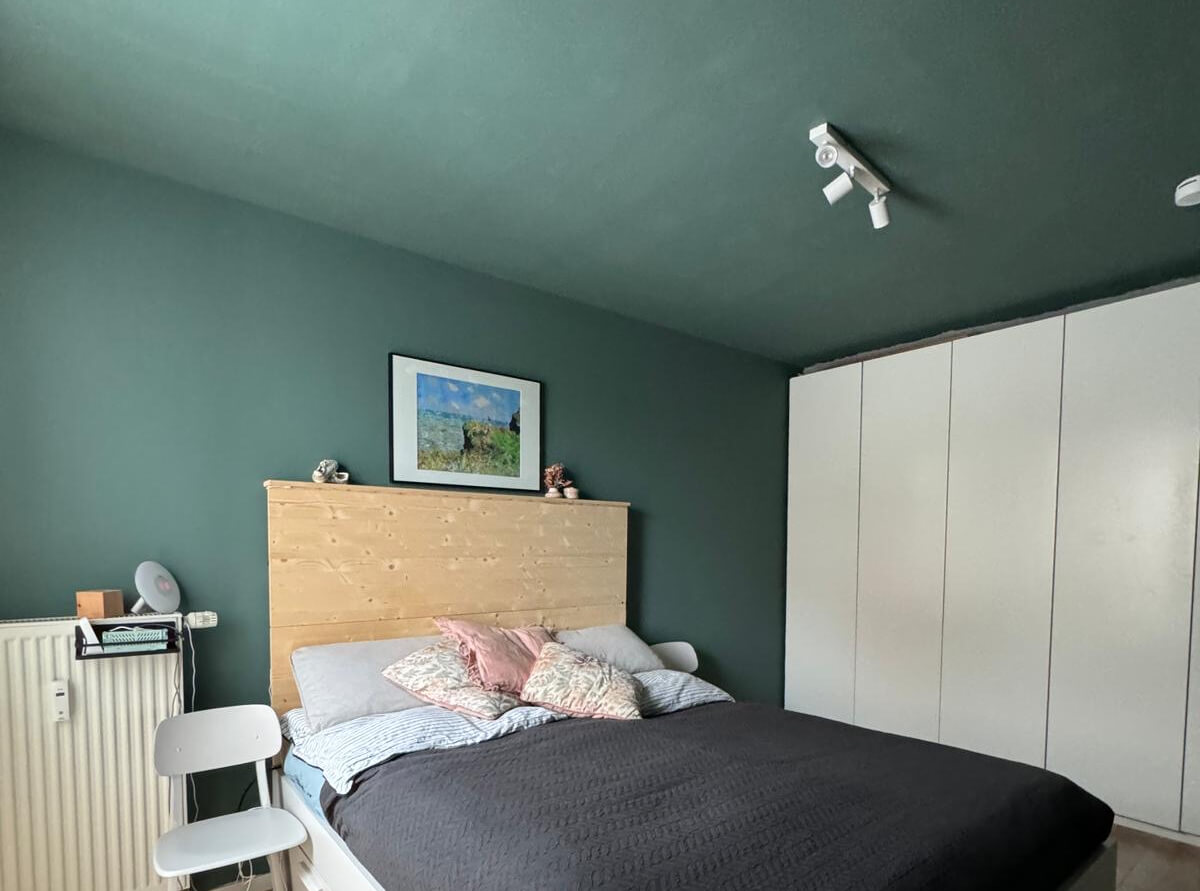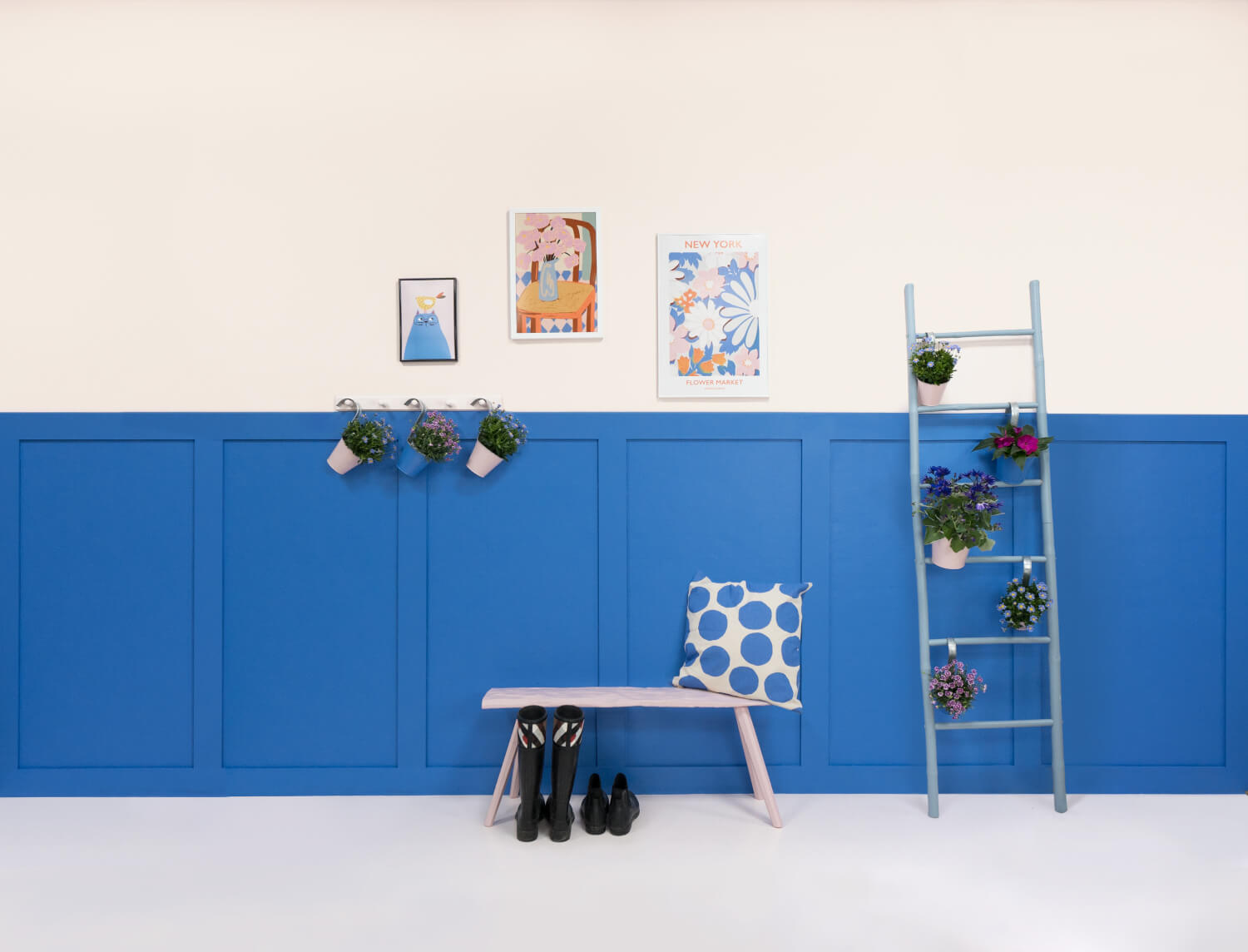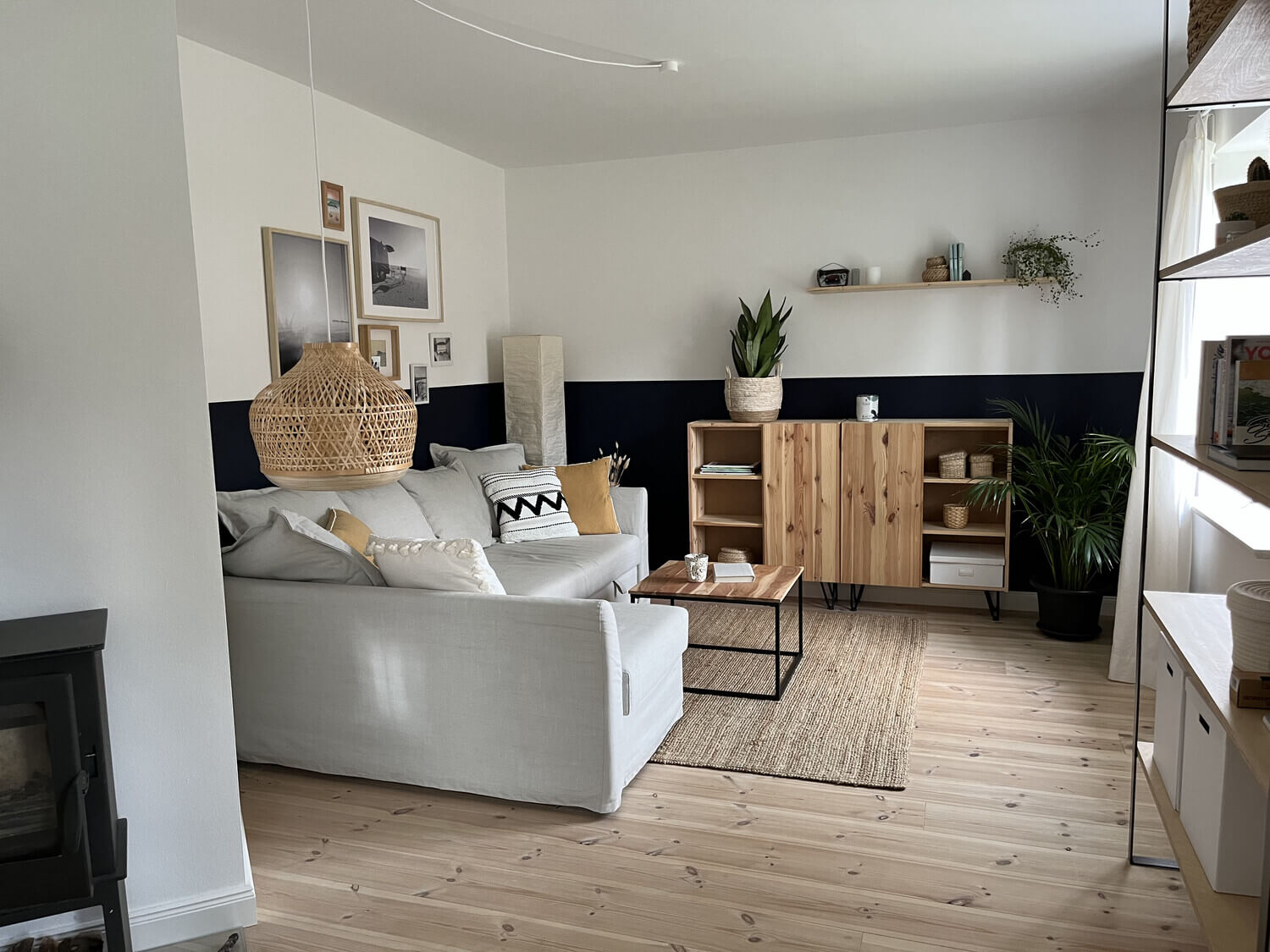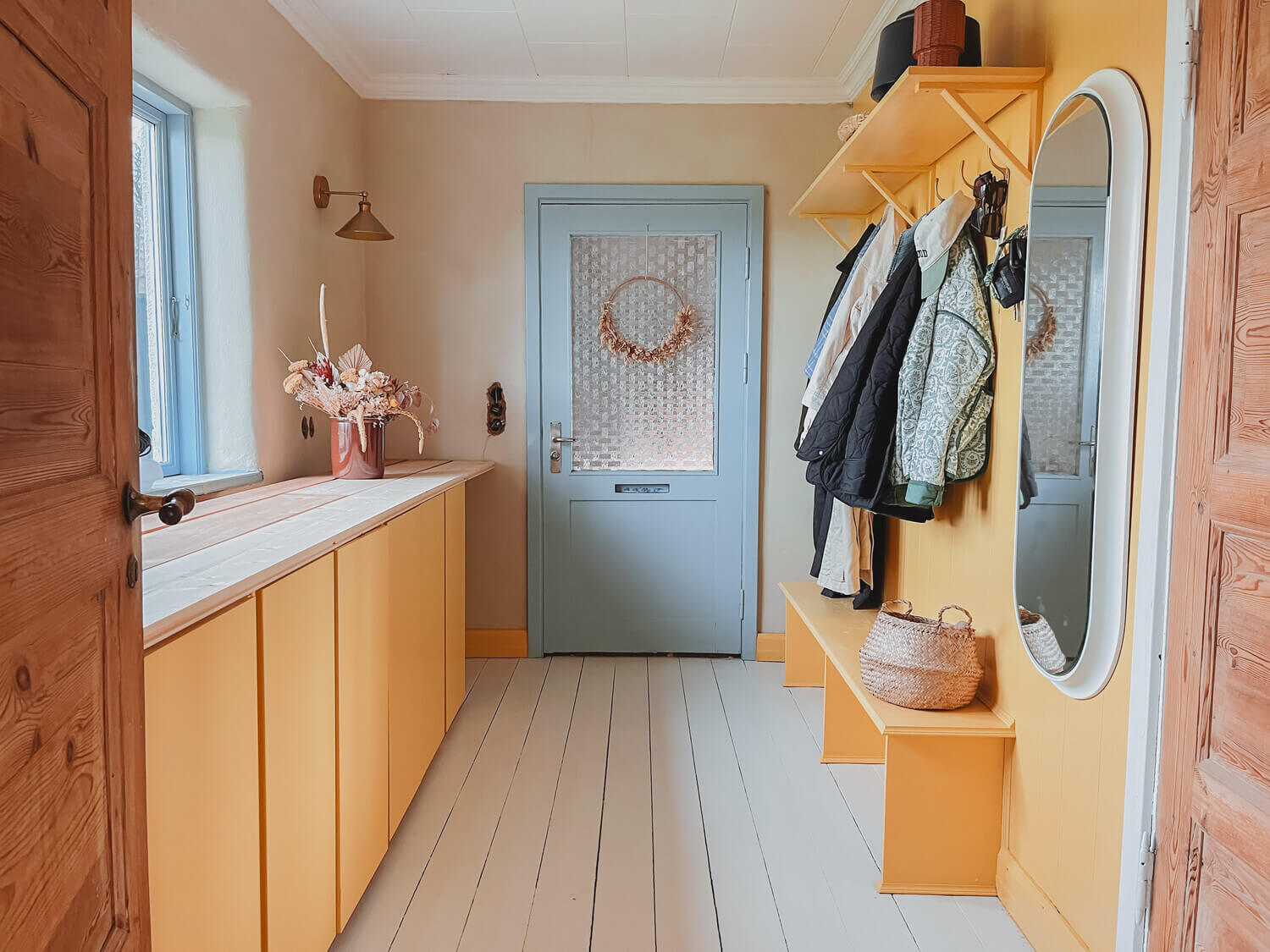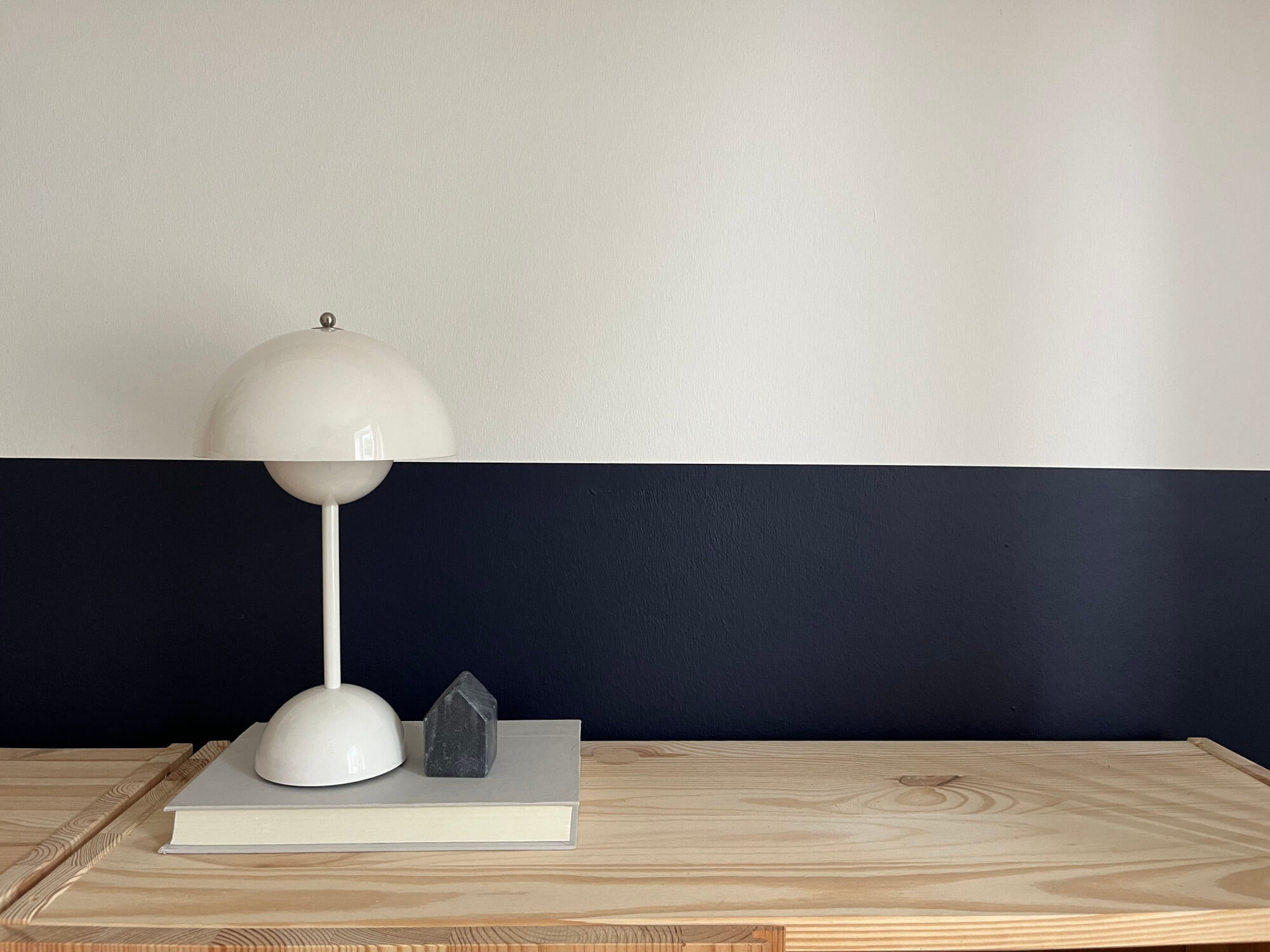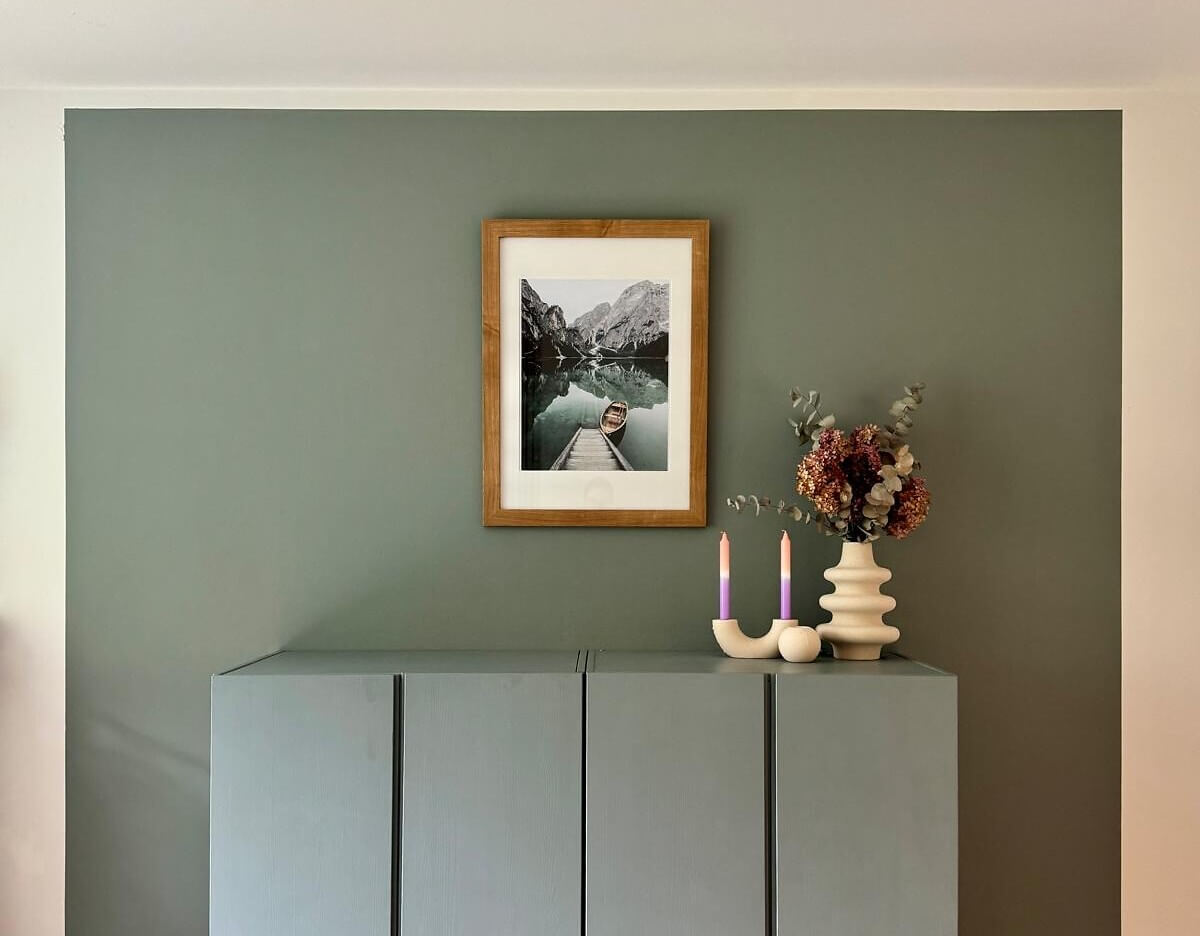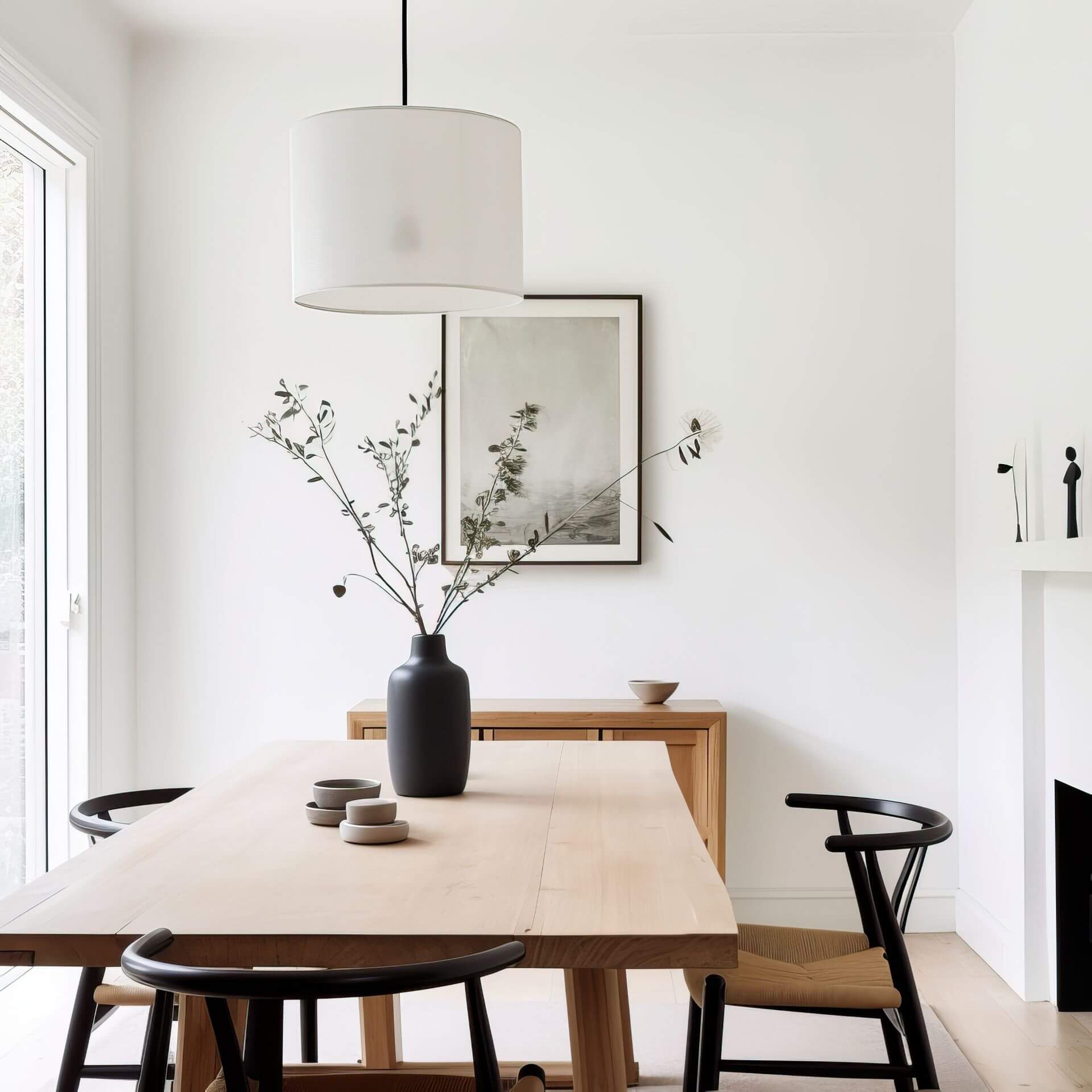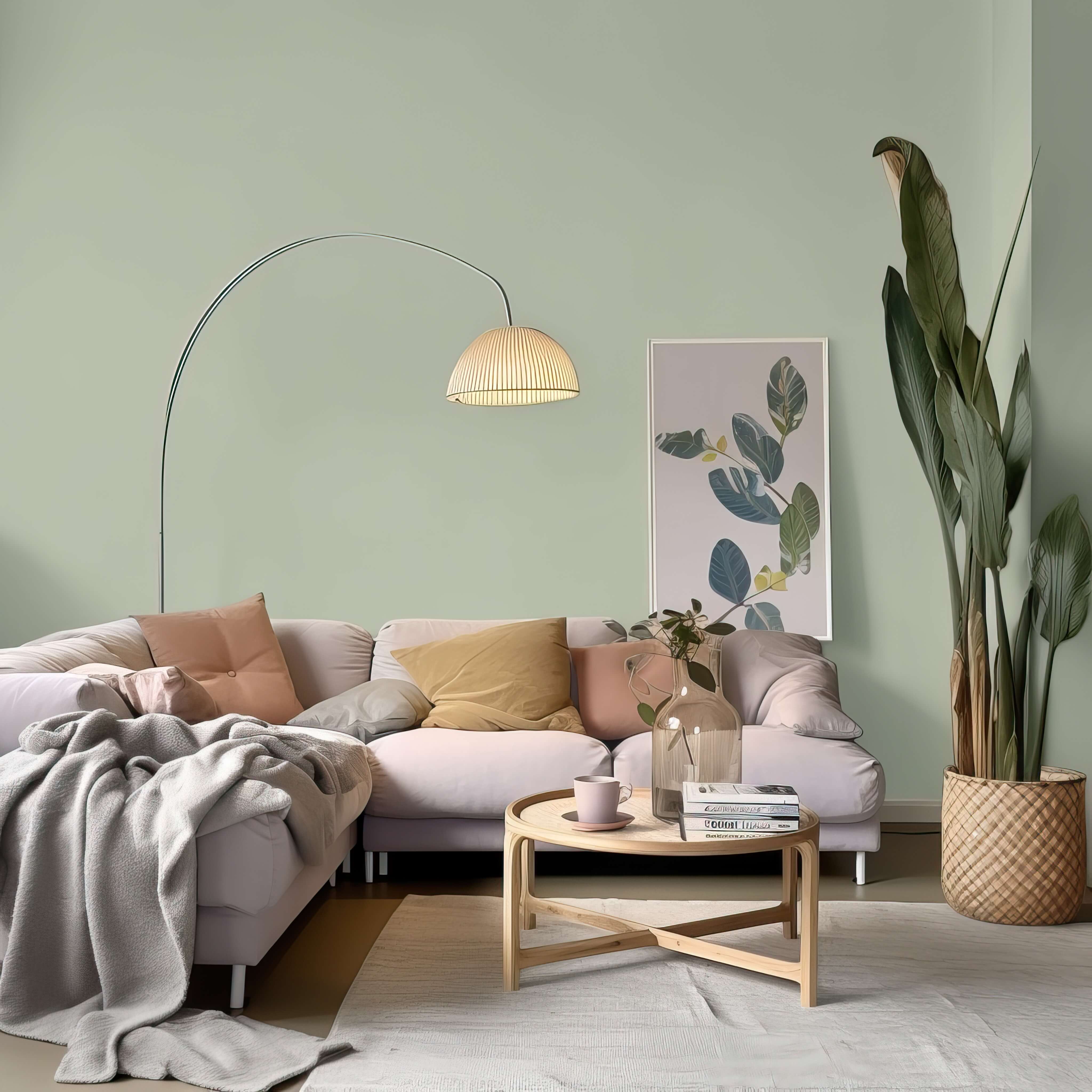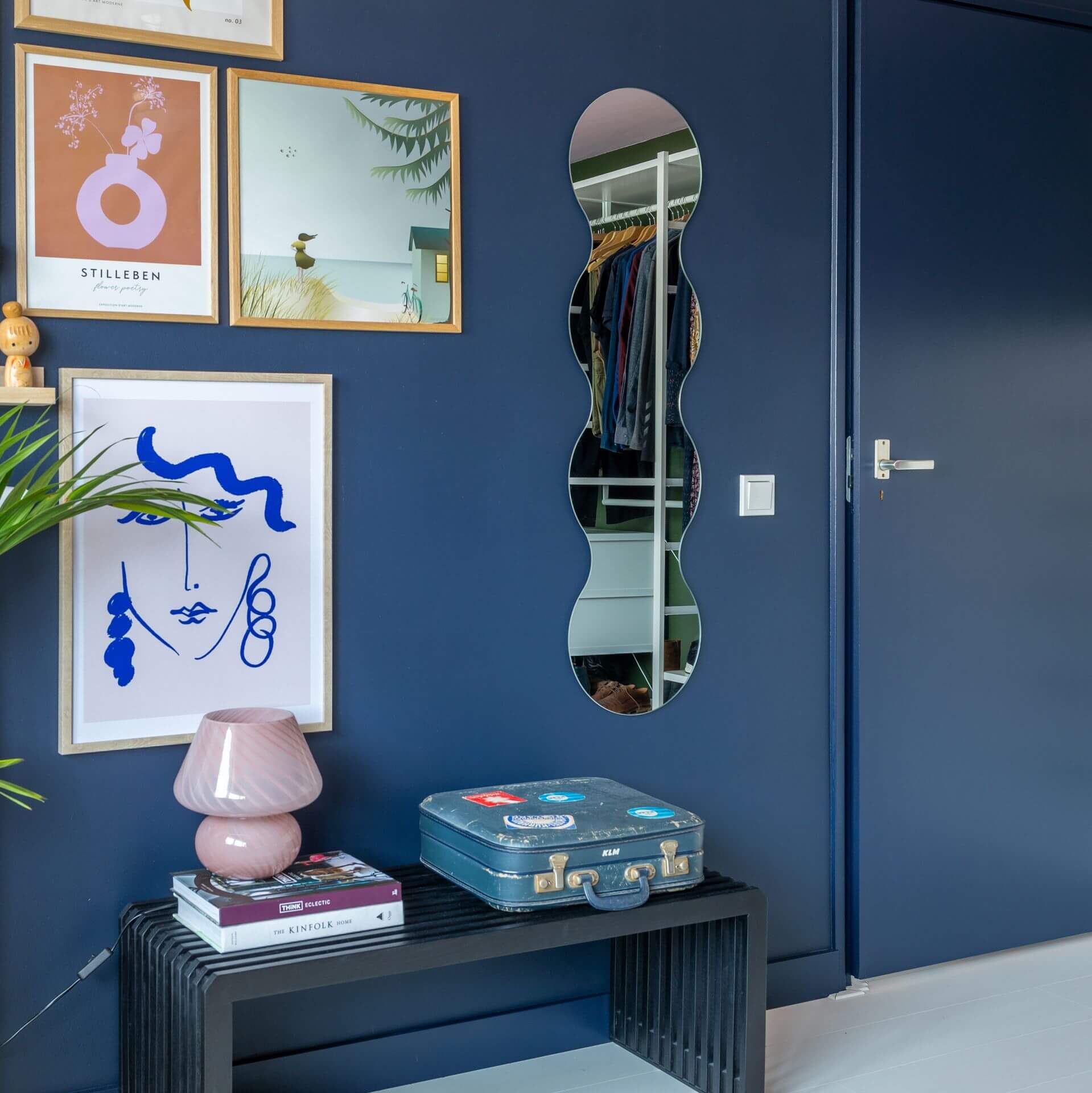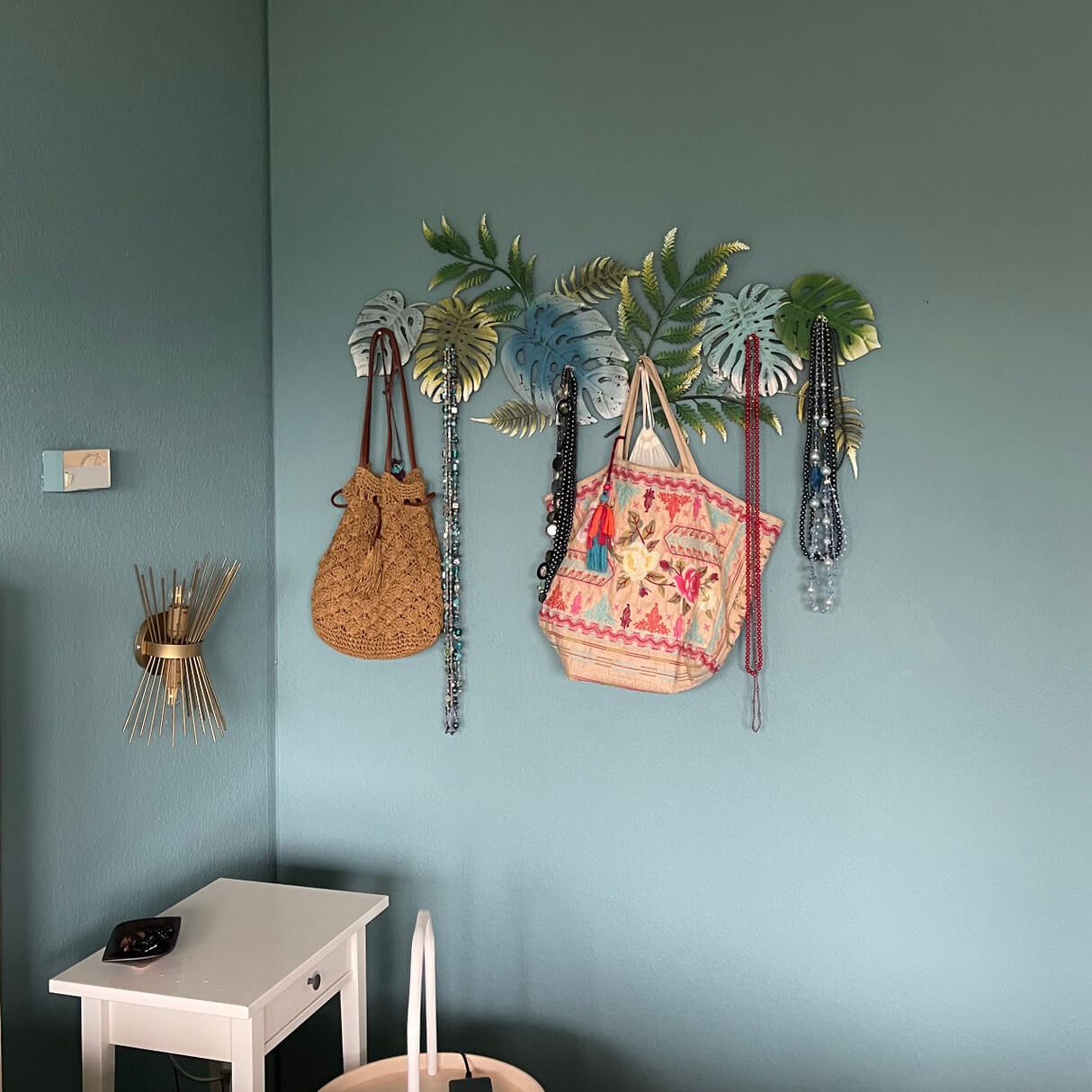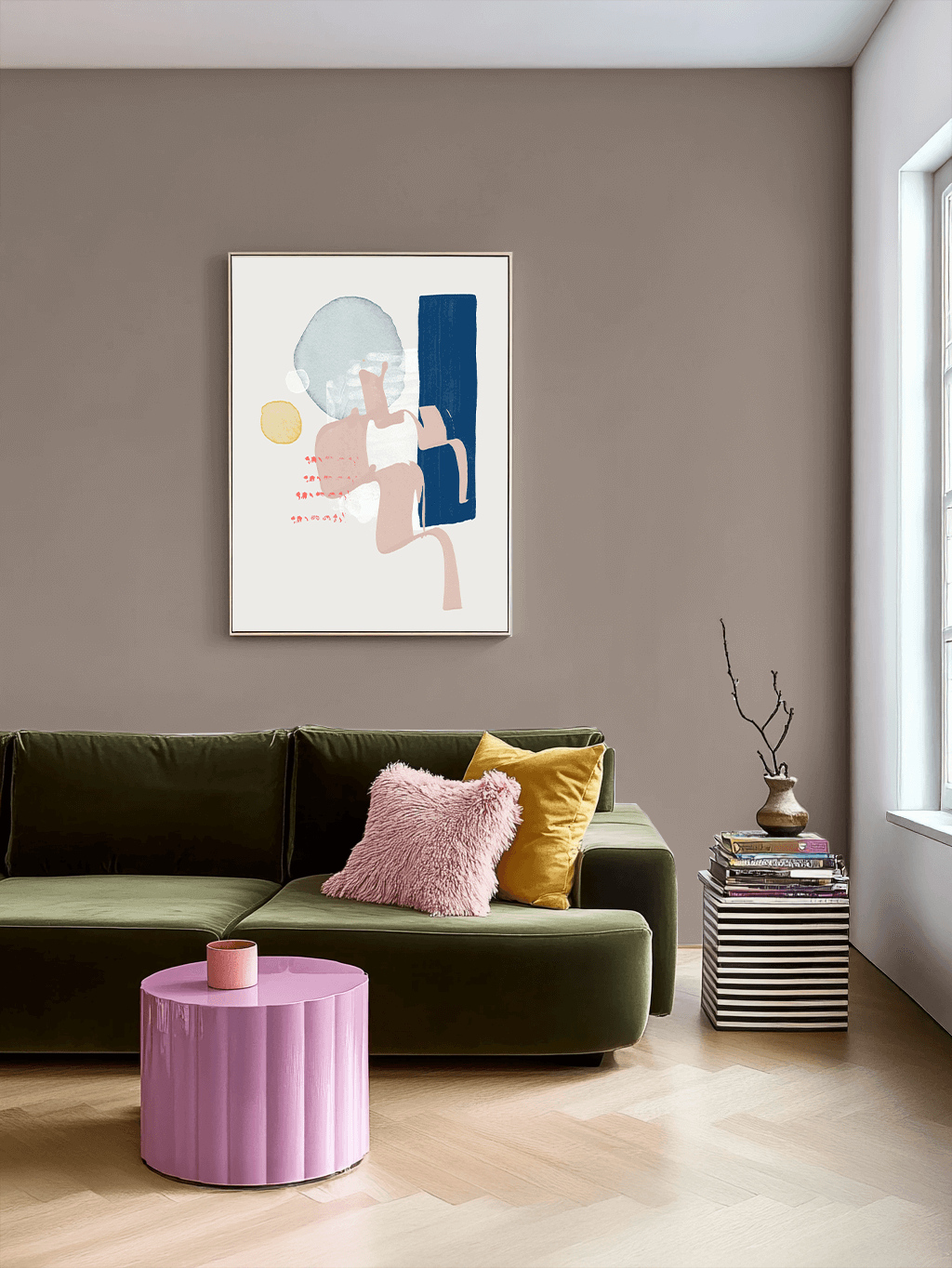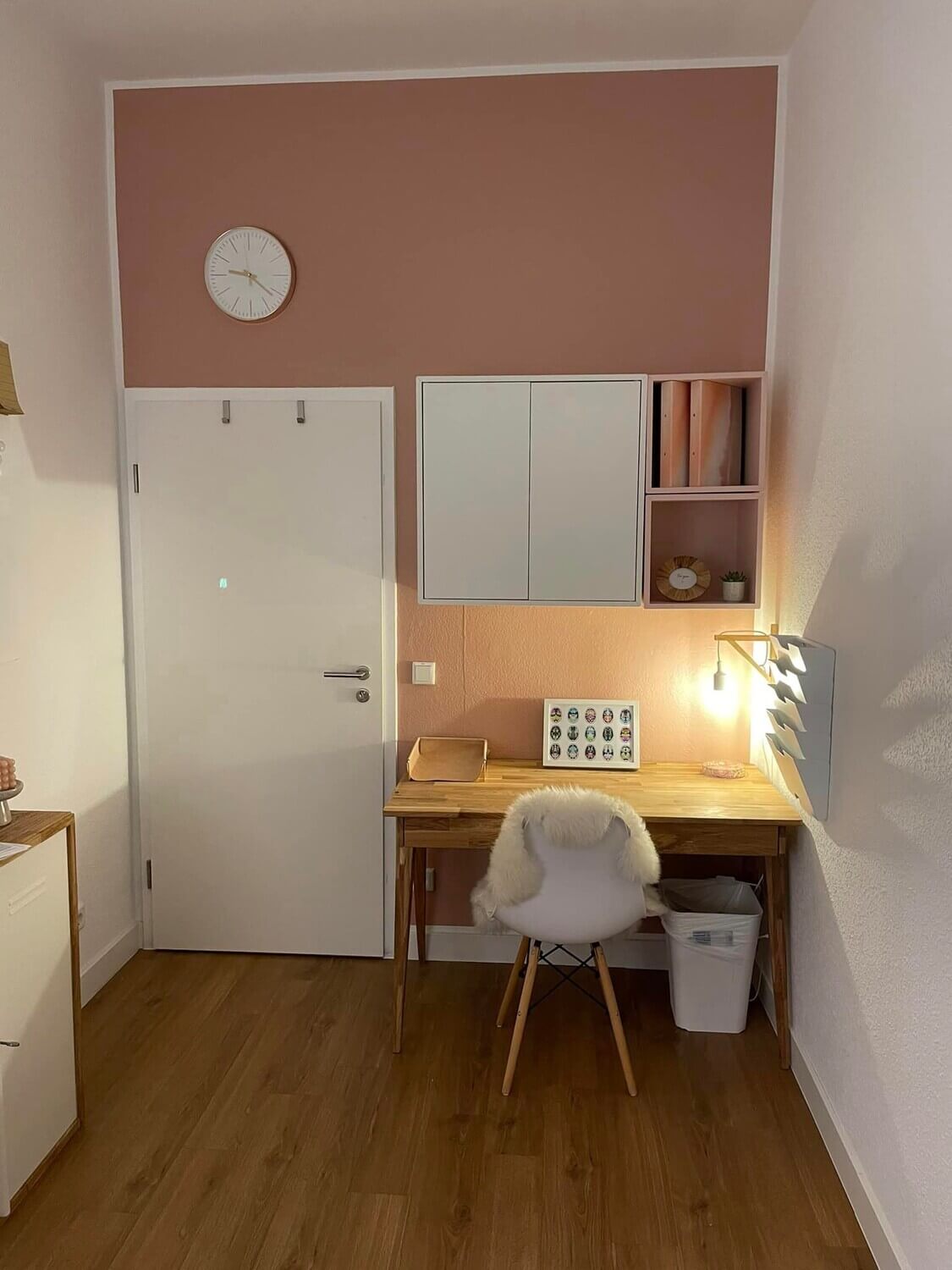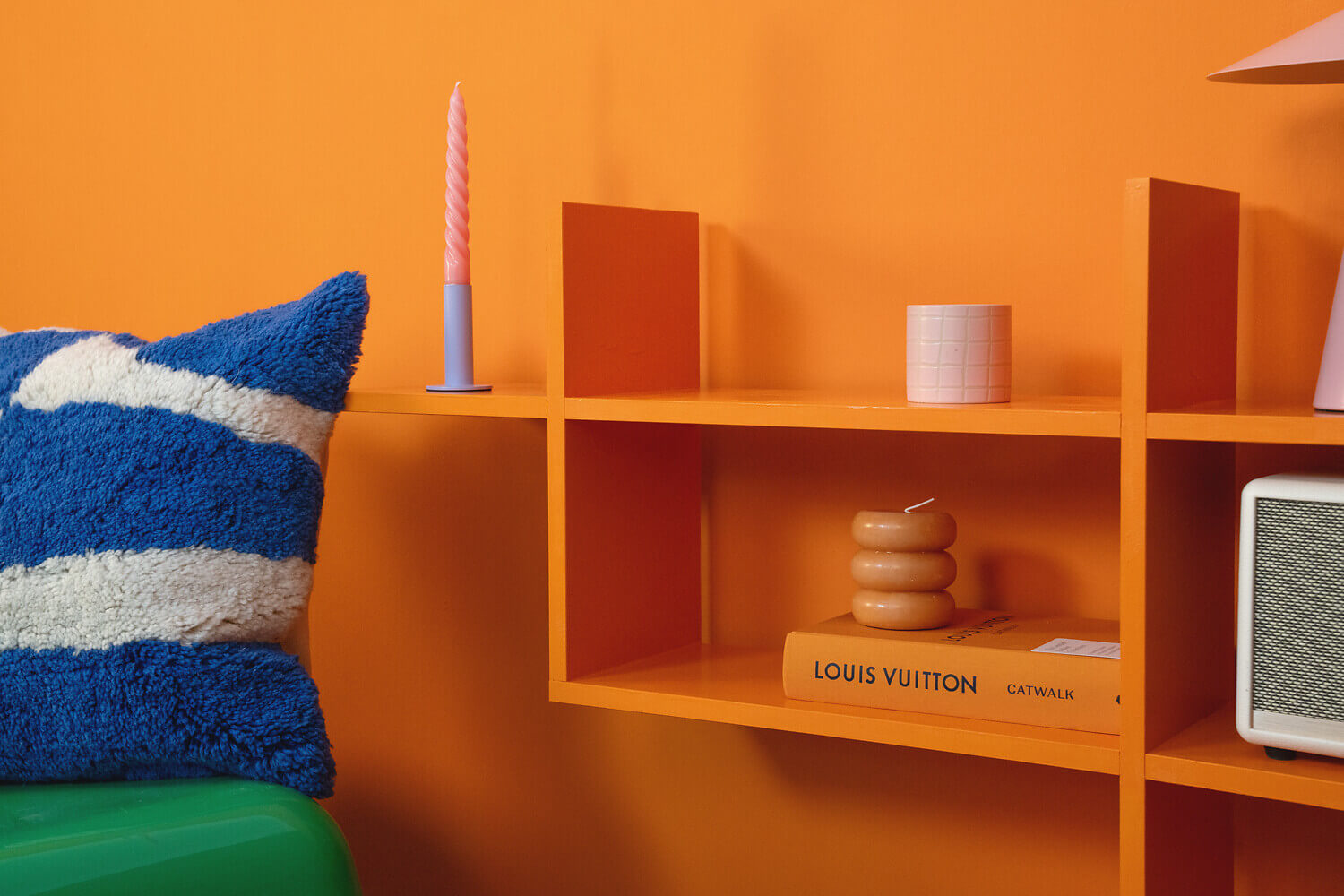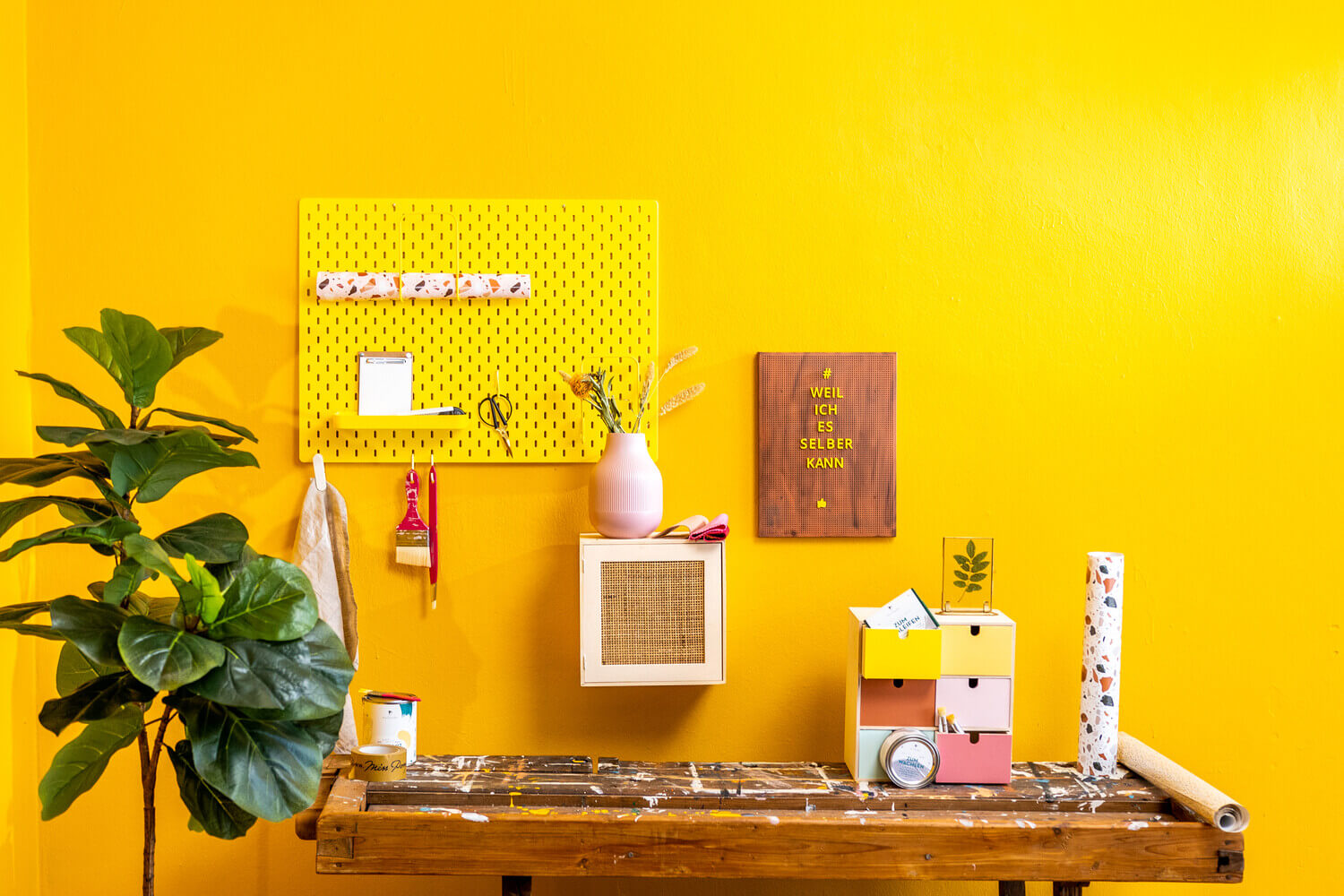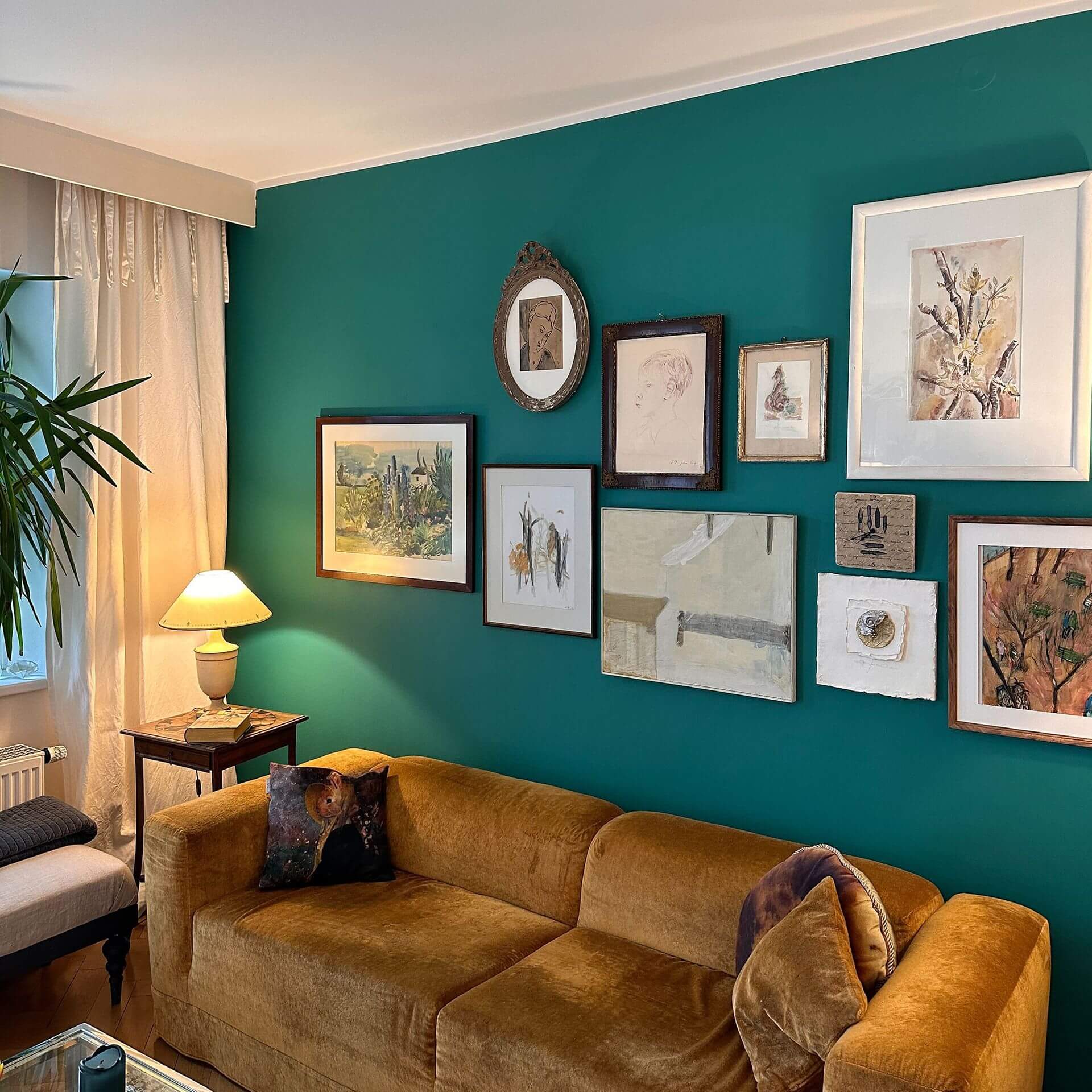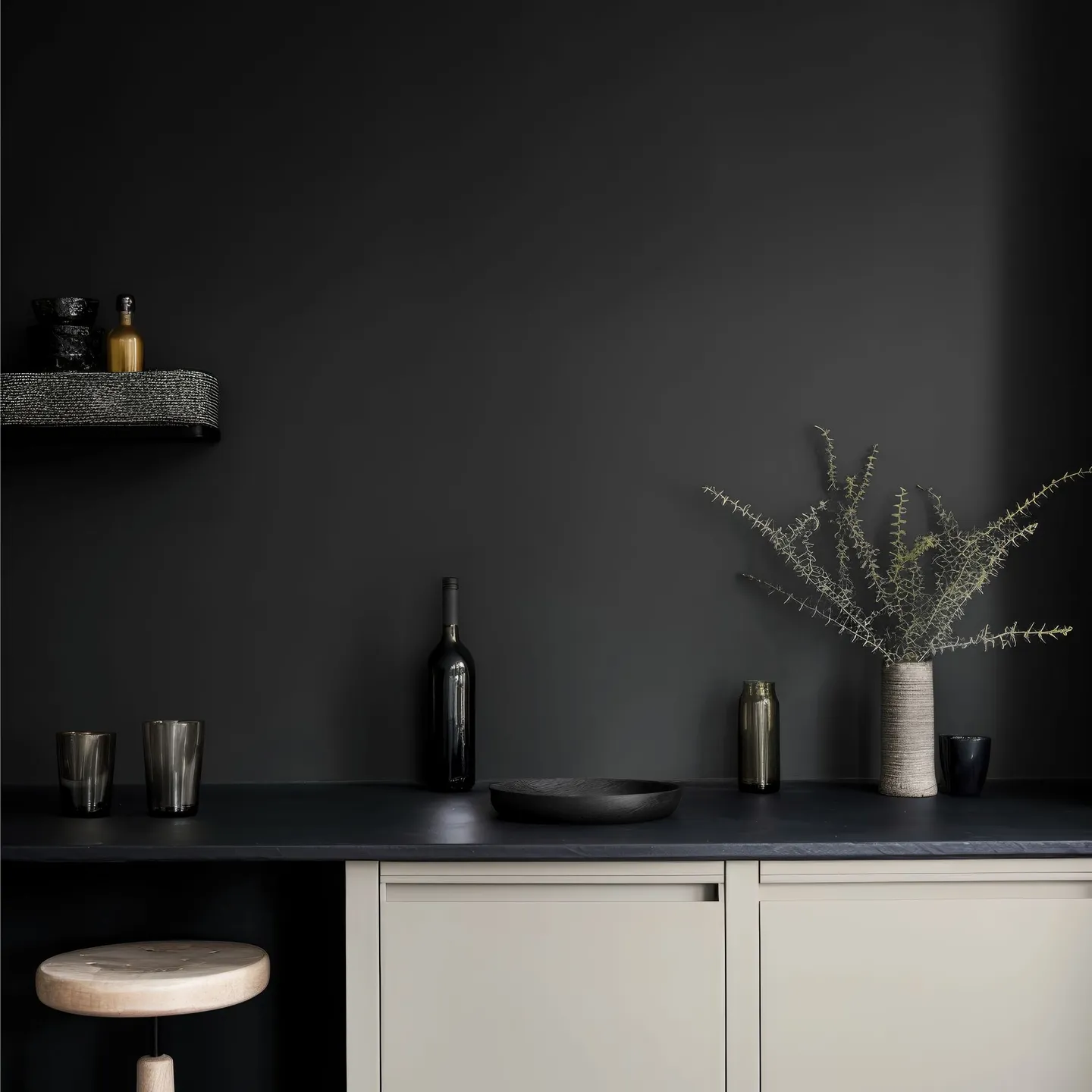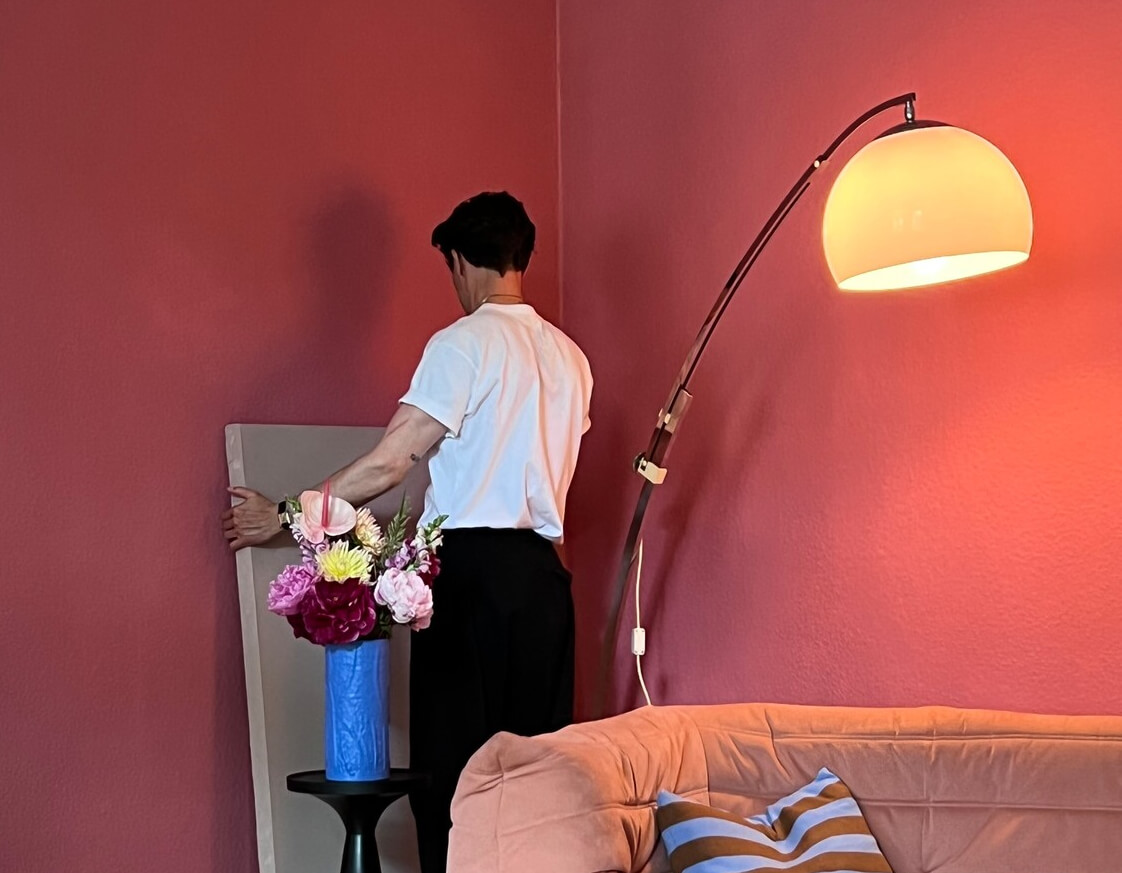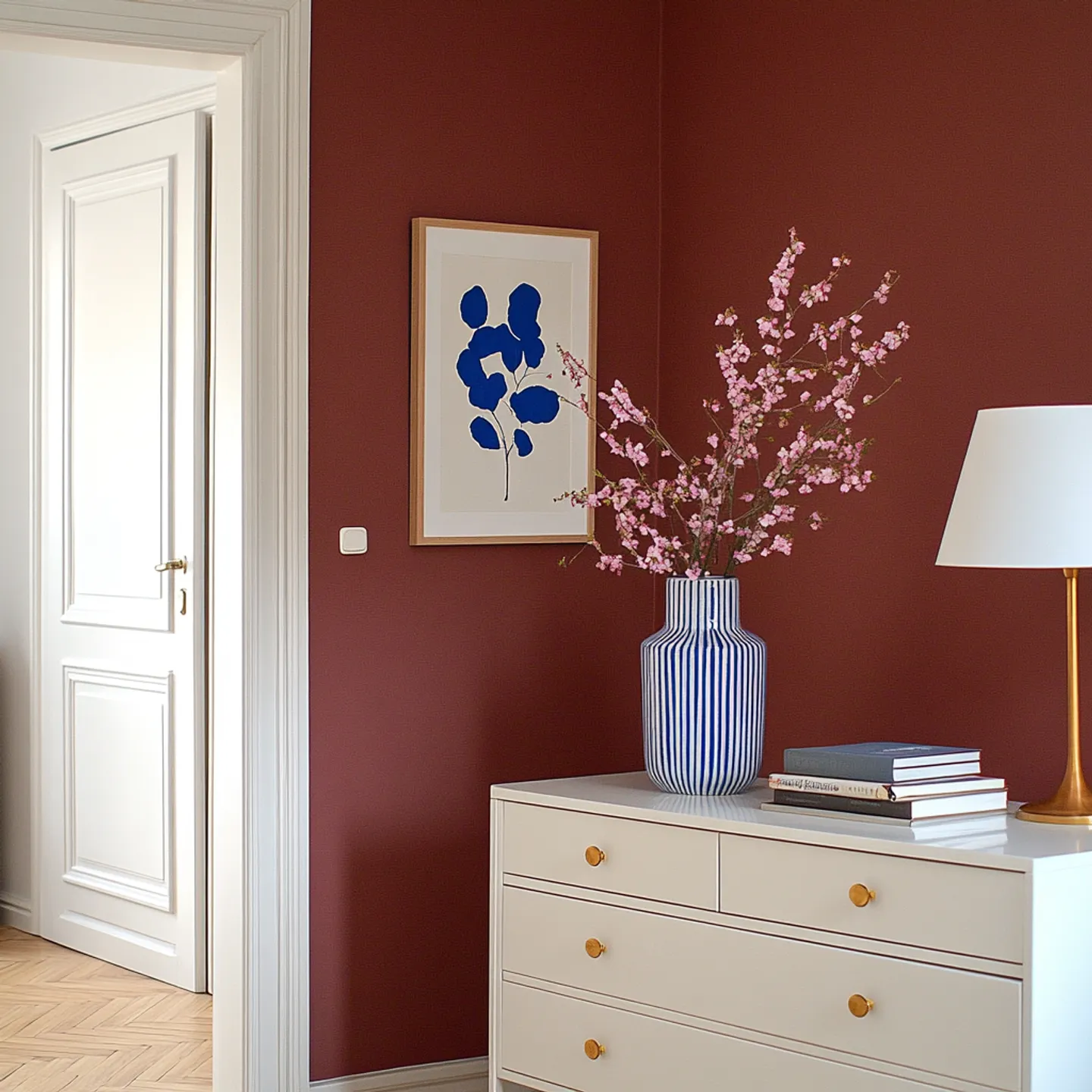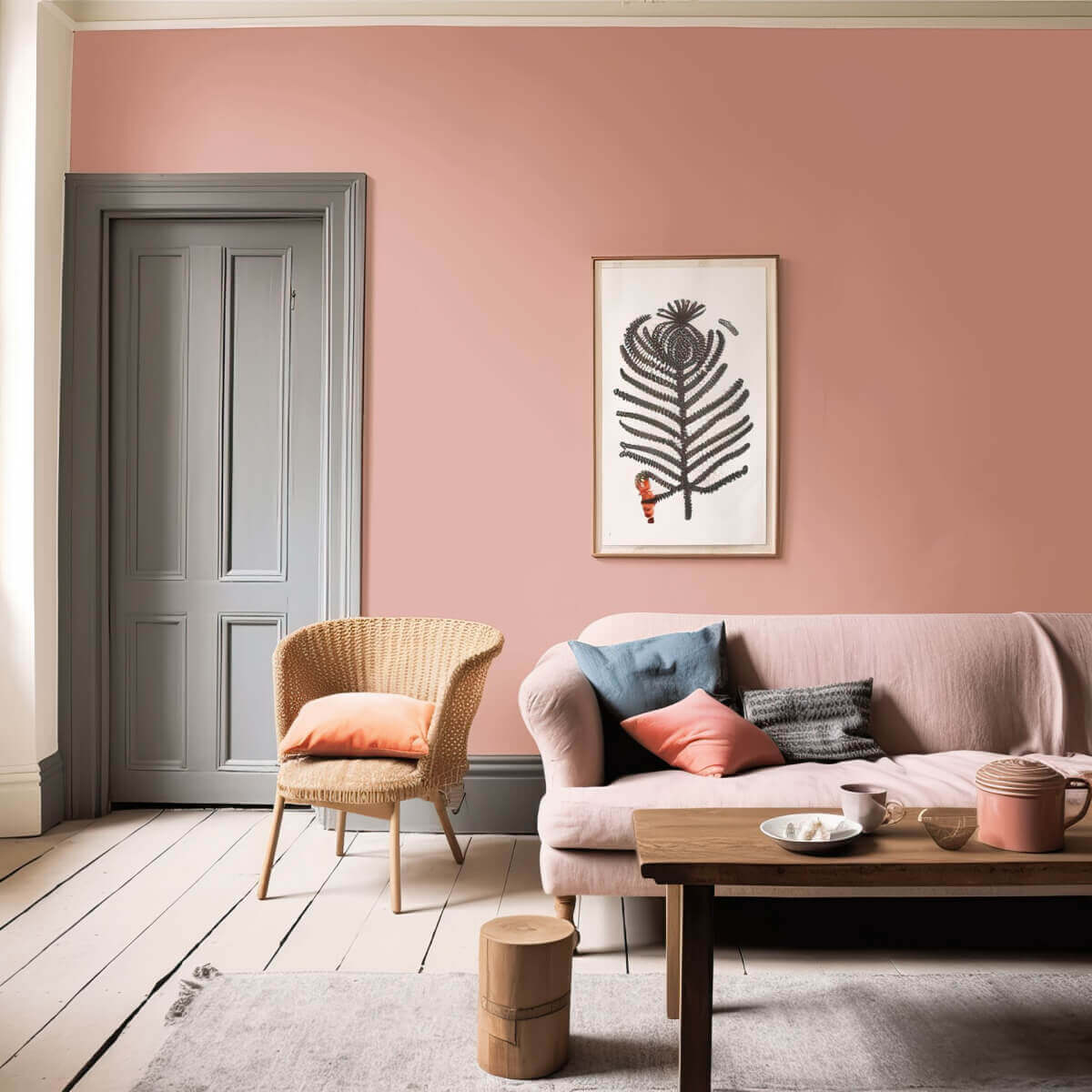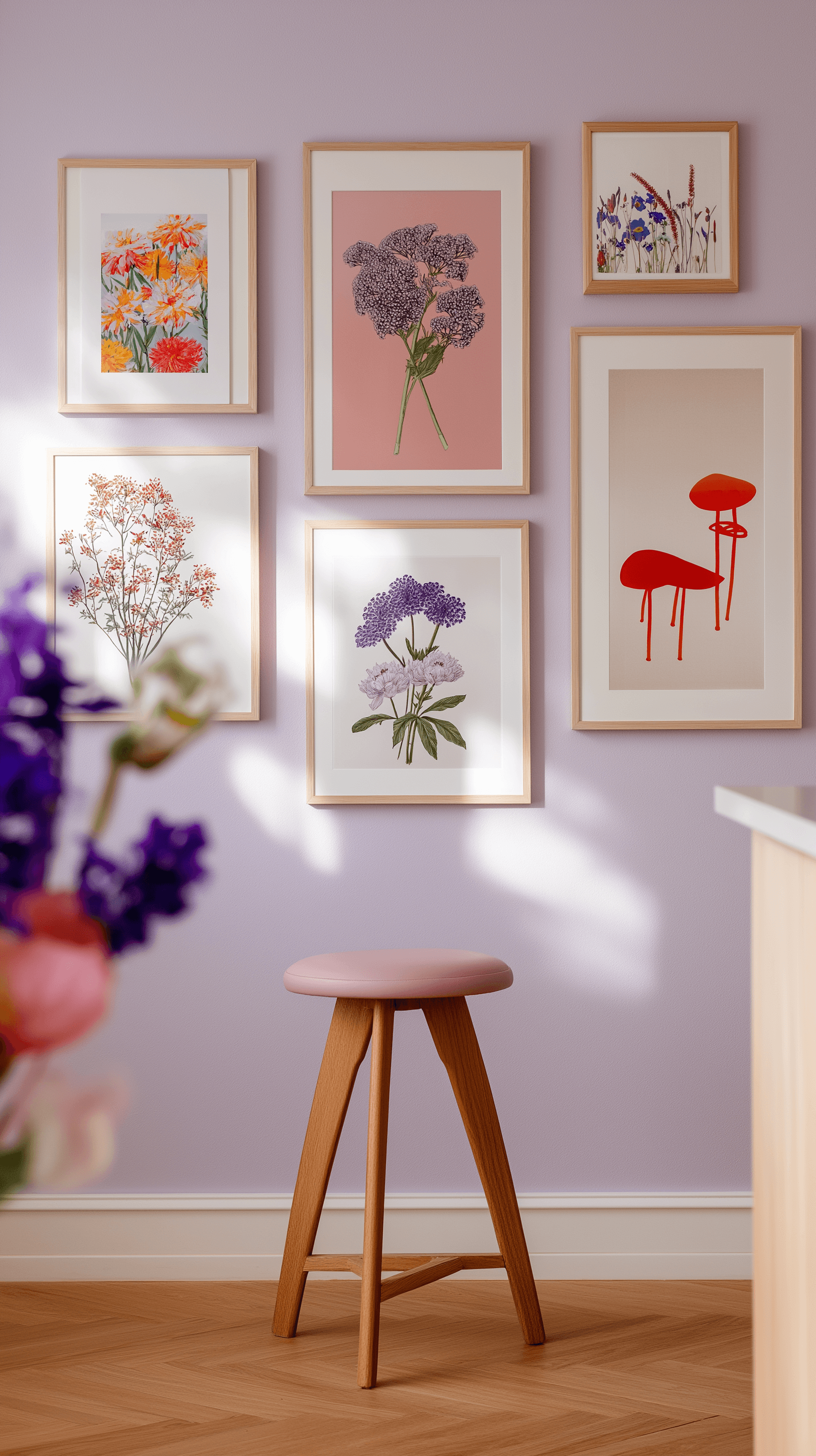Highly opaque
Wall paint
MissPompadour wall paints
Painting couldn't be simpler
Wall paint is one thing above all - a perfect and very simple way to make your home your absolute favourite place. Find out everything you need to know about our highly opaque and breathable wall paints and how you can use them to decorate your walls. Wall painting made easy!
Highly opaque wall paint
With our wall paint The Valuable Wall Paint , you can transform your walls into real works of art. Its velvety matt surface and intense depth of colour create a finish that captivates the eye. It covers the wall almost like a delicate powder and plays with the light in a very special way - so sophisticated and high-quality that your rooms make a statement. What's more, this colour is not only beautiful, but also good for you and the environment: low in harmful substances, sustainable and perfect for living rooms and bedrooms. Treat yourself to the best for your home - stylish, healthy and incomparable.
- Highly opaque
- Spray-resistant
- Preservative-free
- VOC free & water-based
- Easy to spread
- Matt, very elegant surface
- Suitable for wallpaper, woodchip and plastered walls
Washable wall paint
The Functional Wall Paint emphasises stability and durability. As an impact and abrasion-resistant wall paint, it is similar to a latex paint and is resistant to all types of soiling. This makes it suitable for all heavily used walls in children's rooms, kitchens or stairwells. This wipeable matt wall paint has a smooth but non-glossy surface texture.
- Wipeable & scrub-resistant wall paint
- VOC free, water-based
- easy to paint over
- Ideal for heavily used walls, e.g. in the hallway & kitchen
- Suitable for wallpaper, woodchip and plastered walls
Before/After pictures
From the MissPompadour Community
What is the difference between wall paints and varnishes?
Modern wall paints are usually water-based emulsion paints. They are characterised by the fact that they form open-pored, i.e. breathable, matt surfaces when they dry. Varnishes, on the other hand, are used to seal the surface of objects made of wood, metal, plastic or stone with a thin, impermeable layer.
What types of wall paints are there?
Wall paints differ in terms of their chemical composition. Many modern wall paints have synthetic binders or petroleum-based binders. These paints cover well and are easy to apply. However, they often do not fulfil our requirements for sustainability and health safety.
However, there are also sustainable, extremely low-pollutant wall paints that can be used with a clear conscience. The Valuable Wall Paint from MissPompadour is one such paint that not only impresses with its painting properties, but also because it does not contain any preservatives or VOCs. LittlePomp Pain ts for walls are also so harmless to health that they can be used by pregnant women without any problems. As it does not release any harmful substances into the air during and after painting and is saliva-proof after drying, it is safe for children. MissPompadour also offers The Functional Wall Paint. This is a breathable, washable wall paint that is extremely hard-wearing, wet-washable and scrub-resistant and can therefore be used in heavily frequented rooms. There are also matching varnishes for all these wall paints.
All three wall paint qualities from MissPompadour cover fantastically and are easy to apply. White wall paint in many shades is on one side of the colour scheme of wall paints at MissPompadour, black wall paint for accents in the room on the other. In between, you will find all the other colour shades: many exciting shades of the Germans' favourite colour, green wall paint, as well as the multi-talented beige wall paint and grey wall paint. If you want power on the wall, a turquoise wall paint might be the right choice for you.
Areas of application for wall paints
Wall paints can be used for wall design in all interiors. The atmosphere and even the proportions of a room can be completely changed by using wall paints. You can also use them to emphasise certain styles or moods. Dusky pink wall paints, for example, are just as suitable for a nostalgic, cosy interior as purple wall paint. On the other hand, we first associate orange wall paints with the 70s - but this colour can do so much more!
Colour + wall = many possibilities
There are almost contemplative colour shades, mostly from the blue-grey range, which have an extraordinarily concentration-enhancing effect. Blue wall paints are particularly suitable for offices and study rooms. These rooms are particularly suited to furnishings in a modern living style, where the premise "less is more" is conducive to concentration. In the bedroom, you are more likely to choose a cosy colour shade for the walls: a colour that promises peaceful nights. Perhaps the ceiling can also be coloured here. Because you can see it when you're lying down. Warm wall paints in earthy tones, such as brown, have a calming effect. A living room becomes a cosy place to stay through individual colour design. With an accent wall in petrol, you can also highlight art.
In bedrooms and living rooms, The Valuable Wall Paint is the right choice with its particularly great look. Perhaps paint a light pink wall paint in the bedroom to bring warmth into the room. Dark corners such as a hallway without windows can be brightened up with colour - yellow wall paint is particularly suitable for literally bringing the sun into your home.
Wall paints can be used in all rooms. Rooms that are subject to a lot of wear and tear, such as hallways, kitchens and children's rooms, can particularly benefit from washable wall paint. The entrance area is always a particularly busy place in the home. Wet jackets and dirty wellies are often taken off here. In some houses, this is also where a wet dog likes to shake itself and dirt always ends up on the wall. This is no problem for modern wall paints such as The Functional Wall Paint, as they can simply be washed off wet. How about accents in a signal colour in an area like this? Wall paints in red bring the room to life. Kitchens and bathrooms are also exposed to a lot of wear and tear. How practical that you can simply wash off anything that accidentally ends up on the wall.
In the children's room, the beautiful, warm wall paints from the LittlePomp Collection create a cosy environment for baby and toddler. These pastel colours are also available as chalk varnishes. This means you can not only paint the walls, but also design furniture and toys in matching colours.
Are you interested in what effect colours have on a room? Find out more in our blog on colour psychology!
Colour-coordinated interior paint also makes a great addition to expressive wallpaper. The enchanting motifs of the high-quality MissPompadour non-woven wallpapers are perfectly matched to the more than 90 colour shades in the MissPompadour wall paints collection. This means that every wallpaper can be complemented with a matching wall paint.
Colour scheme wall paint: Which wall paints can I order from MissPompadour?
There are 4 wall paint qualities at MissPompadour. Firstly, The Valuable Wall Paint and then The Functional Wall Paint. Both wall paints are available in over 90 colour shades. There are also CosyColours and LittlePomp chalk paints. LittlePomp is a children's collection in 15 enchanting, soft pastel shades that are also suitable for adults. We have the right colour for every wall!
The Valuable Wall Paint - our extra matt wall paint
The Valuable Wall Paint is a highly opaque, spray-resistant wall paint. It is VOC-free, which means that it does not release any toxic vapours into the room air during application and drying. It is also preservative-free, odourless and permeable to water vapour. This ensures a pleasant indoor climate. This extra matt paint creates an extremely elegant surface and can be applied to wallpaper, woodchip and all types of plaster.
The Functional Wall Paint - our hard-wearing and washable wall paint
The Functional Wall Paint is a wall paint that combines almost all the positive properties of conventional latex paint. It can be wiped off when wet and is abrasion and impact resistant. Stains can simply be washed off. Unlike latex paint, however, The Functional Wall Paint is VOC-free, water-based, low-odour and easy to repaint at any time. Use The Functional Wall Paint on all walls subject to wear and tear, in hallways, kitchens or contract areas for wall design. This washable wall paint is suitable for painting over wallpaper and woodchip and for use on all types of plaster.
Painting walls with LittlePomp chalk paint
LittlePomp chalk paint is VOC-free, water-based, completely odourless and breathable. Warm wall paints create a feel-good environment. The highly opaque LittlePomp chalk paints are also - and this is particularly important in children's rooms - robust and impact-resistant. The LittlePomp colour shades have been specially developed for children according to developmental psychology criteria, but are also suitable for adults. They are easy and unproblematic to work with. LittlePomp chalk paints for walls are suitable for painting over wallpaper and woodchip and, of course, for any type of plaster.
Frequently asked questions about wall paints
- Do I need a primer to apply wall paint?
If the painted walls are intact and the plaster is smooth, you can simply paint over the wall. If the plaster is uneven, crumbly or sandy, we recommend priming with MissPompadour To Prime Walls. This also applies to highly absorbent walls, such as plasterboard. - Can I simply paint over old wall paints?
Yes, in most cases the old wall paint can simply be painted over. MissPompadour Paints also cover dark coats well. You can also repaint latex paint in most cases. If the latex paint is very smooth, roughen the surface a little with sandpaper. - What tools do I need to paint a wall?
To paint a wall, you will definitely need a paint roller with a handle. A brush is recommended for corners and edges. It's best to pour the paint into a paint tray so you can apply it easily to the roller. And to paint clear edges, be sure to mask them well with adhesive tape! You can also find all of these products in our 5-piece Wall Paint Set. - How many coats of paint does a wall need?
The paint should always be applied twice. Some colour shades, such as reds and yellows, often require a third coat. - How long does the drying process take?
There should always be approx. 4 hours between coats, then you can continue painting the wall. - Can wall paints be touched up later?
If the actual coat of paint was not applied years ago, it can be touched up. - When is it worth using a paint sprayer?
For very large areas, ceilings and unoccupied rooms, a paint sprayer can make the work much easier.

